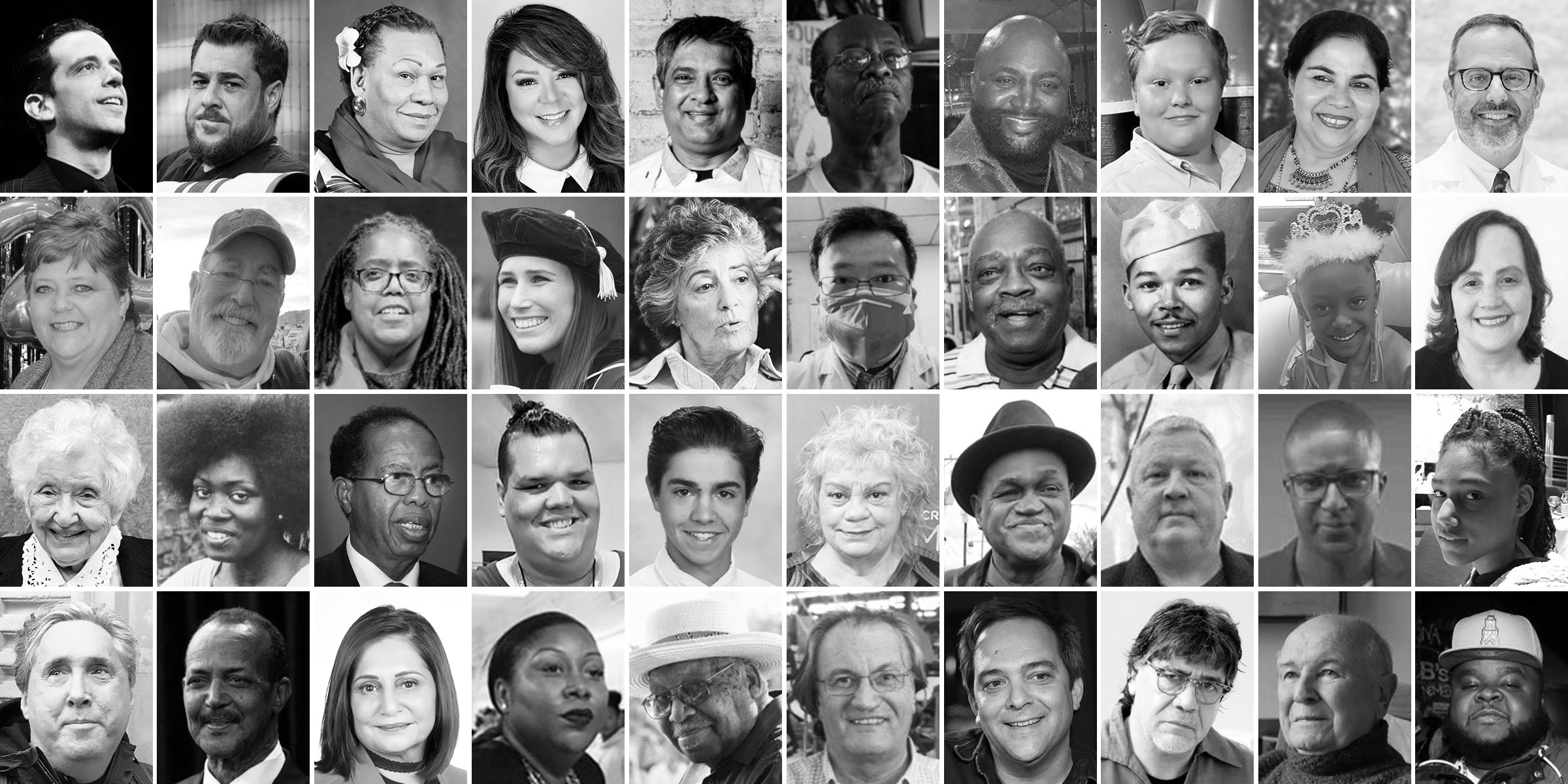One of the biggest challenges of this unsettling time is the isolation we feel as we’re separated from friends and family, all the people for whom we care most deeply. But just being alone is only part of the difficulty. Our sense of remoteness is intensified by a pall of unease we can’t define: Loss and sorrow are also in the air. We fear losing—or we may have already lost—people we love. And when we work up the courage to look beyond our individual personal spheres, we see that many people who have made our world better, in big and small ways, have vanished before we were ready to let them go.
But not even sorrow is one-dimensional. There can always be at least a glimmer of joy in remembering things that people gave us while they were here. In his jubilant and revivifying memoir, I Remember, the artist and writer Joe Brainard tabulated all the little things that can come to shape how we think about life. It’s a book of large truths disguised as small ones: “I remember,” he writes, “those times of not knowing if you feel really happy or really sad. (Wet eyes and a high heart.)”
We have no roadmap for this new territory. But we all, at one time or another, have reason to mourn. Maybe we can be better at celebrating life even as we’re saddened by its loss. That’s the goal of this list: to acknowledge the remarkable and joyful lives of some of those we have lost. It’s not comprehensive, nor is it meant to be. These are just some of the people who have been taken from us, even as they have left us much to remember them by. Let’s think of them with wet eyes and a high heart. —Stephanie Zacharek
Romi Aneja
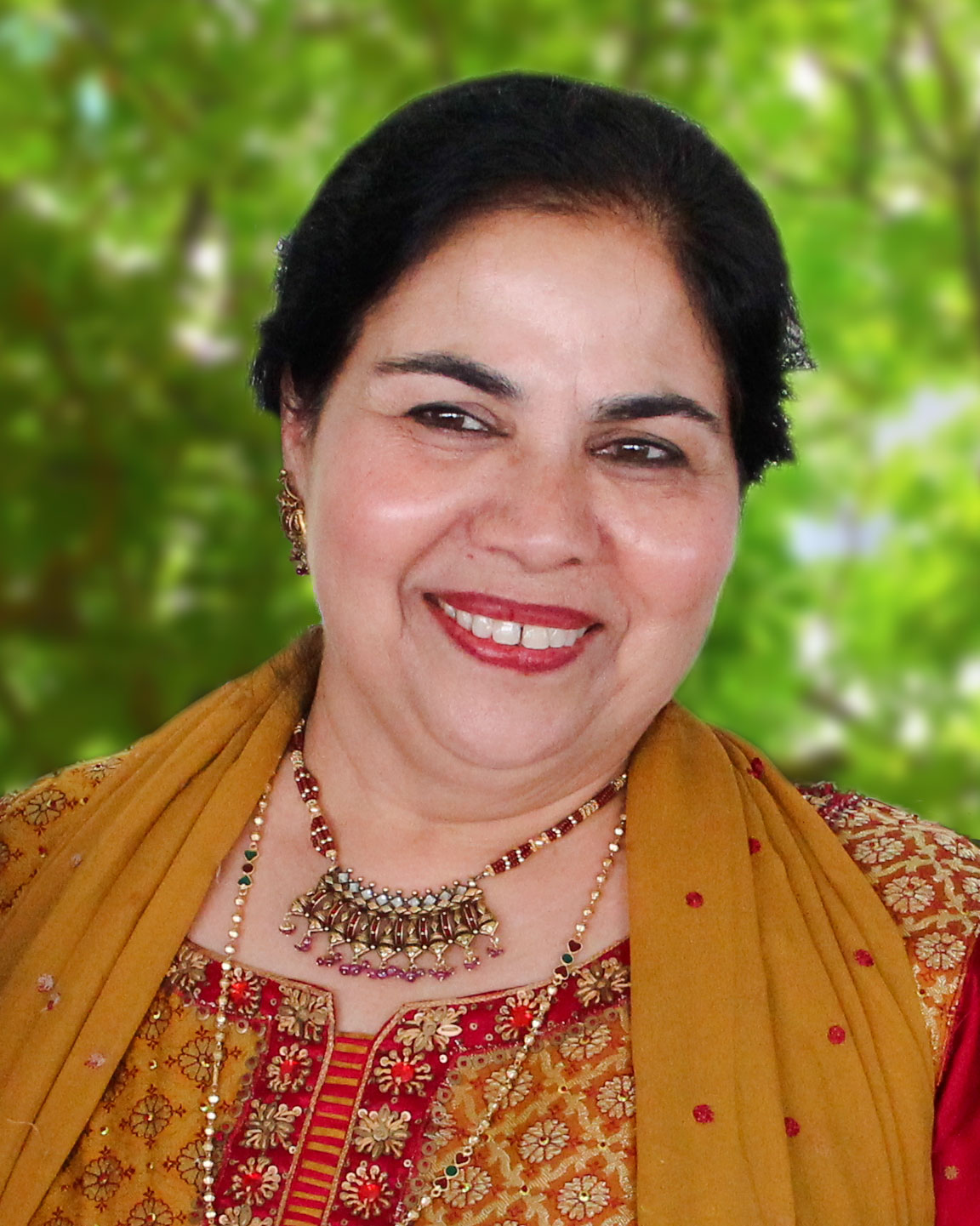
This Mother’s Day, my mom was sedated and on a ventilator. On a day when we would usually shower her with gifts and take her out to lunch, my family huddled around our phones and tablets as the nurse showed her to us over video chat. All we could do for the mom who gave us everything is tell her how much we loved her and hope that somehow, she could hear us.
Nine days later she lost her battle to COVID-19. She was 64. My mom had also been fighting rheumatoid arthritis for many years. This meant she was immunocompromised and part of a population that is especially vulnerable to this disease. But though her hands and joints would flare up periodically, nothing would stop her from making her children’s favorite foods when they visited or hugging and holding her granddaughter tight.
She was a bright light in her community. She loved to laugh, joke and get together with her many friends. My mom was one of those people that just drew others to her. Wherever she went she made friends, and she never neglected to keep in touch with them.
As a wife and mother, she had endless love for us. One of the most important things a mother can do is pass on her best traits. I can only hope that the kindness, compassion and generosity she has shown us over the years remains with us as we mourn her passing and celebrate her life. —Arpita Aneja
——-
Arpita Aneja is a video producer for TIME
Mary Agyeiwaa Agyapong

Firefighters and hospital staff at the Luton and Dunstable University Hospital in Luton, England held a minute of silence on April 16, after 28-year-old Mary Agyeiwaa Agyapong—a pregnant nurse who worked at the hospital—died of COVID-19 while her baby was saved.
Agyapong, who also went by her married name, Mary Boateng, tested positive for COVID-19 on April 5 and was hospitalized two days later. Agyapong underwent an emergency C-section shortly after she was admitted, and gave birth to a baby girl. The new mother died on April 12.
Her daugher, who was named Mary in memory of her mother, is “doing very well” according to hospital officials. Agyapong’s husband is currently self-isolating and has been tested for COVID-19.
“Mary worked here for five years and was a highly valued and loved member of our team, a fantastic nurse and a great example of what we stand for in this Trust,” David Carter, CEO of Bedfordshire Hospitals NHS Foundation Trust, said in a statement.
Agyapong completed her last shift on March 12 and had not returned to work in the subsequent weeks. While working, she had not been treating COVID-19 patients. It is unclear where Ms. Agyapong contracted the virus and whether she had any pre-existing medical conditions that put her at higher risk
Since her passing, a GoFundMe page for Agyapong’s family and newborn child has raised more than $200,000 by April 17. The campaign creator, Rhoda Asiedu, wrote “it is humane for us to take care of them in every way we can during this heavy and trying time.” She added, “we will forever miss you.” —Melissa Godin
Marylou Armer
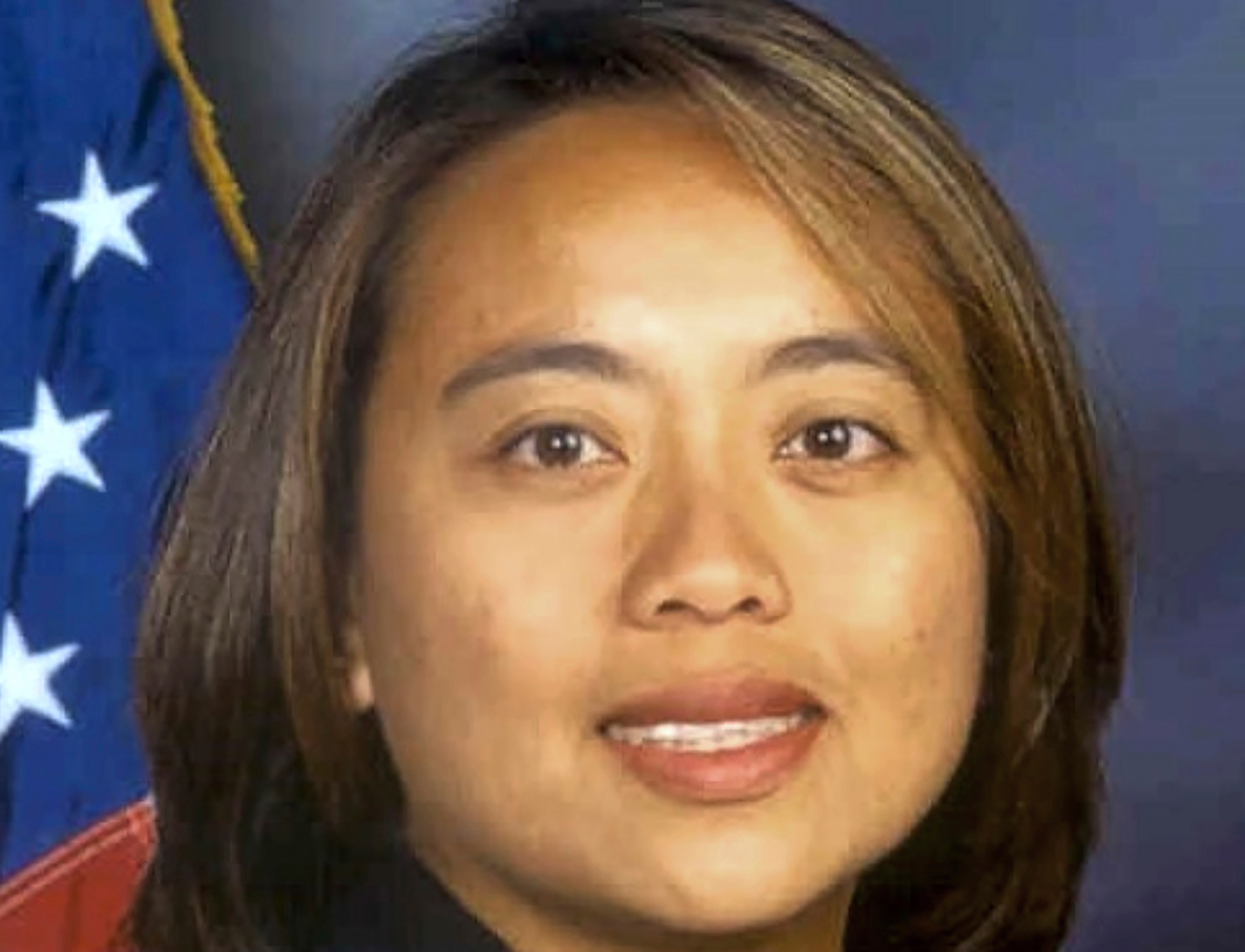
On April 3, police officers from across Northern California solemnly lined up their vehicles to honor Marylou Armer, a police detective in Santa Rosa who is the first known law enforcement officer in the state to die of complications from the coronavirus. As a helicopter whirred above, a line of black-and-whites stretching to the horizon traveled more than 50 miles, escorting a hearse that drove her body from a hospital in Vallejo to a cemetery in Napa.
“Marylou made a difference, as a detective and as a person,” Santa Rosa Police Chief Rainer Navarro told the Sonoma Index-Tribune. “She exude[d] the professionalism and the character that I think every person in our department carries.”
Law enforcement officers throughout the country have been struck by the virus, as they have continued to go to work amid the pandemic. Acknowledging these circumstances, local officials described Armer’s death as occurring in the line of duty. The detective tested positive for COVID-19 in early March and died on March 31, leaving behind her husband and daughter. She was 43.
“Marylou was a bright light in this organization,” Navarro said in a video statement. “Marylou was always proactive and there with a smile. She was a thoughtful and committed public servant who loved helping people and loved the people she worked with.”
Armer began with the department as a field evidence technician in 1999 and went on to become a sworn officer in 2008. Her latest assignment was working for the city’s domestic violence and sexual assault team.
She grew up in the San Diego area, where she took part in a police department explorer program as a teenager. A fellow explorer, Alejandra Sotelo-Solis, now the mayor of National City, Calif., recalled Armer as one of few young women of color who took on a leadership role in the program. In a Facebook post, she described Armer as a “true role model” and reminded her constituents to, please, stay home.
California Gov. Gavin Newsom also praised Armer in a public statement, and ordered Capitol flags flown at half-staff in her honor. “Amid the current fight against COVID-19, Detective Armer selflessly and courageously served her community and the people of California,” he said. “We extend our heartfelt condolences to her family, friends, colleagues and members of the Santa Rosa community as they mourn her loss.” —Katy Steinmetz
Tawauna Averette

Tawauna Averette died without ever being able to hold her baby daughter in her arms.
Averette, a nurse with Kettering Health Network in Ohio, was first sickened by COVID-19 at the end of October while she was pregnant with her seventh child, according to the Dayton Daily News. Although she was initially hospitalized and released, Averette’s symptoms worsened and she was readmitted just one day after coming home.
The veteran mom gave birth to her daughter, named Skye, in the ICU via C-section six weeks early due to health concerns, per the outlet. It was the only time Averette was able to see her daughter in person. Averette died on Dec. 8 of complications related to the coronavirus. She was 42.
“She got to Facetime with [Skye] while she was in the hospital, but that was very, very, hard for her,” her husband of 14 years, Charles Averette, told the Daily News. Although the baby is home and doing well, Charles said the family is devastated over the loss of their matriarch. “It’s hard. She was everything for us, and we don’t have her no more.”
Kelly Albes-Fisher, who described herself as Averette’s longtime friend in an interview with the Daily News, said that Averette was a hardworking person who often juggled two to three jobs. She was a dedicated mom and Cincinnati Bengals fan who also was very political and loved to debate.
Averette shared her COVID-19 health struggles on Facebook while she was hospitalized, and spoke candidly about the loneliness and fear she felt about the virus and being separated from her family. She also reminded her followers to stay safe. “Y’all know I have been an advocate for safety and precautions for Covid since it first came out,” she said in a Nov. 9 update. “All I did was go to work and come home…please get tested and make sure you know who you are around…wear masks and please please wash your hands!!!!!!!” —Kathy Ehrich Dowd
Peyton Baumgarth

Like many eighth graders across America, Peyton Baumgarth loved making YouTube videos, playing Pokémon GO and spending time with his family. On Halloween, Peyton’s young life was cut short after he died of complications related to the coronavirus. He was 13.
“Peyton was a wonderful young man, who always had a smile to share with you. He was so very sweet and caring and FUN,” Mary Payne, who describes herself as Peyton’s mother’s best friend, wrote in a GoFundMe she set up for his family after his death. “This is a devastating loss that leaves a tremendous hole in the heart of every person that knew Peyton.”
Peyton was the first person under age 18 to die of complications related to the coronavirus in the state of Missouri, according to the St. Louis Post-Dispatch, citing state health data. His mother, Stephanie Franek, told News 4 in Missouri that she tested positive for COVID-19 on Oct. 26 and that Peyton began showing his own symptoms of the virus a short time later.
Dr. Lori VanLeer, superintendent of Peyton’s school district, said in a letter to parents after his death that his family “asks that we all remember to wear masks, wash hands frequently and follow guidelines. COVID-19 is real and they want to remind students and parents to take these precautions in and outside of school.”
“This is just something that no parent should ever have to do,” Franek also told News 4 of her son’s passing. “I don’t even know how to take a breath, let alone get through the next days and weeks and months and years without him.” —Kathy Ehrich Dowd
Aileen Baviera
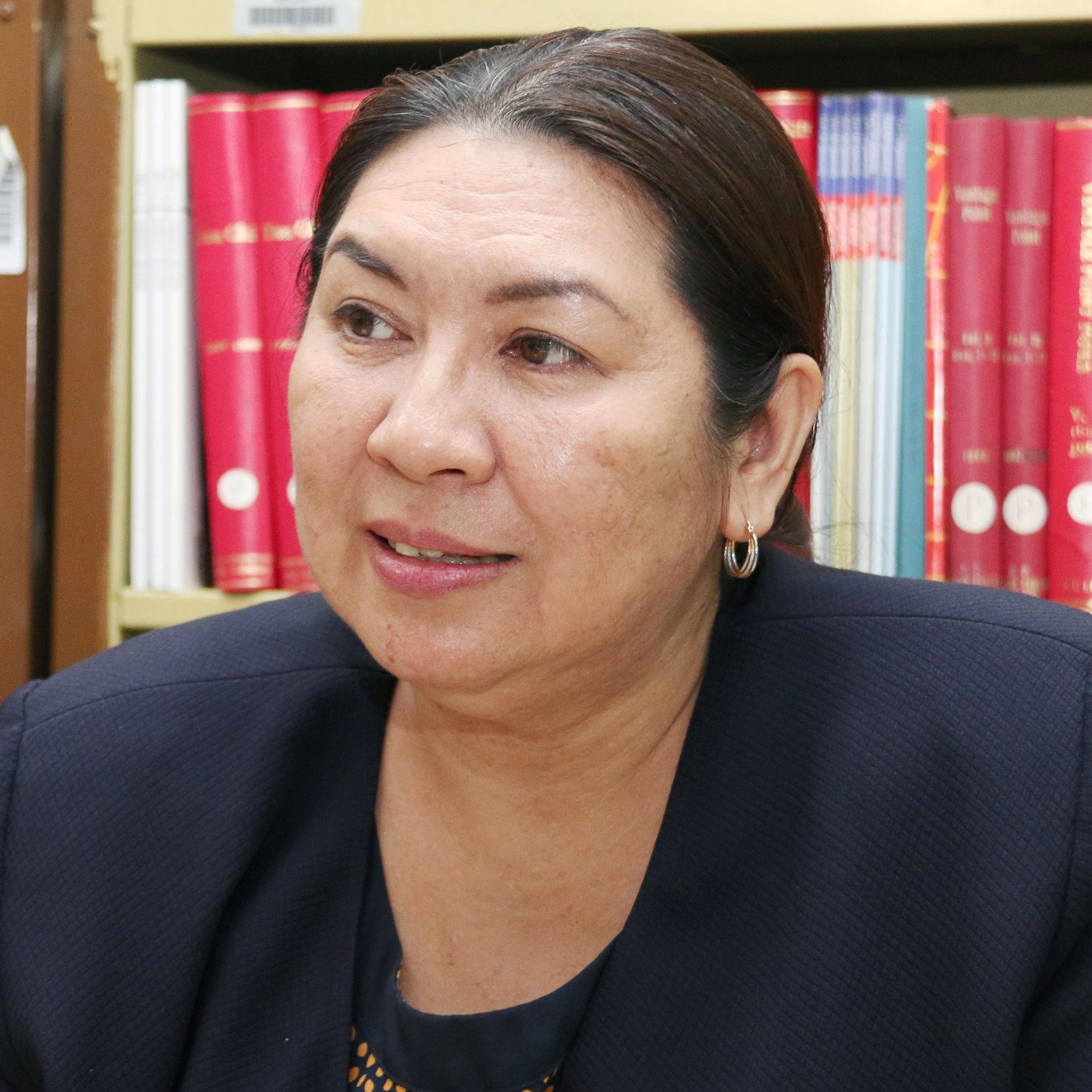
Aileen Baviera was a professor, a government analyst, the head of an NGO and a public speaker. But she will be remembered as an expert who studied China for the sake of her home—the Philippines.
Baviera got her start as one of the Philippines’ foremost China watchers in 1979, when she began her graduate studies at the University of the Philippines, specializing in contemporary China. Later, she became one of the first researchers to receive a Chinese government scholarship to spend two years as a foreign student in Beijing. She also worked part-time at the Chicago Tribune’s Beijing bureau, compiling clips of Western media reports on China.
In 1980, she returned to the Philippines and worked as a government researcher at the Department of Foreign Affairs. From there, she ventured back into academia, teaching at Ateneo de Manila University and the University of the Philippines, where she earned a Ph.D. in political science in 2003. She then served as dean of the university’s Asian Center from 2003 to 2009. Her colleagues and students remember her for her balanced insight on Philippines-China relations and influential ideas about the social and economic issues common to the two developing countries.
“She shared her network with us her students and was responsible for making the study of international relations in the Philippines accessible to as many people as possible,” Ederson Delos Trino Tapia, one of Baviera’s former students, says. He is now a public administration professor and dean at the College of Continuing, Advanced and Professional Studies at the University of Makati in Manila. “I will never forget Aileen’s impact on my life as a young international relations student.”
Baviera died at age 60 on March 23 at the San Lavaro Hospital in Manila after contracting the coronavirus. She had attended an academic conference in Paris where one participant was diagnosed with COVID-19, her university said.
She was founding president of the Asia Pacific Pathways to Progress, an NGO that promotes peace and cultural understanding through international dialogue and cooperation.
“She was an exacting but generous mentor to the next generation of social scientists and strategic thinkers in the country and in Southeast Asia,” the organization wrote in a Facebook post. “She was a dear friend and an exceptional individual.” —Hillary Leung
Gianmarco Bertolotti
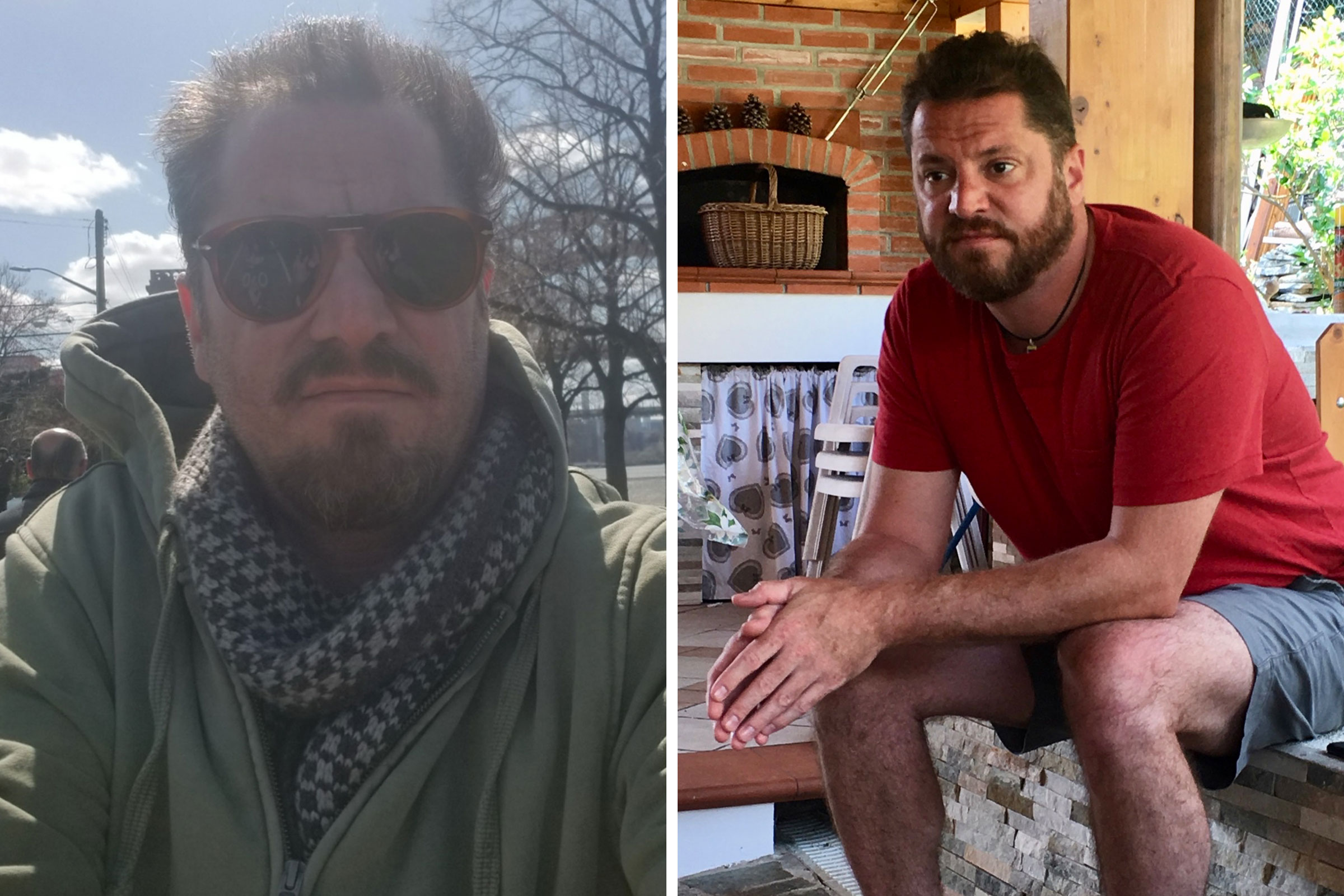
Gianmarco Bertolotti was my baby brother and my best friend. He was only 42 years old and worked for Lenox Hill Hospital as a mason in the healthcare union and was an essential worker. He was admitted to Mount Sinai hospital after visiting an urgent care – he was told he had a double lung infection. One week later, my heart was forever broken as my beautiful brother passed away from COVID-19.
Gianmarco loved deeply, smiled often and had no enemies. He loved the city of New Orleans, his father’s cooking and his self-renovated apartment in Astoria, Queens. He was unique and pure and a really good listener. He was adventurous, from trying new (often pretty disgusting) delicacies to exploring new cities and locales. Some of my happiest memories involve him singing and dancing, full of life and love. He was good with his hands and created breathtaking art. I remember how Gianmarco would run to my grandmother, holding her hand and offering support for her to walk—he at 6′ 2,” her less than 5′.
He had friends that he just met and ones he’d known over 35 years. Since his passing, I’ve discovered that so many people loved my brother just as much as I did. He didn’t judge, was laid back and music truly moved his soul. He loved a good debate, was loyal and loved his family with all his heart.
Gianmarco loved to read and learning excited him. He was diverse in his interests and just a really good dude. Since we’d lost our mother 6 years ago and our grandmother 2 years ago, my father, Gianmarco and I had been a team, one that is now forever broken. I’ve learned that Gianmarco had a special way about him that forged a lasting bond with everyone he met. His impact was profound and I’m devastated knowing that such a sweet soul was truly meant for so much more. —Monique Bertolotti
———-
Monique Bertolotti is Gianmarco’s sister.
Rafael Leonardo Black
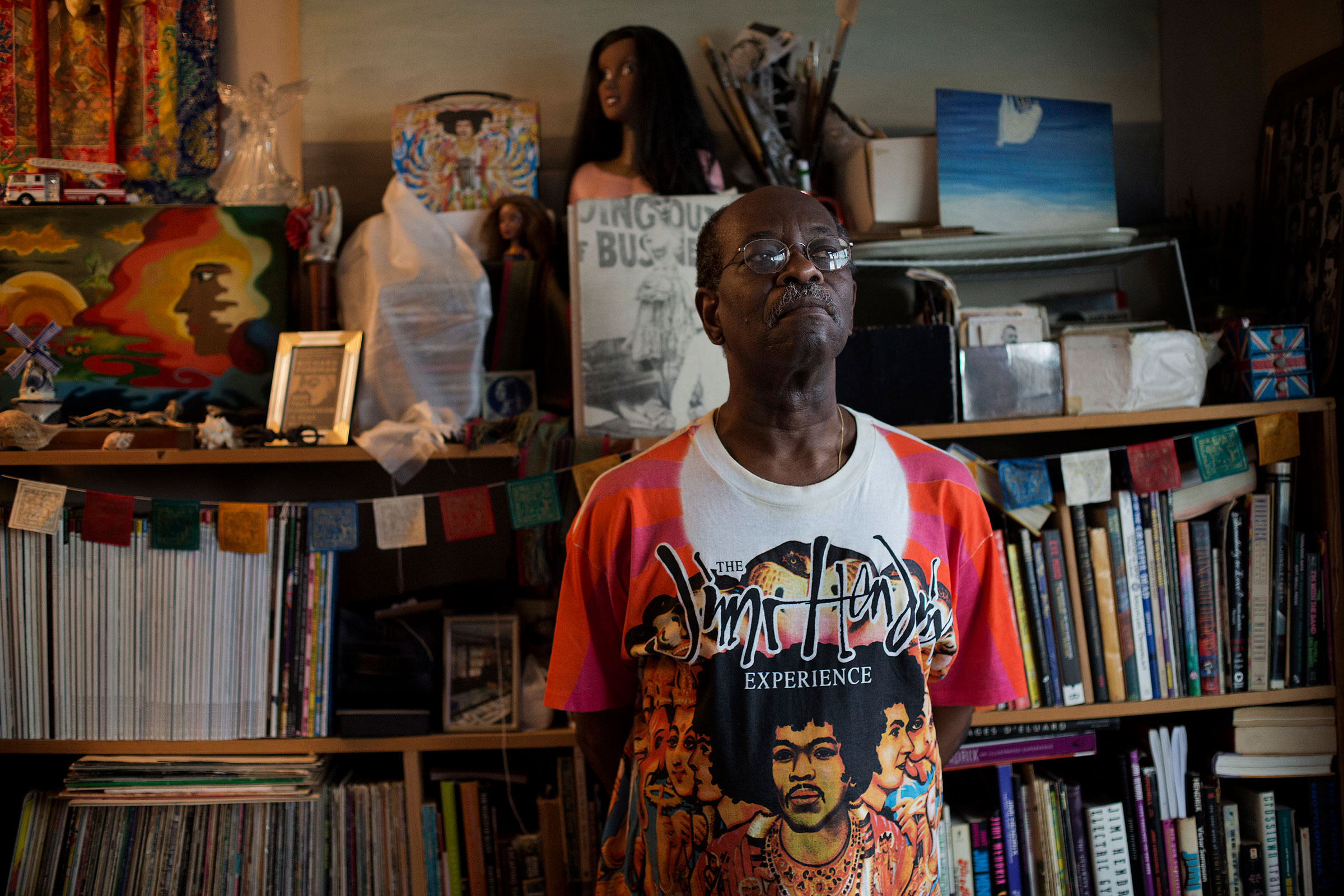
It was not uncommon to see figures as disparate as Andy Warhol, Adam and Eve, Latin American dictators and giraffes all sharing space in one of Rafael Leonardo Black’s drawings. The artist populated his work with characters from history and myth alike, creating surrealist, hyper-detailed tapestries that challenged any linear or conventional Western approach to history.
After creating these works mostly for himself and friends for decades, Black broke out in 2013 at age 64, when he was invited to put on his debut solo show, which was met with acclaim. Black was still working diligently on his art in the weeks before his death on May 15 from complications related to the coronavirus, which was compounded by an ongoing battle with diabetes. He was 71.
“When he opened his mouth, art came out,” says Rose Murphy, Black’s longtime friend and the wife of his nephew Jean.
Black was born in Aruba on January 6, 1949, and moved to the U.S. with his sister when he was 17. He majored in art history at Columbia and immersed himself in the local art and music scenes during a countercultural explosion, going to galleries every Saturday morning and seeing young talents like Jimi Hendrix and David Bowie at local venues at night.
As a classmate, he was incredibly intellectually curious and well-read. “He had a photographic memory about things,” says Tej Hazarika, a college friend. “He was so scholarly and always wanted to go deeper into topics.”
Black dropped out in 1970. For the rest of his life, he would live a minimal, solitary lifestyle and take on odd jobs to pay the bills. When he wasn’t working for money, he was pouring himself into his artwork. His specialty medium was lead pencils, which he would sharpen by hand with an X-acto knife.
His work was often minuscule and teemed with real and fictional characters and artistic artifacts: Duchamp’s urinal hanging next to the head of Coco Chanel; surrealist André Breton next to actor Buster Keaton. The artworks were so dense and detailed that at his 2013 show, each piece of art was accompanied by a magnifying glass and a guide with labels and annotations. “Each composition is like a symphony or a novel,” Hazarika says. “They were powerful slices of myth and reality.”
If Black was pleasantly surprised by his late-career success, he wasn’t expecting or even hoping for it. “He wasn’t interested in the money, the fame or fortune,” Murphy said. “I don’t think he ever thought about selling his art. He just did it.” —Andrew R. Chow
Lillian Blancas
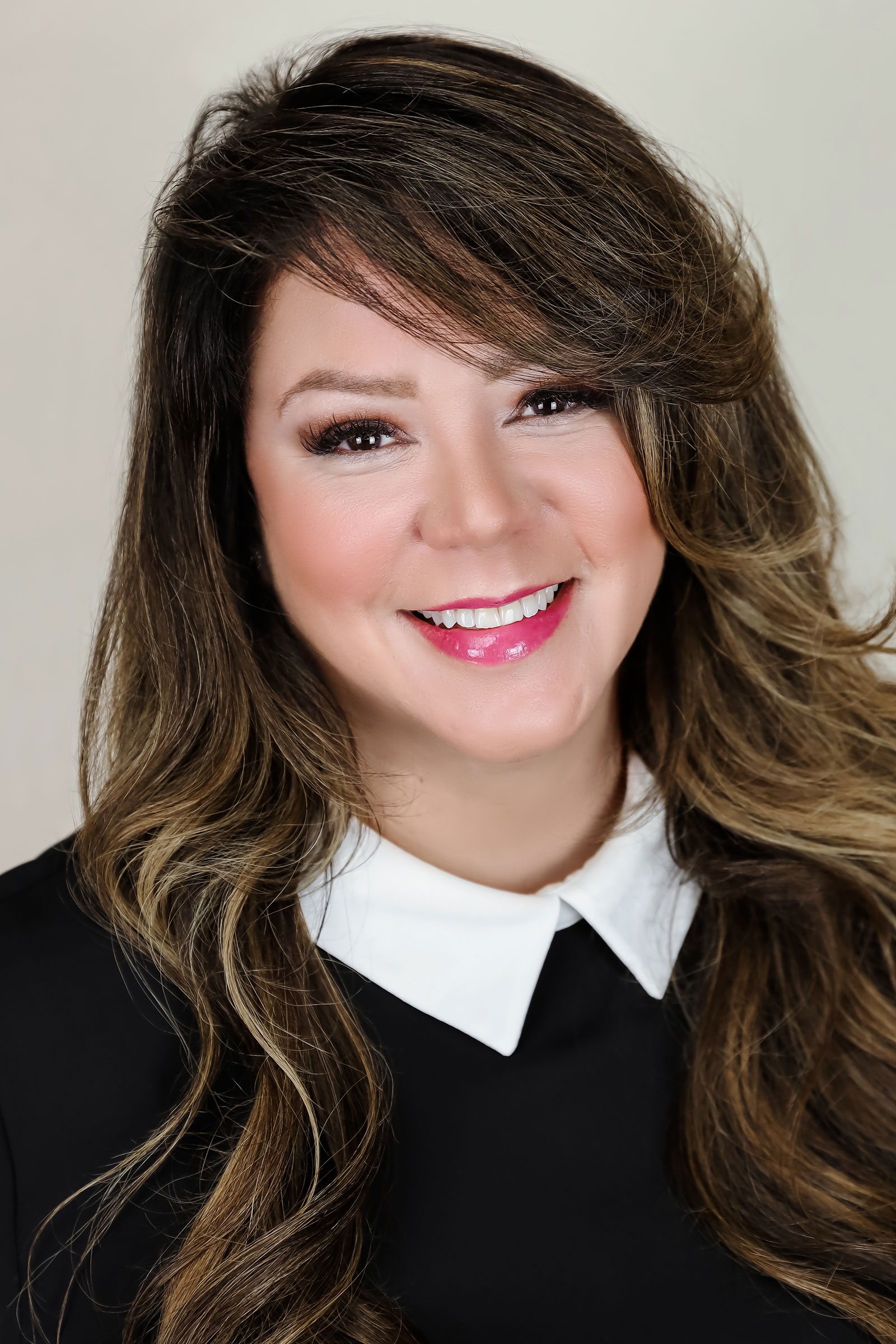
Lillian Elena Blancas’s long-held dream of becoming a judge was realized on Dec. 12 when she won a runoff election for a position on Municipal Court 4 in El Paso, Texas. But Blancas will not be able to fulfill the role she fought so hard to secure to serve the community she loved. Her victory came five days after her death of COVID-19. She was 47.
“She was an amazing human being, a dedicated public servant, and a tireless advocate for her clients and our community,” close friend Amanda Enriquez, a local Assistant District Attorney, told the El Paso Times. “Her personality and laughter filled up every room she entered and she was the most selfless friend I could have ever asked for. I will miss her so very much.”
According to local news outlets, Blancas was hospitalized for the second time on Nov. 9 after she was first diagnosed with COVID-19 in October.
Blancas had more than 10 years of experience as a lawyer in El Paso, where she was born and raised by immigrant parents from Mexico. Throughout her career, she served as a part-time criminal law magistrate, public defender, an assistant district attorney and was a mentor to aspiring criminal defense attorneys who wanted to represent low-income people, according to a Q&A with Blancas and the Times earlier this year. She also just opened her own law practice in 2019.
“She was brilliant, hilarious, kind and generous. And she was one of those attorneys that you would go to if you had questions about the law or about how to handle a case correctly,” attorney Heather Hall told El Paso Matters.
Blancas won the initial election for the municipal judgeship on Nov. 3, but did not earn the 50% of the vote needed to avoid the Dec. 12 runoff. The El Paso City Council will now have to vote to appoint a judge in Blancas’ place, according to local news outlets.
Blancas was already sickened by COVID-19 after her initial victory, but was still able to express her desire to secure the position she passionately believed could make a difference in the lives of others.
“Thank you to each and every El Pasoan that voted for me. I am extremely humbled and grateful for your support,” Blancas wrote on her campaign’s Facebook page on Nov. 4. “My work is not yet done.” —Jasmine Aguilera
John Bompengo
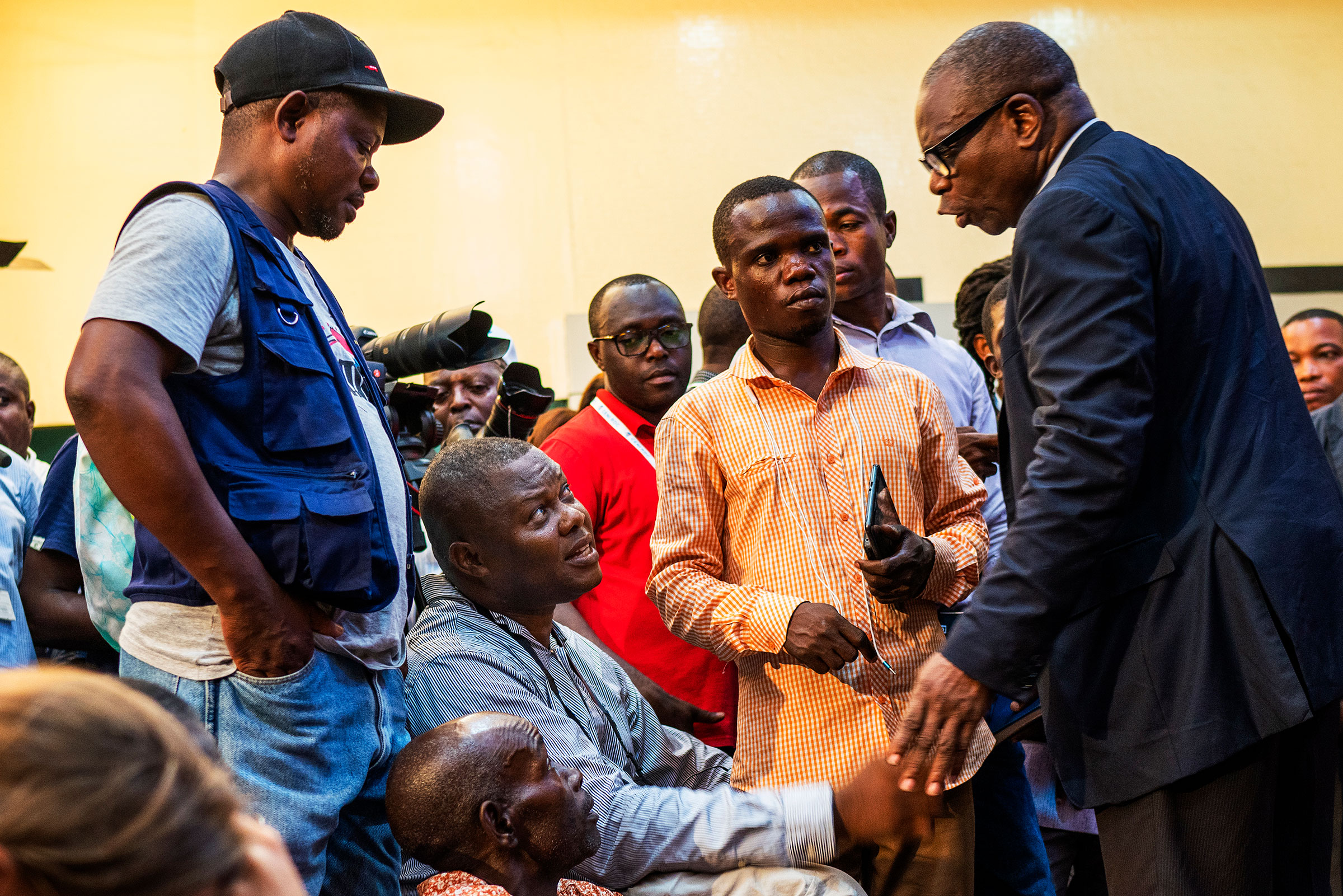
Congolese photographer and video journalist John Bompengo dedicated his life to covering some of the most tumultuous events in the Democratic Republic of Congo’s recent history, from political uprisings to ethnic violence and Ebola outbreaks.
Unflappable in the face of danger, and always ready to crack a joke, Bompengo finally encountered a situation he couldn’t talk his way out of: COVID-19. On June 20, he died of complications from the disease in Kinshasa, after spending a week under hospital care. He was 52 and is survived by his wife and nine children.
Bompengo, a 16-year veteran of the Associated Press and a frequent producer for the UN-backed news service Radio Okapi, was a multi-talented journalist who easily shifted from radio to print to video as the situation demanded. He was a regular presence at any news event, and was always willing to share advice and resources with his fellow journalists, particularly those just getting started. Many consider him a mentor.
“Before Bompengo, being a photographer in DRC was not considered a respectable job,” says video producer Adolph Basengezi, who adds that glimpsing Bompengo’s byline on a photograph in an international newspaper inspired him to go into journalism. “We used to think that to be a good photographer, you had to be a Westerner. Bompengo showed the world that we can do the work as well, that the DRC has good people and talent too.” —Aryn Baker
María Teresa de Borbón-Parma
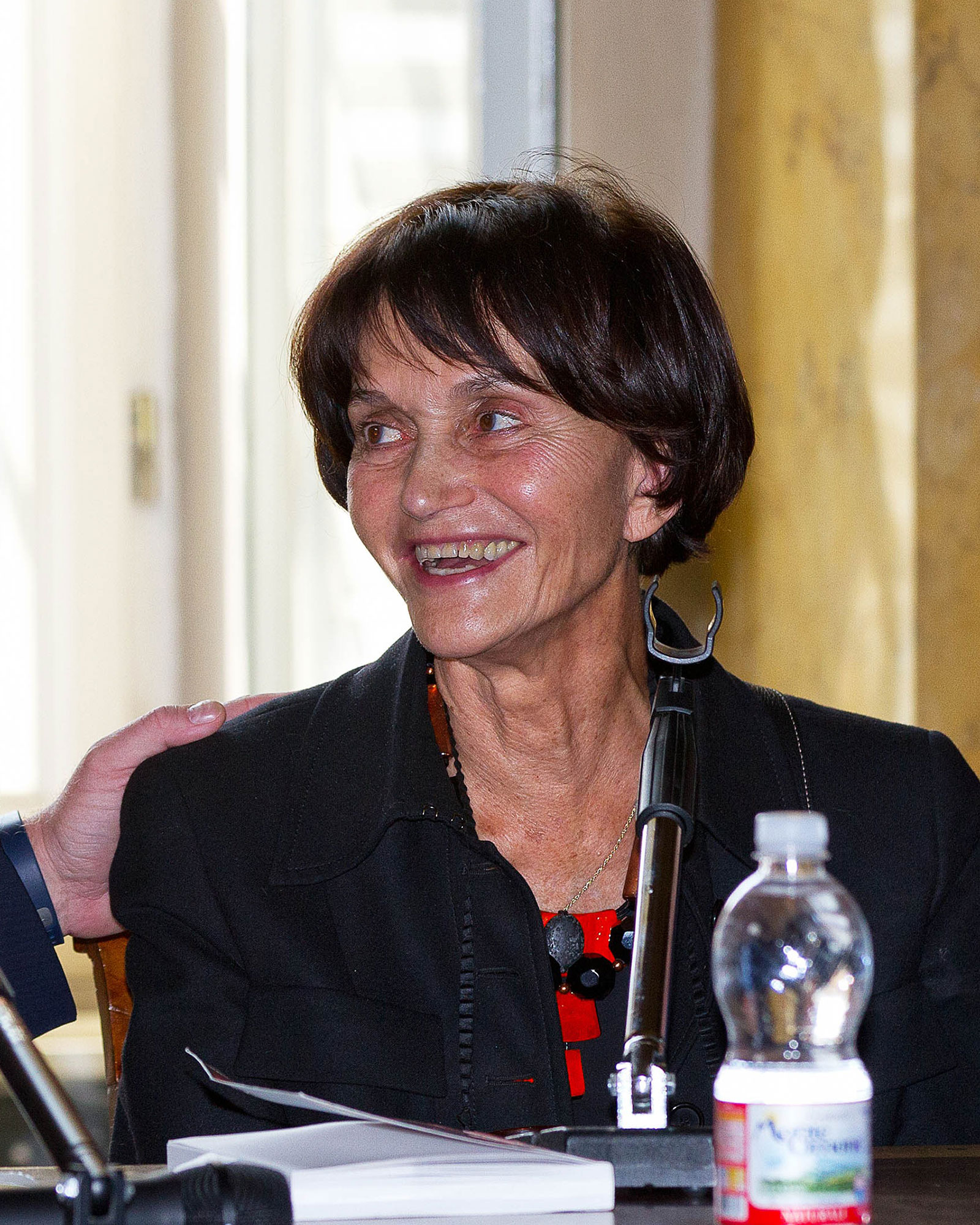
Despite being a descendent of Spanish royalty, María Teresa de Borbón-Parma made a name for herself in her own right, forging a career as an academic and political activist.
After studying at the Sorbonne in Paris, she reportedly served as a professor there and at the Universidad Complutense de Madrid, and developed a reputation as an outspoken socialist and a defender of women’s rights. For her views, historian Josep Carles Clemente dubbed her “The Red Princess” and described her “vehement defense of the most needy and of democracy.”
As the daughter of Francisco Javier de Borbón-Parma, a member of a cadet branch of the Spanish royal family, she also carried on her heritage by supporting Carlism, which advocates an alternative succession for the Spanish throne. Members of the Carlist movement claimed that Francisco Javier was the legitimate Spanish ruler, and he laid claim to the Spanish crown in 1952, although he was not widely recognized as Spain’s ruler.
Her brother, Sixto Enrique de Borbón, said she died at age 86 in Paris from COVID-19, in a message posted on Facebook on March 26.
“Don Sixto Enrique is saddened, and asks you to pray for his sister’s eternal rest,” the message said, according to a TIME translation from the original Spanish.
A funeral service was held for her in Paris, where she was born. —Tara Law
Lorena Borjas
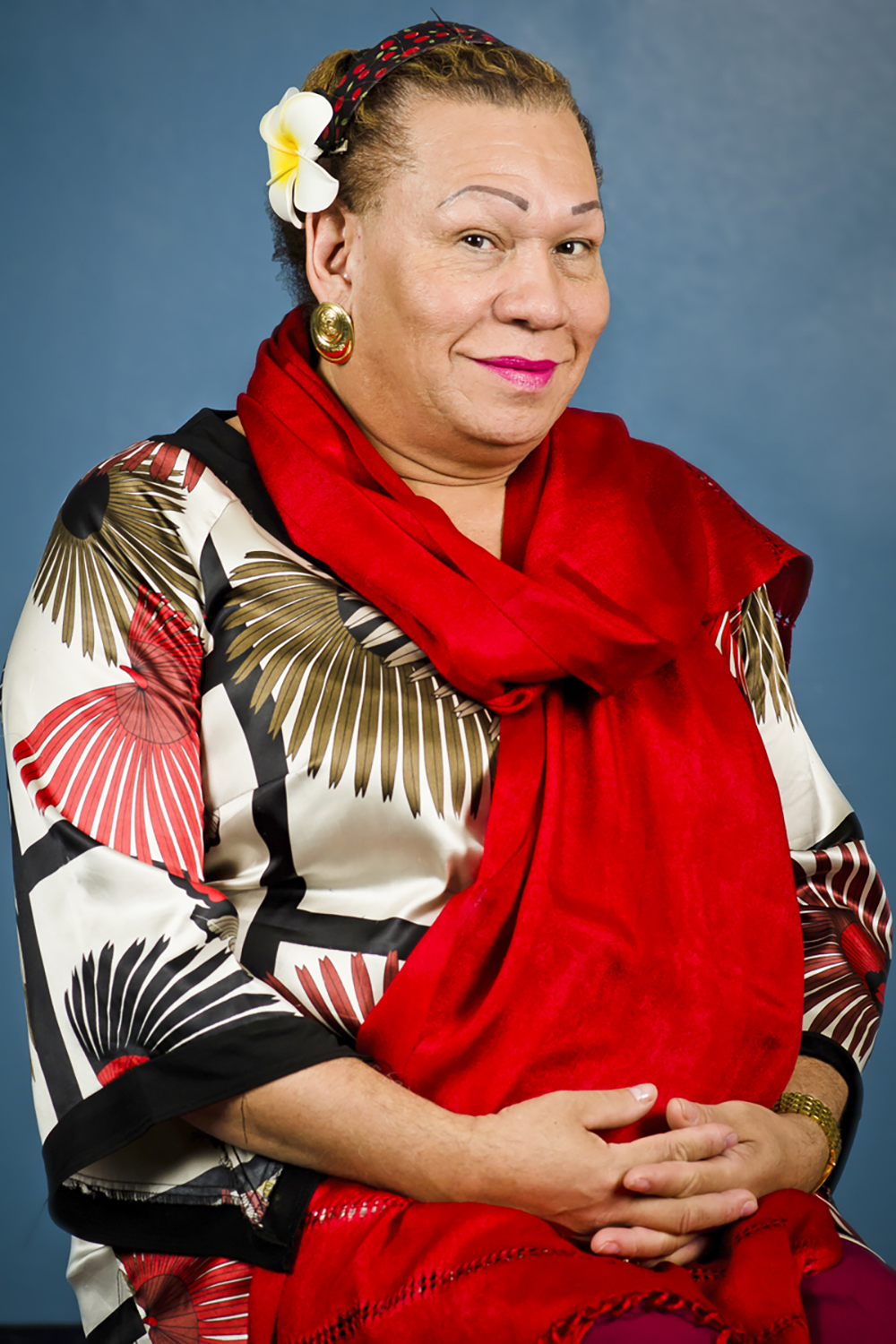
When the coronavirus crisis infiltrated her beloved New York City, Lorena Borjas sprang to action like she always did. In mid-March, the pillar of the city’s trans Latinx community set up a fund to help trans people who had lost their jobs to COVID-19. Yet on March 30, Borjas, 59, lost her own life to complications from the virus.
“Lorena was like a mother for many in the transgender community,” Bianey Garcia, one of many people aided by Borjas over the years, tells TIME. “She used to help anyone.“
Borjas had been a prominent community organizer and health educator for decades, working to end human trafficking, which she herself survived, according to the Transgender Law Center.
Her community health work included an HIV testing site Borjas set up in her own home, and a syringe exchange program for trans women using hormone injections. In 2012, she and activist Chase Strangio co-founded the Lorena Borjas Community Fund, which helped cover bail and pay legal fees for LGBTQ immigrants.
Lynly Egyes, 38, legal director of the Transgender Law Center, tells TIME she first met Borjas while working for the Sex Workers Project at the Urban Justice Center. At the time, Egyes remembers she was representing two incarcerated transgender women; Borjas “just showed up” with a much-needed birth certificate for one of the women, pulling it out of the Mary Poppins-style roller bag she always carried with her. “You never knew what was in there,” Egyes laughed.
“She’s made the world better so selflessly, so humbly, without often any type of recognition,” Egyes added. “I think she taught everyone she knew about how to be a better person.” —Madeleine Carlisle
Eve Branson
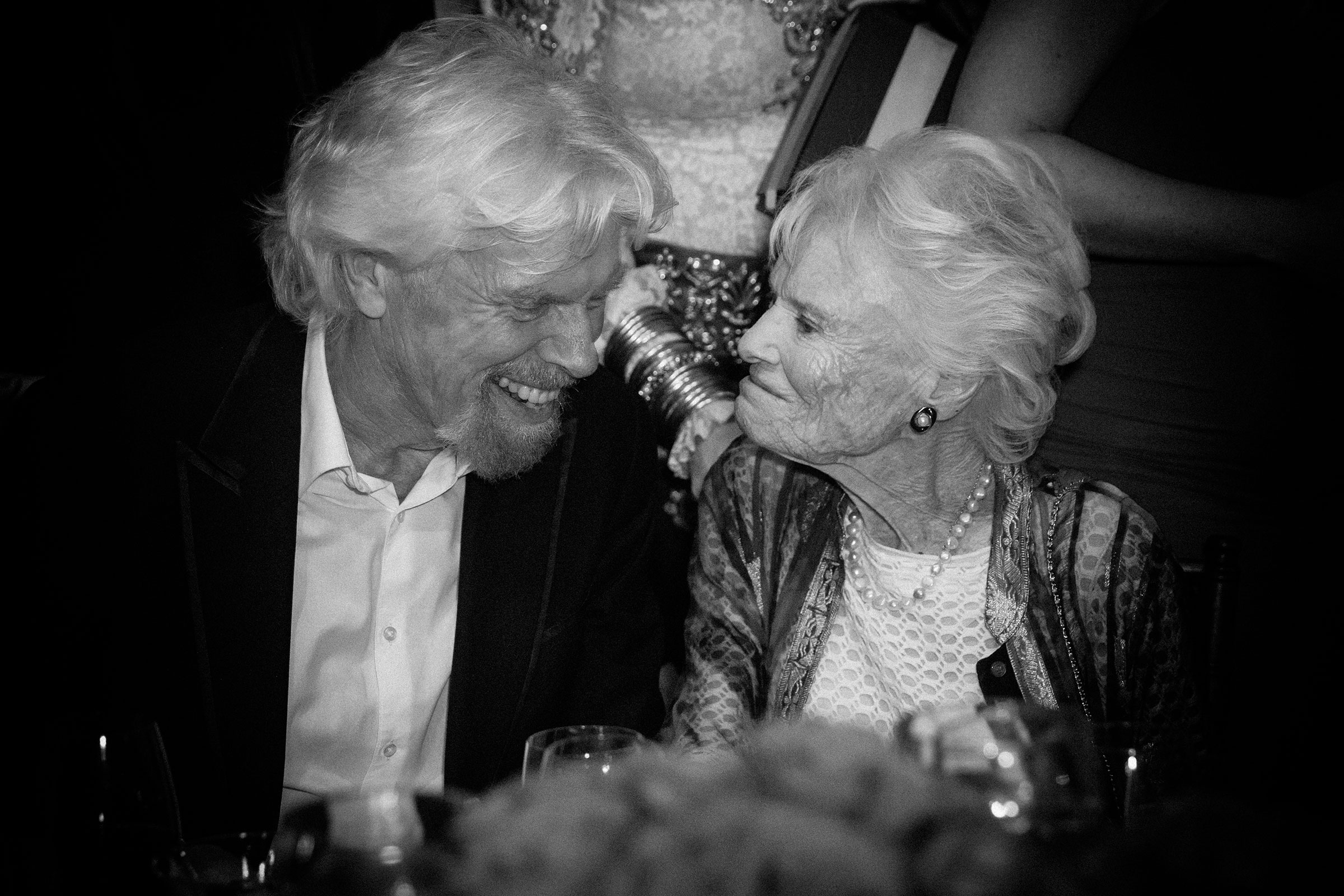
Announcing the sad news of his mother’s death, Richard Branson said there would not have been a Virgin Group without Eve Branson.
Describing her as “a force of nature” in a blog post, the multibillionaire credits his mother with giving him the first £100 he needed as seed money to start his company. And it’s obvious she further served as an impactful role model for the mogul: “When I was growing up she was always working [on] a project; she was inventive, fearless, relentless—an entrepreneur before the word existed,” he wrote.
Although Branson said his mom “lived many remarkable lives,” it was a singular disease that led to her death after she contracted COVID-19. She died on Jan. 8 at age 96.
In a biography that rivals her son’s, Branson described just some of her accomplishments in his post: “She took glider lessons disguised as a boy, enlisted in the WRENS during World War II, toured Germany as a ballet dancer after the war, acted on the West End stage and worked as a pioneering air hostess on the treacherous British South American Airways routes.”
Later, she founded The Eve Branson Foundation in Morocco, aimed at supporting the lives of families and communities in the Atlas Mountain.
A mother to three, a grandmother to 11 and great-grandmother to 10, Branson says his mom was fiercely dedicated to family, and supported them in part through notes of encouragement. “Isn’t life wonderful?” she wrote in a poem to Branson that he shared in his tribute. “Every hour, every minute, must be lived to the full.” —Kathy Ehrich Dowd
Freddie Brown Jr. and Freddie Brown III
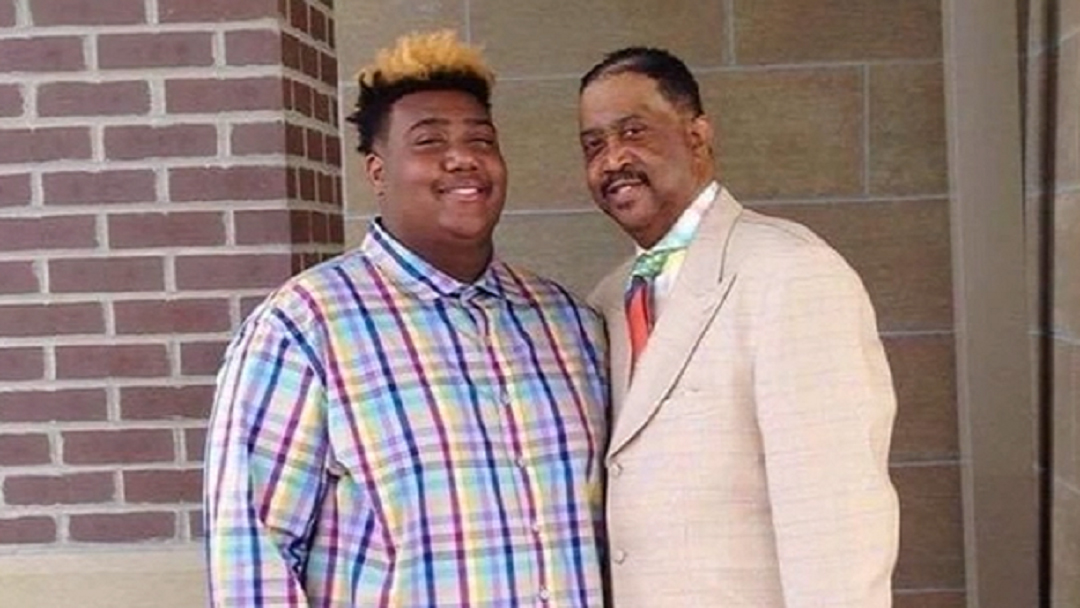
On March 26, Sandy Brown lost her 59-year-old husband to the coronavirus. Three days later, she lost her only son, 20, to the same invisible foe. She announced the devastating news on Facebook and offered a prayer, asking that the lives of Freddie Brown Jr., and Freddie Brown III be seen as sufficient sacrifice for the angel of death. “Take no more spouses or children from their families,” the mother pleaded. Their deaths, she said, mean “My entire immediate family is gone!”
The men lived in the Flint, Mich., area, where the younger Brown had played on the football team at Grand Blanc High School, despite suffering from asthma. He graduated in 2018 and, according to his mother, planned to enroll at Michigan State University this fall.
To remember the defensive lineman, the Grand Blanc Bobcats shared a quote on social media, plucked from the 1979 Nobel Peace Prize lecture of Mother Teresa: “Let us always meet each other with a smile, for the smile is the beginning of love.” That, the team said, was Freddie. Clinton Alexander, the team’s head coach, described Brown as “one of the kindest players I have ever had the pleasure to coach.”
Brown, Jr., served as an elder at a local church, which was feeling the loss of both men, as well as a third church member who had succumbed to the coronavirus at the end of March. According to his obituary, Brown Jr., was also an athlete, attending Southern Methodist University on a basketball scholarship. He went on to work as a produce clerk at a shopping center for 32 years. He was a snappy dresser. And, like his son, he also had an enduring habit of greeting people with a smile. —Katy Steinmetz
Araceli Buendia Ilagan
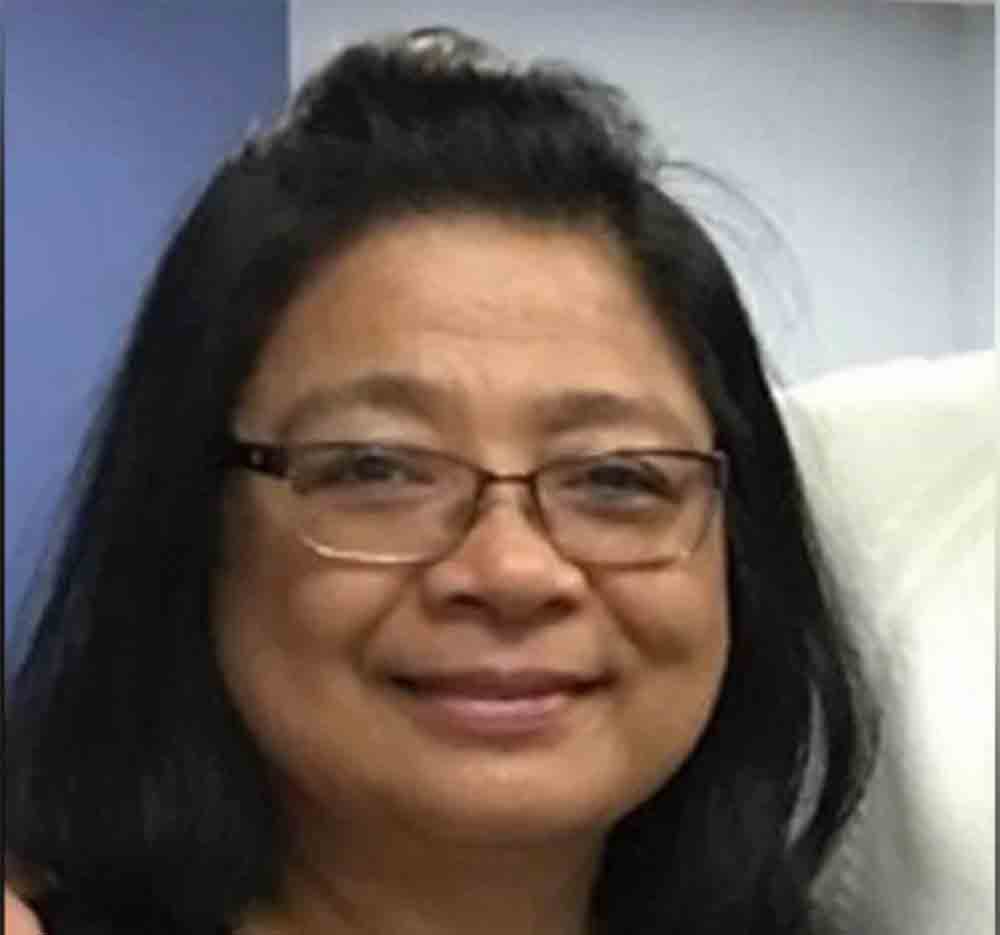
Araceli Buendia Ilagan first registered as a nurse in Florida in 1982 and was there, on the front lines, until the very end.
According to Jackson Memorial Hospital, where she worked in the intensive care unit, she completed a shift in Miami on March 24. Three days later, Buendia Ilagan died due to complications from the coronavirus. She was 63.
On social media, coworkers described her as a mentor, a loyal caretaker and a fount of knowledge. Buendia Ilagan was a 5 ft., 1-in. “giant,” a fellow nurse named Garfield Phillpotts wrote on Facebook. He described her as passionate and protective, as someone who had a knack for knowing other nurses’ patients even better than they did. The veteran healthcare professional “would have been the perfect general to help lead us through this fight.” Instead, he lamented, she was among the first to fall.
According to the Miami Herald, the woman known as “Celi” to friends was the second healthcare worker in South Florida to succumb to COVID-19. The Filipina-American trained at a campus of St. Louis University in the Philippines in the late 1970s, records show, and later studied to become a nurse practitioner at Barry University in Florida.
“Araceli dedicated nearly 33 years of her life treating some of our most critically ill patients,” Jackson Memorial Hospital said in a statement. “During her long and storied career, she also mentored and trained other nurses, and was a champion for the profession.” Buendia Ilagan and others like her, the statement said, are “true heroes.” —Katy Steinmetz
Lisa Burhannan
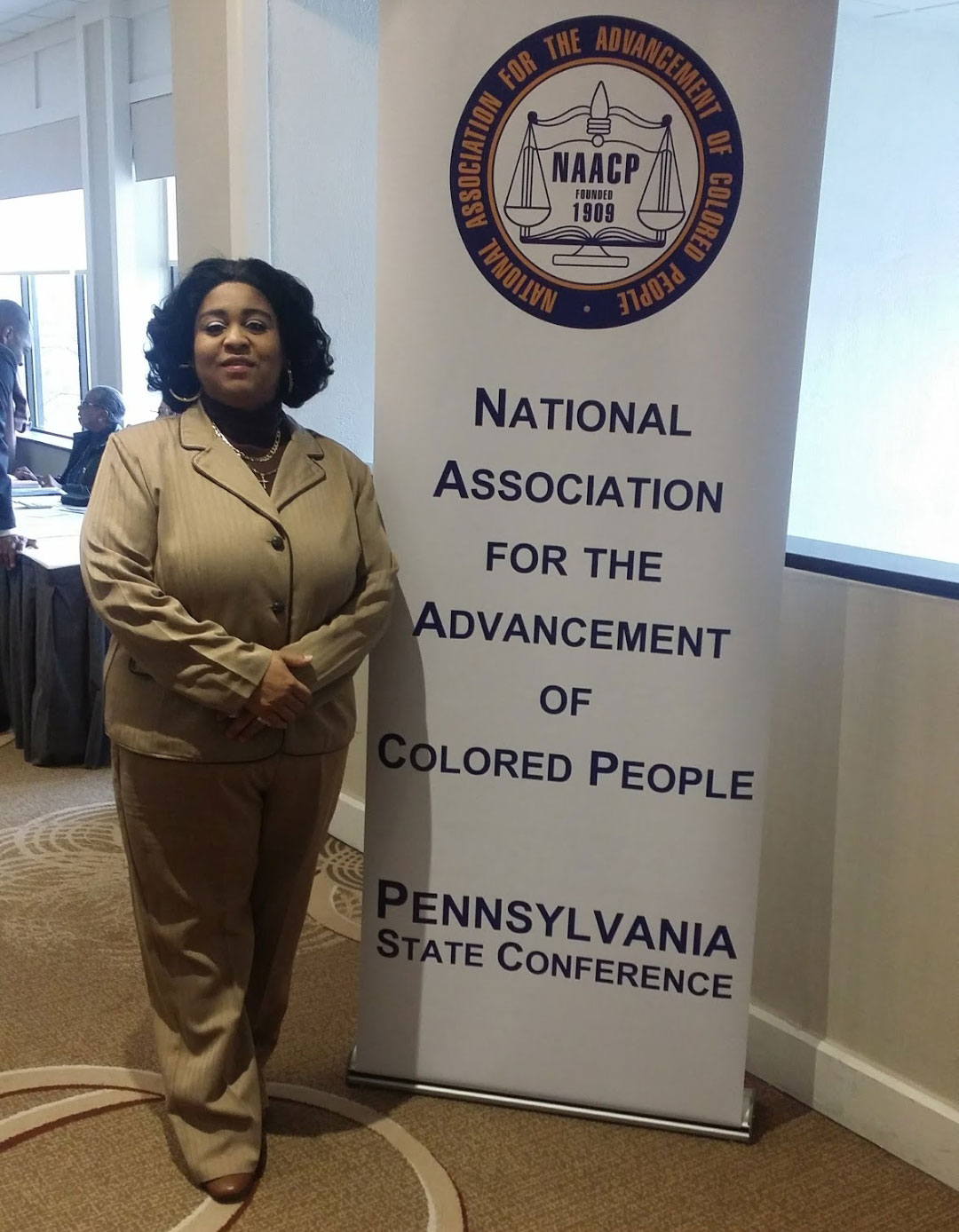
Even from her hospital bed after contracting the coronavirus, Lisa Burhannan continued to host Zoom meetings and do the hard work that benefitted some of the most vulnerable members of her Harrisburg, Pa. community.
Burhannan dedicated her life to mentoring young women, helping the recently incarcerated transition back to life on the outside and supporting victims of violence, among many other passionate causes. She served as a Harrisburg chapter coordinator for Crime Survivors for Safety and Justice (CSSJ), an organization dedicated to helping victims of violence through their healing process, and was involved with other local and national organizations that helped people in need, including Breaking the Chainz, and Mothers in Charge.
Burhannan died of COVID-19 on June 11. She was 50.
“Already, there’s been a huge void for our work in Pennsylvania,” says Aswad Thomas, CSSJ’s managing director. “I had a moment yesterday where I couldn’t call Lisa, and I struggled a little bit…It’s going to be challenging moving forward without Lisa’s presence.”
CSSJ is now designing an annual award in Burhannan’s name.
Kevin Dolphin, founder of Breaking the Chainz, a nonprofit that runs prevention programs to keep people out of prison, knew Burhannan for 40 years. He describes her as selfless, outgoing, endearingly rough around the edges and one who took a tough-love approach to those she pushed to better themselves. People close to her say she survived domestic violence and lost one of her own children to gun violence.
“Lisa became a first responder in a way,” says Dolphin, who adds that together they would respond to incidents of violence in their neighborhood to comfort family members. “She gave her heart to those who were crime victims.”
“Lisa is the definition of a survivor,” says Thomas. “The definition of a leader in the community and dedicated to making change.” —Jasmine Aguilera
Revall Burke
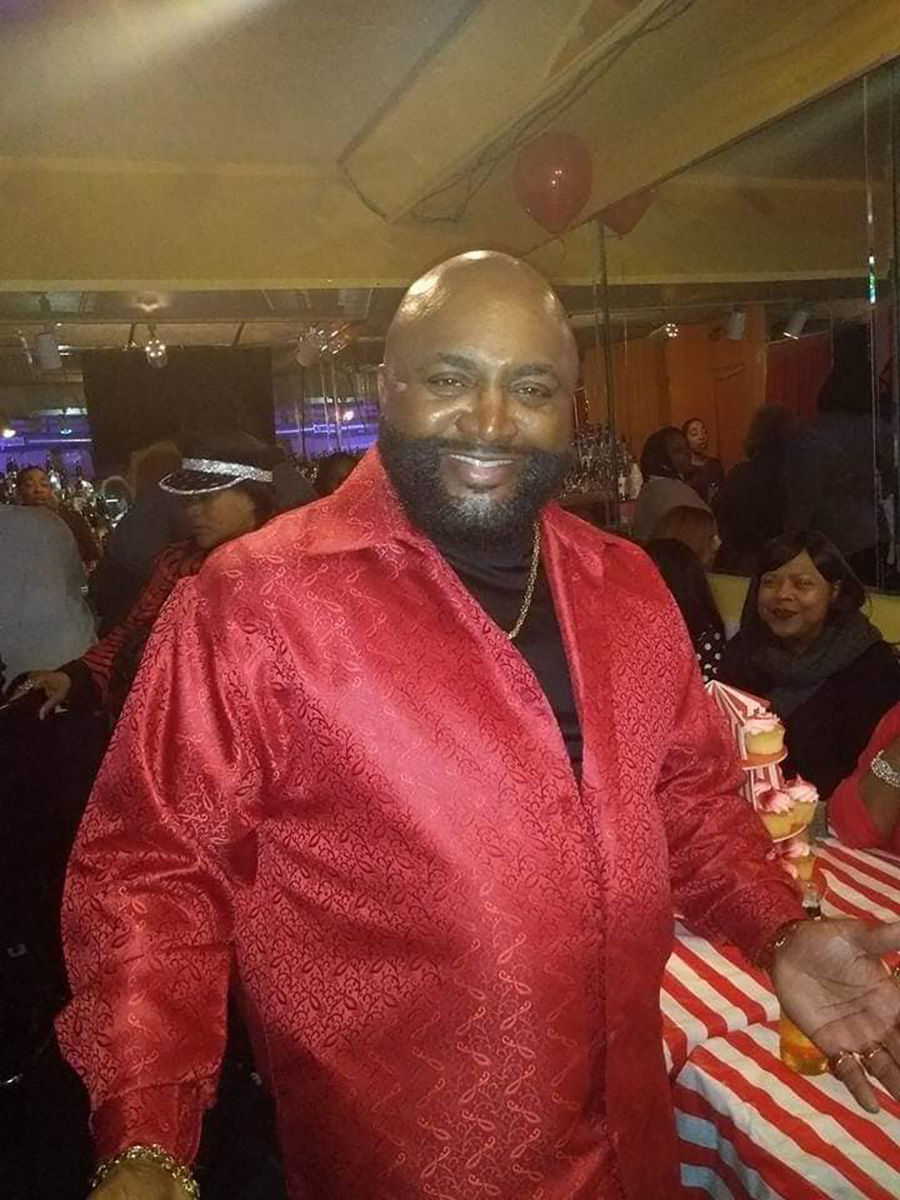
On March 17, Revall Burke spent his day as a poll worker in the Illinois primary at the Zion Hill Baptist Church in Chicago’s 17th Ward, as he had done so for years. Fifteen days later, on April 1, he passed away from complications related to coronavirus. He was 60.
His death has resurfaced a debate over whether the state should have held its primary, which took place just four days before Illinois Gov. J.B. Pritzker issued a stay-at-home order to stem the virus’ spread.
At the time, Gov. Pritzker said he did not have legal authority to shut down the election and instead encouraged people to vote by mail. NBC 5 reports that at least four voters or poll workers, including Burke, tested positive for COVID-19 after the primary (although it is not clear when or where they contracted the virus).
A spokesman for the Chicago Board of Elections Commissioners tells TIME voters and poll workers who may have come in contact with positive cases of coronavirus at their precincts are being notified.
“He was loving and caring, a family man,” his son Malcolm Burke told Chicago Patch of the hardworking and health-conscious ex-Marine and father of six. “Everybody felt his presence in the room, because he always brought positive energy.”
“He never complained about anything. He kept a smile on his face,” Burke’s friend Mickey Powell told WGN9. “You never saw Revall frown, never.”
Burke had worked as a city employee for 15 years, most recently as a parking enforcement aide, the Chicago Sun Times reports.
He had also been a precinct captain in Chicago’s 17th ward’s Democratic organization for years, “serving our residents and working the election polls,” David Moore, the 17th ward alderman, wrote on Facebook on April 6.
“Stay safe and stay home,” Moore also wrote. “Do it in remembrance of this good brother.” —Madeleine Carlisle
Floyd Cardoz

When Floyd Cardoz opened Tabla in Manhattan’s Flatiron district in 1998, it was a rarity — a modern Indian restaurant with the creative precision of fine dining yet none of the pretense of a staid tasting restaurant. A place like Tabla asked diners to forget what they thought they knew about Indian cuisine — standard curries, doughy naans — and surrender to new interpretations. A spirit of celebration and warmth was pervasive; Cardoz was both fearless about expectations and passionate about his heritage, combining traditional Indian cooking with American, Italian and French twists and techniques.
The restaurant is now part of his legacy. He died on March 24 due to complications from COVID-19 after returning to New York from a trip abroad in early March. He was 59.
At Tabla, a broad, sweeping wooden staircase welcomed diners to a space that was raucous with noise and fragrant with dishes like his take on a clam pizza, or halibut with watermelon curry. (The main floor even hosted a casual “Bread Bar.”) That was Cardoz’s sweet spot: surprising customers and fellow culinary pioneers like critic Ruth Reichl, business partner Danny Meyer and restaurateur David Chang with dishes that challenged perceptions of what Indian cooking could be.
“He was a super-taster, big-hearted, stubborn as the day is long, and the most loyal friend, husband, and dad you could imagine. My heart is just broken,” Meyer said after his death.
Cardoz, born in 1960 in Mumbai, India, trained partially in Switzerland before landing in the U.S. in 1988. After Tabla, he worked at two more restaurants in New York before launching the cozy, hip downtown spot Paowalla (later reimagined and renamed Bombay Bread Bar) and two destinations in Mumbai. At Paowalla, colorful murals decorated the interior’s brick walls, and dishes like bacon-stuffed naan, masala-spiced popcorn or burrata in daal were meant to be shared, epitomizing his style of open-armed hospitality. (His New York locations are now closed.)
He became a food celebrity after winning Top Chef Masters in 2011, where his Indonesian-style short ribs won the day, and also wrote a popular cookbook in 2016, Flavorwalla, filled with spiced-up riffs on family-friendly classics like chicken soup. His latest venture, the imaginative Bombay Sweet Shop, launched this spring. He leaves behind his wife, two sons, five siblings and a trailblazing culinary legacy. —Raisa Bruner
Anthony Causi
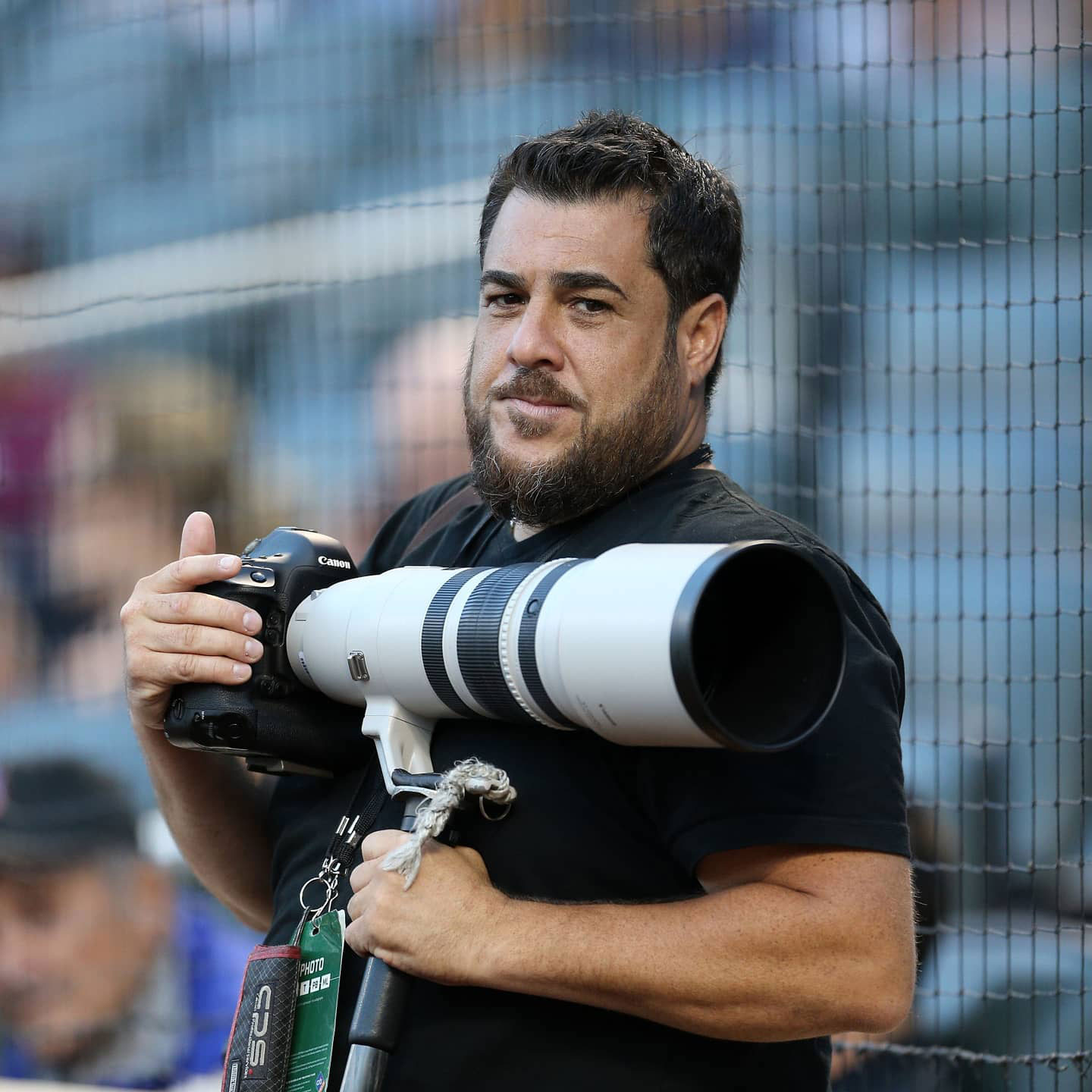
There’s a common misconception about sports journalists: that they’re mostly a collection of repressed misanthropes, the guys (yes, mostly guys) who could never make varsity, but who somehow found a way to make an easy living going to ball games. And while this stereotype might be true in rare cases, for the most part, the traveling pack of sports journalists who type the words and shoot the pictures at arenas and stadiums across the country are passionate professionals who work odd, long nighttime and weekend hours far away from their families. The best of them would never complain about their fates—it’s still a hell of a way to make a living—but the job involves its fair share of inglorious gruntwork.
And in those moments after the games, before they have to head back to another faceless hotel room to rest up for the next event, sports journalists often only have each other to lean on. The pack forms a family. They’re good, funny people. They’re guys—and, more commonly these days, women—with whom you’d love to share a late-night beer.
So the April 12 death of New York Post sports photographer Anthony Causi, at age 48 after battling Covid-19, was a particular gut punch to that Big Apple family, which is competitive in the photo pits and press boxes, but particularly tight off the field. Causi was a favorite son. He was the person who, before or after a game, would drop his 50 pounds of photography equipment and insist on snapping a group shot of his colleagues and their families, if they happened to be at the field. “He was always looking to make people happy,” says Post sports columnist Mike Vaccaro, who had the unenviable task of eulogizing his friend in print after his death (Causi carried the Post’s back page). “I know it sounds too good to be true. But it really was.”
Causi, who leaves behind his wife and two children, won the respect of his colleagues and the athletes he covered because he combined kindness with sheer talent. His work speaks for itself: The shot of Derek Jeter touching the “I want to thank the Good Lord for making me a Yankee” sign, Serena Williams at a US Open evening appointment, Megan Rapinoe flashing hardware at a ticker-tape parade, Jeter’s comically unenthusiastic response to Alex Rodriguez joining the Yanks in 2004. Tributes to Causi came pouring in, from Jeter and A-Rod and Conor McGregor, and the New York pro sports teams.
“Great sports photographers are like great point guards,” says Vaccaro. “They have to anticipate what’s going to happen two or three plays ahead.” Vaccaro points to his favorite Causi picture: of Eli Manning hugging his daughters at MetLife Stadium in December, after he played his final game as a New York Giant. “You can see all the other photographers in the background,” says Vaccaro, “not getting the picture Anthony managed to get.”
Among his colleagues, one moment stands out: at spring training in 2016, New York Mets outfielder Yoenis Cespedes took to arriving at the Florida facility in a variety of tricked-out cars. A Polaris Slinghot one morning, a Black Lamborghini the next. The photogs took to staking out the Mets parking lot each day, waiting to snap a shot of the next vehicle. “Only Anthony had the freaking balls to ask Cespedes for a ride,” says Christian Perez, a cameraman for the SNY cable network. Cespedes said yes. So he and Causi went streaking out of the parking lot at about 60 miles per hour. Causi got the shot. He always did. —Sean Gregory
Rabbi Romi Cohn

He was condemned to die at age 13, but his life was spared.
Rabbi “Romi” Cohn explained this as he performed an opening prayer for the U.S. House of Representatives in January. It was the 75th anniversary of the liberation of Auschwitz, and Cohn, a man credited with saving the lives of 56 Jewish families, was there, in part, to remind everyone of the Holocaust that many others didn’t survive — including his own mother and four siblings.
The man known more formally as Avraham Hakohen Cohn died on March 24 after being hospitalized with the coronavirus in his adopted New York City home. He was 91.
Born in 1929 in what is now Slovakia, Cohn was just a teenager when his family slipped him across the border into Hungary as those around him were being forced into concentration camps. Returning home after Hungary started mass deportation, he successfully worked to help Jewish refugees evade the Nazis, supplying them with housing and false papers, according to the Jewish Partisan Educational Foundation. After the war, he moved to the United States and became a successful real estate developer on Staten Island. Cohn was also a passionate mohel, a figure who performs ritual circumcisions; he performed some 35,000 and did so for free. He also trained more than 100 other mohels, on the condition that they also refuse payment.
“Rabbi Cohn lived an incredible life of service,” his congressman, Rep. Max Rose, tweeted upon the news of his death. “His legacy reminds [us] to never accept bigotry,” Rose previously tweeted less than two months earlier, to commemorate his constituent’s prayer at the U.S. Capitol.
That day in January, Cohn was also there to impart a blessing on America’s leaders and lawmakers, people who would soon be struggling to save American lives amid the pandemic that took his own. “May the Lord deal kindly and graciously with you,” the rabbi told them. “May the Lord bestow his favor upon you and grant you peace.” —Katy Steinmetz
John Horton Conway

For most people, there may be no greater oxymoron than “recreational mathematics.” But most people aren’t John Horton Conway, the John von Neumann Professor in Applied and Computational Mathematics at Princeton University, who died from complications relating to COVID-19 on April 11 at age 82.
Conway was best known for inventing the “cellular automaton” Game of Life, which is a two-dimensional grid in which each square interacts with adjacent squares according to certain rules until complexity results. Sounds dry—as long as you overlook the fact that its system-building dynamics explain, well, everything in the world, including life itself.
The mere names of Conway’s books and fields of study capture the playfulness in his genius. He was the co-author of On Quaternions and Octonions and The Sensual (Quadratic) Form. He studied knot theory, tangle theory, surreal numbers and lattices in higher dimensions. As Peter Doyle, professor of mathematics at Dartmouth University and a friend of Conway’s, said in a Princeton news release, “People invariably describe Conway as the inventor of The Game of Life. That’s like describing Bob Dylan as the author of ‘Blowin’ in the Wind’.”
Conway might actually be more notably remembered for co-developing the Free Will Theorem of quantum mechanics in 2004, positing nothing short of the idea that if humans have the freedom to choose which experiments they will run with elementary particles, then the elementary particles have similar free will, able to choose their rate and direction of spin. Doubt that? OK, prove he was wrong.
Then, too, there was Conway’s love of magic tricks, colorful models to illustrate mathematical concepts and the cards, dice and even Slinkys he would sometimes carry with him both for play and for proving principles. “Recreational mathematics” fairly lived within Conway—and it died a small death with his too-soon passing. —Jeffrey Kluger
Nick Cordero

Before COVID-19, actor Nick Cordero was in the prime of his life. His wife had recently given birth to their first child, and the young family had moved west after Cordero accepted a role in a play in Los Angeles.
The pandemic changed all that. Cordero, who according to his wife had no preexisting health conditions, contracted the disease in March. He spent the rest of his life in the hospital, facing secondary lung infections, mini-strokes and an amputation—and, as his wife Amanda Kloots shared his daily progress on social media, became one recognizable face of a global crisis.
On July 5, approximately 95 days after he fell ill, Cordero died. He was 41.
Friends remembered Cordero, who was nominated for a Tony Award in 2014 for his portrayal of a tap dancing gangster in Bullets over Broadway, as a vivacious performer, and family recalled a devoted father and husband. “He was everyone’s friend, loved to listen, help and especially talk,” said Kloots.
But as states press forward with reopening, close friend Zach Braff also had a message for the public. “Don’t believe,” the actor wrote on Twitter, “that Covid only claims the elderly and infirm.” —Billy Perrigo
Dr. Joseph Costa
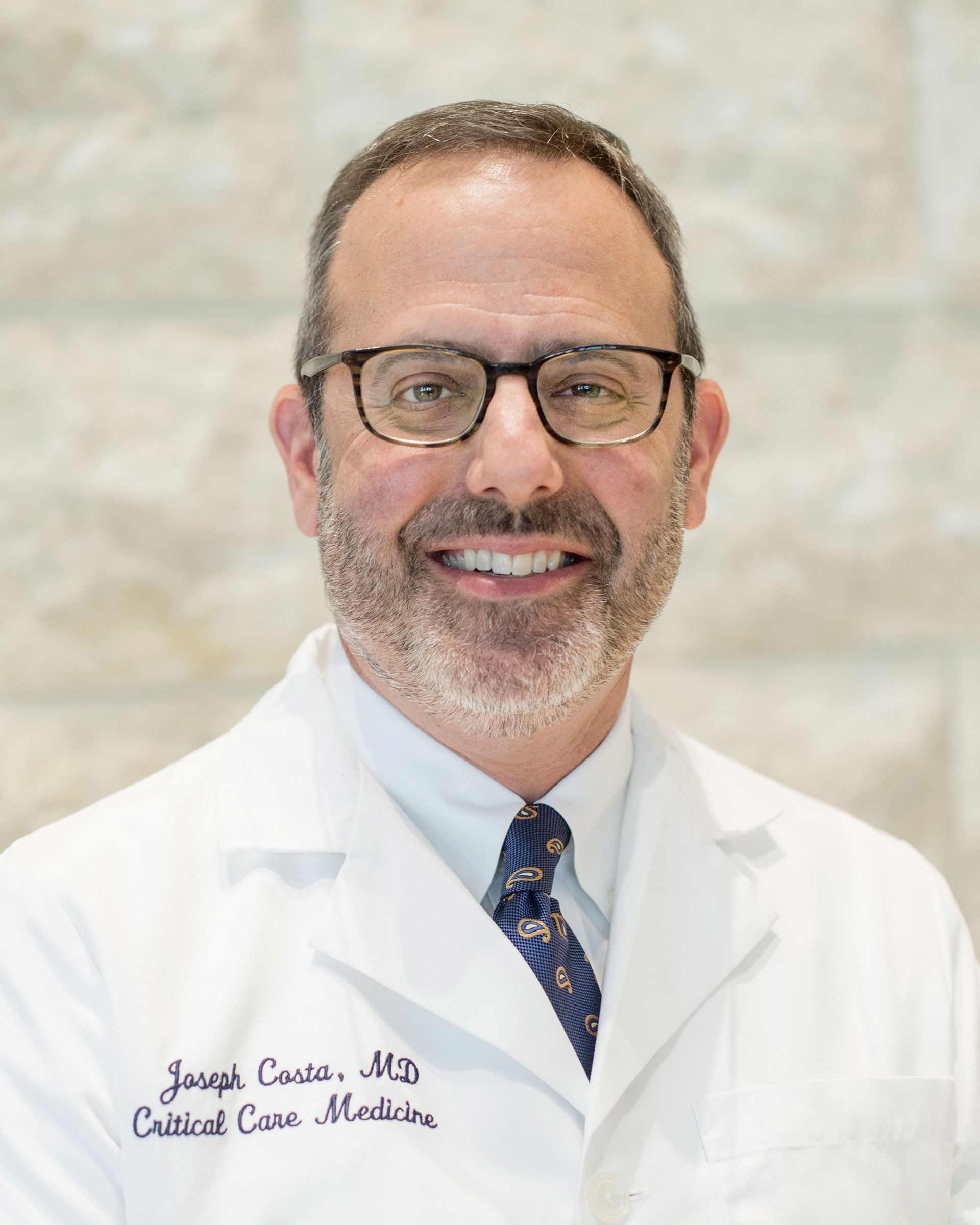
Wrapped in the arms of his husband and encircled by about 20 hospital staff members wearing personal protective equipment, Dr. Joseph Costa, 56, was surrounded by his “family” when he took his final breaths in the very ICU he supervised.
“Those who cared for Joe were his best friends,” David Hart, Costa’s husband of 28 years, told the Baltimore Sun.
Costa, the Division Chief of Critical Care at Mercy Medical Center in Baltimore, worked more than two decades at the hospital, specializing in critical and pulmonary care. But more than that, he was an “older brother” to the nurses and staff who worked closely with him, hospital leaders said in a joint statement.
According to Hart, Costa “lived through his brain,” and was a voracious reader with “stacks and stacks” of books at home. Fluent in both German and Italian, he spent much of the last three years engrossed in Italian literature. Costa was also a pianist, and had recently learned to play the mandolin.
But more than anything, Costa loved being a doctor. Even Hart admitted his husband was a bit of a workaholic, always putting his patients and colleagues first until the very end. The dedicated physician felt it was his duty to work alongside his staff to treat the hospital’s sickest patients, voluntarily working on holidays or grueling overnight shifts—especially amid the pandemic.
Despite suffering from a rare underlying autoimmune disorder, Costa “selflessly” continued to work on the front lines battling the disease. Hart told the Sun that his husband was the bravest man he ever knew.
In a tribute posted to Mercy Medical’s Facebook page, former patients and colleagues flooded the comments with memories and condolences. “I really respected him not only as a physician but as a genuinely kind and caring person,” wrote one former colleague. “He will be greatly missed.” —Paulina Cachero
Julie Davis
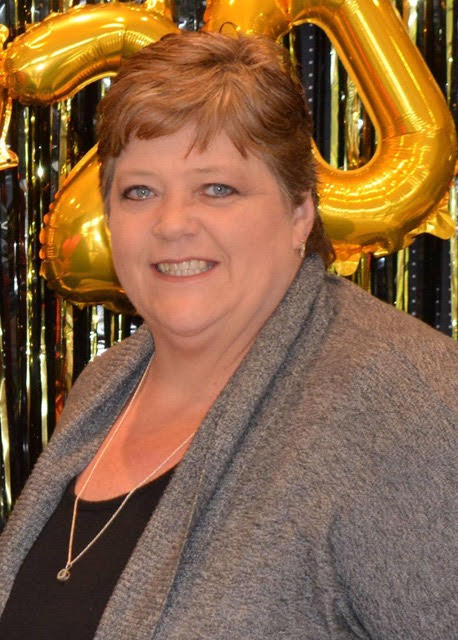
The day she heard about the Columbine mass shooting in 1999, Julie Davis decided to become a teacher. “She started saying, ‘Maybe if I could impact a child’s life in a positive way, we would have less tragedies in schools,’” her daughter, Leanna Richardson, recalls to TIME. Although she already had accounting and business degrees, Davis went on to get a bachelor’s in education and teach for more than sixteen years.
Davis had been teaching third grade in person at Norwood Elementary School in North Carolina—one of her favorite activities in the world—until she got a headache on Sept. 24. She swiftly quarantined at home and a test revealed she had contracted COVID-19. Only ten days later, on Oct. 4, she passed away from complications related to the virus. She was 49. In addition to her daughter, she is survived by her grandson, husband, son, sister, two brothers and parents.
Davis was a funny, bubbly and fiercely selfless person who “never did anything halfway,” Richardson shares. “She loved with her entire heart…she would go out of her way for anyone.”
“Students absolutely loved being taught by Mrs. Davis,” Vicki Calvert, interim superintendent of Stanly County Schools, said in a statement. “Her personality was infectious and she brought joy into the lives of the students, staff, and community.”
And Davis adored her students right back. “She loved nurturing them and teaching them and watching them grow,” Richardson says, adding that her mom was always planning a lesson, grading papers or talking to students. “She never stopped.” —Madeleine Carlisle
AshLee DeMarinis
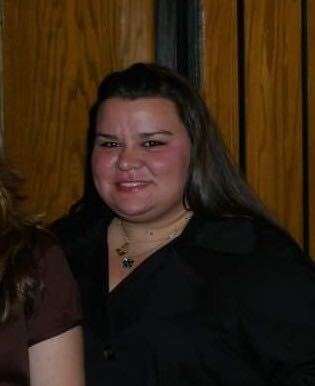
AshLee DeMarinis loved to teach—and felt a special bond with the seventh- and eighth-grade special education students who needed her help the most.
“She loved the connection with the kids,” her sister, Jennifer Heissenbuttel, tells TIME.
DeMarinis was a little nervous about returning to John Evans Middle School in Potosi, Missouri, this fall to start her eleventh year teaching, Heissenbuttel says, but she planned on still teaching despite the potential risks associated with the pandemic.
But in late August, before the students had even returned, DeMarinis was hospitalized for complications related to COVID-19. She died three weeks later at age 34.
“Her commitment and passion for her students and community to succeed should be an inspiration to all of us,” Potosi Superintendent Alex McCaul wrote in a letter announcing her death. “Ms. DeMarinis touched many lives as an educator and will be missed dearly by our community.”
Heissenbuttel says her sister helped her students and the community in ways large and small. If a child in her class couldn’t afford to have a birthday party, she’d throw it for them. She was active in Potosi’s St. James Catholic Church and she would also buy groceries for low-income families around town.
While she grew up in Queens, N.Y., DeMarinis moved to the Midwest to attend school. She also loved to travel.
“She always liked to go to new places. She loved taking road trips, doing new things,” says Heissenbuttel. “She was adventurous.” —Madeleine Carlisle
Lonnie Dench
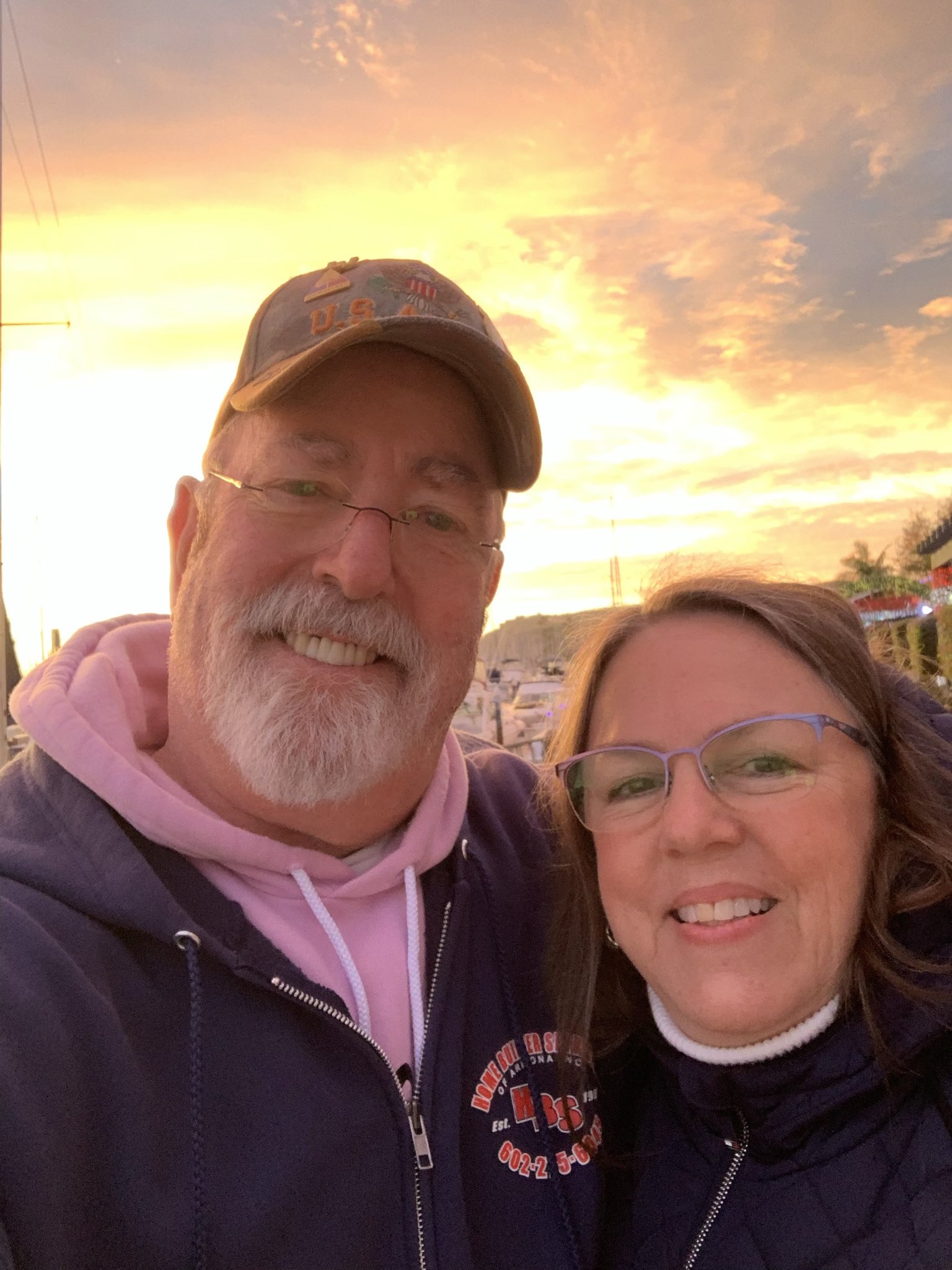
As one half of the open-hearted couple who famously welcomed a random teen into their Arizona home for Thanksgiving, Lonnie Dench was renowned for helping give rise to one of the most heartwarming holiday traditions known to the internet.
Now, the annual custom is how he’ll be remembered by many it inspired.
On April 5, the husband of the grandma who went viral for accidentally inviting the teen to celebrate the holiday with her family in 2016 died from complications from the coronavirus.
Jamal Hinton, the now 20-year-old who spent every Thanksgiving afterward with Lonnie and Wanda Dench since Wanda mistakenly sent him a text meant for her grandson four years ago, announced on Twitter on April 1 that Lonnie had passed away.
“As some of you may have already found out tonight Lonnie did not make it… he passed away Sunday morning,” Hinton wrote. “But Wanda told me all the love and support he was receiving put a huge smile on his face so I thank every single one of you guys for that!”
People looked forward to their meaningful connection each year. “We just sit at the table for a couple of hours and talk the whole time and tell stories and see how we’ve been,” Hinton told TIME in November of the group’s shining hospitality example.
News of Lonnie’s passing comes a week after Hinton tweeted that both Lonnie and Wanda had COVID-19 and that Lonnie was in the hospital with pneumonia in addition to coronavirus. Wanda is under a two-week quarantine, Hinton and his girlfriend, Mikaela Grubbs, said in a YouTube video.
Hinton also recently shared a brief video of Lonnie with Wanda, which demonstrated his fun and generous spirit. “We miss you Lonnie,” Hinton wrote.
Wanda also confirmed Lonnie’s death to local news site AZFamily, describing him as the first to welcome people on Thanksgiving and the last to say goodbye. “He had the truest heart of love, like no other,” she said in a statement to the outlet. “He did so many acts of kindness that no one ever heard about. He was my hero. And I’m a better person because of him.” —Megan McCluskey
Marguerite Derrida

Through her painstaking translations, she brought examinations of Russian folk tales and Austrian psychoanalysis to France.
Now, her work is part of her legacy. Marguerite Derrida, a prominent French psychoanalyst and translator, reportedly died of the coronavirus on March 21 in a Parisian retirement home. She was 87.
She translated the books of Melanie Klein, an Austrian-British psychoanalyst studying children, as well as Russian authors like Vladimir Propp, a scholar focused on the structure of Russian folk tales—bringing their works to a wider audience. She also worked as a clinician after attending the Psychoanalytic Society of Paris.
Ms. Derrida was also known for her marriage to Jacques Derrida, deemed by some as the world’s most prominent philosopher. On Twitter, Philosophy Matters praised her as a “brilliant and dynamic woman” in her own right, who was also “very kind.” The Institute for Advanced Studies in Psychoanalysis also lamented that with her death, “a whole world is leaving.”
From the beginning of her life, Ms. Derrida was surrounded by intellectuals. Born in Prague, her father, Gustave Aucouturier, served as editor-in-chief of Agence France-Presse, an international news agency. Her brother, Michel Aucouturier, eventually became a renowned French expert in Slavic studies.
It was Ms. Derrida’s brother who introduced her to Jacques Derrida in 1953. Four years later, they married in a non-religious ceremony in Cambridge, Massachusetts, where Mr. Derrida was studying at Harvard University. In the late 1960s, the couple moved to a modest home in the Parisian suburb Ris-Orangis where Ms. Derrida began studying anthropology with André Leroi-Gourhan.
In the decades that followed, Mr. Derrida’s philosophical work gained international attention. He became known for deconstruction theory—the notion that language and ideas carry contradictions and thus, should not be embraced wholeheartedly. He died in 2004.
The couple is survived by their two sons, Pierre Alferi and Jean Derrida, who have become notable thinkers in France, carrying forward their parents’ intellectual legacy. —Melissa Godin
Dr. Jim Dornan
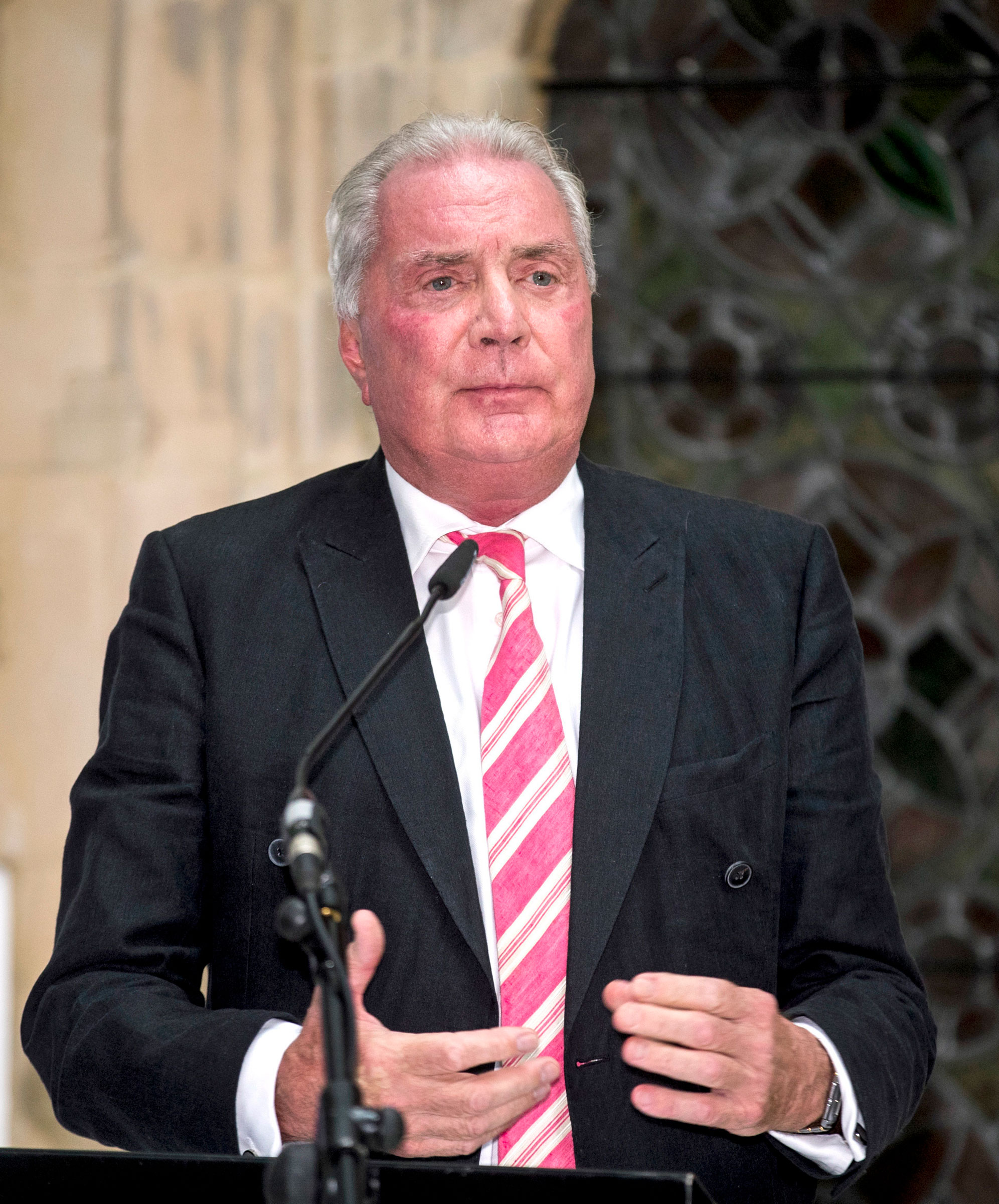
Dr. Jim Dornan was likely best known in the United States as the father of Fifty Shades of Grey actor Jamie Dornan, but to the people of Northern Ireland he was a “true visionary” and leading ob/gyn who dedicated his life to helping many people and worthy causes. The elder Dornan died on March 15 in the United Arab Emirates after contracting COVID-19, according to multiple reports. He was 73 and had previously been diagnosed with chronic lymphocytic leukemia in 2005.
“Jim was a wonderful man,” MP Ian Paisley Jr. told the BBC after Dornan’s death. “His ambition, expressed often to me, was to see Northern Ireland and its people flourish and be the best. No obstacle was ever insurmountable for him and he was a great source of encouragement.”
Dornan was also President of NIPANC, a pancreatic cancer charity in Northern Ireland, which confirmed his death and coronavirus diagnosis on social media. His first wife, Lorna, died of pancreatic cancer 1998 when Jamie Dornan was 16. He also leaves behind his second wife, Dr. Samina Dornan, and two daughters, Liesa and Jessica.
The veteran doctor delivered many babies over the years, published numerous research papers on maternal and fetal health issues, and chaired the Health and Life Sciences department at the University of Ulster. He was also president and a founding member of the TinyLife, a charity that aids premature and vulnerable babies in Northern Ireland, which noted that his “inspirational and groundbreaking work has impacted the lives of babies worldwide.”
“It is with deep shock and profound sadness that we hear of the passing of our much loved and highly esteemed colleague,” a spokesman for the Belfast Trust told Belfast Live. Dornan reportedly worked with the Trust as a consulting ob/gyn for more than 25 years. “His contribution to Obstetrics and Gynaecology both nationally and internationally was immense. Jim’s encouragement, zest for life and a real humanness endeared him to us all and to the many, many women he cared for over the years and we will miss him.” —Kathy Ehrich Dowd
Roml Ellis
Since the start of the COVID-19 outbreak, essential workers who have always worked behind the scenes to keep American society moving have shifted into the spotlight as they’ve been called upon to continue working during the pandemic. One of these workers was Roml Ellis of Jeffersonville, Indiana, who worked as a UPS employee for 36 years.
At the time of his death, he was working as a supervisor at Worldport, UPS’ worldwide air hub based at Louisville Muhammad Ali International Airport, according to WDRB, a Louisville-based news source. Although he had no known preexisting health issues, he died on April 4 after testing positive for COVID-19, Clark County Health Department in Indiana confirmed to WHAS. He was 55. UPS declined to comment to TIME on his death.
Growing up in Louisville, Ellis always dedicated himself to anything he set himself to, whether it be his studies or football, Tim Murphy, Ellis’s friend since elementary school, told TIME. A teammate of Ellis’ through elementary school and high school, Murphy said that while Ellis was reserved, he had a sly sense of humor and was always someone you could count on.
“You could trust in what he’d say. If he said he would do it, he would do it,” Murphy said.
Ellis’ dedication later carried him to a football scholarship at Georgetown College, and he later graduated from the University of Louisville, according to his obituary.
Later in life, Ellis’ priority shifted to his three sons, according to Murphy, and his dependability served him well as a father. “There was always a sense of calm around him, because there was never any doubt that he would keep up his end of the deal.” —Tara Law
Helen Etuk
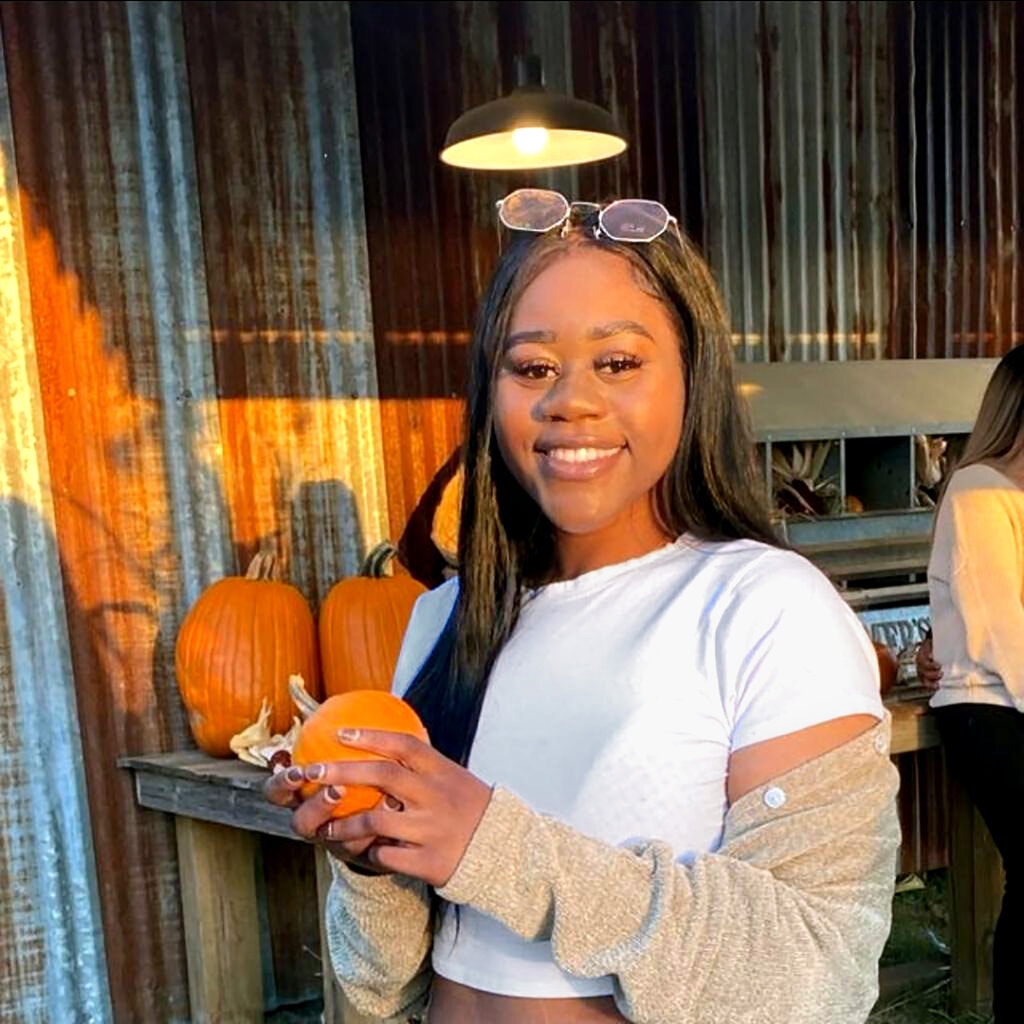
Helen Etuk greeted nearly everyone she met with a smile. “She was so happy,” her older brother Jeff Ayisire tells TIME. “We would just call her a gentle soul.”
A senior at the University of North Texas (UNT), Etuk was dedicated to her studies, her family and her Christian faith. On track to graduate in 2021, she planned on continuing to medical school to become a pediatrician. “That was her drive, to just go ahead and help kids,” Ayisire says. “And of course her biggest goal was to get to the point financially where she [could] help my mom to never work again.”
But Etuk never had the chance to reach those goals. She died on Jan. 12 from complications related to COVID-19. She was 20.
“She was somebody who’s just about love and forgiveness and peace,” says Ayisire. “Someone that was strong of faith. Even to her last breath, she was always telling us to be strong, and just continue to love and believe in God.”
In the fall, Etuk returned to attending in-person classes after UNT reopened, promising her family she’d be extra careful to take social distancing measures since she suffered from lupus, a disease of the immune system. But she developed a bad cough in October, Ayisire says, and returned home to Arlington, Texas, to be safe. Her condition soon worsened, and she lost her sense of taste and smell. She then became unable to walk down stairs without being carried. Etuk was hospitalized in early November, and never returned home.
Etuk is survived by her mother, five brothers, and three sisters. Her family is raising money for a scholarship to UNT in her name, to honor her love of learning. Her mother also hopes to create a nonprofit to help support people suffering from lupus, Ayisire says. “Those are some things we’re trying to do to have her legacy live on.” —Madeleine Carlisle
Adeline Fagan
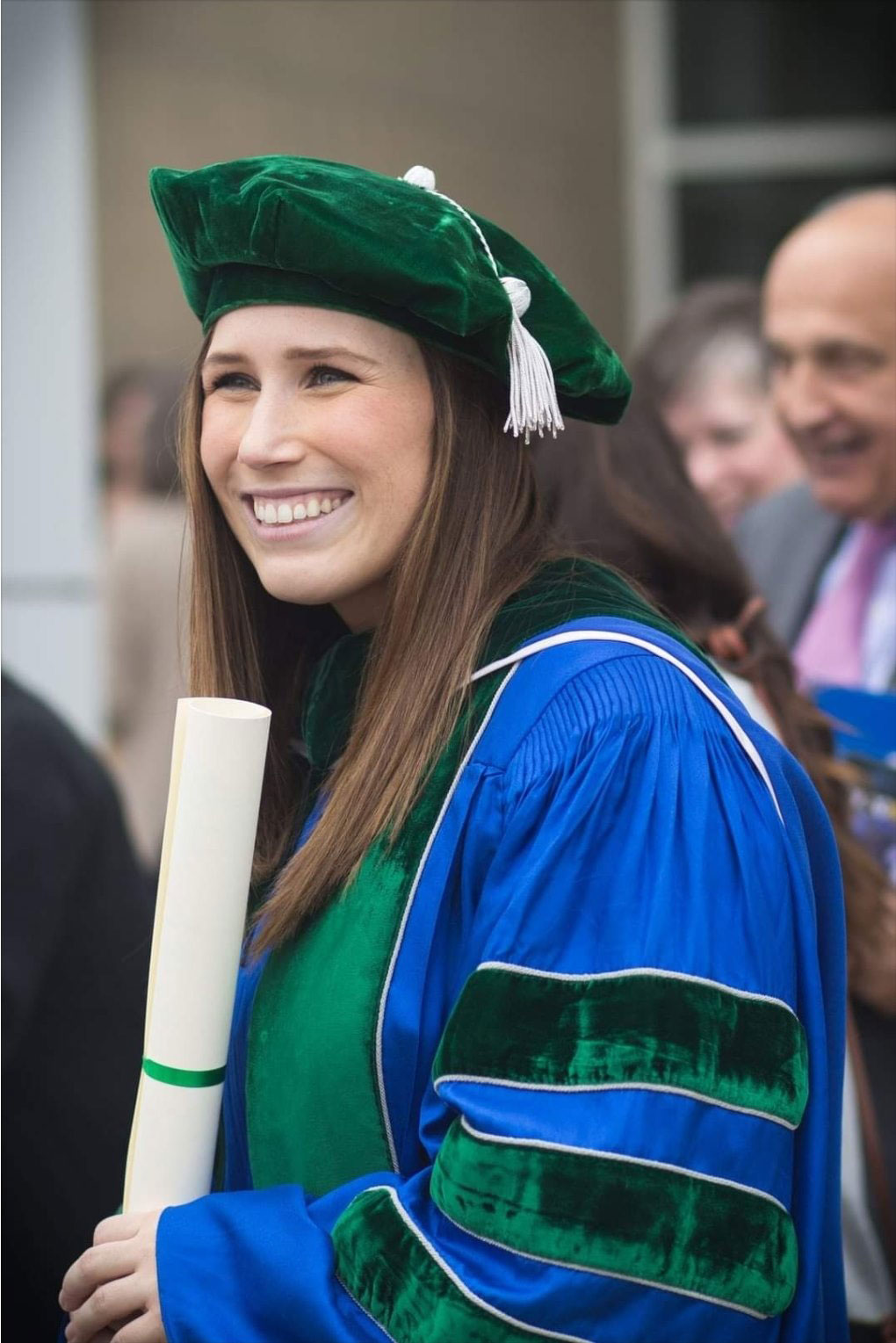
Even when life was a challenge, Adeline Fagan chose to focus on the good things to happen each day.
“After a great day at work, or even a terrible day, I could always count on her to come home and be like, ‘Maureen, do you want to watch Moana?’” Maureen Fagan, one of Adeline’s three sisters, tells TIME. Although Adeline was endearingly uncoordinated, they would sing and dance together to Disney songs to blow off steam, Maureen says.
But their ritual ended for good on Sept. 19, when Adeline died after a long battle with COVID-19. She was 28 years old, and two years into her residency as an OB/GYN in Houston.
Although Adeline’s work mostly involved delivering babies, she had begun to treat COVID-19 patients in the ER. On July 8, Adeline came home from work feeling sick. By Aug. 3, she was placed on a ventilator. On the morning she died, her parents were there to hold her.
The Fagan family is sharing Adeline’s story with the hope that the public will more fully understand the seriousness of COVID-19, and that even young people are susceptible to the virus.
“This most likely could have been prevented,” Maureen says. “A 28-year-old, who really only had the underlying condition of asthma, is dead.”
Maureen plans to follow in Adeline’s footsteps and become a doctor as well. “I want to try to fill those shoes and continue on the legacy that she’s left behind,” Maureen says.
Adeline’s father, Brant Fagan, also encourages the public to be more like Adeline.
If you can do one thing, be an ‘Adeline’ in the world,” he wrote in a public message on the day of Adeline’s passing. “Be passionate about helping others less fortunate, have a smile on your face, a laugh in your heart, and a Disney tune on your lips.” —Jasmine Aguilera
13 Felician Sisters From One Michigan Convent
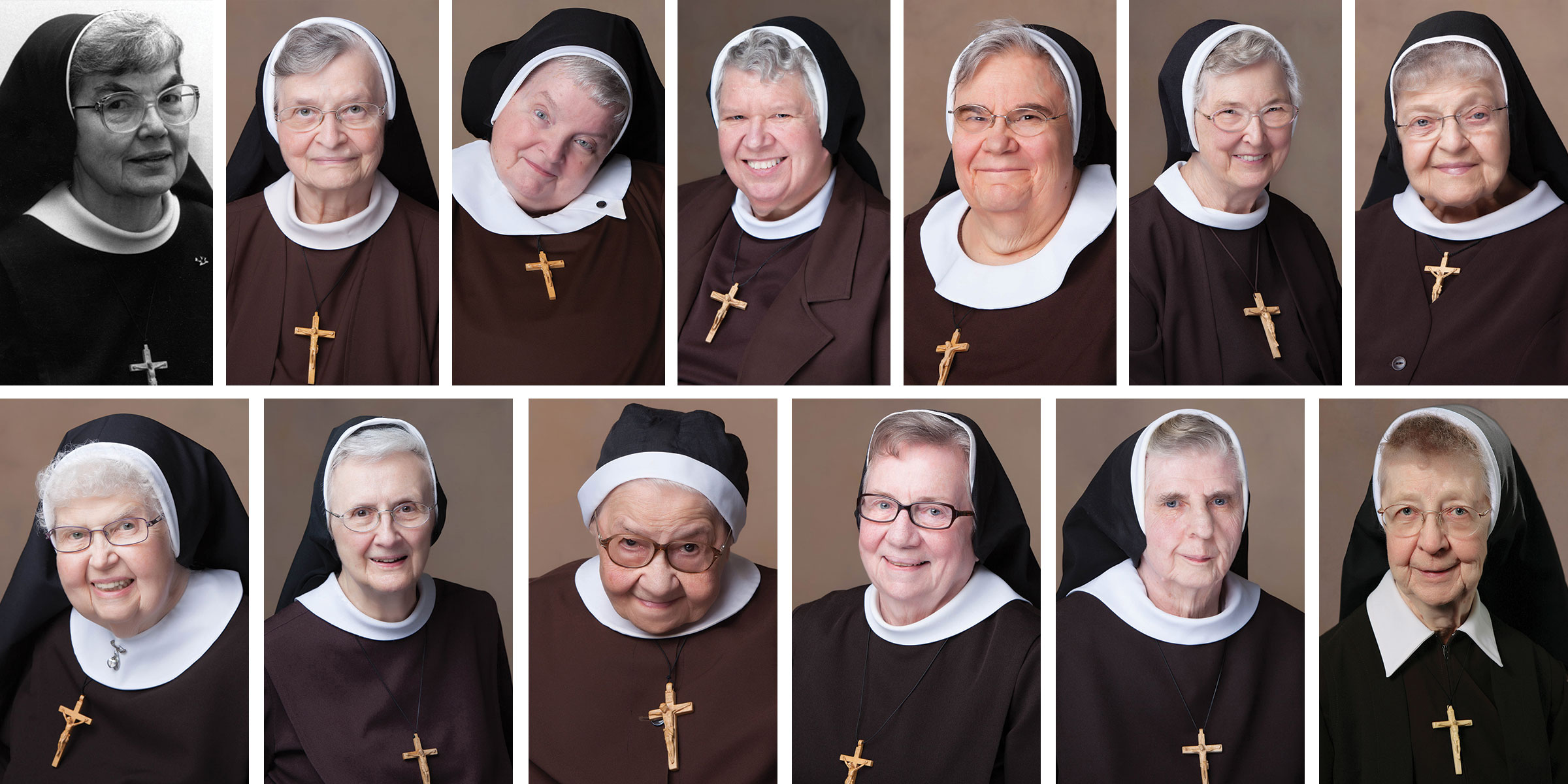
Thirteen religious sisters from the same convent have died from the coronavirus, with twelve passing in the span of a month.
The women, aged 69 to 99, were all members of a Felician Sisters convent in Livonia, Michigan.
On Good Friday, the virus took the life of Sister Mary Luiza Wawrzyniak, 99. By the end of April, eleven other sisters had passed. A thirteenth sister, despite an initial recovery, passed away in June.
“The sisters in Presentation of the Blessed Virgin Mother convent in Livonia—as well as all of us in the province—are still very much dealing with the loss of so many sisters,” Suzanne Wilcox English, Executive Director of Mission Advancement for the Felician Sisters of North America, tells TIME.
The sisters, all of whom were longtime members of the convent, lived, prayed and worked together. Prior to their retirements, the women had worked as school teachers, college professors and principals; librarians, nurses and organists.
Sister Wawrzyniak had “served as the ‘sunshine person’ for the local ministry sending feast day and birthday cards to the Sisters in the infirmary,” an obituary reads; Sister Victoria Marie Indyk, 69, led nursing students on regular trips to the Felician Sisters’ mission in Haiti. Sister Rose Mary Wolak, 86, spent eight years working as a secretary in the Vatican’s Secretariat of State; Sister Thomas Marie Wadowski, 73, once led a second-grade class to win a national prize in a Campbell’s Soup commercial competition.
For many sisters, who normally pray alongside those who are dying, having to socially distance during a time of grief was difficult. “Normally, we will share stories about the sister we have lost during the vigil, the night before the funeral, but we have been unable to do so,” says English, who adds that “their collective impact on the community has been, and continues to be, very deep.” —Mélissa Godin
Alan Finder
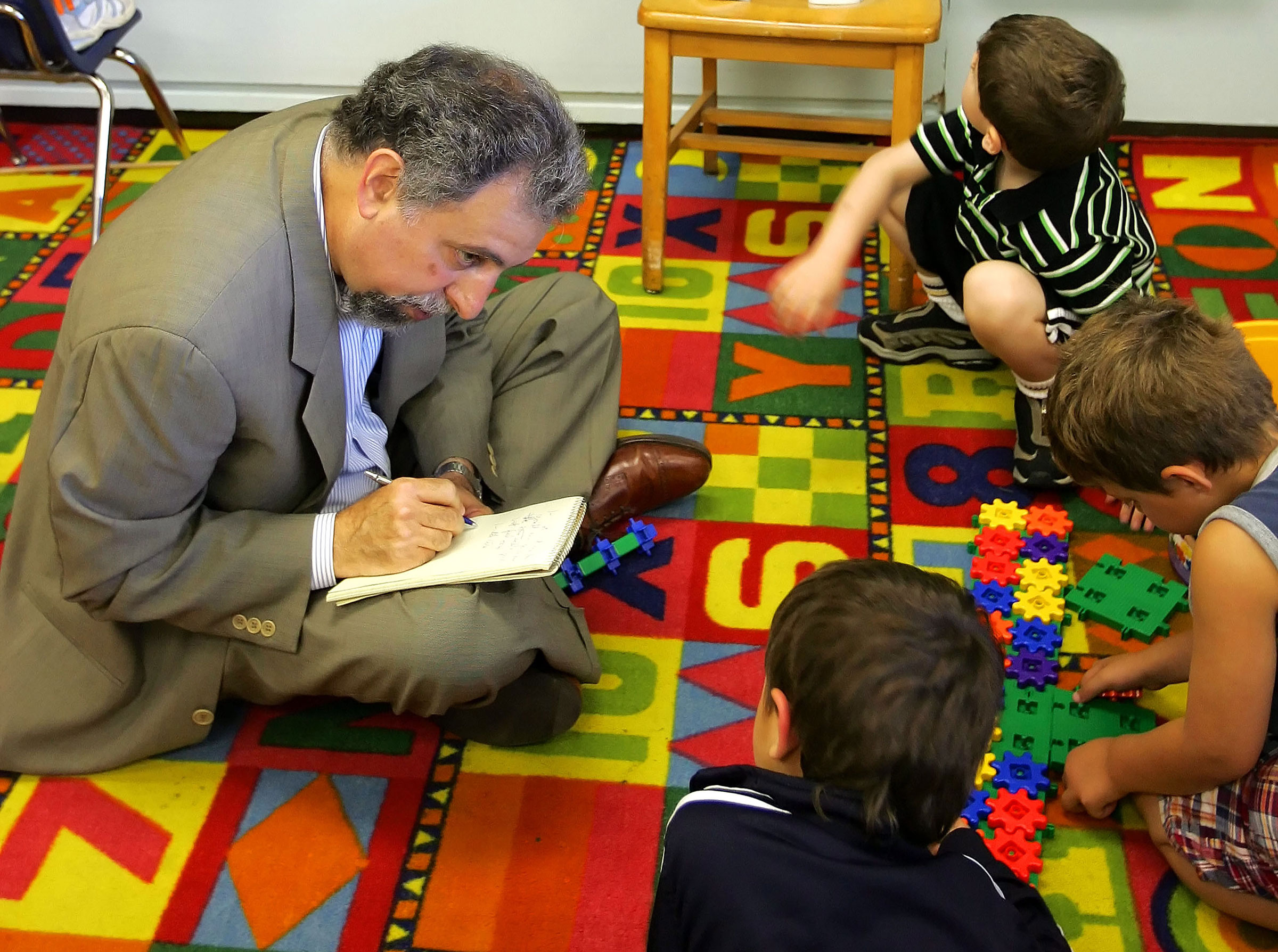
Alan Finder wore many hats during his three decades at the New York Times. As both a reporter and editor, he covered New York City government, international news, sports, higher education, labor, transportation and much more.
But no matter the subject, Finder approached his stories with the same even-keeled work ethic and attention to detail. He challenged power structures and gave voice to the disenfranchised; he was beloved by colleagues and served as an essential mentor to several generations of budding journalists. He died at 72 on March 24 after battling coronavirus for several weeks.
On Twitter, Times editor and reporter Richard Perez-Pena called him “the greatest colleague I’ve ever had and one of the best people I’ve known” and also noted that “Alan was a font of sanity, decency, wisdom, humor and calm in a crazy, often harsh business.”
Finder was born in 1948 in Brooklyn and started his career as a local cub reporter for the Bergen Record in Hackensack, N.J. After a four-year stint at Newsday he joined the Times in 1983, where he distinguished himself for his diligent approach to covering highly technical and corruption-plagued realms like housing, labor and transportation.
When Joan Nassivera arrived at the newspaper in 1988 as an editor, the first story she edited was one of Finder’s. “He understood who pulled the wheels of power and how these people intersected—and could explain it all to the average reader and make it interesting,” she said. “He treated editors as equals or better, even though he didn’t really need any help.”
In 1994, his reporting deflated New York City’s claim that it was giving more city contracts to women- and minority-owned companies. The next year, he uncovered the grotesque practices of New York City’s sweatshops, writing about 12-hour-days and fire doors sealed shut by large padlocks.
Over the next decade-plus, Finder would prove his flexibility, serving as a sports editor, then an education reporter, then an editor on the international desk. He took many journalists under his wing, offering them invaluable advice or just an open ear.
“He was a guy who people looked to for guidance and for help,” said Patrick McGeehan, a New York Times reporter who called Finder a friend and colleague for more than a decade. “It was not at all uncommon to see him huddled with someone, talking very quietly.”
When Finder died he was still working editing shifts at the Times, but was spending more time with his wife Elaine, daughter Lauren, and son Jacob. “He didn’t take himself seriously, and he took his job seriously enough to be one of my two favorite editors ever,” Nassivera said. “But what he did take seriously was his family.” —Andrew R. Chow
Theodore Gaffney
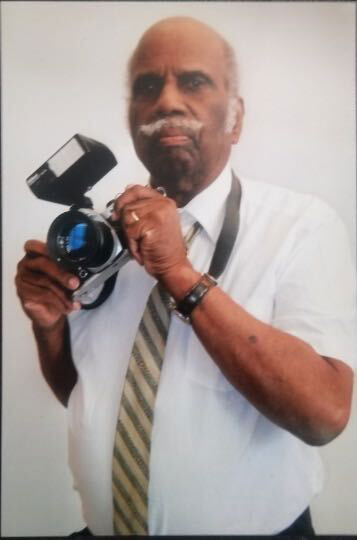
When Jet magazine asked the photographer Theodore Gaffney to travel with the Freedom Riders in 1961 to document their journey to Birmingham, he agreed without thinking twice. “I didn’t think anybody was going to be violent because there was nothing violent about me,” he said in the 2011 “Freedom Riders” Interview Collection.
Gaffney ended up with a front-row seat to one of the most significant events of 20th-century American history. The Freedom Riders, who traveled the American South to challenge the segregation of buses and terminals, revealed American injustice to the world, charted a course of nonviolent action that would lead to the Civil Rights Act of 1964 and galvanized a new generation of civil rights leaders. Along the way, they were met by vicious mobs and eventually federal intervention. And Gaffney was there to capture it all. On Easter Sunday, the longtime photographer died at age 92 from the coronavirus.
“He was interested in documenting the struggle of people of African descent here in the U.S.,” his wife, Maria Santos-Gaffney, tells TIME. “He would say, ‘If you don’t believe you can change things, you won’t know until you try.’”
Theodore Gaffney was born Nov. 22, 1927 in Washington, D.C. He was the descendant of slaves who worked on a plantation near Gaffney, S.C., his cousin Patricia Johnson told the Washington Post.
When Gaffney came of age, he enlisted in the Army and entered active duty just after World War II. After his service ended, he took classes at Catholic and Howard Universities and developed an interest in photography.
As a photographer, he spent much of his time photographing politicians and activists on Capitol Hill. In 1956, he found himself the subject of news when pro-segregation Sen. Olin Johnston ordered a Senate guard to seize his film after Gaffney took a picture of Johnston and NAACP representative Clarence Mitchell.
Five years later, when Gaffney was 33, Jet asked him to join the Freedom Riders. The rides would soon turn violent as mobs targeted the buses. Gaffney says his position made him especially vulnerable, since their attackers did not want their violence documented. At one point, white supremacists boarded the bus and began beating activists. Gaffney snapped two pictures and then slipped his camera back into his pocket.
“I was wondering if I was crazy,” he said in the 2011 interview. “I don’t know how they train you to be nonviolent when you’re getting your head beaten. I was afraid I might not come back.”
Gaffney made it out safely and resumed work on Capitol Hill. He was retired and living in Brazil when he met his wife in 1986.
“While in Brazil, he would be out and about all day long, going to the historic sites, talking to young people, trying to encourage them to get educated,” Santos-Gaffney says. The pair was married two years later; they moved to the U.S. and had two children, Theodore and Walter Santos-Gaffney.
Even in his last weeks, Santos-Gaffney says her husband retained his inquisitive spirit. “He was reading everything he could get his hands on,” she says. “His mind was very active.”—Andrew R. Chow
William Garrison
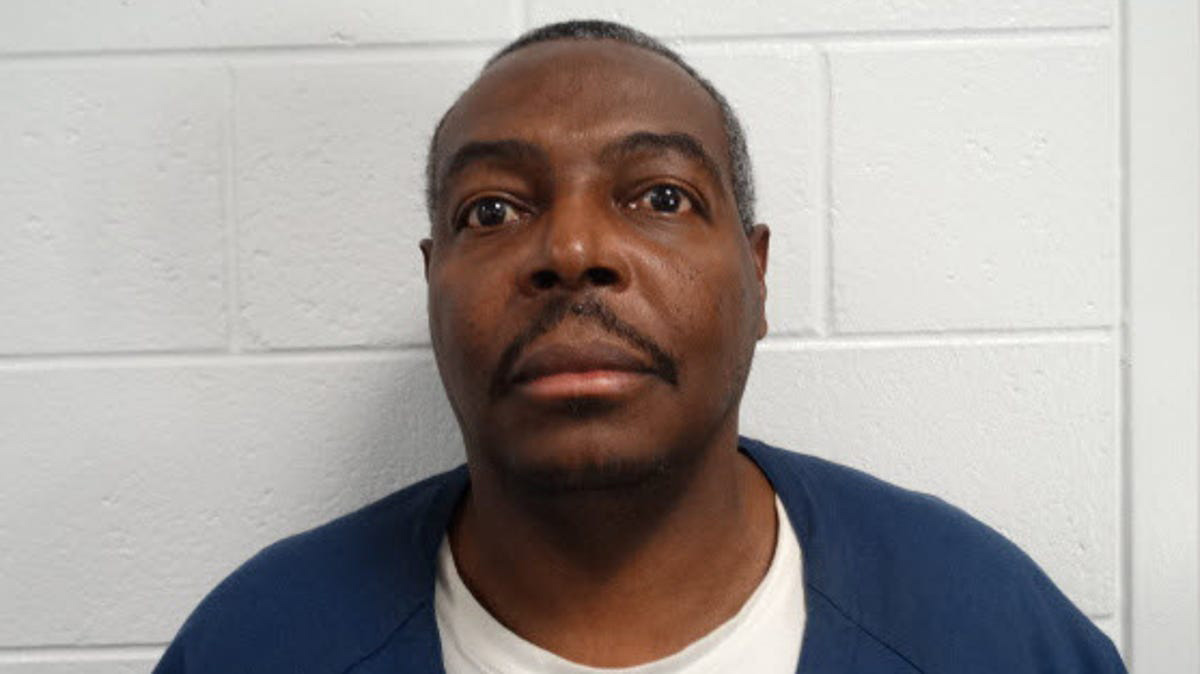
After 44 years behind bars as a juvenile lifer, William Garrison was set to be released from the Macomb Correctional Facility in Michigan on May 6.
But just three weeks short of that date, on April 13, he died of complications from the coronavirus. He was 60 and one of 39 inmates to die from COVID-19 in Michigan Department of Corrections (MDOC) facilities as of April 28.
Garrison’s sister Yolanda Peterson supported her brother during his decades behind bars, and had been preparing a room for him in her home for when he was released; it was approved by a parole officer just one day before his death. “My brother shouldn’t have died in there like that,” Peterson told the Detroit Free Press. “He was looking forward to getting out.”
At 16, Garrison was convicted of murder and sentenced to life in prison without parole in 1976. He was recently resentenced, following a 2018 Supreme Court ruling that banned life-without-parole sentences for minors, and was offered parole in February. However, he turned it down because he felt the court had done him an injustice with his original sentence, according to MDOC spokesperson Chris Gautz.
Garrison had accrued “more than 7,000 days of good time credit” while incarcerated, “and thought he should be allowed to be freed without parole,” Gautz tells TIME. “This was just an unfortunate case all the way around.”
Garrison was later identified among prisoners “vulnerable” to COVID-19 as it began spreading in jails and prisons across the U.S., and was included in an MDOC list of parole-eligible inmates who could have been released early. Although he had consented to be paroled on those grounds, Garrison died while waiting to hear if the county prosecutor’s office would appeal his release.
Other Macomb inmates have since said Garrison’s cellmate had been sick prior to his death, Yolanda Peterson claims. MDOC spokesperson Chris Gautz says that Garrison had not reported any symptoms or illness (he was tested for the coronavirus only after his death) and that his cellmate has since tested negative.
Becky Hahn, Garrison’s attorney, told the Free Press he was passionate about advocating for incarcerated people and helping them with legal matters: “I really do think that if he was here, he would want his death to shed light on the dire situation that those others are facing in MDOC.” —Josiah Bates
Vickey Gibbs
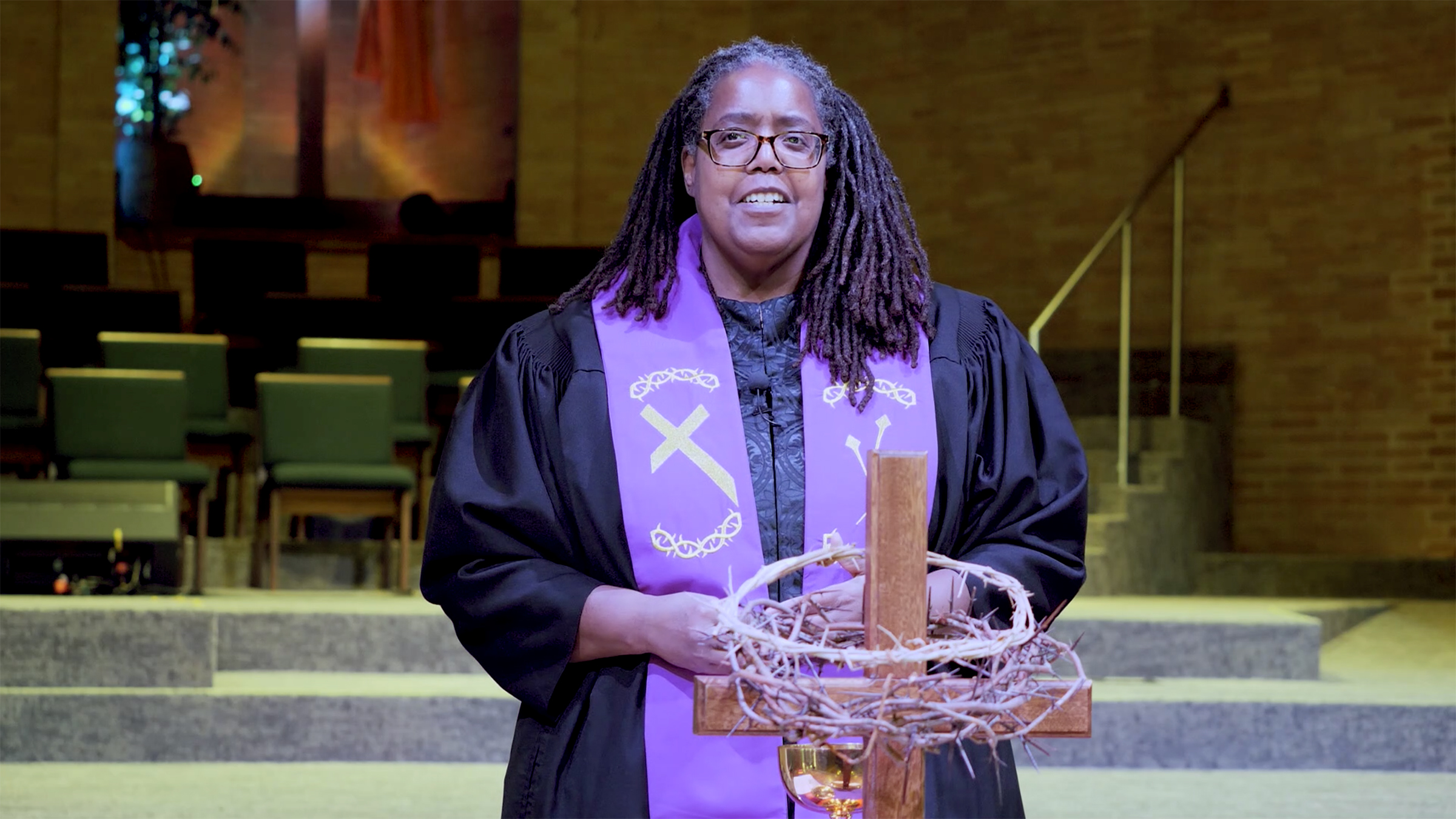
Even as Rev. Vickey Gibbs was ill in a hospital bed, stricken by the coronavirus, the pastor’s cell phone continued to be flooded with messages from her congregants. “There were still so many people calling or sending texts, asking, ‘Can you call me today? Can we pray today?’” Cassandra White, Gibbs’ wife, tells TIME.
Gibbs, an associate pastor at Resurrection Metropolitan Community Church in Houston, was an indispensable church leader, quick to provide members with prayers, homemade food, or her signature warm smile.
“Her not being here is not only a huge loss for me and my family, but it’s a huge loss for many who relied on her,” White says.
After her death, on July 10 at age 57, tributes to Gibbs poured in on a Facebook page dedicated to her memory.
Over the course of nearly 40 years at the congregation, Gibbs became an invaluable pillar of the church, developing diversity and inclusion curriculums and helping to establish a gospel ensemble focusing on African American worship music.
On June 7, as the country erupted into protests over the deaths of Black Americans including Ahmaud Arbery and George Floyd, she delivered an impassioned final sermon, decrying the insidious fractures that plague the U.S. Gibbs challenged church members to confront inequality and injustice head on.
“We can begin to create the change that we say we seek,” she said during the sermon. “We must be the bridge to equality by demanding change.”
Gibbs is survived by her wife, two daughters, and her 18-month-old grandson. Ever a meticulous planner, Gibbs left behind a detailed list of things that White should do in the event of her passing. “In one of the lines she wrote, ‘I apologize, I was hoping we would have more time together,” White says. Gibbs also requested to tell “Boo”—her nickname for her grandson—that she loved him every day. —Paulina Cachero
Annie Glenn
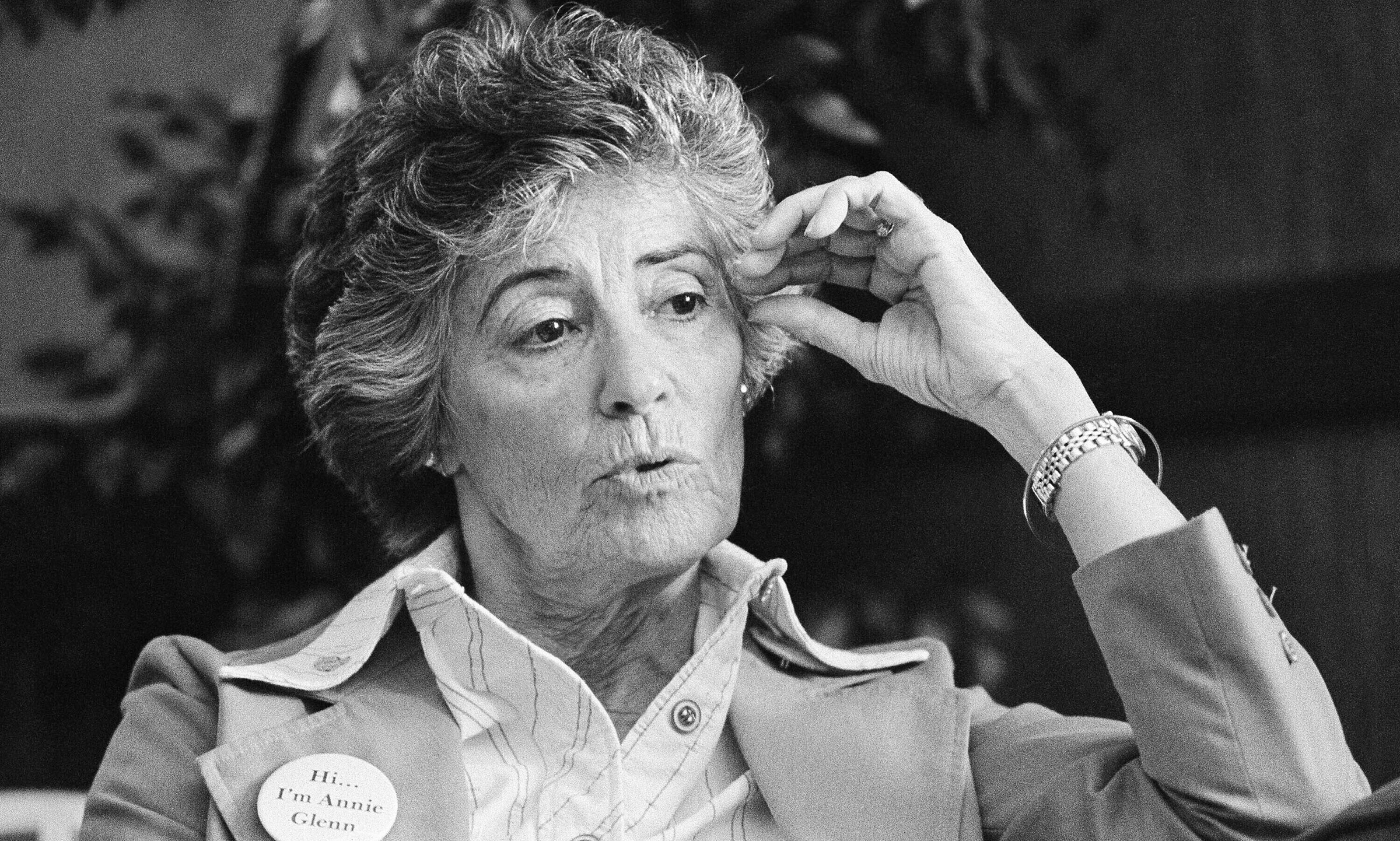
Sometimes a life ends on a little whiff of poetry. So it will be for Annie Glenn—widow of astronaut and Senator John Glenn—who died of complications from COVID-19 at age 100 on May 19. When Glenn’s virtual memorial service is held on June 6 it will be presided over by the pastor of the Broad Street Presbyterian Church in Columbus, Ohio: the Reverend Amy Miracle.
In many ways, Glenn’s life was its own sort of century-long miracle. It was miraculous that she met her future husband literally in the playpen, when she was three and he was just 19 months old. (Their parents were part of a local cards club.) It was miraculous that they married 20 years later, in 1943, and remained together for 73 years until Senator Glenn’s death in 2016.
“I have never known a world that didn’t include Annie,” he told me when I spoke with him before his second flight to space, at age 77, in 1998.
And it was miraculous too that Annie Glenn survived and thrived in a national spotlight for decade upon decade while suffering from a stutter so paralyzing that when she was a young woman, she would write down her destination and hand the paper to a bus driver rather than attempt to speak her stop. Glenn eventually overcame the problem after undergoing intensive therapy in the 1970s, and went on to campaign for her husband during his presidential run in 1984. She was honored with the Department of Defense Medal for Outstanding Public Service in 1998, but more important was the annual award named for her by the National Association for Hearing and Speech Action, in 1987.
It is a story often told—and a true one—that before John Glenn went off to war in 1944, he told his then-new wife that he was just going down to the corner store for a pack of gum. He would repeat that little ritual over the years before military missions, test-piloting flights and his two trips to space. Widowed for four long years after a marriage of more than seven decades, Annie has now, at last, joined John at their corner store. —Jeffrey Kluger
Fred the Godson
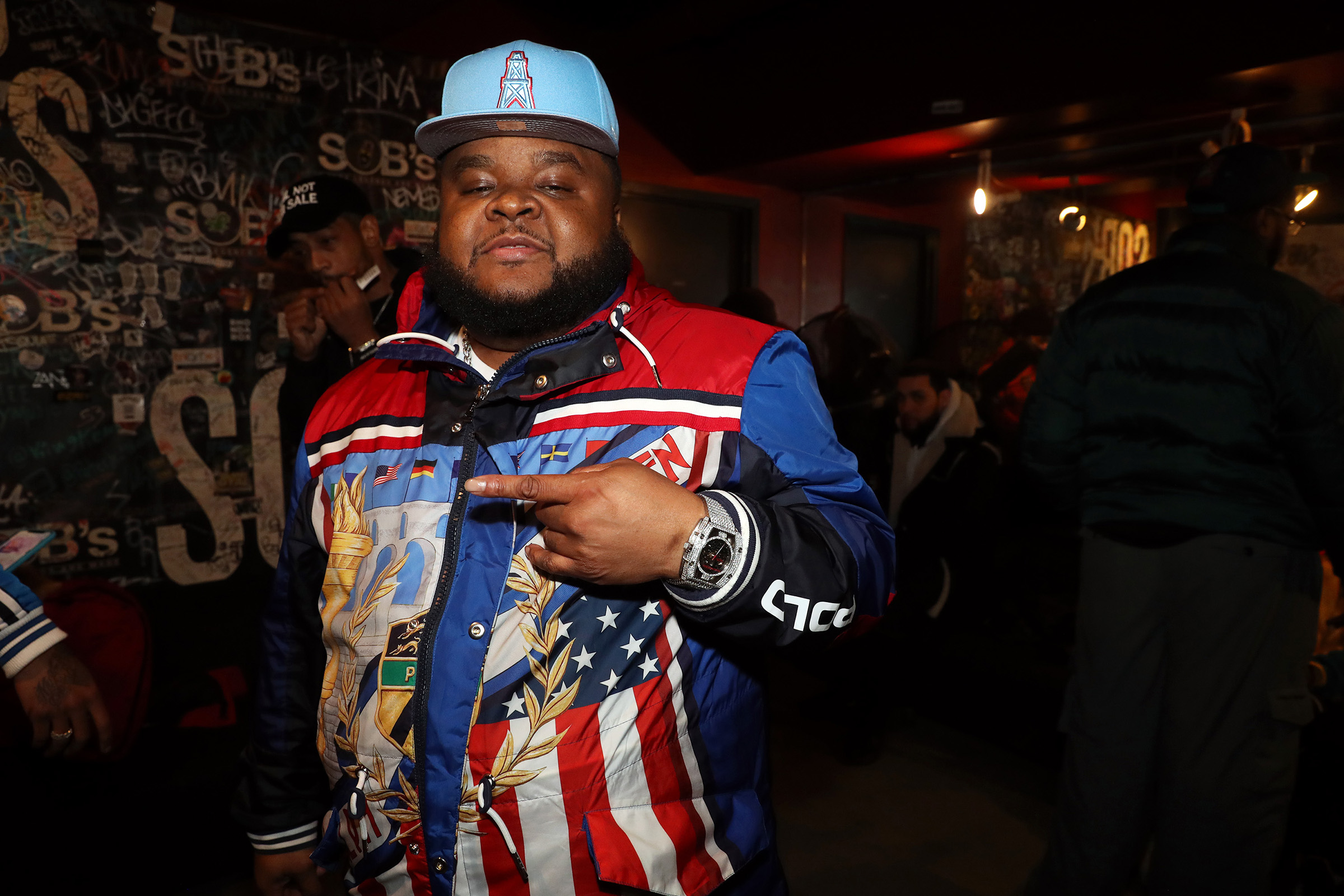
Fred the Godson’s lyricism often seemed to emanate from a different era of hip-hop. The compact Bronx wordsmith constructed his verses with a keen attention to cadence, puns, punchlines, assonances and homonyms; he was revered by many rappers and producers as one of the sharpest writers in the rap community.
“I always try to bust my brain to think about things nobody would think about, so I can prove to people I belong in this joint,” he said on the radio show The Breakfast Club in 2011.
After a decade-long career, Fred the Godson died on April 23 from complications of the coronavirus. He had been in the hospital for several weeks; on April 6, he posted a picture of himself wearing an oxygen mask on Twitter, writing, “Please keep me in y’all prayers!!!” He was 41, according to his manager David Evans.
Born Frederick Thomas in the South Bronx, Fred the Godson grew up in poverty, with a father who struggled with crack cocaine use. When he was a child, a fire in his apartment forced his family—which included his parents and five siblings—into a two-room shelter.
As a high schooler, Fred the Godson was a firsthand witness to New York’s golden age of hip-hop in the ‘90s, in which the Notorious B.I.G., Nas and Jay-Z all rose to prominence out of low-income neighborhoods. Fred the Godson idolized that slick-talking, verbose trio and rapped casually himself, but was hesitant to pursue it as a career: “I looked at rappers like superheroes,” he said in a 2012 interview. “I have rappers on this pedestal that was so high, I never thought that I could reach it myself.”
But as he progressed as a wordsmith, lacing his rhymes with metaphors and witty homonyms, he quickly realized his skill far outpaced that of many in the field. His first two mixtapes, Armageddon and City of God, became cult favorites in an era when mixtapes were still a dominant part of the hip-hop landscape. In 2011, he landed on the cover of XXL Magazine as part of their annual Freshman Class, alongside Kendrick Lamar, Meek Mill and Mac Miller.
Over the next decade, Fred the Godson would deliver hundreds of voluminous, pugilistic verses on his own mixtapes and other artists’ projects. He collaborated with Diddy, Pusha T, Busta Rhymes, Fat Joe, Meek Mill and many other high-profile artists. He continuously resisted signing with a label: “There’s a lot of rappers I know that are signed and don’t make as much as me,” he said in a 2017 interview.
While he didn’t receive the chart success of his aforementioned colleagues, he became a respected underground veteran. His verses were stuffed with double entendres and wordplay that made listeners rewind their tapes. These included: “No label, the block signed him/ Flow off the noodle, I’m top rhymin’ [top ramen]’”; “These A&Rs are comedians like Jerry/ Cause everything they sign fell [Seinfeld]”; “Professionals built the titanic, but amateurs built the arc/ Yeah I nailed it, the hammer is in the park/ My flow they cut and paste, my grammar is very sharp.” =
He was especially active over the past six months, releasing three tapes: God Level in November, Training Day with SNL alum Jay Pharaoh in January, and Payback in March. But in early April, he was taken to the hospital, where he died several weeks later. His numerous health isses, including kidney failure, high blood pressure and diabetes, put him at higher risk after contracting the coronavirus.
The radio personality Sway Calloway said that Fred the Godson “personifies what a true MC is.” The DJ Clark Kent called him “easily one of the most dangerous MC’s around.” And the rapper Kemba, who is also from the Bronx, said he looked up to Fred the Godson as an aspiring lyricist. “Everyone thought he was the best,” he wrote on Twitter. “I was trying to be as good as he was.” —Andrew R. Chow
Mariah and Adan Gonzalez
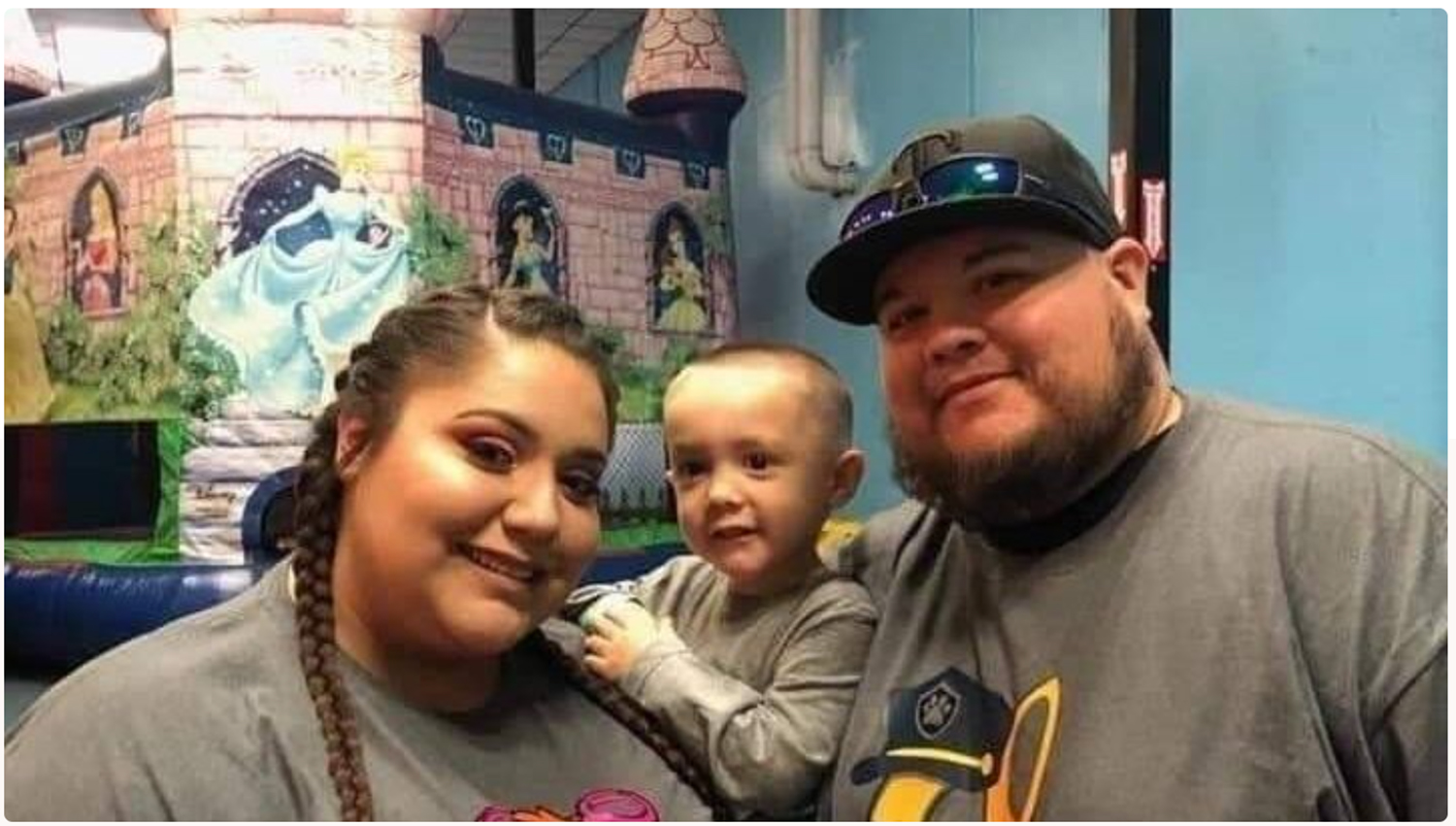
For his fifth birthday, little Raiden Gonzalez is wishing for Hot Wheels and dinosaurs. But more than that, he is wishing for his parents, who died less than four months apart of COVID-19 earlier this year.
“He understands that his dad was sick and had the virus and now he’s an angel,” Rozie Salinas, Raiden’s maternal grandmother, told the San Antonio Express-News. “But he doesn’t want to accept the fact that now his mom is an angel too.”
Adan Gonzalez died on June 26 after contracting the coronavirus while training for his new job as a truck driver. He was 33. His wife, Mariah Gonzalez, reportedly did not contract the virus at that time, but began feeling ill a few months later. She died on Oct. 6 at age 29.
A GoFundMe set up for Raiden and his grandmother, who is now his caregiver, says Mariah and Adan were “best friends” and that “Mariah’s bubbly personality, amazing teaching and makeup skills, her joy of motherhood and beautiful smile will be so beyond missed. She was a light to this world and that light will never dim whether she is here or not.”
Salinas told the Express-News that Adan and Mariah met online and chatted for 10 months before meeting in person. The San Antonio-based couple were together for eight years and “were just a very loving couple. They were always laughing, always in a happy mood.”
She said little Raiden is similarly loving, but is now attempting to make sense of the world as an orphan.
“He’s always thanking me for taking care of him,” Salinas told NBC News. “It’s a hard situation to process.” —Kathy Ehrich Dowd
James Goodrich
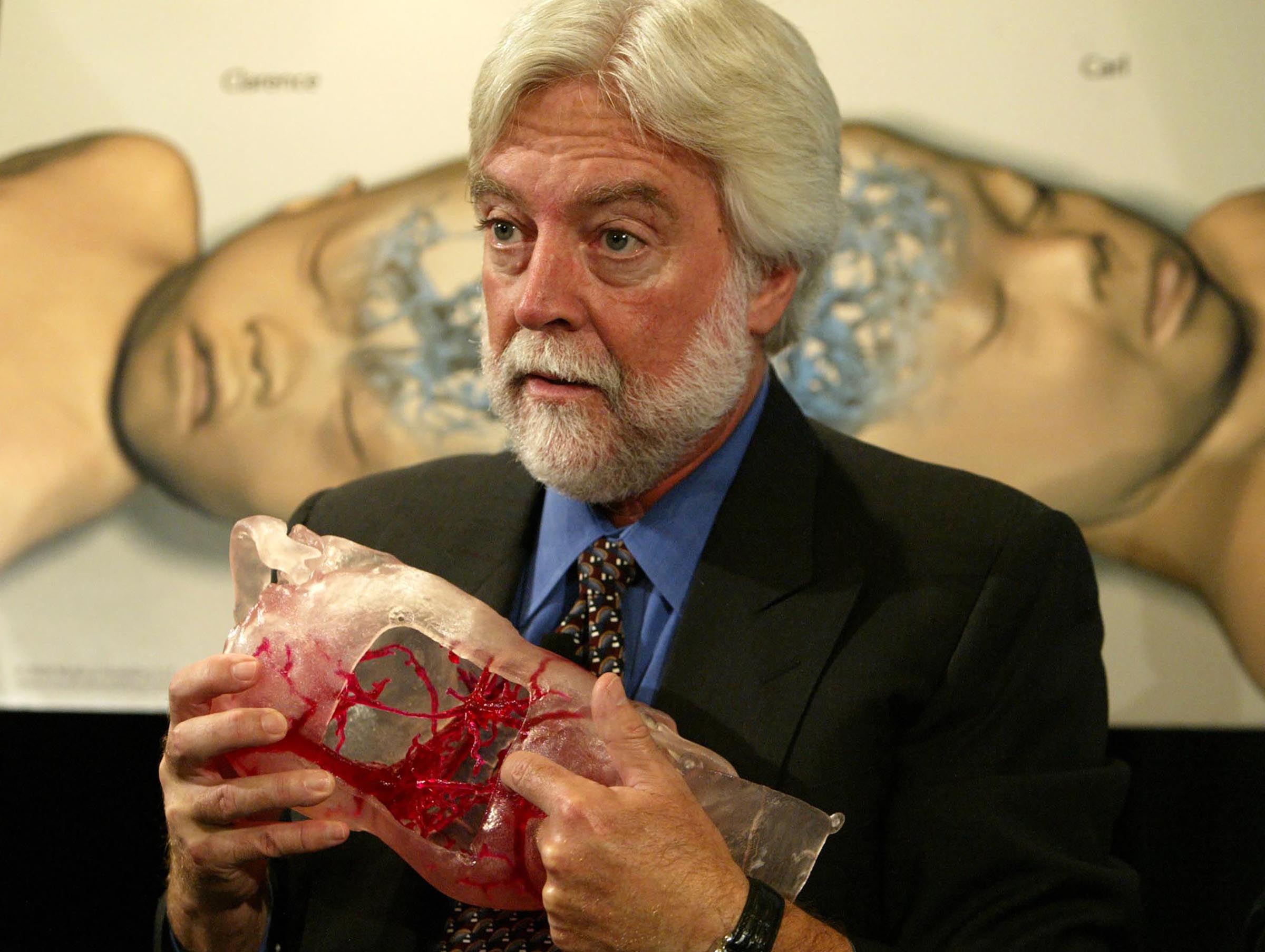
Conjoined twins are a rare phenomenon, occurring in about 1 of every 100,000 births. Also rare are doctors who have the ability to navigate the daunting complexities of their condition. James Goodrich, a pioneering neurosurgeon, was world-renowned for developing a method that could separate twins who were joined at the brain and skull. He shared his expertise in hundreds of cases and led teams through marathon surgeries that famously yielded independent lives.
Goodrich died on March 30 due to complications from the coronavirus, according to the Albert Einstein College of Medicine and Montefiore Medical Center in New York City, where he worked for more than 30 years. He was 73. In a statement, colleagues at the institution remembered the director of pediatric neurosurgery for his singular skills, but also for his humility. Every year, they noted, he baked holiday cookies and brought them to the nurses at the children’s hospital.
“His expertise and ability were second only to his kind heart and manner,” said Dr. Philip O. Ozuah, the CEO of Montefiore Medicine.
One of Goodrich’s highest profile cases came in 2016 when he successfully led a team of 40 doctors in a procedure to separate Jadon and Anias McDonald, who were just over a year old. The surgery lasted 27 hours. In an interview with CNN afterwards, one of his fellow doctors said that it was incredible to see, one millimeter at a time, “one turn into two.”
Another case involved Carl and Clarence Aguirre, twins from the Philippines who were joined at the top of their heads. In 2004, Goodrich led a team that performed several surgeries to separate the boys, who were then two years old. “You gave me a greatest gift,” their mother, Arlene Aguirre, wrote on Facebook on the day he died. “We will never forget you and you will always be part of our lives.” —Katy Steinmetz
Jimmy Glenn
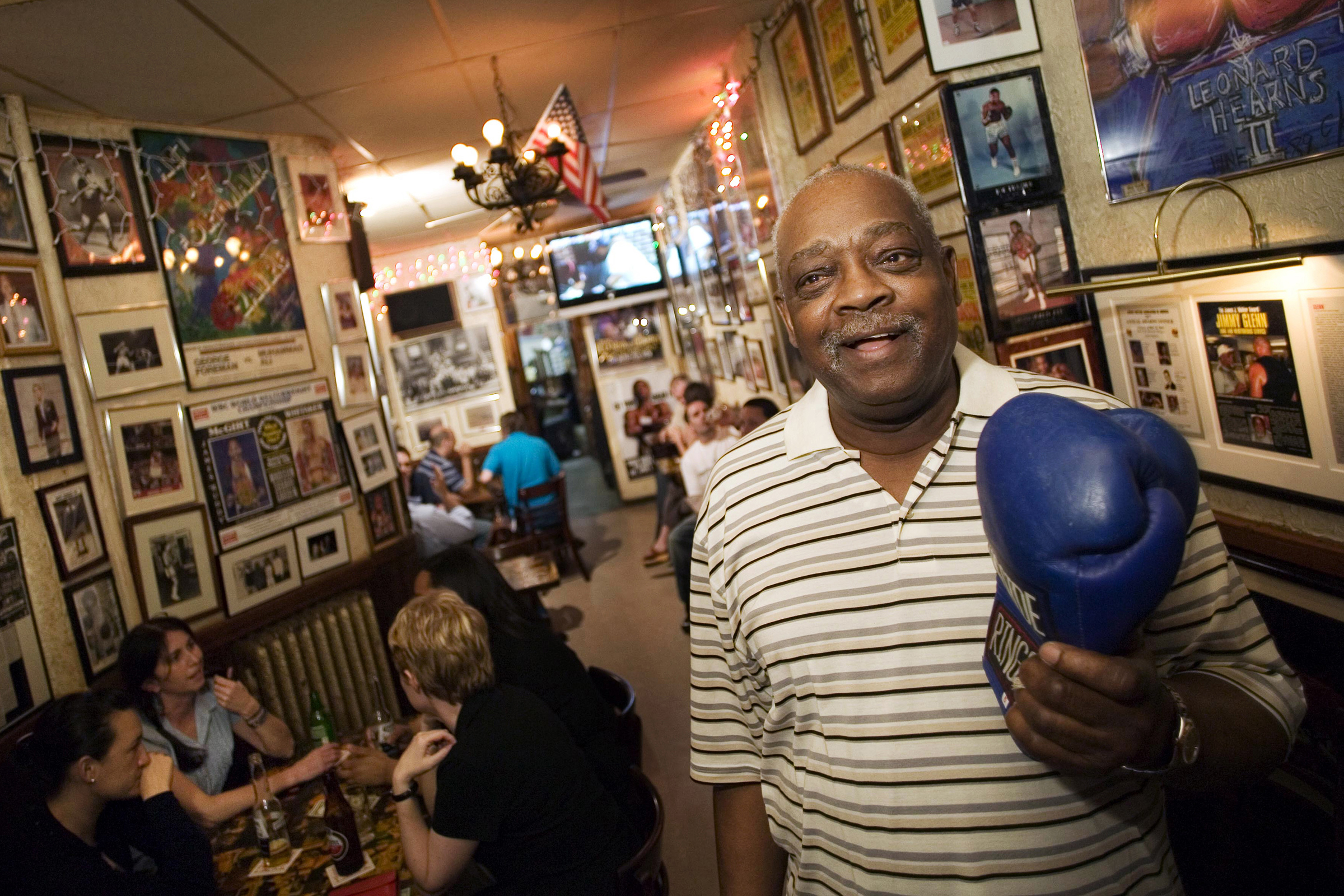
Beloved bars are always about something more than cheap drinks, and Jimmy’s Corner has always been about Jimmy Glenn.
Glenn, who died on May 9 at age 89 of coronavirus complications, was the spirit of the bar he opened in 1971, tucked away just off Times Square. The fading boxing photos and memorabilia on the wall, the jukebox stocked with primo R&B, the bar itself, packed with patrons elbow-to-elbow at the end of the workday: These are all great things, but best of all was to see Glenn wandering through, his carriage sturdy but elegant, surveying his kingdom of happy customers and $3 drinks.
Glenn, himself a former amateur boxer, always had the ring in his heart: He’d been a trainer or cut man for a long list of fighters, including Floyd Patterson and Michael Spinks. He was friends with Muhammad Ali, who would sometimes stop by the Times Square gym Glenn ran in the 1980s and early 1990s. Glenn’s son has vowed that the bar, temporarily closed due to the pandemic, will remain in business. It’s a place that has survived a radically transformed Times Square and an increasingly costly city.
Like the man who opened it, it’s a fighter. —Stephanie Zacharek
Stephen Gregory

Stephen Gregory was breathing OK around 8 a.m. on Thursday, April 9. A few days earlier, Stephen had tested positive for the coronavirus. He asked one of the nurses for water that morning; though he’d had an up and down fever, Stephen, who’s my father’s brother—my uncle—hadn’t been displaying any great respiratory distress. We thought he’d pull through.
But COVID-19, my family learned firsthand, ravages quickly. At some point that afternoon, his breathing stopped. Stephen Gregory—whose lanky moves propelled him to Best Dancer honors at the Park Gardens Rehabilitation and Nursing Center annual Academy Awards ceremony—was pronounced dead, after complications from the coronavirus. He was 68.
COVID-19 has stolen an all-too broad swath of humanity. This pandemic, however, has taken a particularly cruel toll on homes housing the sick, the old and infirm, the developmentally disabled. Those able to fight the coronavirus least. COVID-19 has stolen people like my uncle Stephen, who spent his life suffering from mental illness. He existed in the shadows of society, largely forgotten by all except his immediate family and those who cared for him, daily.
Stephen spent the majority of his adult life under state care. He couldn’t leave the nursing home unless someone signed him out. And while my aunt Anne and my father, Chris, were devoted to taking him to the diner or to Dunkin’—he liked buying chocolate munchkins for the nursing staff—Stephen still lived a lonely existence.
But at least Stephen had a family who cared for him, relatives he could entertain on Christmas. Despite overseeing a facility overcome by fear of the coronavirus, and despite worrying about their own safety, his health care workers looked after him, until he took his final breath. COVID-19 has taken an untold number of people far more forgotten than Stephen Gregory.
That’s something we can’t ever forget. —Sean Gregory
———-
Sean Gregory is a senior editor at TIME
Dr. Alyce Gullattee
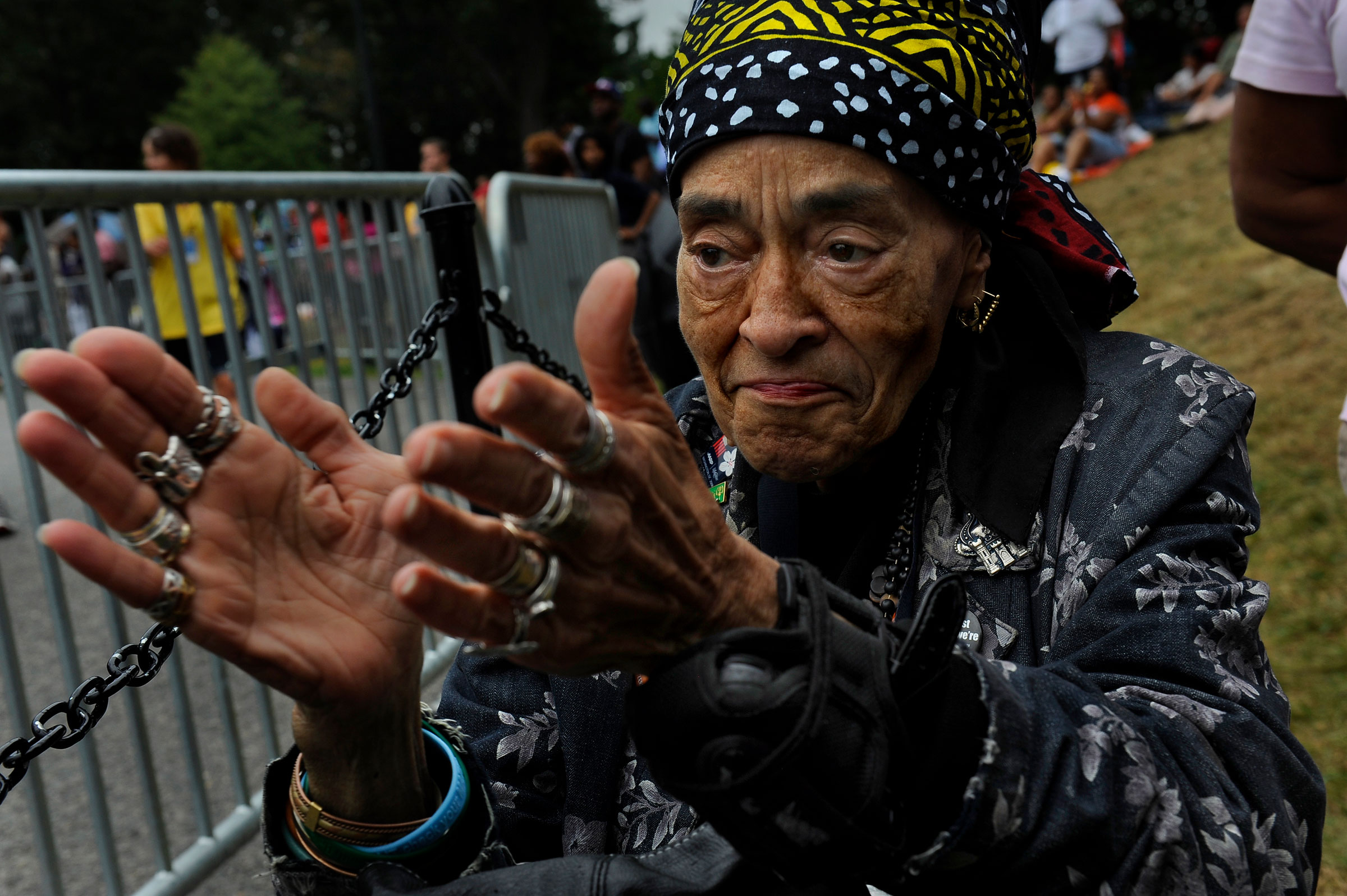
For Dr. Alyce Gullattee, a life in the medical field was a career choice that came early in life. She was one of 12 children and they were often sick, with siblings isolated to prevent germs from spreading. But Gullattee once reassured her mother, telling her, “Don’t worry, one of these days I’ll be a doctor and you won’t have to be quarantined,” Howard University President Wayne A. I. Frederick said in a statement honoring the 50-year faculty member.
True to her word, Gullattee did become a doctor and throughout her career became a trailblazer in the field by protecting and supporting the community’s most vulnerable patients, showcasing her stellar dissection techniques and advocating for civil rights of Black medical professionals and their patients.
Gullattee died April 30 after contracting the coronavirus and spending two months in the hospital. She was 91. According to a Facebook post by her daughter Aishaetu “Tu Tu” Gullattee, her mother was “much beloved by so very many as a surrogate mother and grandmother, a mentor and guide, a teacher, leader, and, yes, a firebrand defender of justice and equality.”
Gullattee, often referred to as “Dr. G” or “Mimi,” was the oldest faculty member at Howard University, her alma mater, and one of the nation’s leading authorities on substance abuse. In 1964, the same year she graduated from Howard University College of Medicine, she founded and was the first president of the Student National Medical Association, an organization that works to support medical students from underrepresented backgrounds.
While Dr. Gullattee entrenched herself fully within the D.C. Black community, where she was beloved, she was also lauded for her expertise in substance abuse within the Capitol. According to the Washington Post, she served on several White House committees appointed by Presidents Nixon, Ford and Carter, and was later hired as an administrator at what is now the Substance Abuse and Mental Health Services Administration.
Jabari Ashanti, one of Gullattee’s grandchildren, told the Post that before hospitals started limiting visitation due to the pandemic, “at least 50 people stopped by her room to share stories about times when ‘she reached into their life and saved it.’” —Nadia Suleman
Alice Guzman
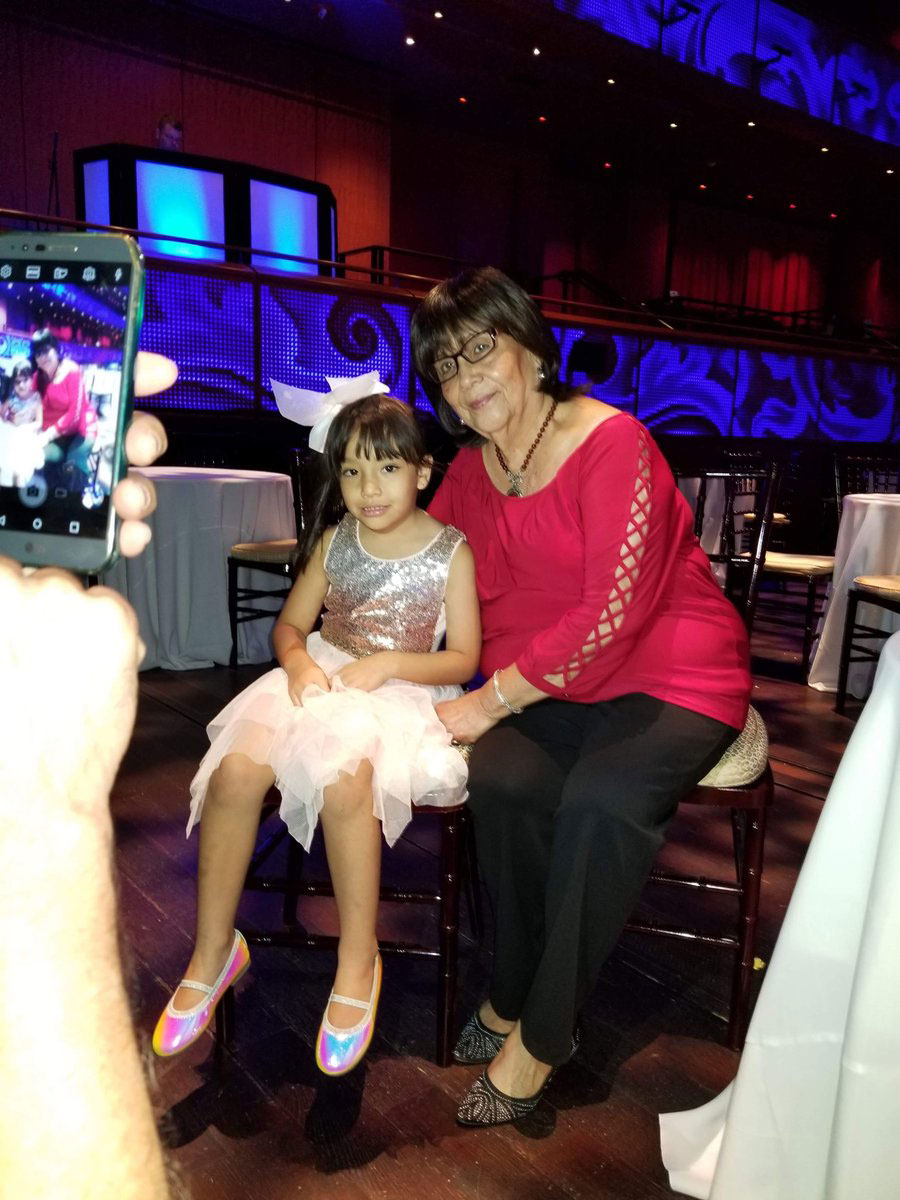
Once, on a trip to San Francisco, Alice Guzman and her husband spent an evening walking along the wall of the city’s iconic Cliff House, the massive waves crashing against it. It’s an image of his late wife that Jesse Guzman will not forget: “You could hear the power of the waves. She was really impressed with that.”
Alice Guzman, who lived in San Antonio, passed away on July 9 after contracting the coronavirus. She was 78. Guzman was a longtime cafeteria worker in San Antonio’s Edgewood Independent School District—a poor, majority-Latino district in which the battle over public school funding has played out in the form of protests and court cases—and was known to keep in touch with colleagues she’d had over the years. She also spent time working as a home care worker, a role in which she cared for her mother.
Guzman is survived by her husband of 31 years as well as two of three children from her first marriage. She also leaves behind step-children including twins Joaquin Castro, a U.S. Congressman for Texas’ 20th District, and Julián Castro, a former Housing and Urban Development Secretary and former Democratic 2020 presidential candidate.
Guzman, who loved preparing meals for others, often put together food for her stepsons’ fundraisers and prepared birthday cakes for family members. She had an impressive collection of cookbooks, and she collected books and magazines as well.
Jesse Guzman describes her as a giving person whose positive impact on others was repeatedly highlighted after her death. “You know a person so well, but then you don’t know how other people also see her,” he says of the condolences people have paid since her death. “They saw her. I was really amazed.”
In a social media post announcing her death, Rep. Joaquin Castro said Guzman was “a warm, loving person and we’ll miss her incredibly,” alongside a photo of her with the congressman’s daughter. “My heart goes out to all of the families who have lost loved ones to this terrible illness.” —Lissandra Villa
Ernesto Guzman
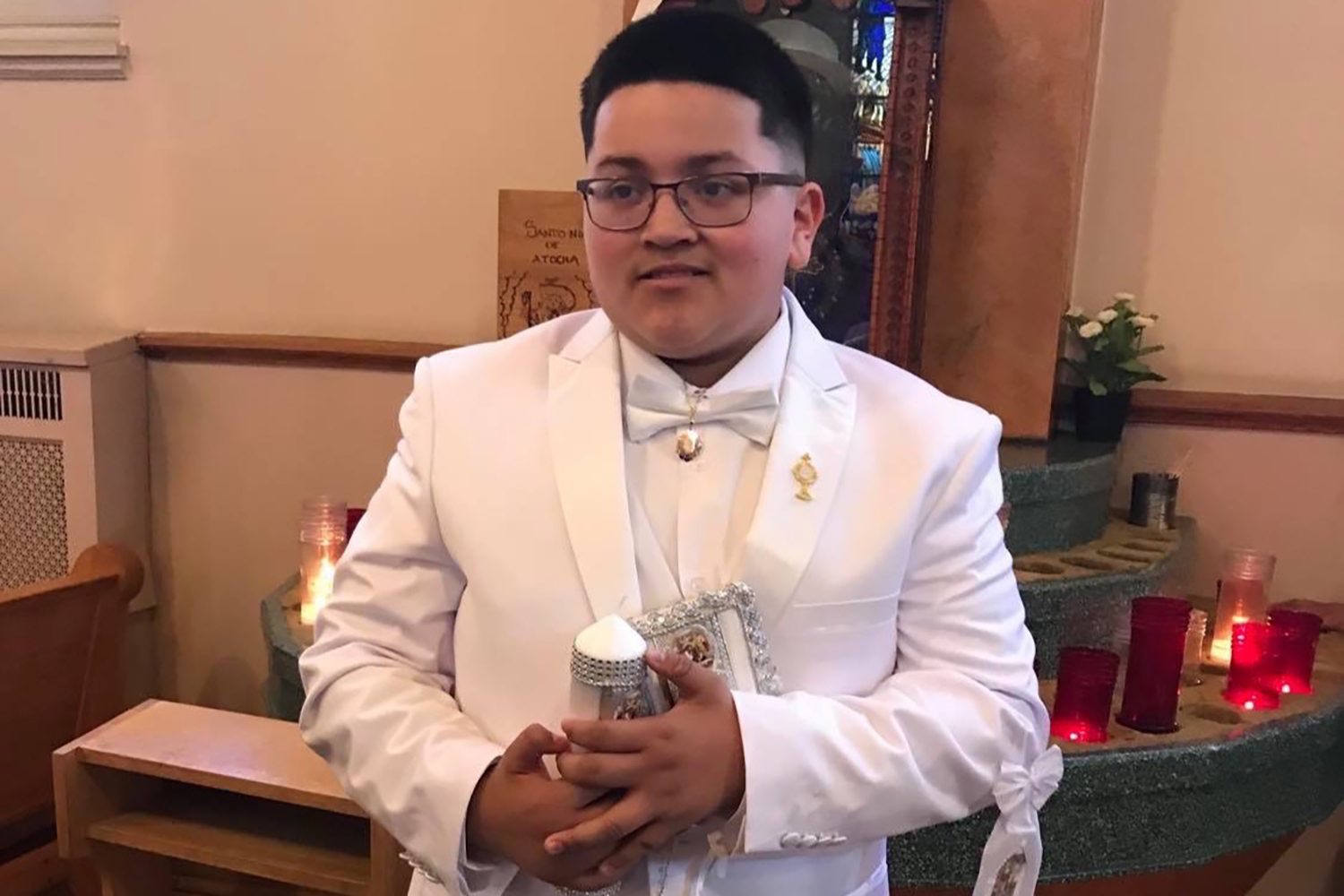
On the way to Ernesto Guzman’s funeral on May 20, his family drove past Acero Marquez Elementary School. Until recently, Ernesto was a much-loved and valued member of the sixth grade class who loved Fortnite, spending time with his friends and a good joke. Several of his former teachers attended his funeral, standing far apart and wearing masks
In the early hours of May 14, Ernesto died from pneumonia caused by COVID-19 at the age of 12. He was the youngest person in Cook County, Illinois to die from the coronavirus at the time of his funeral.
Ernesto “is remembered for being an incredibly sweet and loving confidant to everyone he met. We love Ernesto and will miss him with our whole heart,” a Facebook post from the school read.
For years, Ernesto battled Charcot-Marie-Tooth disease, a rare genetic condition that primarily damages the nerves in the arms and legs. He underwent several surgeries throughout his young life, starting at age 6. Through it all he was known for being the glue that kept his family close and for being a strong and positive light.
Hours after he died, Ernesto’s uncle and godfather, Sergio Lara, created a GoFundMe page with the initial goal of raising $5,000. It has since raised over $29,000.
“While he may have been taken from us at such a young age, we will never forget the importance of unity and family he valued so much,” the page reads. “He was constantly surrounded by love and happiness, and we know he’s made an impact on anyone he’s met.” —Anna Purna Kambhampaty
Michael Halkias
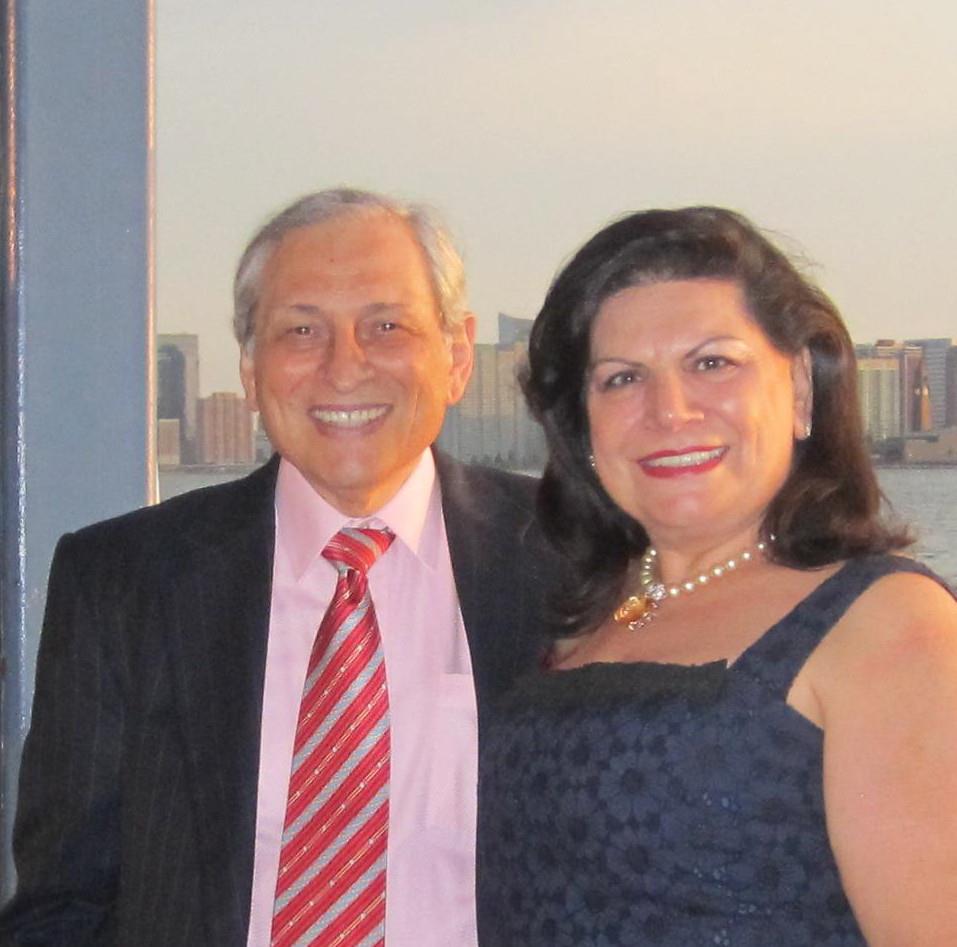
In 1981, Michael Halkias and his wife, Alice, purchased a once-opulent event space on the southern edge of Park Slope, Brooklyn that they would rename Grand Prospect Hall. The establishment, first built in 1892, was once home to some of society’s most hot-ticket events, but by the time Halkias had come into ownership, it was in ruins.
However dilapidated it seemed, Halkias had a vision: He and Alice spent years renovating the concert hall and ballroom to bring back its former glory, adding their own extravagant touches. ”Halkias colors” (gold and pastels) were introduced throughout the space, and the couple even tracked down and bought back some of the original artworks that had been sold off. The grandeur and romance of the venue came back in full, Halkias-style swing, and the hall went on to serve as a set in Wes Anderson’s The Royal Tenenbaums and Francis Ford Coppola’s The Cotton Club.
“We make your dreams come true,” his wife proclaimed in their well-known local television commercials, which were endearingly spoofed by both Saturday Night Live and on Jimmy Kimmel’s late-night show.
Halkias, who spent decades making good on that promise, died on May 6 at the age of 82 from the coronavirus.
A venerated New York presence, Halkias did not hesitate to realize people’s dreams even after others balked. “These kind folks took us in and enthusiastically hosted our Big Gay black tie Jewish wedding and reception in 2003 when a lot of other venues just looked at us blankly,” wrote Jan Kaminsky in a Facebook post after his death. “They ‘got it’ immediately and gave us the most magical night possible. Rest In Peace, Mr. Halkias.” —Anna Purna Kambhampaty
William Helmreich
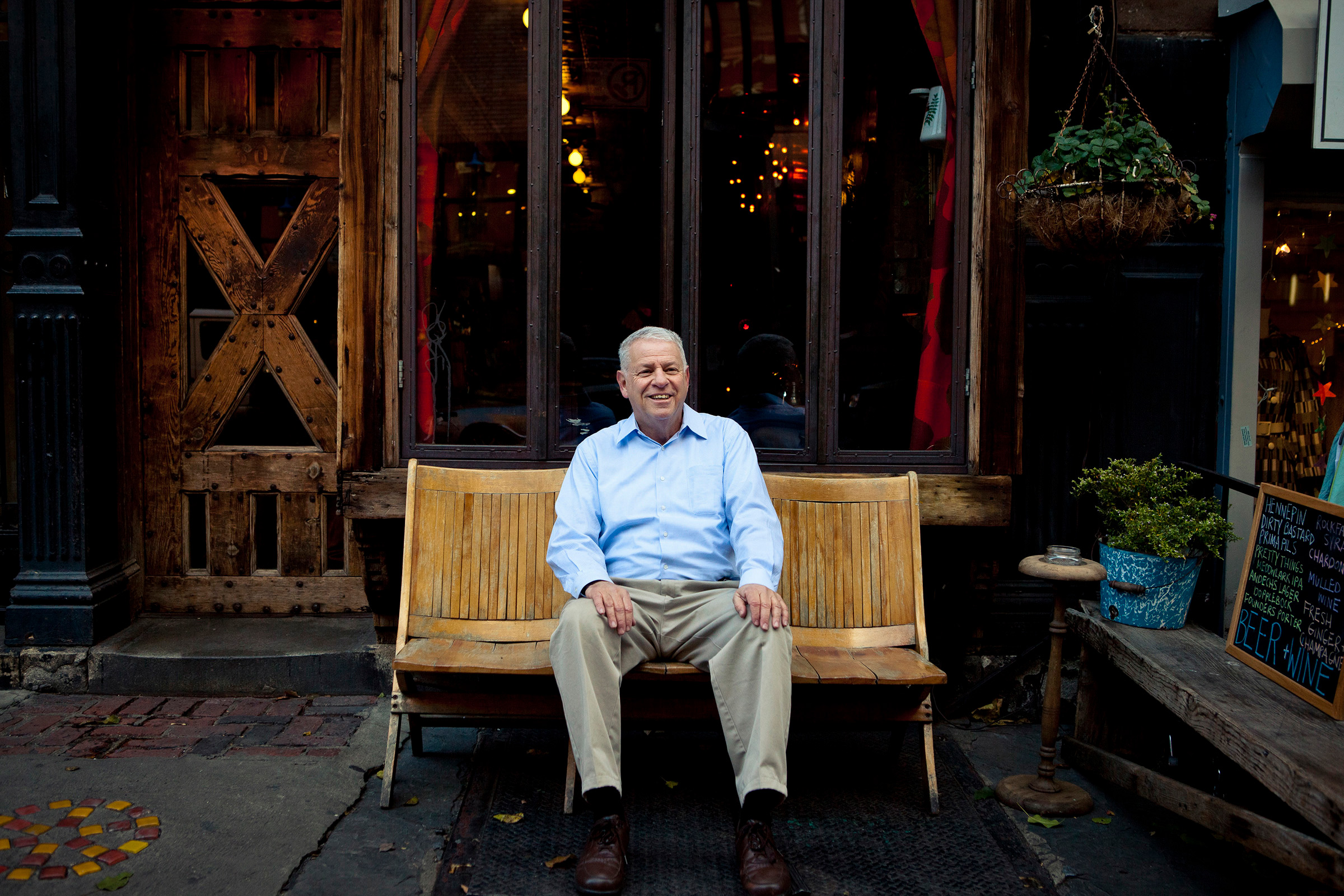
If some university professors come off as stuffy or aloof, William Helmreich couldn’t have been further from that stereotype. The sociology professor at the City University of New York spent years of his life walking around his city, engaging with residents face-to-face and unearthing their local histories. His quest to cover every single block of the city was documented in a series of acclaimed books, most notably The New York Nobody Knows: Walking 6,000 Miles in the City.
“People told me that people are not going to talk to me in New York: that they’re busy, they’re running around, and they’re nasty,” Helmreich said in a 2015 interview. “All of that turned out to be false.”
On March 28, Helmreich died at 74 from the coronavirus in his home in Great Neck, N.Y. He was in the midst of writing a study of Staten Island; his already completed study of Queens is slated for publication this fall.
Helmreich was born in 1945 in Zurich. His parents, Holocaust survivors, brought him to America a year later. They settled on the Upper West Side, but didn’t stay within the confines of the neighborhood: On weekends, Helmreich’s father would play a game with him called Last Stop, in which they would take a subway line to its final destination, then get out and discover the neighborhood.
“When we ran out of last stops, we went to the second to last stop, then the third to last stop,” he said in the same interview.
Through these explorations, Helmreich developed a deep fascination with under-documented parts of the city. After attending Yeshiva University and obtaining a doctorate at Washington University, he became a sociology professor at City College—a position he would hold for over 40 years, exploring urban sociology, religion, gentrification and the lives of Holocaust survivors. He was fearless in seeking out cloistered interview subjects—whether black power advocates, Orthodox Rabbis or a leader of Hamas—and delving deeply into their worlds.
It was this inquisitive, relentless approach that led him to his most well-known project: a four-year stroll through New York that would cover 6,000 miles and wear out nine pairs of shoes. In his journey, he found vintage auto shops, delectable hole-in-the-wall pizza joints and fishing communities. He found an old man living in a cave in upper Manhattan’s Inwood Park and struck up a relationship with him.
William Kornblum, emeritus professor of sociology at CUNY’s Graduate Center, was a friend and colleague of Helmreich for 40 years who accompanied him on some of his walks, including one to College Point in Queens. “We stopped at a lot of funky old boat yards, talking to a lot of people there, and just had a wonderful day together,” he told TIME. “That was Willie: He never let a moment go by without talking to people about where he was.”
Helmreich was the author or editor of 18 books and a frequent guest on television and radio programs. After he finished his trek through the city, he was keen to repeat it: “I might just start over,” he said in 2013. “I could keep doing this for the rest of my life.”
Kornblum says that Helmreich’s documentation of the city only takes on increased significance in the wake of coronavirus. “We’re going to be consulting his books for a very long time as we try to assess what has happened to us and our city,” he says. “The restaurants that he visited—will they still be there? Will the people in the gas stations be the same? I think we’ll look to Willie for the baseline for a lot of it.” —Andrew R. Chow
Nelson Henry Jr.
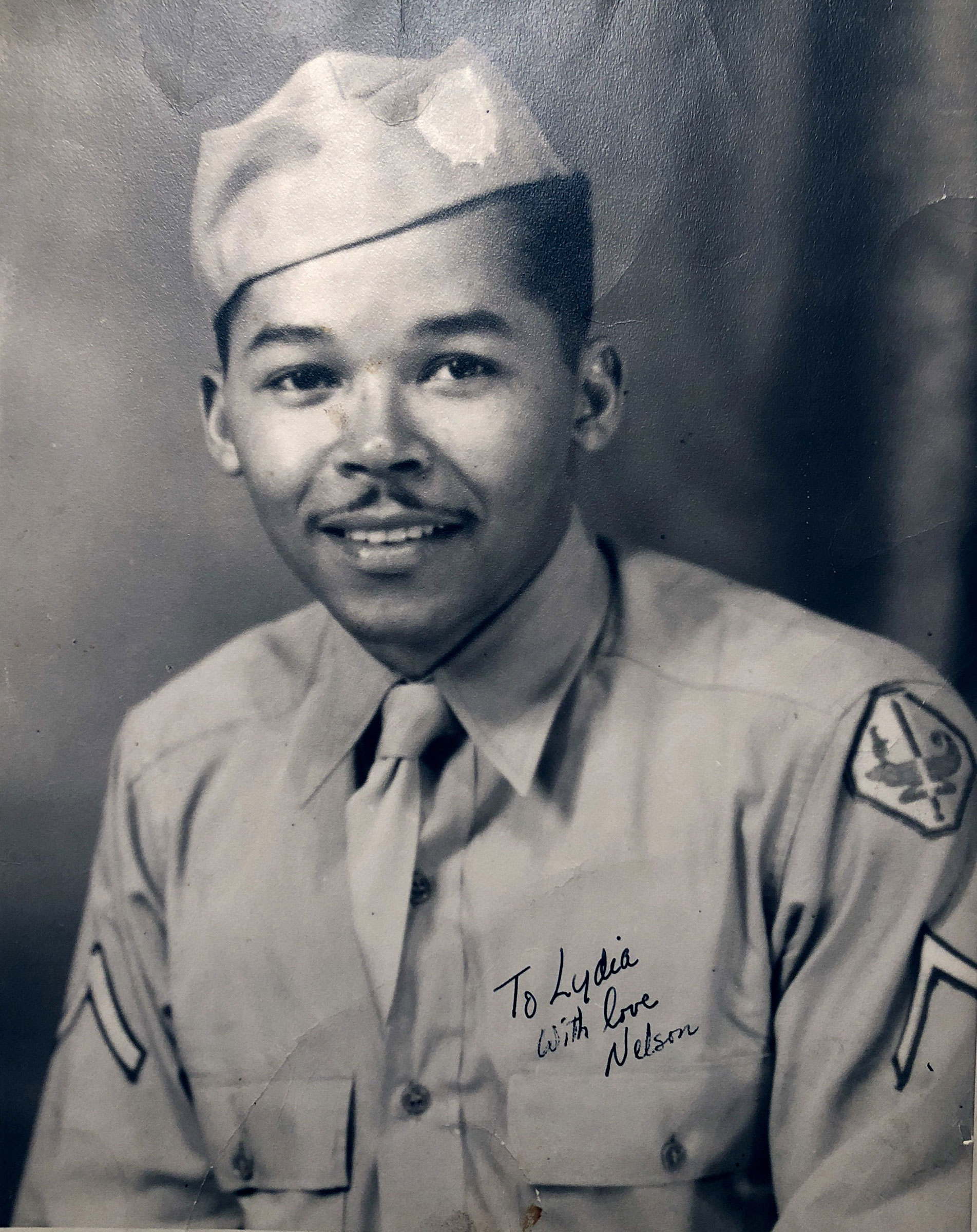
Nelson Henry Jr. was a beacon of perfectionism. It could have been partly due to his time in the U.S. Army Specialized Training Program during WWII, but more likely it was a testament to his meticulous personality. “He never had a speeding ticket, never paid a bill late,” his son Dean recalls.
Dean describes his father as extremely organized, keeping old photos and documents in pristine condition for decades. So for Henry to be given a less-than-honorable discharge in 1945, after more than two years of service, seemed confusing at best—and racist at worst.
Henry, or “Pop Pop” as he was often called, long worked to get his status upgraded, and finally saw his dream realized in 2019, about a year before he died of complications related to the coronavirus on May 9. He was 96.
“Had he gotten this discharge upgrade back in the 40s, when he was trying, who knows what the trajectory would have been for him,” says Dean. Despite the injustice, Henry eventually earned a psychology degree from Temple University and went on to work in the Pennsylvania state employment office, after driving a taxi for many years.
Elizabeth Kristen, Director of Gender Equity and LGBTQ Rights at Legal Aid at Work, began working with Henry to get his case upgraded in 2018. Although technically neither honorable or dishonorable, a blue discharge is stigmatized to be a stain on a veteran’s record. It was also disproportionately distributed to Black and LGBT service members during WWII, with Black people receiving 22.2% of blue discharges, although they were only 6.5% of the Army, according to Legal Aid at Work.
Kristen says discharge upgrade cases are notoriously difficult to win, but despite the weak odds they went ahead with the formal process. With the help of a local reporter, Henry’s case caught the attention of his state’s Senators, which helped get it on the Army’s radar. The Army then delivered the news Henry patiently waited nearly 75 years to hear: honorably discharged.
Upon hearing the news, Kristen says “You could just see the light come back into his face.” —Nadia Suleman
Skylar Herbert
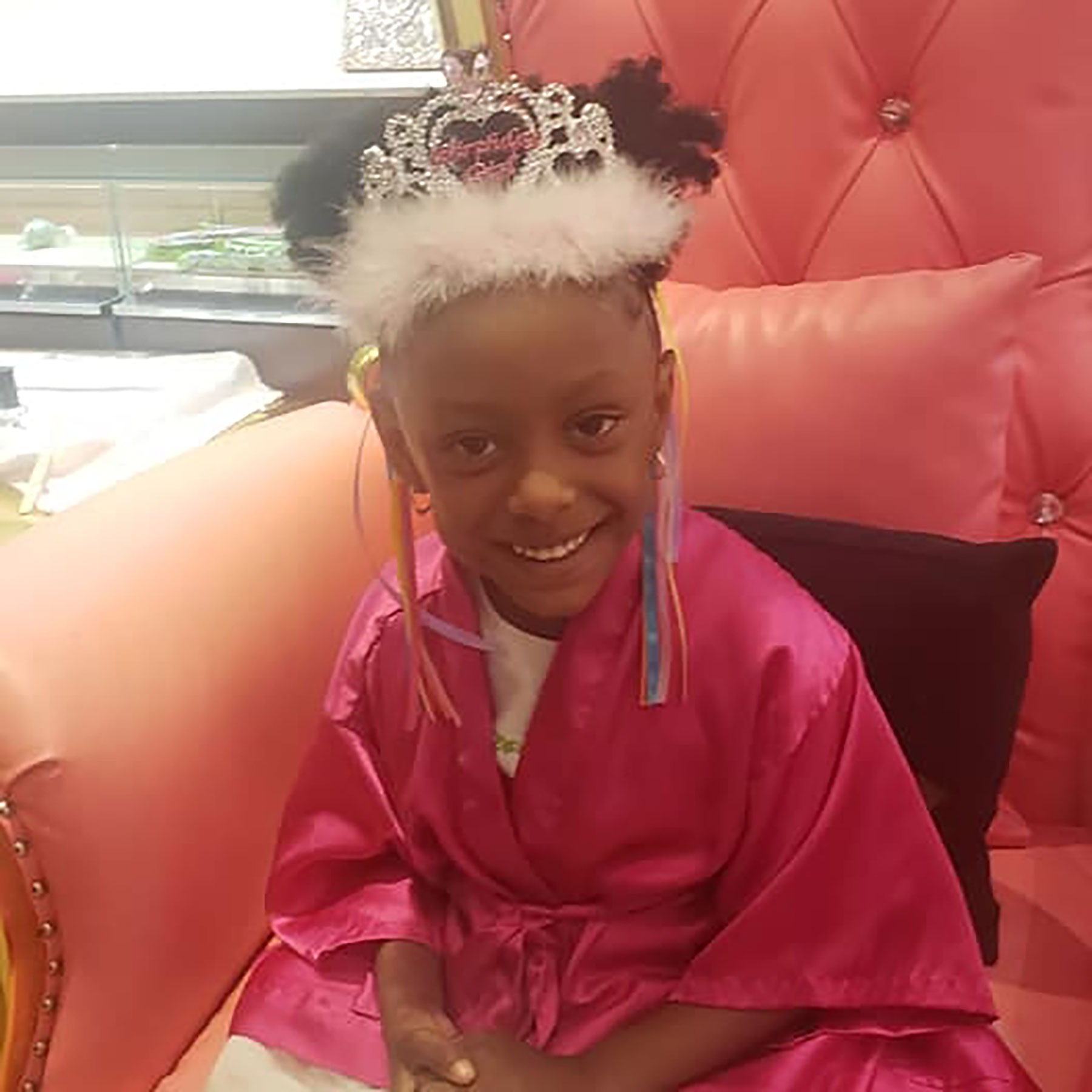
Those who knew 5-year-old Skylar Herbert the very best have described her as beautifully affectionate, always ready to give the things that are most precious. “She was the type of girl that would just run up to you and jump in your arms and hug you,” her mother, police officer LaVondria Herbert, told the Detroit News. “It didn’t matter what she was doing, she would stop what she was doing and tell me she loved me like 20 times a day.”
After weeks of struggling against complications of COVID-19, Skylar Herbert died on April 19. The young girl, whom Detroit Mayor Mike Duggan has called “a real daughter of the city,” developed a rare form of meningitis after contracting the coronavirus. She is believed to be the youngest person in the state of Michigan to succumb to the disease.
Both of Skylar’s parents are first responders. Her mother has been a police officer in Detroit for 25 years, while her father, Ebbie Herbert, has worked as a firefighter for 18. In the wake of their only child’s death, the couple has been warning others not to be complacent about a virus that tends to be most deadly to older individuals. “It doesn’t care what color you are. It doesn’t care about your nationality,” her father told NBC News. “It’s just a monster that is trying to destroy whatever is in its way.”
There are no words that can capture the loss of a child, the world suddenly devoid of their habits and aspirations, the devastation of the mementos they left behind. At age 5, Skylar liked shiny things and dressing up and had dreamed of becoming a pediatric dentist, according to reports.
Many who knew the kindergartener described her as sparkling and vivacious. “Skylar touched our hearts with her cheerful spirit and brightened our [Sundays] with her smile,” wrote members of Detroit’s Metropolitan Church of God, which she attended.
In the days following her death, there was an outpouring of empathy on social media for her family. “Surviving is what my family and I will be doing here on out,” her cousin Vonte Javon wrote on Facebook. “Thank you everyone from around the nation for the love and support.” —Katy Steinmetz
Alex Hernandez
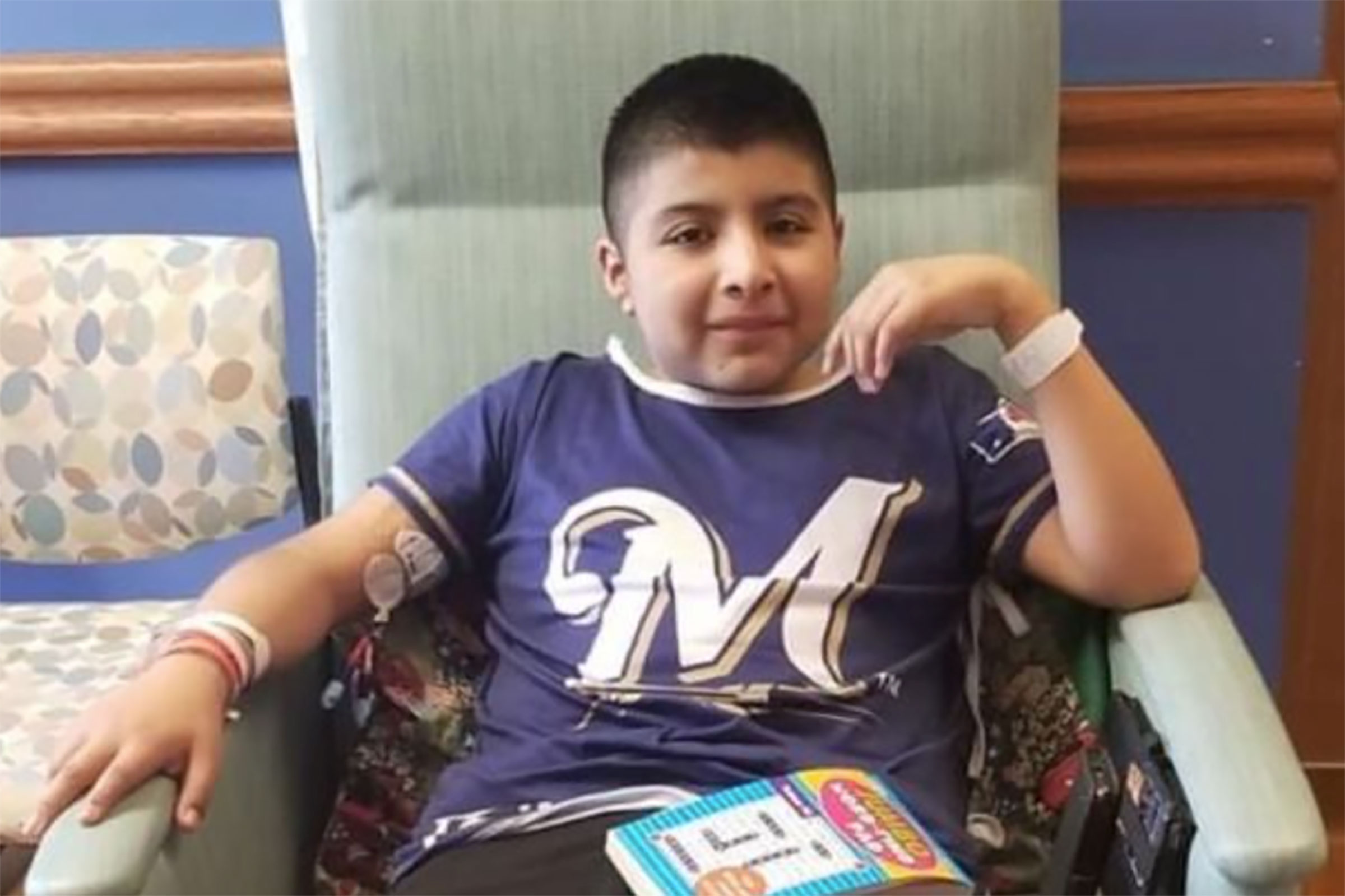
Alex Hernandez loved anime, music and his mother’s cooking. He was also an exceptionally polite teenager who always thanked the doctors and nurses who took care of him during his nearly three-year battle with leukemia, and more recently during his fight against COVID-19.
“In every person that has met Alex, he’ll always live inside them because he always filled someone’s heart,” his mother, Noemi, told TMJ4 News. “He always let them know we have to be strong and fight until the very end.”
Hernandez died on April 1, 2021 of complications related to COVID-19. He was 14 and the first pediatric death related to the virus in his home city of Milwaukee, per the Milwaukee Journal Sentinel.
His mother told TMJ4 her son was a dedicated student at Rogers Street Academy and was diligent about turning in his homework on time. The Milwaukee Public Schools issued a statement about Alex’s death, noting that “news of his passing has already had a somber effect on those who knew him best. Our deepest sympathies go out to Alex’s family, friends, teachers and staff.”
One of his teachers posted a comment on a GoFundMe page set up for the family, noting that “Alex was a wonderful boy. His health and his education were important to him until the end.”
His family told TMJ4 that Alex was also devoted to his faith, and had prayed with their pastor on the morning of his death.
“My brother was a loving, caring, respectful person,” his sister Lizet Reyes-Hernandez told the outlet. “He filled everyone’s heart with love.” —Kathy Ehrich Dowd
Milca Hernandez
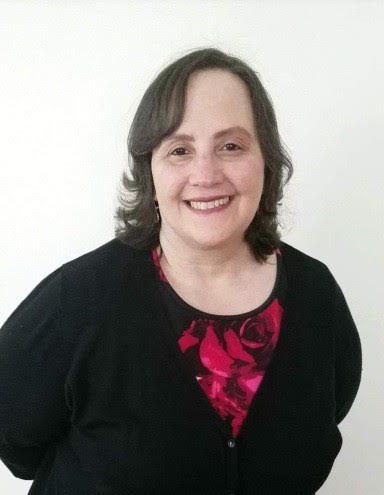
A year ago, Milca Hernandez gathered a group of church members at the Fountain of Salvation Church in Elizabeth, N.J., for a lesson on autism. A few parents who attended the church had young children with autism, and Hernandez wanted to ensure everyone did their part to create a welcoming and supportive environment for the children and their parents.
Among the attendees was Rev. Mayra Caraballo, a longtime friend to Hernandez and her family. “It was just her demeanor, her smile—she had such a peace about her, such a welcoming personality,” Caraballo tells TIME. “I tell you, we were impacted.”
Hernandez, a dedicated educator for special needs children, died on May 27 after contracting COVID-19. She was 55. The mother of three and grandmother to six spent most of her career as a teacher at Grace A. Dunn Middle School in Trenton, N.J. She was also an ordained minister who taught Sunday school and encouraged missionary work.
Hernandez had been sick and hospitalized for several days, but died at home with her family a day after being discharged.
“It was devastating,” Caraballo says of her passing. “She will be truly, truly missed…no one is gonna be able to fill her shoes.”
Hernandez’s brother, Rolando Ramos, told The Trentonian that Hernandez was born to be a teacher. Even as a kid, Hernandez would gather Ramos and other children to teach them their ABC’s.
“Her inspiration, her dedication, her commitment to her students was immeasurable,” Caraballo says. “She devoted her life to making sure her students had a fair chance, and never allowed the trials they faced to get in the way. She had such a beautiful gift.” —Jasmine Aguilera
Donald Reed Herring
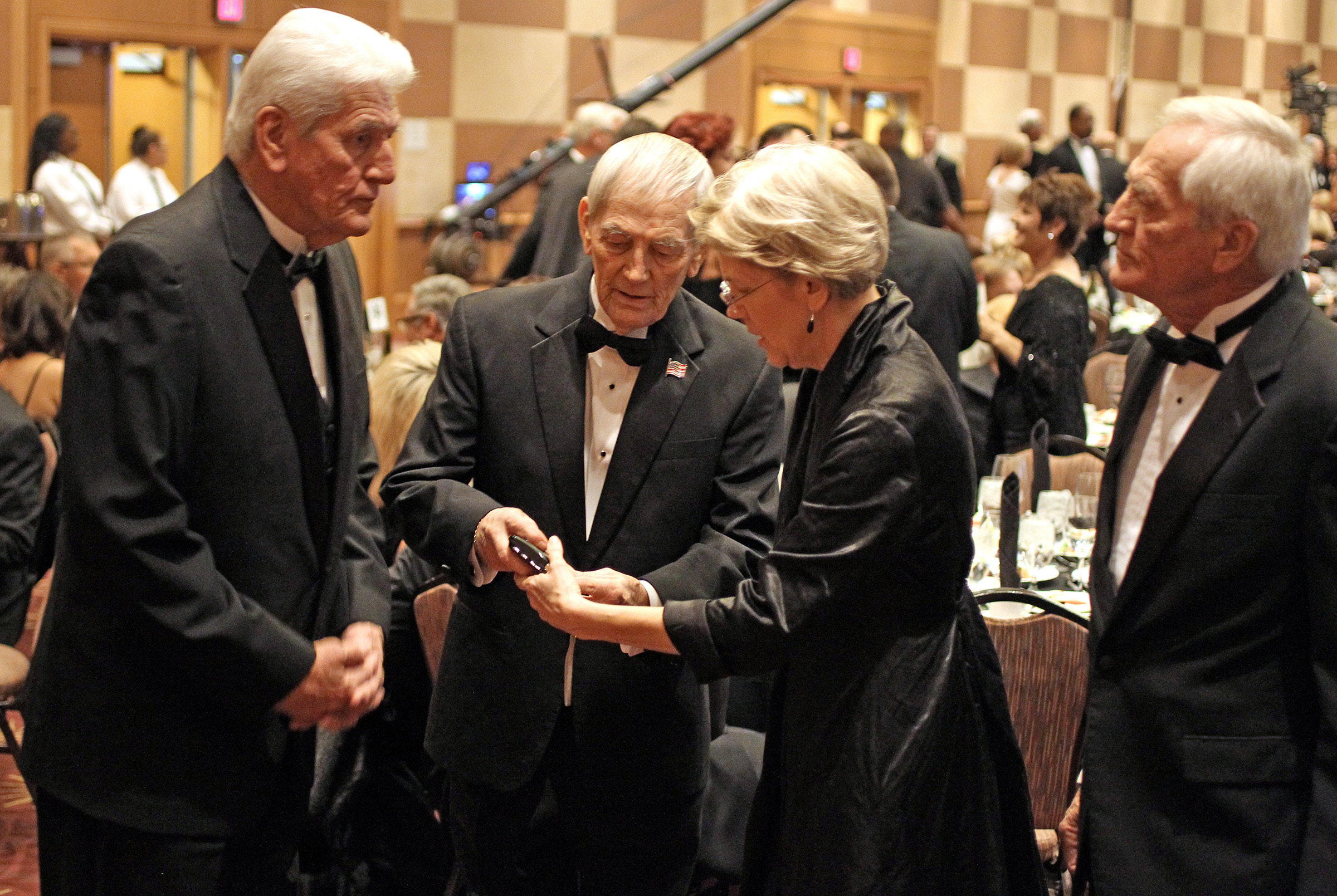
Don Reed Herring was an Air Force veteran who dedicated his career to serving his country. But what made him “extra special,” U.S. Senator Elizabeth Warren said in a series of tweets about her oldest brother, “was his smile—quick and crooked, it always seemed to generate its own light, one that lit up everyone around him.”
Herring, who lived in Newcastle, Okla., died of the coronavirus on April 21. He was 86. According to the Boston Globe, the cancer survivor had been diagnosed with COVID-19 approximately three weeks before he passed away and had struggled earlier this year with pneumonia. The outlet reported that although he was moved to an intensive care unit, he was not on a ventilator when he died.
Herring, who enlisted in the Air Force at 19 after a brief stint at the University of Oklahoma, was “a natural leader,” Warren said, describing him as charming and funny. According to Warren’s office, he flew bombers in the Air Force, which included combat missions to Vietnam over a five-and-a-half year period. By the time he retired in 1973, he had reached the rank of lieutenant colonel. He went on to start an auto-detailing business.
Herring is survived by his second wife, Judith Anne Hart, whom he married after his first wife, Nancy, passed away from cancer. He is also survived by his two sons, John and Jeffrey. Herring was the oldest of four siblings and leaves behind Warren and their two brothers, John and David.
In addition to his own contributions to public service, Herring’s death also serves as a stark reminder that the thought and policy leaders shaping the response to the coronavirus are not immune to the personal grief this pandemic has wrought.
“I’m grateful to the nurses and frontline staff who took care of him, but it’s hard to know that there was no family to hold his hand or to say ‘I love you’ one more time—and no funeral for those of us who loved him to hold each other close,” Warren said. “I’ll miss you dearly my brother.” —Lissandra Villa
Honestie Hodges
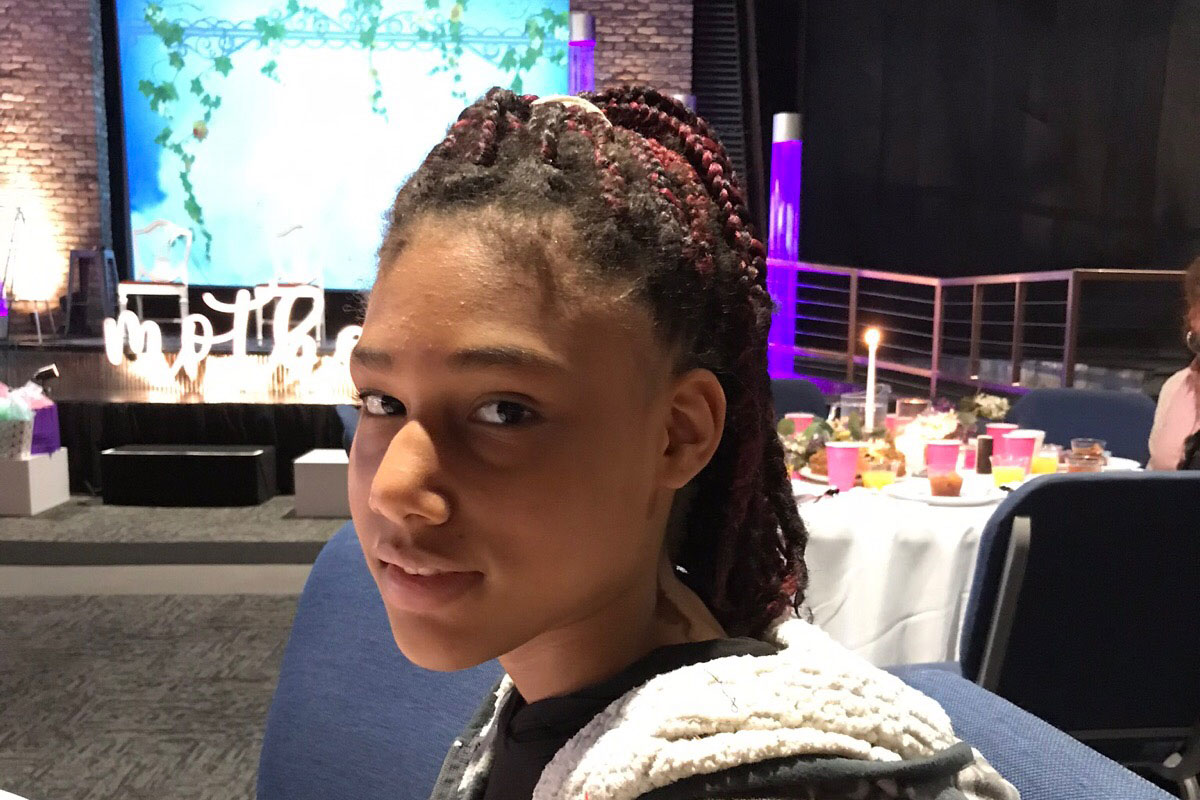
Honestie Hodges was “a fighter and always has been,” according to her grandmother. But when Honestie took a COVID-19 test on Nov. 9—her fourteenth birthday—she faced a fight she could not win after it came back positive. She died less than two weeks later after the disease resulted in multiple health issues and she was placed on a ventilator.
“It is with an extremely heavy heart that I have to tell all of you that my beautiful, sassy, smart loving Granddaughter has gone home to be with Jesus,” Alisa Niemeyer wrote on Nov. 22 in an update to a GoFundMe page requesting financial support for her daughter—a nursing assistant—to help take care of her four additional children and pay for food and gas.
The coronavirus was not the first trauma Honestie faced in her short life. Three years ago, when she was just 11, police in Grand Rapids, Mich. handcuffed her while searching for Honestie’s 42-year-old aunt, according to MLive.com.
Body camera footage showed Honestie complying with an officer’s instructions to slowly approach him while walking backwards with her hands up, and a woman can be heard saying “she’s 11 years old, sir.” Honestie can also be seen becoming upset when she is told to put her right hand behind her back to be handcuffed. “No. No. No. No,” she screamed as the cuffs went on and she was briefly detained.
While the police chief at the time expressed concern over the incident, an internal investigation stated the officers involved would not face any disciplinary measures, and their actions did not violate policy. However, a few months later, in March 2018, the police enacted the “Honestie Policy,” intended to ensure officers use less restrictive actions with youth.
Hodges was outspoken after the incident, raising important questions about systemic racism that Americans continue to grapple with today. “I have a question for the Grand Rapids police: If this happened to a white child, if her mother was screaming, ‘She’s 11,’ would you have handcuffed her and put her in the back of a police car?” she said at a Dec. 19, 2017 press conference, according to MLive.com. “That’s the question I have.” —Sanya Mansoor
Margaret Holloway
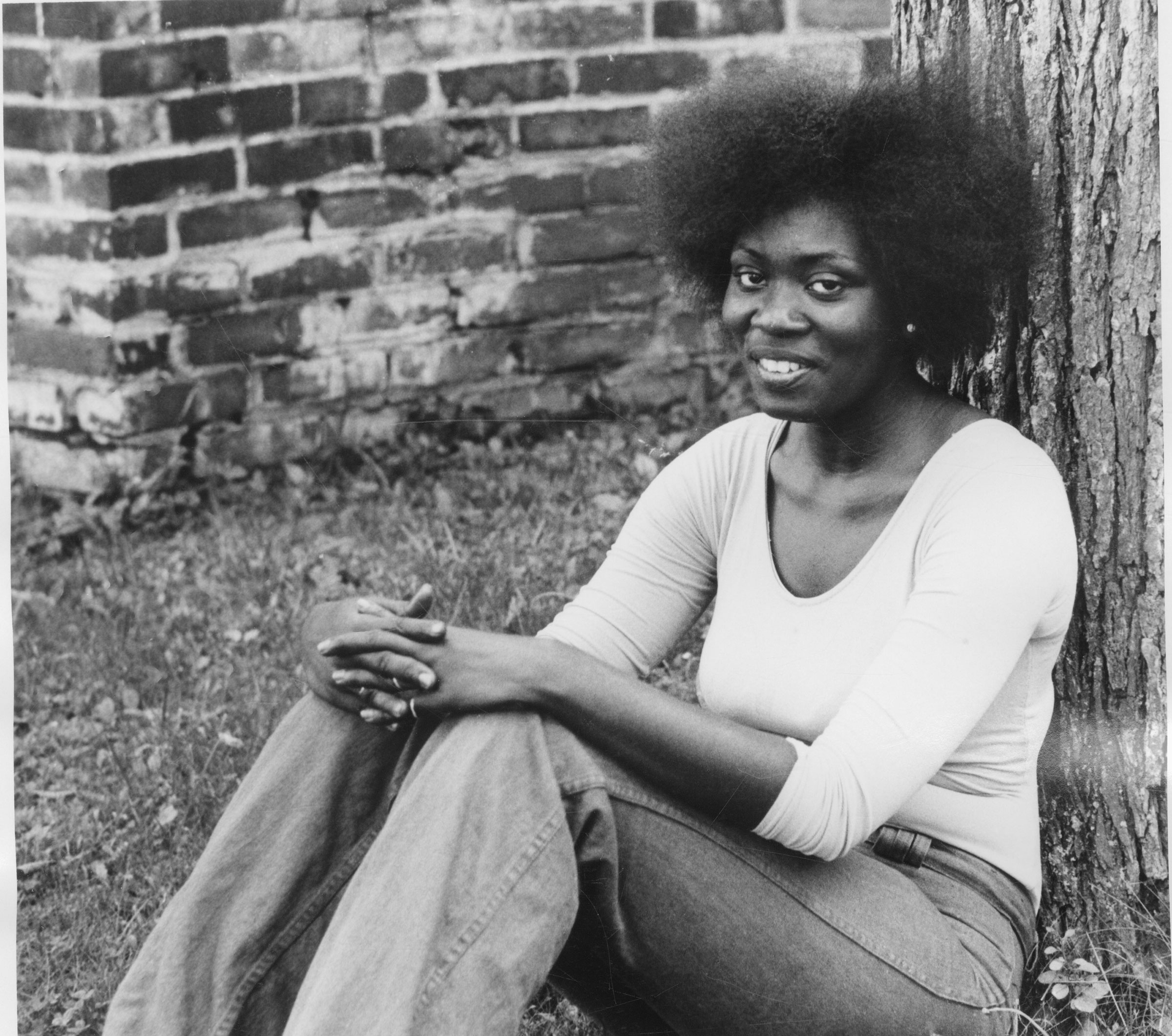
Anyone who spent much time in downtown New Haven, CT over the last few decades likely met Margaret Holloway. Known to many as “The Shakespeare Lady,” she performed captivating monologues for passersby, using whatever money she received to help support herself.
“She loved to perform,” her friend Joan Channick, chairwoman of the Theater Management Program at the Yale School of Drama, tells TIME. “She wanted to share her art with people.”
Holloway died in late May from complications related to COVID-19. She was 68.
Holloway was an artist. She grew up in Albany, GA before attending Bennington College for drama in the 1970s, receiving both a bachelor’s degree and a Master of Fine Arts. “She stood out for her talent, her poise and charisma,” Laura Spector, a friend of Holloway’s at Bennington, writes in an email. “She was the Queen.”
In 1980, Holloway graduated from the Yale School of Drama for directing. “What she loved most was theater,” says Channick. “She was proud of her talent and her accomplishments.”
But Holloway struggled with schizophrenia, which she once told the New Haven Register could make her feel like “the whole world” had fallen in on her. She became homeless just three years after graduating Yale, per the Register, and over the years lived in and out of rooming houses, fighting against her mental illness as well as addiction. She entered a Connecticut nursing home in April 2018, where she lived until she died.
“She was kind of tortured, but she was aware of it,” Channick says. “That’s the horrible thing. She would talk about how this disease had destroyed her life in so many ways.” Holloway once told the Register that she performed Shakespeare around the city more for “therapy” than income.
Despite her illness, she remained a creative, expressive and dramatic thespian, who was interested in the world around her throughout her life, Channick says. She loved 1960s pop music and would sometimes spontaneously burst into song.
Since Holloway’s death, Channick says she’s seen an outpouring from the numerous communities she touched, especially the Yale School of Drama. While she was estranged from her family, Holloway had friends throughout the city who, like Channick, had known her for decades.
“She loved being connected to people,” says Channick. “And she affected people deeply.” —Madeleine Carlisle
Sister Annelda Holtkamp
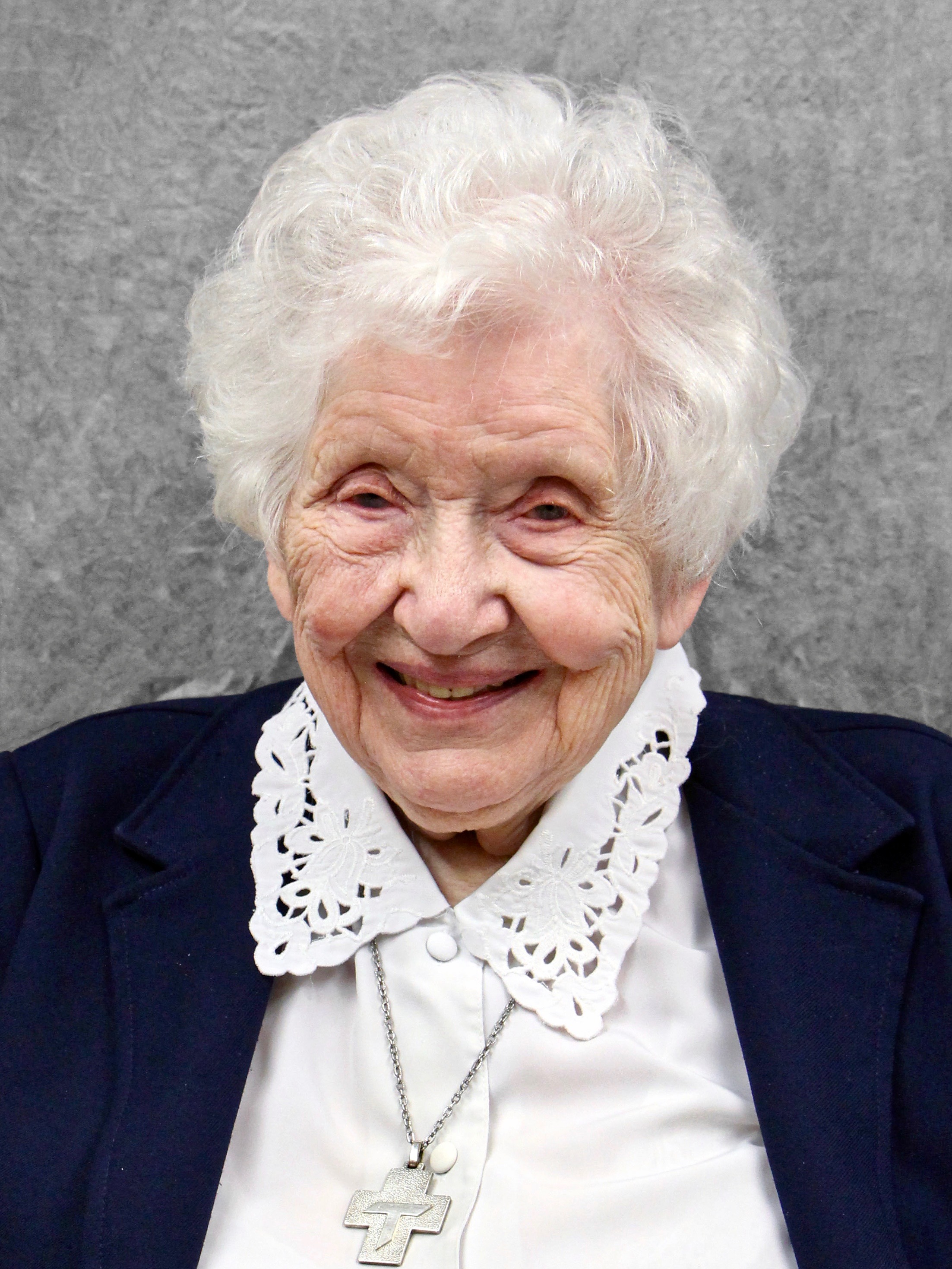
In her early 20s, Marietta Cecelia Holtkamp made the decision that shaped the rest of her life—following her sister to join the School Sisters of St. Francis Community. For decades, she served the order as a “homemaker,” helping with tasks such as ironing and cooking meals, and was known for her skill at making things, including embroidery. A close friend, Sister Virginia Handrup, also remembered Holtkamp for her “faith, positive attitude, and good cheer,” according to an obituary read at her funeral Mass.
Holtkamp died on April 19 at age 102 after contracting the coronavirus. She is one of six sisters at Our Lady of the Angels Convent, located in a Milwaukee suburb, to have passed away from causes related to COVID-19. The others include Sister Mary Regine Collins, Sister Bernadette Kelter, Sister Josephine Seier, Sister Mary Francele Sherburne and Sister Marie June Skender. For the sisters, the convent was intended as a place of peace where they could receive memory care after life in service to two religious orders, the School Sisters of St. Francis and the School Sisters of Notre Dame.
Holtkamp spent her childhood on a farm in St. Paul, Iowa, as the second of six siblings. As a little girl, she got up early each day to walk the four and a half miles to their school and to attend Mass, and spent her time at home learning skills from her mother, including baking pies and cakes. There wasn’t high school nearby, and Holtkamp was only able to remain in school until the eighth grade; from that point on, she went to work, helping other families with household tasks before joining the convent and dedicating her life to faith and service.
“She brought great joy to others by her beautiful laugh when she shared stories of her life,” according to her obituary. “We thank God for all the blessings given to us in the life of Sister Annelda.” —Tara Law
Roy Horn
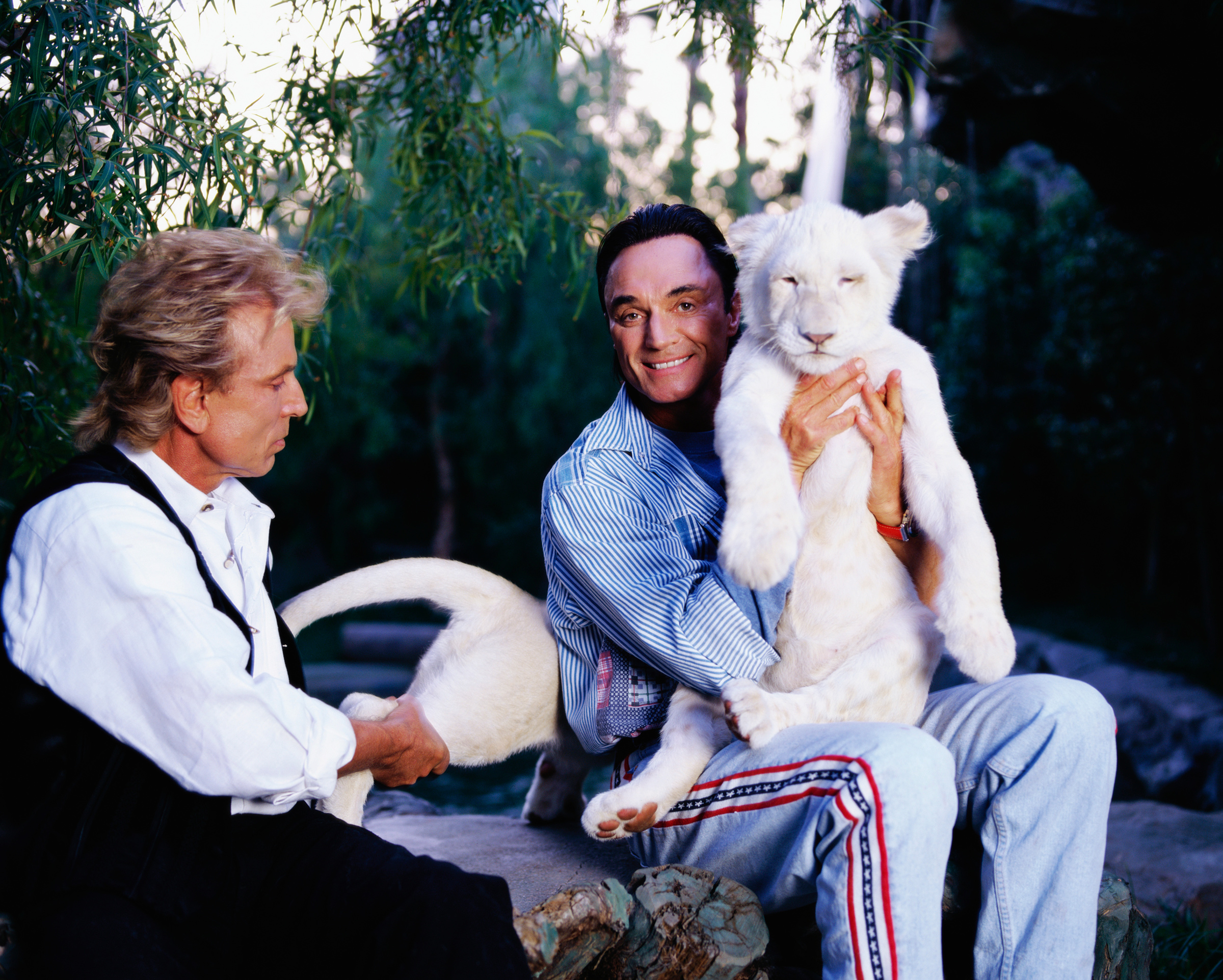
It can’t be overstated how important Roy Horn, who died at 75 of COVID-19 complications on May 8, was to Las Vegas. Before Siegfried & Roy, magicians would have a spot on a variety show. You’d never have 90 minutes of magic, and they had to fight really hard to get there.
Although our tastes seem polar opposite—Siegfried & Roy did operatic shows full of glitter and wild animals, and Penn & Teller is kind of a chamber-music show—the idea of partnership is a big connection. I once did an interview and said rather goofily that I was the Roy of Penn & Teller. Later, I was in New York City, and all of a sudden I heard this German accent yelling, “You are the Roy of Penn & Teller!” I turned around, and there’s Roy with his entourage and yakskin jacket: “I’m the Penn of Siegfried & Roy!“—and then this huge hug and this laughing and this little dance.
Roy’s legacy is all of Vegas. When you’re talking about the taste of Vegas, you’re talking about Roy. Whether you’re being kind or unkind, your view of this city is informed by him. —Penn Jillette
———-
Jillette is a magician
Eugene and Angie Hunter
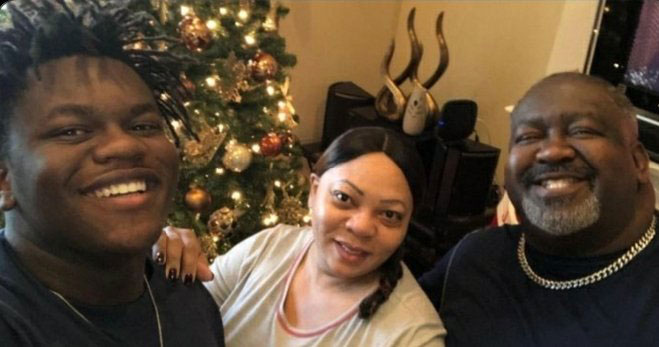
On Sunday mornings, jazz saxophonist Eugene Hunter Jr. would livestream “Sunday Brunch” concerts on Facebook to bring live music to those sequestered in their homes during the coronavirus lockdown.
His wife, Angie Hunter, a human resources executive, was supportively behind the scenes, writing down the names of people tuning in so Eugene could give them a shout-out in between songs.
After more than 30 years of marriage, Eugene and Angie Hunter were two halves of a whole—and the Georgia couple would remain tethered to each other until the very end.
In July, the Hunter family began quarantining together after Eugene, Angie and their 17-year-old son, Justin, all tested positive for COVID-19, according to WXIA. While Justin remained mostly asymptomatic, his parents quickly deteriorated and were admitted to a local hospital. The couple died from complications of the coronavirus within days of each other: Eugene on July 26 and Angie on July 30. He was 59; she was 57.
Longtime friend Carl Gay, who met the couple in 1987 and worked as Eugene’s music manager, tells TIME that Angie and Eugene were love personified.
“To know Eugene and Angie is to see what love truly is,” says Gay.
As Justin moves forward without his parents physically by his side, a community member started a GoFundMe that has so far raised more than $537,000 to support Justin as he finishes his senior year of high school and pursues his dream of becoming a pro football player.
Gay also notes that he was consistently moved by Justin’s close bond with his parents. “To see them as a family is to understand what love truly is,” he says. “When you stood in their presence and watched Justin, he would walk up to his parents with a glow around him.”
“Some things you see with your eyes and some things you see with your heart.” —Paulina Cachero
Nur Hassan Hussein
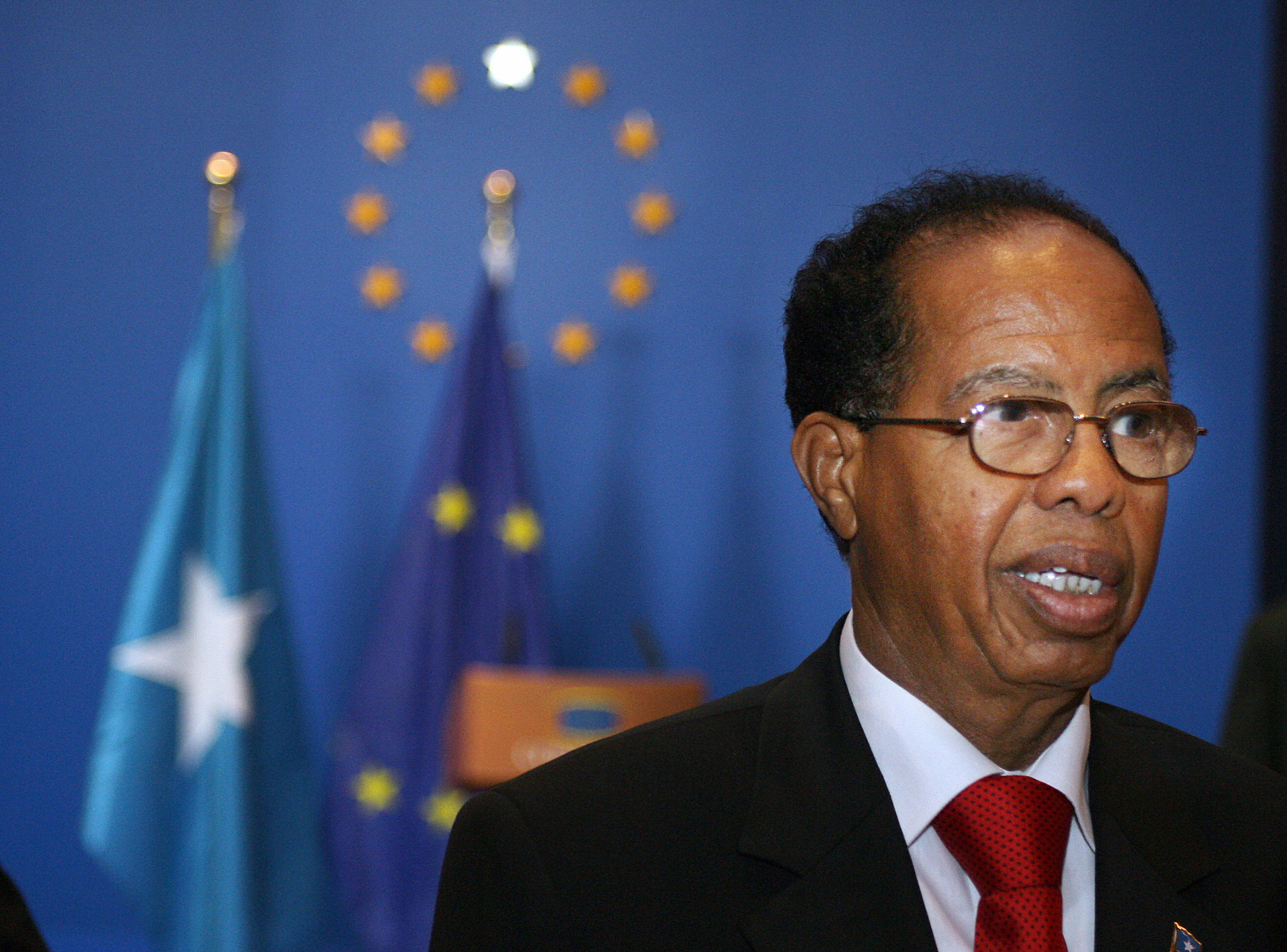
Nur Hassan Hussein, the former Somali Prime Minister who led his country out of one of its darkest periods, hadn’t lived in Somalia for years. But when the 82-year-old died in London, on April 1, of complications relating to the coronavirus, Somalia’s current president declared three days of national mourning. In a moving statement, President Mohamed Abdullahi Farmajo said it was in recognition of all that Hussein had done for Somalia and its people, and that it would give the prime minister “the respect he deserves.”
Hussein took office in November of 2007, when Somalia was still reeling from a devastating civil war between Islamist insurgents, western-backed Somali forces and proxies of neigboring rivals Ethiopia and Eritrea. Tens of thousands had fled into exile; nearly a million were displaced from fighting in the Somali capital, Mogadishu, creating a humanitarian disaster. As prime minister, Hussein directed negotiations between the warring parties, which resulted in a groundbreaking peace agreement and the formation of a unity government in 2008. Somalis call him by the nickname ‘Nur Adde,’ both an honorific and a play on his first name, which means light.
In early 2009, influential Somali newspaper Hiiraan Online named him the 2008 Person of the Year, for “giving the war-weary people of Somalia hope,” and “contributing to national reconciliation in Somalia in the face of stiff internal and external resistance.” His 2007 predecessor for that award, Somali-American humanitarian Abdi Muuse Maaxaay, tells TIME that Somalis will never be able to forget what Hussein did for them. “His vision was to bring Somalia a lasting peace through dialogue. This would have never happened without Nur Adde.” —Aryn Baker
Bill and Esther Ilnisky
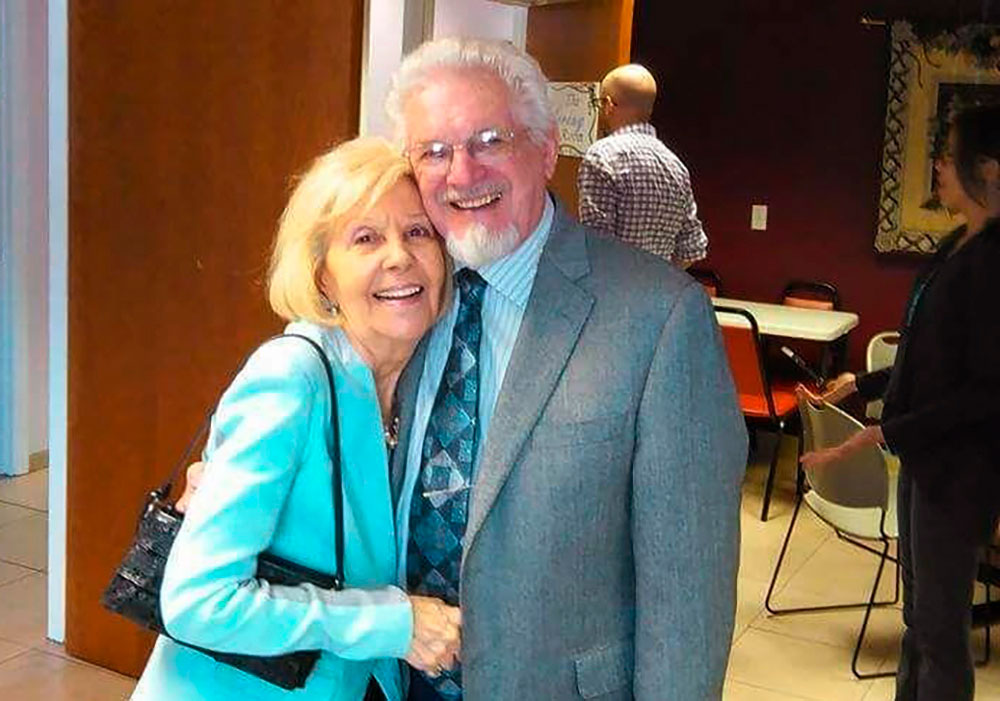
When Bill Ilnisky proposed to the love of his life in the early 1950s, he told her, “Esther, I can’t promise you wealth, but I can promise you lots of adventure.”
It’s a promise he kept throughout their 66 years of marriage. “They were always, always together,” their daughter, Sarah Milewski, told the Associated Press. “So in sync.”
The Ilniskys’ ironclad bond remained intact until the very end. The couple died of COVID-19 just 15 minutes apart on March 1, 2021, in Palm Beach County, Fla., less than a month before their 67th wedding anniversary. Bill was 88 and Esther was 92.
“It is so precious, so wonderful, such a heartwarming feeling to know they went together,” Milewski told AP. “I miss them.”
The couple lived a life of faith. Bill, a preacher, opened several churches in the Midwest after their wedding in 1954. Later, when the pair led a mission trip to Jamaica in the late ‘50s, they became so enchanted by the Caribbean island that they decided to stay, and ran a church in Montego Bay for a decade. They also adopted Milewski from a Miami foster home during that period.
In 1969, the family moved from Jamaica to Lebanon, where Bill taught and ministered to college students and Esther performed in a Christian rock band and started an outreach center. They were forced to leave in 1976, a year after civil war broke out in the country.
They eventually settled in West Palm Beach, where they remained for the last forty years. Bill was a pastor at a local church until his retirement three years ago, while Esther founded Esther Network International, a ministry that helps children learn to pray.
They “were very accommodating,” Tom Belt, a longtime friend of the couple, told AP. “[They] believed in others.”
Andrew Jack
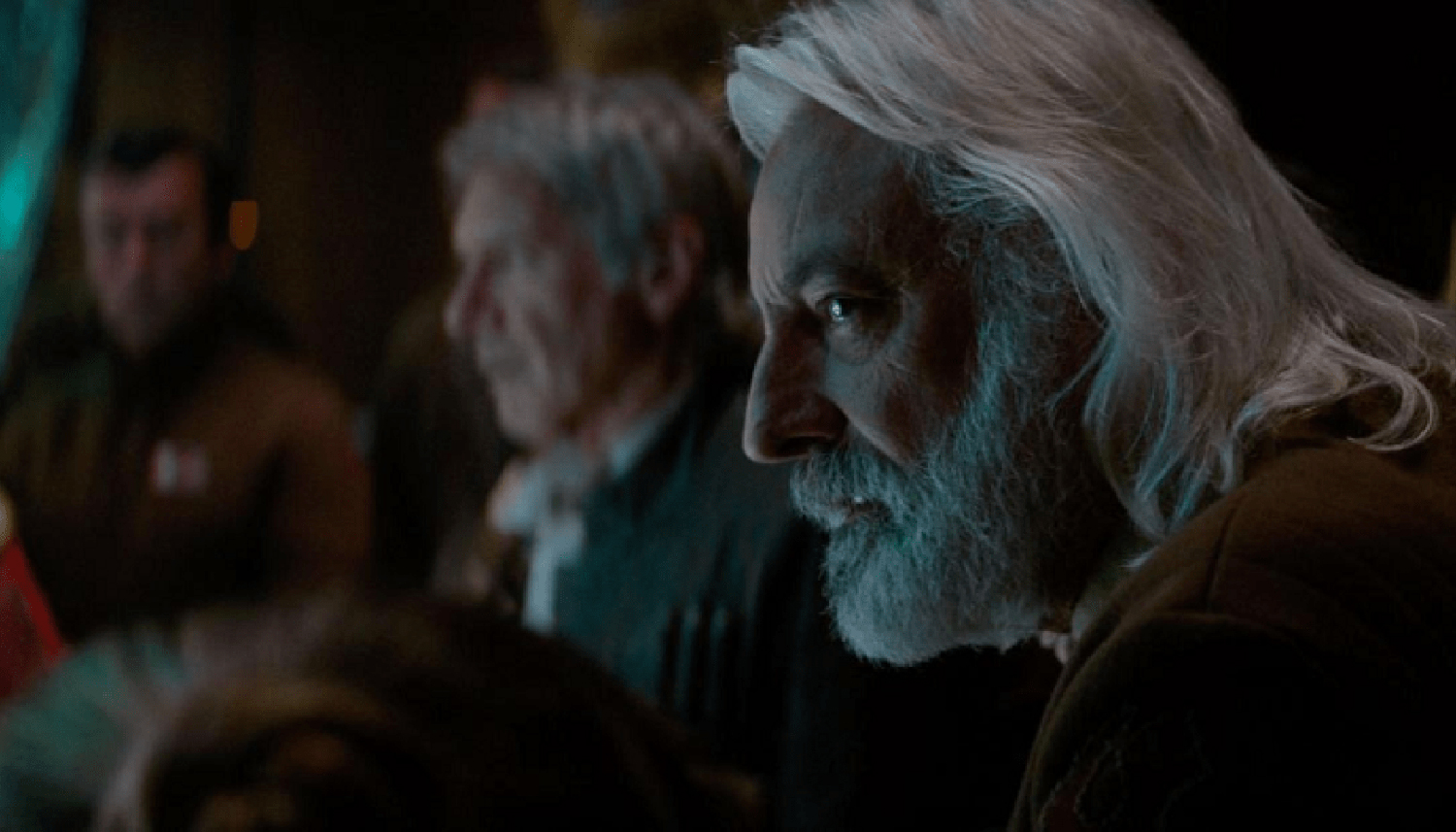
If you’ve ever wondered why Batman, James Bond, Rey Skywalker and Bilbo Baggins talk the way they do, the answer can be traced back to one man: Andrew Jack. Over a three-decade career, the dialogue coach worked on more than 80 movies, including some of the biggest franchises in film history, from Star Wars to Lord of the Rings to Avengers.
Jack helped Robert Downey Jr., a New Yorker, master Sherlock Holmes’ brusque London accent. He transformed Chris Hemsworth’s Australian drawl into Thor’s Asgardian intonations. He was instrumental in creating the many strange languages and dialects of J.R.R. Tolkein’s Middle Earth, from elvish to Black Speech to the Hobbit’s Gloucestershire-based lilt. And with his flowing white hair and towering figure, he also secured a role as Major Caluan Ematt in Star Wars episodes VII and VIII.
On March 31, Jack died at 76 from complications from the coronavirus. “He was in no pain, and he slipped away peacefully knowing that his family were all ‘with’ him,” his wife, Gabrielle Rogers, tweeted.
Born in 1944, Jack began his career as an actor, with his voice serving as his main talent: He did radio broadcasting for the BBC and overdubbed lines in films.
In the ‘70s, his acting gigs ran dry and he became a flight attendant. “I flew around the world and suddenly discovered I was learning all these accents,” he said in a 2009 interview. He got a job teaching voice and dialect at The London Academy of Music and Dramatic Art for many years before securing his first major dialect coaching gig, on 1989’s Indiana Jones and the Last Crusade.
Over the last two decades, Jack was in high demand, working on some of the biggest projects in Hollywood. In addition to helping Pierce Brosnan become James Bond and Christian Bale become Batman, he taught Greek and Trojan accents on 2004’s Troy, and became a crucial part of the fabric of the Avengers and Star Wars franchises. Just a few weeks before his death, he finished working on the upcoming film The Batman starring Robert Pattinson.
In an Instagram post, the Star Wars actor John Boyega paid tribute to Jack, calling him “one of the most supportive people in our industry” and “a nurturer on set and the kind of person that was always up for an uplifting conversation.” —Andrew R. Chow
Allison Jensen
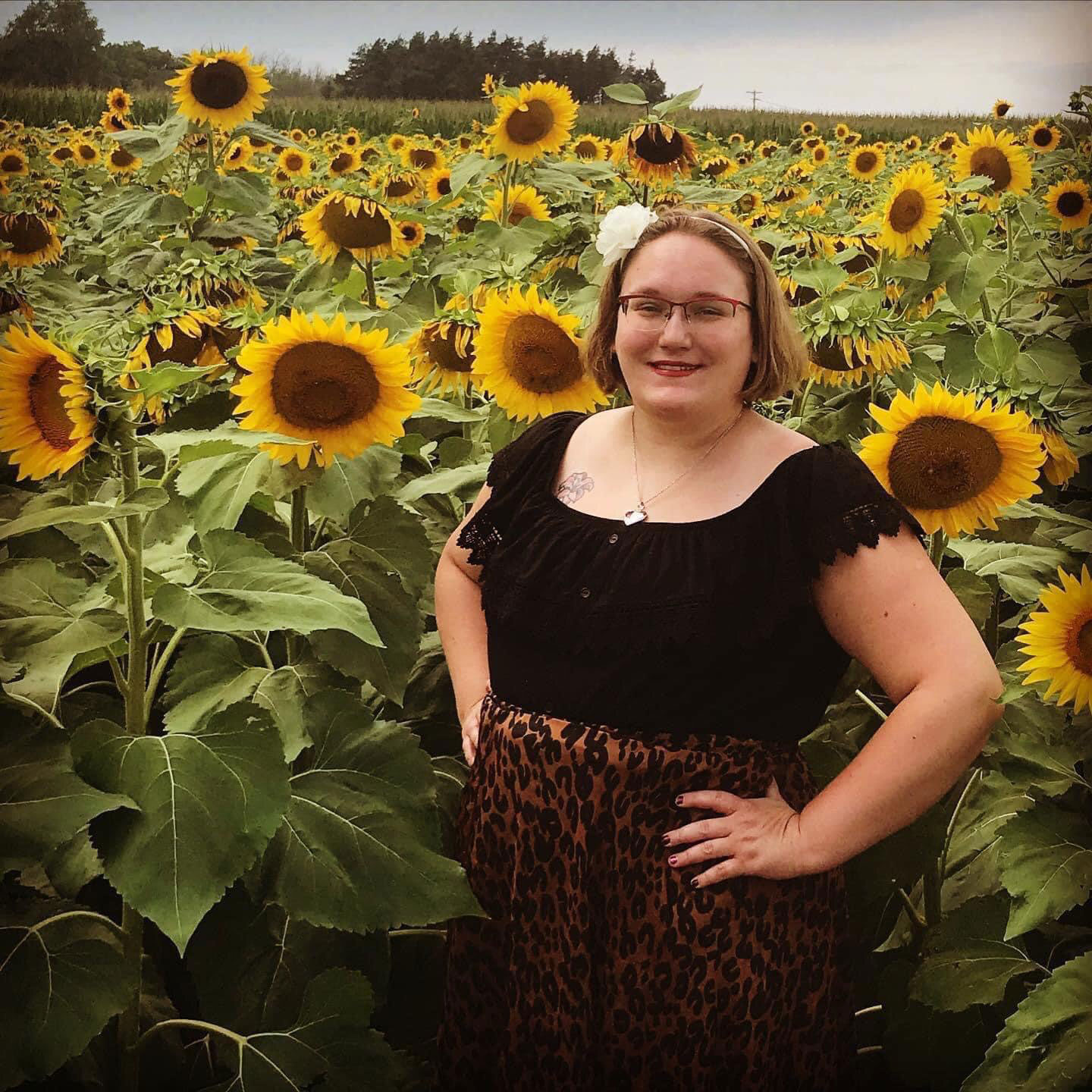
On New Year’s Eve, Allison Jensen published a blog post titled “2021, Please Don’t Hurt Me“ as part of the “grief and self care” blog she had launched several months earlier as a way to mourn her father, who had died in July. In the last line of the post she wrote: “I’m just hoping that 2021 will be just a bit kinder than 2020.”
The post also details how she was feeling sick and awaiting the results of her COVID-19 test. Just a week later, on Jan. 7, Jensen herself died from complications related to COVID-19 at Buffalo General Hospital in New York. She was 27.
“You always just felt better being around her; she was just that positive force,” Kayleigh Tierson, who describes herself as Jensen’s best friend, told WGRZ.
Jensen graduated from Niagara University at the top of her class and was a “very brilliant and intellectual person,” according to an obituary published by a local funeral home, which also noted that “she was more importantly a sweet wholesome person with a kind soul.”
The upstate New York native worked for four years at Compu-mail as a marketing coordinator and sat on the board of the Buffalo Young Professionals Network. Jensen was also passionate about preserving the Buffalo Zoo, which remains open today.
“Being best friends with her makes me want to be a better person, like the best person I can be,” Tierson also told WGRZ of Jensen. “Because I know that’s what she would want.” —Kathy Ehrich Dowd
Wilson Roosevelt Jerman

Few people had the kind of intimate knowledge about the White House that Wilson Roosevelt Jerman did.
Jerman, who died of COVID-19 on May 16 at the age of 91, worked in the White House under 11 presidents starting with Dwight Eisenhower in 1957. Jerman began as a cleaner under Eisenhower and was promoted to butler under John F. Kennedy at the personal direction of First Lady Jacqueline Kennedy. He retired as an elevator operator under Barack Obama.
“He promoted so much around authenticity and building relationships, which equals building trust,” his eldest granddaughter told FOX 5 DC after his death.
Tributes from former First Families poured in after news of Jerman’s passing.
“With his kindness and care, Wilson Jerman helped make the White House a home for decades of First Families, including ours,” former first lady Michelle Obama told NBC News. “His service to others—his willingness to go above and beyond for the country he loved and all those whose lives he touched—is a legacy worthy of his generous spirit.”
“Bill and I were saddened to hear of the passing of Wilson Roosevelt Jerman at the age of 91 from COVID-19,” tweeted former First Lady Hillary Clinton. “Jerman served as a White House butler across 11 presidencies and made generations of first families feel at home, including ours. Our warmest condolences to his loved ones.”
“Mr. Jerman was a lovely man,” former President George W. Bush and former First Lady Laura Bush said in a statement, per The New York Times. “He was the first person we saw at the White House when we left the residence in the morning, and the last person we saw when we returned at night.”
Many of the remembrances from former presidents and their wives mark a similar theme: through his warmth and diligence, Jerman helped make the White House a home. —Tessa Berenson
Dosha Joi
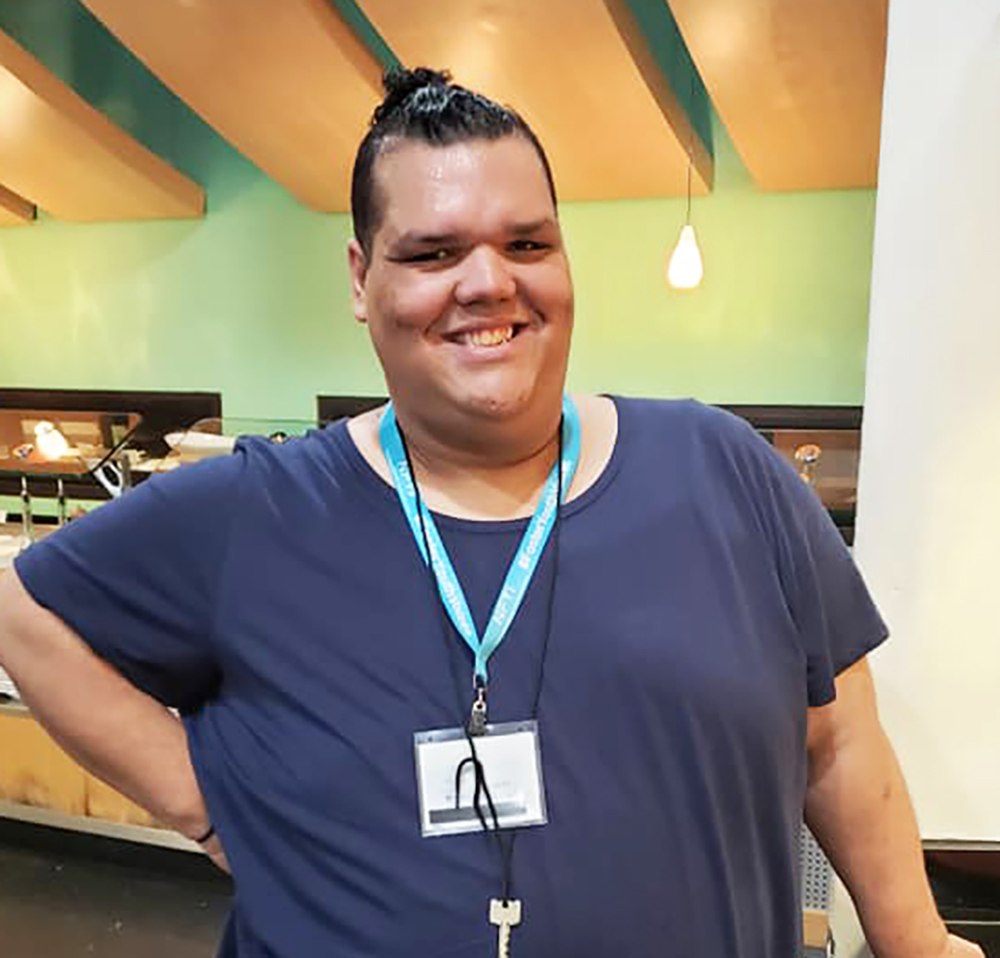
From Wisconsin to Washington, D.C., people have been feeling the loss of Dosha Joi.
The 28-year-old from Milwaukee, known more familiarly as DJay, was an advocate for foster youth. In posts and interviews, friends and colleagues have said he was also a hardworking student, a fierce campaigner and an empathetic friend—someone who spread joy and provided consolation, despite facing his own hardships since the time he was a child.
Joi, who reportedly battled health issues into adulthood, died due to complications of the coronavirus on May 14
“DJay’s confidence, intelligence, drive and resilience helped him build towards a bright future for himself and left a lasting impression on those who met him,” Wisconsin Rep. Gwen Moore said in a statement, recalling how she met Joi during an annual day when current and former foster youth shadow members of Congress.
In the days following Joi’s death, Moore and fellow Wisconsin Rep. Karen Bass announced plans to introduce legislation named in his honor, which would immediately ensure that foster youth, who often face steep challenges as they transition to adulthood, would have access to Medicaid until age 26.
According to the National Foster Youth Institute, Joi received multiple awards for his years of dedication to those navigating and leaving the foster system, difficult work that he took up with alacrity. “His smile lit up dim meeting rooms and his laugh bounded through sometimes-hollow hallways,” Rep. Bass said in a statement. “He was an advocate through and through.” —Katy Steinmetz
Leiah Danielle Jones
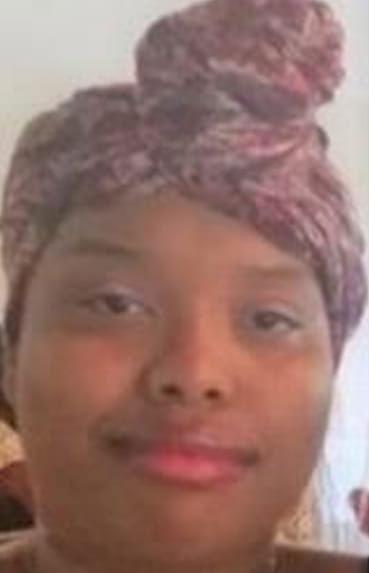
Leiah Danielle Jones had a special place in her heart for people on the fringes of society. The Charlotte, N.C. resident also described herself as a “determined” person who found something of value in every person she met.
Her life was cut short when she died on March 12, 2021 after a battle with long-haul COVID-19, which severely impacted several vital organs. She was 33 and had contracted the coronavirus the previous year.
Jones, who did work for her father’s plumbing company, wrote her own obituary before her death, which gained international attention. It is excerpted here:
“If you met me, you would have never forgotten that “Jones Girl.” I loved to cook, Dad’s gift to me. I had many specialties, bread making was just one. In my own way, I championed many causes; namely, a) people who were considered the undesirables, outcasts of society; b) support to families, especially the single home parent; c) children, those who were affected by the school closings, due to the pandemic; d) victims of the hurricanes, wildfires, national and international.
The gift that God entrusted with me was amazing; nursing baby kittens, helping injured ones. It amazed even me; and I always knew it was a “special” gift from Him.
As my health declined and my illness progressed, I became physically hampered, somewhat, from doing my regular/daily routine. Therefore, I leaned more heavily on the help of my mom. She, on the most part, was more than willing. The few times she was not so willing, I, Leiah Danielle Jones, prevailed. Life and its pull were getting the best of me by the end of last year. However, God and my family powered the best in and for me till the end.
If in this life we met, I hoped our encounter left you with a lasting snapshot of a determined, sometimes complex, genuine friend. One you could talk to. If, however, we did not meet, it was my loss and I am sorry. I believed that every person, experience—good or bad—added to my life a measure of maturity.”
Leilani Jordan
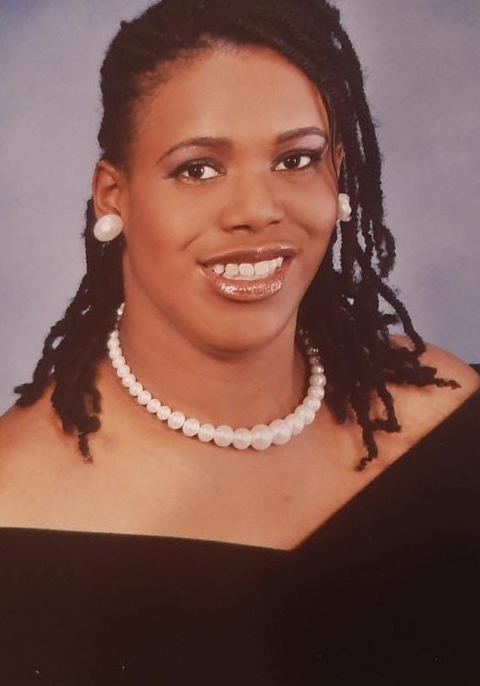
“My butterfly deserves to go home like a warrior,” Zenobia Shepherd told The Washington Post, calling her daughter, Leilani Jordan, by her childhood nickname. “A woman warrior that fought for doing the right thing.”
Jordan, 27, worked part-time as a greeter at the Giant Food grocery store in Largo, Maryland. As the novel coronavirus spread across the U.S. in recent weeks, this role saw her classified as an essential frontline employee.
Shepherd told the Post Jordan was going out of her way to help elderly shoppers. When Shepard tried to tell her daughter, who suffered from cerebral palsy, about the risks associated with her work, Jordan remained undeterred.
“She said, ‘Mommy, I’m going to work because no one else is going to help the senior citizens get their groceries,’” Shepherd recalled. “She only stopped going to work when she could no longer breathe.”
Jordan tested positive for the coronavirus, and was admitted to the hospital on March 26. She died on April 1st. “It was so fast,” her brother Cedrick Jordan told Fox 5 WTTG, adding that he’d spoken with his sister every day. “Do not take this lightly … I lost my best friend.”
“Our Giant Food family is mourning Leilani’s passing,” Felismina Andrade, a spokesperson for the company, said in a statement sent to TIME. “We are committed to providing resources and support to Leilani’s family during this difficult time.” (Shepherd has also set up a GoFundMe to cover Jordan’s funeral and medical bills. It has raised over $144,000, as of April 10.)
Shepherd said her daughter loved to sing, loved going to church and loved animals — her service dog, Angel, in particular.
Jordan addressed Angel, along with her family and friends, in a message she had recorded on her phone in the days before she died, her stepfather told CNN. “She made a video saying goodbye to all us, and wished everybody the best,” he said. “She told [us], ‘See you on the other side.’” —Josiah Bates
Wilford and Mary Kepler
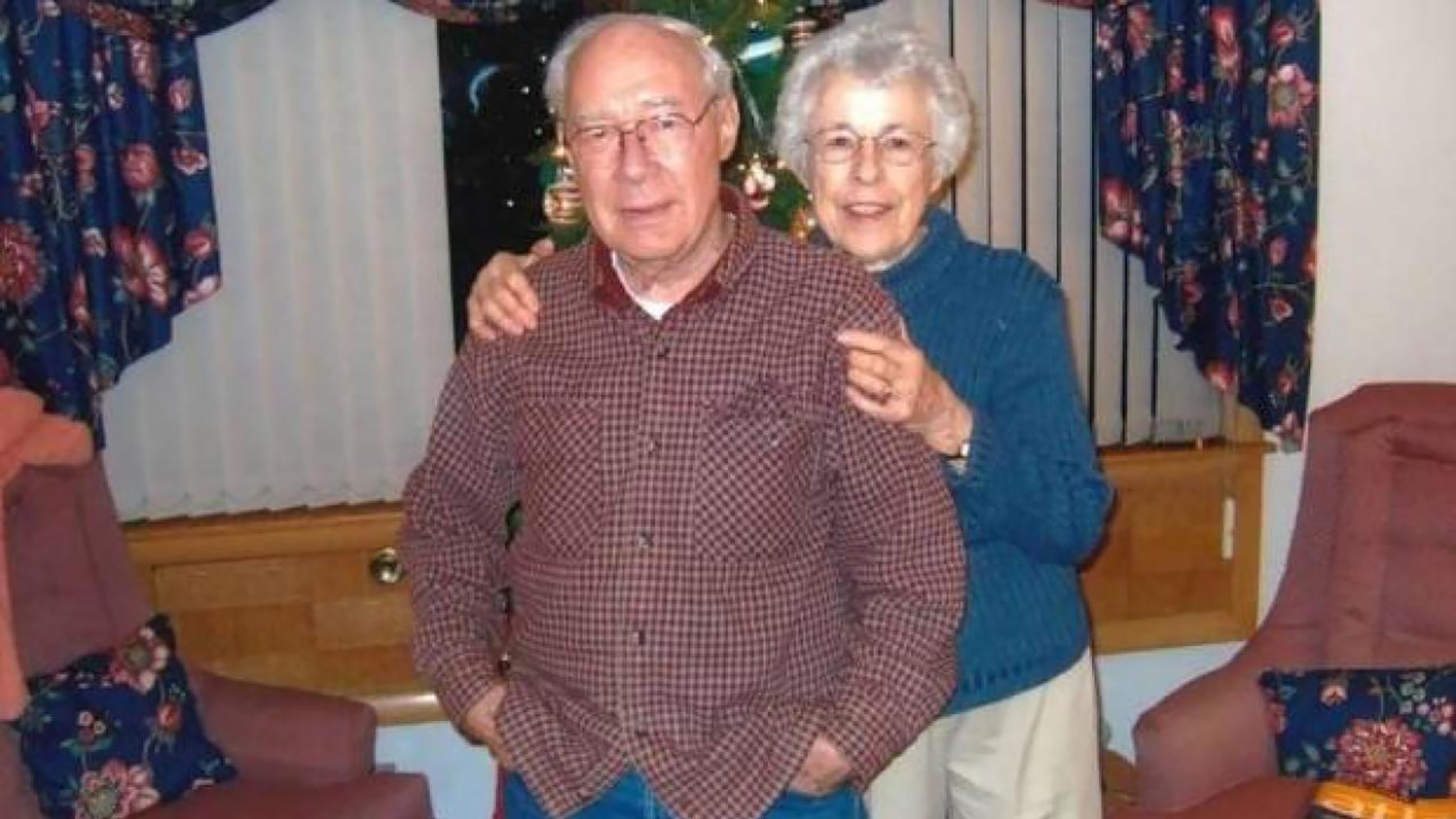
Mary and Wilford Kepler had been together for 73 years. The Wisconsin couple lived through war together. They made a family together. And they faced the end together.
In April, Wilford fell and the couple headed for the hospital. Mary had already tested positive for COVID-19 and was quarantining at home, while Wilford tested positive once they arrived. Both were admitted, but the husband and wife were eventually allowed to isolate side by side.
As their health faltered, hospital staff pushed their beds close so they could hold hands. Wilford, 94, died in the early morning of April 18. Mary, 92, died six hours later.
The couple began their courtship as pen pals during World War II, according to eulogies their son Michael Kepler shared with TIME. Wilford was stationed in the Pacific with the Navy, tending to wounded comrades, and a mutual friend encouraged Mary to write to him.
After he returned, having seen action in the Battle of Okinawa, the two soon got married and welcomed their first child. They would go on to have three children, as well as a brood of grandchildren and great-grandchildren, who survive them.
Michael describes his mother as a spitfire and his father as a man who would never turn down a job if it was available. For more than three decades, Wilford worked as a machinist, while Mary became the first woman to serve as a vice president at U.S. Steel Supply.
Growing up during the Great Depression taught them to save wherever they could. The two would take different shifts—Mary the first, Wilford the second—to keep childcare costs down. Over the years, they worked up from cheaply built veterans’ housing to a nice house on a corner lot in the Milwaukee suburbs.
They also appreciated the little things: tending a garden, having a good drink. Wilford liked the feeling of feeding logs into a fire and was known for making bad puns. Every year, Mary made a family event out of picking berries and making strawberry jam. Their home in Wauwatosa was proudly covered in graduation pictures.
“We all thank her for her joyful spirit,” Michael wrote in his mother’s eulogy. In his father’s he recalled a video of one of the great grandchildren running circles around his great grandpa. “He just stands there,” Michael writes, “and laughs.” —Katy Steinmetz
Messias Kokama
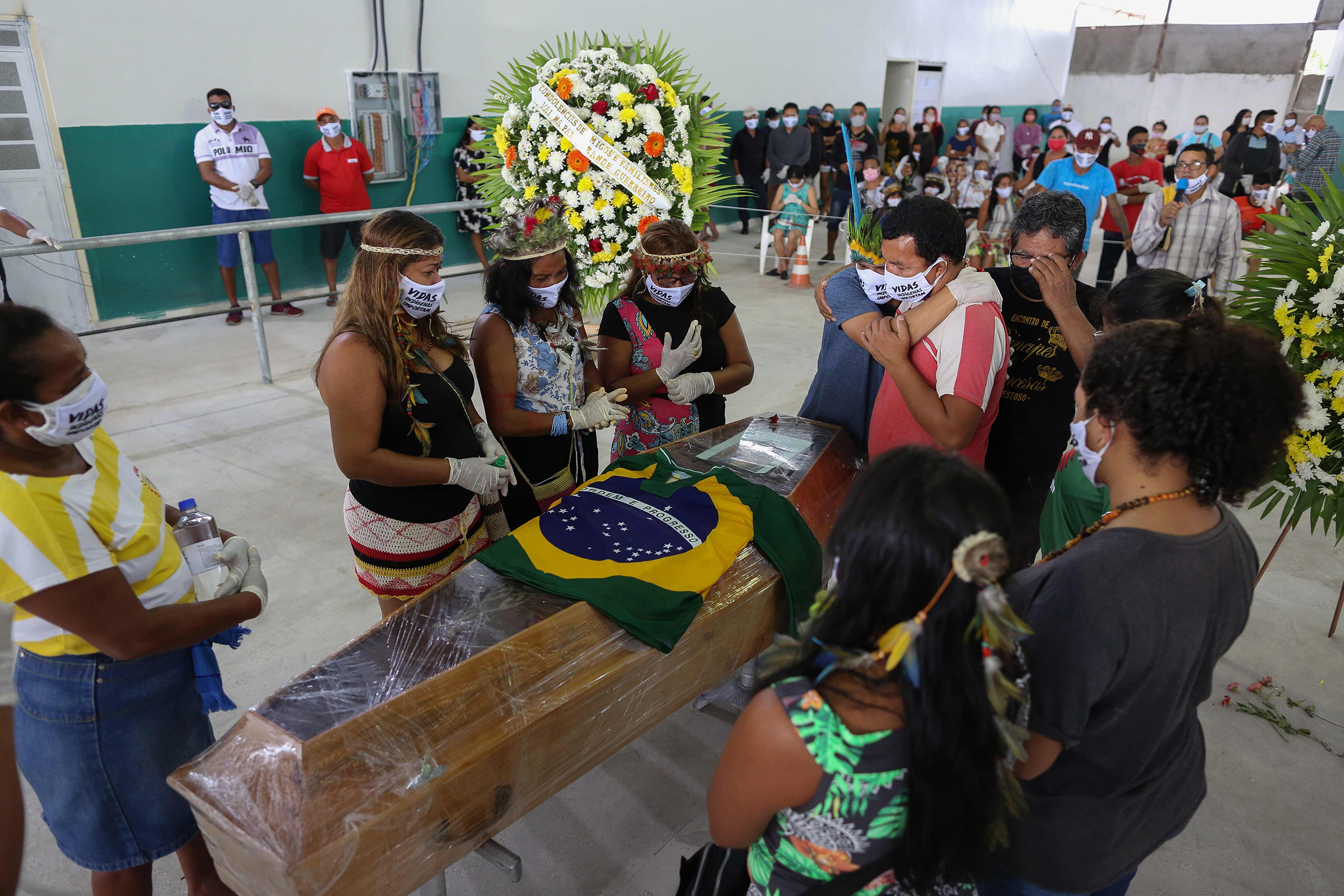
On May 14, Indigenous communities living in Manaus—an industrial city of 1.7 million people in the heart of Brazil’s Amazon rainforest—honored Messias Kokama, an Indigenous activist who died one day earlier after contracting the coronavirus. He was 53. Despite the ban on public gatherings, municipal authorities allowed Indigenous communities to gather and celebrate their beloved leader through dance and song, per his wishes.
Kokama was born on September 19, 1966 in an Indigenous village in western Brazil. At 20, Kokama traveled a thousand miles down the river to Manaus, in search of greater opportunities. Instead, he found a society in which Indigenous people were marginalized, sleeping in the streets on the outskirts of the city, according to the New York Times.
Kokama became determined to carve out a place for Indigenous people in Manaus. After becoming Chief of the Kokama tribe in 2012, Kokama founded Tribes Park, a community of houses in the city where approximately 700 families from 35 different Amazon Indigenous groups live, keeping alive their traditions and cultures, according to the Times. The project, which had been in the works for years, reportedly came to fruition when Kokama took it under his wing.
Alongside this project, Kokama fought to make education accessible to Indigenous people, receiving his high school diploma at 40. He also advocated for greater access to health services, especially when the COVID-19 pandemic hit Indigenous communities, per the Times.
At the heart of Kokama’s work was a desire to reassert Indigenous culture into the fabric of Brazil’s identity. This was celebrated at his funeral, where the Brazilian national anthem was sung in Tikuna—one of 14 Indigenous languages spoken in Tribes Park.
“We lost a brave chief who fought to establish a model Indigenous community with quality education and services that we are denied,” said Vanderlecia Ortega, an Indigenous nurse, per Reuters. “We will continue fighting to make his dream come true.” —Mélissa Godin
Michael Lang
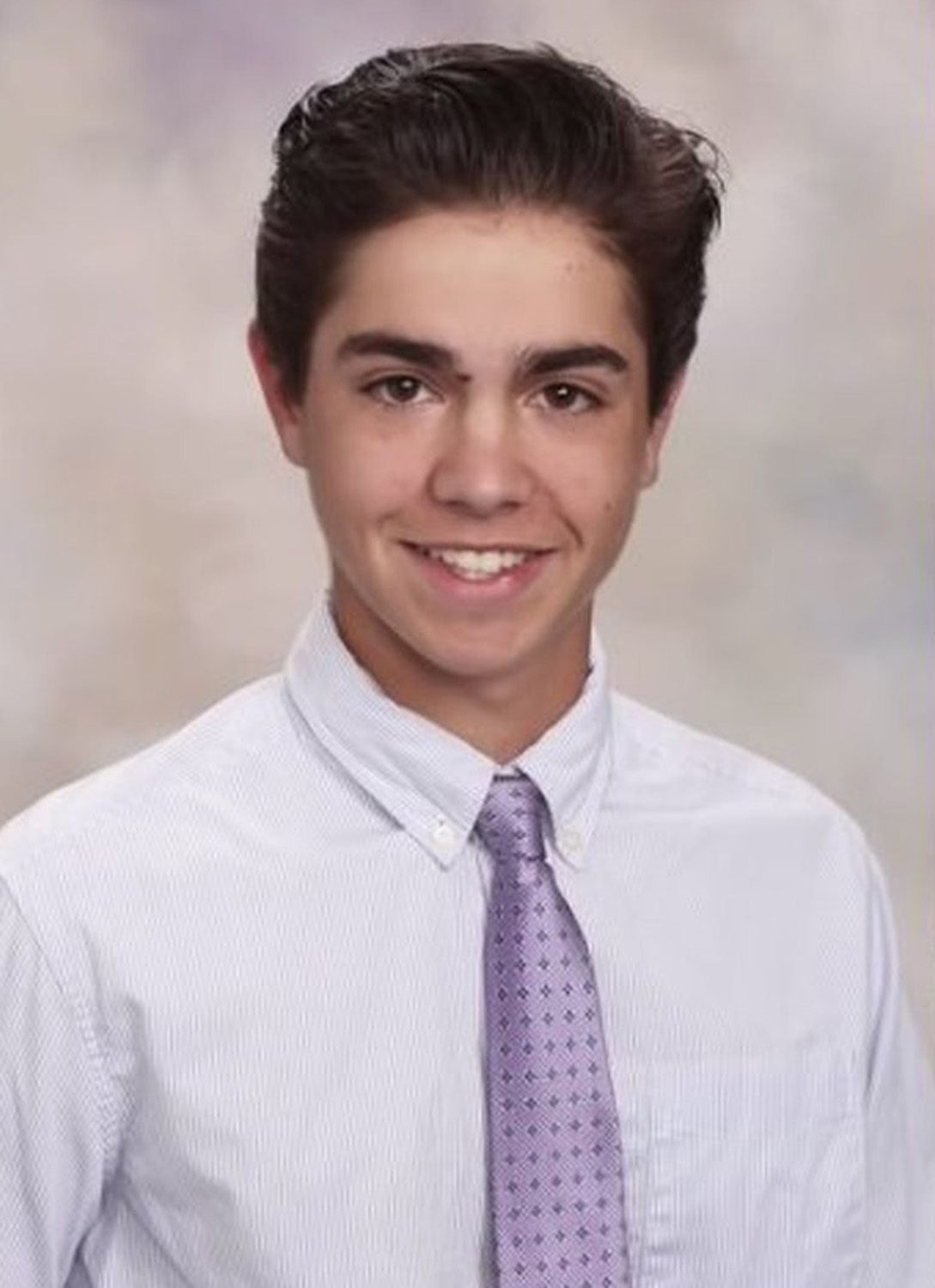
Incoming freshman Michael Lang was looking forward to attending classes in person at the University of Dayton after the coronavirus pandemic forced him and his classmates at Lyons Township High School in La Grange, Illinois, to miss out on many typical senior year milestones in the spring.
He arrived on campus in early August full of hope, but by Labor Day he was reportedly experiencing COVID-19 symptoms. He returned home to recover, but in late September he suffered cardiac arrest seemingly out of the blue. Although he was historically healthy, he was diagnosed with myocarditis—an inflammation of the heart muscle. He eventually fell into a coma and died on Oct. 22 after being hospitalized for several weeks. He was 18.
“He was really just a loving kid that just got shortchanged,” his mother, Kady Lang, told ABC News. “I’m just proud of him as a parent. He was a good boy and he appreciated his life.”
Michael’s older brother, Matthew Lang, delivered the eulogy at his funeral and sweetly recalled how they used to fight over what they would watch on Netflix, how they “whipped mom and dad” on the golf course and how Michael had a quirky sense of humor that didn’t always resonate with others—but he didn’t care.
“That’s something we all loved about Michael, and that’s one of the reasons he was such a unique human being,” Matthew said, per the Dayton Daily News.
Michael’s former high school bowling coach also recalled how his character shined through when he didn’t make the playoffs last year, but still felt compelled to give his teammates a motivational speech when they needed a pep talk at regionals.
“That was the growth of a young man who happened to be a part of something bigger than himself, and took charge when others might have just sat and watched,” coach Gary Morrill told the Daily News. “That is the story I will pass on to future bowling teams. Michael definitely left his mark for life with me.” —Kathy Ehrich Dowd
Moonyeenn Lee
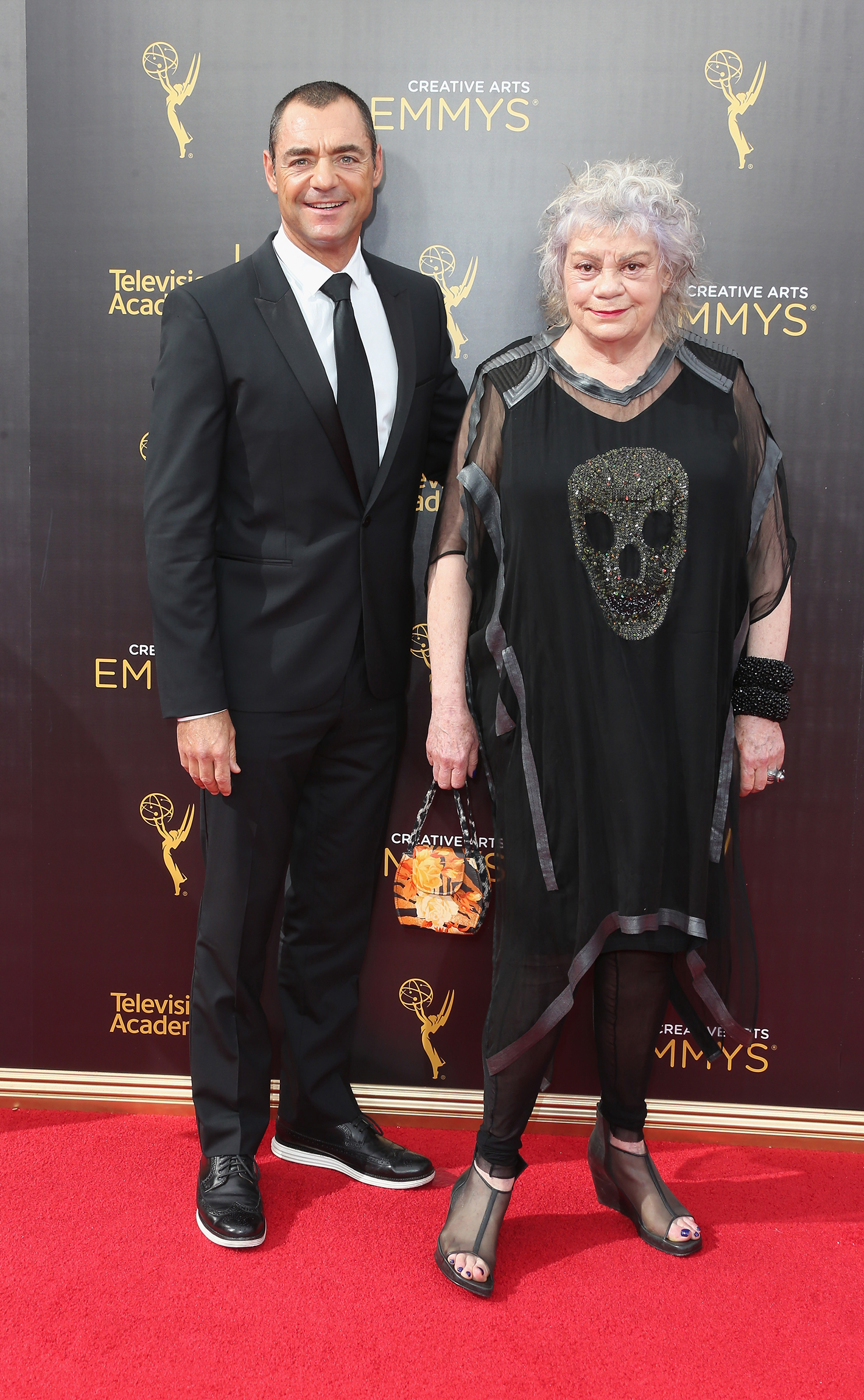
When Moonyeenn Lee entered the South African film industry in the 1970s, apartheid was still the rule of law, and there were very few opportunities for Black artists in the industry. So in 1974, Lee opened her own inclusive casting agency and embraced the struggle for Black African representation. Over 40-plus years as an agent and casting director, she worked on some of the biggest films in African history—from Hotel Rwanda to Black Panther—serving as a fierce intermediary between Hollywood and her homeland, and helping to change the perception of Africa around the world. On July 18, she died at 76 in Johannesburg from complications of the coronavirus.
“Moonyeenn’s focus was on leveling the playing field in South Africa between Black and white actors, producers, and filmmakers,” Tony-winning actor John Kani says. “If it wasn’t for Moonyeenn’s efforts, we’d have a film industry that is not conscious of the changes that have taken place in this country.”
Lee was born in 1944 in Johannesburg and grew up around the stage, since her mother was a theater actress. But she didn’t want to go the same route: “I was a terrible actress,” she said in a 2017 interview. Instead, she found a role behind the camera, starting her own agency, Moonyeenn Lee Associates, from her living room, recognizing and nurturing talent and using her charismatic force of nature to fight for local actors and stories.
After South Africa became a democracy in 1994, Lee took on a much bigger role on the international stage. She served as casting director for films like In My Country, Mandela: Long Walk to Freedom and Tsotsi, the last of which became the first South African film to win an Oscar. She became a member of both the Academy of Motion Picture Arts and Sciences and the Television Academy.
“She would travel around the world, introducing producers and directors to South African actors,” Nathi Mthethwa, the South African Minister of Arts and Culture, wrote in a statement following her death. “She consistently did everything in her power to convince them to cast local actors over foreign actors and her dedication paid off.”
As a judge on the talent discovery show Class Act, Lee became infamous for her scathing critiques of actors. She was quick to dissuade actors whom she felt weren’t ready to put in the work.
But when she chose to represent actors, she fought tooth and nail for them. Her clients over the years included some of South Africa’s highest-profile actors, including Winston Ntshona, Fana Mokoena, Tobie Cronjé and Kani. “Every movie I’ve done without her has been OK—but the ones that were critical to my career, I always got the call from Moonyeenn,” Kani says. That included a small part in Captain America: Civil War as King T’Chaka, which he was initially resistant to. “It wouldn’t have happened if Moonyeenn had not convinced me,” he says. Since then, Kani has secured a steady presence in the Disney and Marvel universes, with roles in Black Panther and The Lion King.
Kani says that in the first months of the coronavirus arriving in South Africa, Lee was extremely active in supporting out-of-work film artists and pushing for a better future. “She kept saying, ‘Let’s talk about what we can do in the interim so when the opening takes place, we are ready as artists to make our impact,” he says. “We felt very strongly that she was speaking for us. She will be sorely missed.” —Andrew Chow
Ronald Lewis
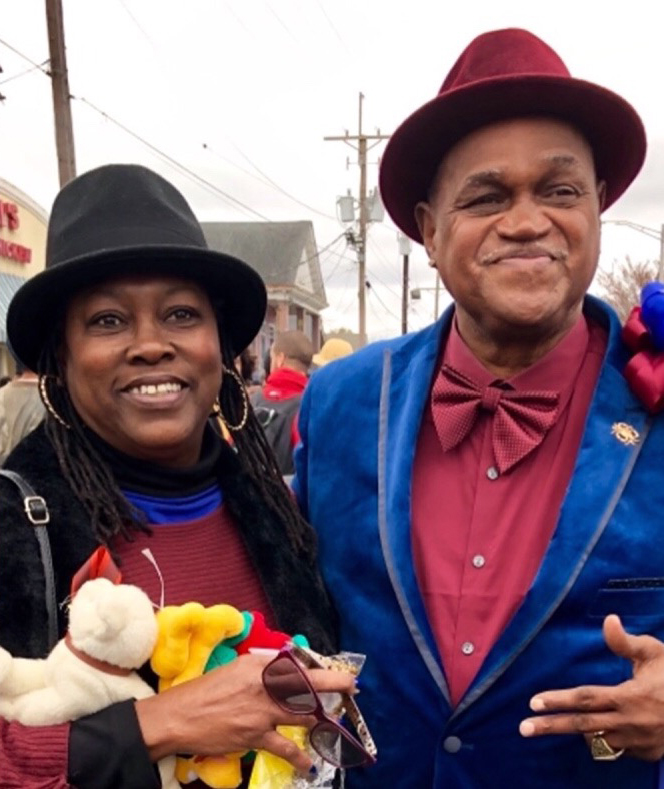
Ronald Lewis had long been a pillar of the New Orleans community as the owner and operator of the House of Dance and Feathers, a museum that celebrates the city’s street culture and performance traditions. He died on March 20 after contracting the novel coronavirus. He was 68.
“Our hearts are heavy with the passing of Ronald Lewis. Ronald was the very definition of a culture bearer,” New Orleans Mayor LaToya Cantrell said in a statement. “He survived so much, and gave us so much.”
Lewis started feeling sick on March 18 and was taken to the hospital by his family, where he was tested for COVID-19. His family didn’t find out that he had tested positive until after his funeral.
“We have to take this thing seriously,” Lewis’ nephew Brent Taylor told The New Orleans Advocate. “Once it hits home, you know this virus is not playing.”
A lifelong resident of the city’s Ninth Ward, Lewis started his museum in 2003 as a way for people to experience the rich, storied culture of marching and parading in New Orleans.
Its exhibits include memorabilia, costumes, parade and marching props along with photos from social clubs. Lewis also started the Big 9 second-line parading group, where he was in charge of costume design.
“I want to educate the world about our great culture, how we do this, and why we are so successful at it even though the economics say we ain’t supposed to be,” a quote from Lewis on the museum’s website explained.
Now, Lewis is being mourned by his community and his family. “The man who molded me to be person I am today… You’ll truly be missed,” Lewis’ son Rashad wrote on Facebook. “You’re a legend in the city. And once the smoke clear we will send you off right and give you the biggest celebration possible.”
That celebration, a “jazz funeral,” is reportedly being planned — if social distancing rules allow — for July, on Lewis’ birthday. —Josiah Bates
Andre Ljuljovic
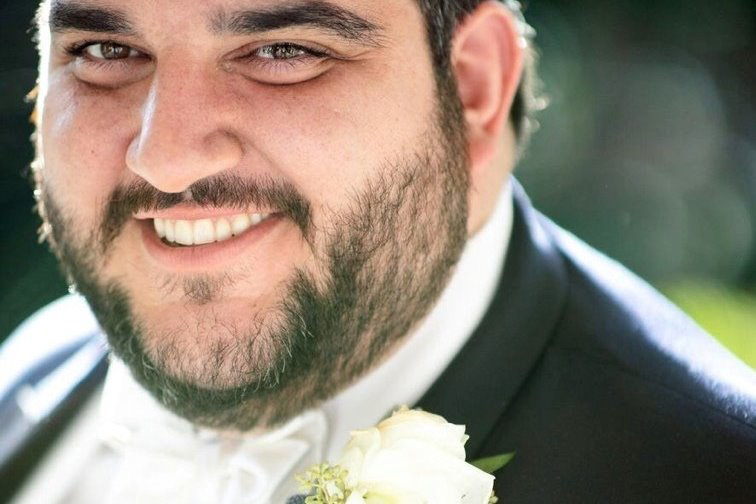
“Gonna have to call today off bro,” Andre Ljuljovic, a doorman at the upscale UN Plaza in New York City, texted to one of his closest childhood friends, Tim Kehayas, at 8:07 a.m. on Friday, March 20. That afternoon, Keheyas, who referred to Ljuljovic as “Big Sexy” in his phone, had planned to visit his pal at the condo Ljuljovic and his new wife had recently purchased in Westchester County. Ljuljovic followed up with a picture of a CVS thermometer, showing a 100.7 degree fever. “I think I have the normal flu,” he told Keheyas. Three hours later, however, his condition had taken a harsher turn. “Whatever this is it’s knocked me down like nothing ever has before,” Ljuljovic wrote to Kehayas, who shared this text exchange with TIME, at 5:46 p.m. that same day. “Getting from spot to spot is hard my body is drained.”
The following Monday afternoon, March 23, Kehayas checked back in. “My body is killing me,” Ljuljovic responded. Still, Ljuljovic remained hopeful. “They say the 4-5 day mark are very important,” he texted. “I can get either better or worse.”
Two days later, on Wednesday, March 25, Ljulovic informed Keheyas he had checked into the hospital the night before. “Had a hard time breathing,” Ljulvocic wrote from the hospital. “Feeling better now tho.”
Those were his last words to his friend.
On Friday, March 27 — two days after Ljuljovic told Keheyas he was improving — Ljuljovic died of complications from coronavirus. He was 31.
Ljuljovic played offensive and defensive line at Archbishop Stepinac High School, in White Plains, NY, where he graduated from in 2007. Gifts purchased for his wedding the previous October include a black George Foreman 4-Serving Non-Stick Classic Contact Grill and a Lenox Tuscany Classics Martini Shaker Set. Friends from his childhood neighborhood in Yonkers, NY remember Ljuljovic as a voice of reason: When Danny Hoffer, for example, kicked an older kid during a basketball game many years ago, it was Ljuljovic who pulled him aside, gently reprimanded him, and brought him back to his house for some lemonade and a timeout. They then played some NBA 2K. Hoffner tells TIME Ljuljovic “was the most loyal man I’ve ever met.” —Sean Gregory
Tarlach MacNiallais
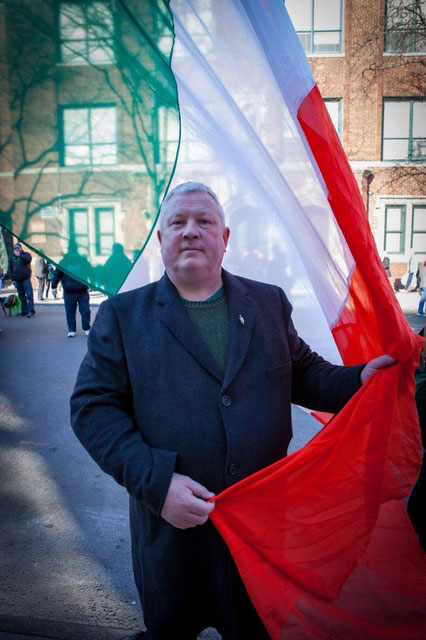
Tarlach MacNiallais could hear the crowd roaring as he marched up Fifth Avenue during New York City’s 2016 St. Patrick’s Day parade. He had fought for decades for LGBTQ+ groups to be included in the famed event, and he savored his hard-won victory as he walked with the Lavender and Green Alliance advocacy group.
“There were tears in everyone’s eyes,” his brother Brendan Nellis recalls. “It was a momentous day.
MacNiallais was a fierce advocate for LGBTQ+ and disability rights who dedicated his life to fighting for equality and justice. On April 1, he died from complications related to COVID-19. He was 57.
Born in Belfast, Northern Ireland, MacNiallais moved to New York City in the 1980s to “live a freer life,” Nellis tells TIME. He had fought for LGBTQ+ rights while living in Ireland and continued his activism in New York, where he met his husband, Juan Nepomuceno. He also spent decades advocating for disability rights and worked at A.H.R.C. New York City—a nonprofit that supports people with developmental disabilities—for nearly 35 years.
“He was a battering ram on issues of importance,” wrote Harriet Golden, vice president for program operations and innovation at A.H.R.C. New York City. He loved to debate both “for the purpose it served as well as for sport,” she continued. Anyone who faced him “recognized within moments that they were out of their league and it was time to wave the white flag of defeat.”
He was also a warmhearted, “big burly bear of a man” who lit up any room he entered, says his friend and fellow activist Brendan Fay. Fay recalls a time in the ‘80s when they were both arrested while protesting, and MacNiallais started singing as they sat in police custody.
In addition to his husband, MacNiallais is survived by nine siblings and three stepchildren. “He was very family oriented,” says Nellis. Whenever he was in town people “broke out the drinks and all the flags.”
And he was always smiling, Nellis added. “He could sing anywhere, anytime. He was a great man that enjoyed life.” —Madeleine Carlisle
Zororo Makamba

Shortly before he died, the young Zimbabwean journalist Zororo Makamba was preparing a segment on coronavirus and his government’s seemingly inadequate response to it. “We had written a script on health and disaster preparedness, basing our findings on Cyclone Idai and the Cholera outbreak of 2008,” Henry Hakulandaba, who co-founded the digital media company Eleven Dogs with Makamba, wrote in a message to TIME.
But on March 23, Makamba died “alone and scared” in a hospital in the capital city Harare, becoming the country’s first recorded death from the virus. He was 30. His brother Tawanda was quoted in local news media saying that the hospital where he was treated lacked a ventilator, oxygen equipment and other medical supplies. “The government is ill-prepared, it is not ready to deal with the virus,” he said.
As a journalist, Makamba often used his platform to advocate for reform and transparency. In his online talk show, “State of the Nation,” as well as appearances on other current affairs programs, Makamba argued for renewable energy, school reform, anti-corruption measures and youth empowerment.
A native of Zimbabwe, he also had ties to the United States. He attended college at Michigan State University, then received his master’s in producing from the New York Film Academy. He was also a member of one of the wealthiest families in the nation: His father is a media entrepreneur and former broadcaster, while his mother is the managing director of a food bank network.
But Makamba was also plagued by health issues. He had myasthenia gravis, a chronic neuromuscular disease, and had a surgery to remove a tumor from underneath his lung last fall. In late February, he traveled to New York to visit his college friends; when he returned, he reported flu-like symptoms and was admitted to a hospital, where he died. According to the BBC, the country’s health ministry said his pre-existing condition made him vulnerable to the disease.
His death was a warning to his nation, one final statement from a person who made it his mission to inform his fellow citizens and hold power to account. “He would easily tell a story in a very simple way for the ordinary person on the street,” Hakulandaba wrote, “and was speaking truth and facts to power.” —Andrew R. Chow
Ellis Marsalis
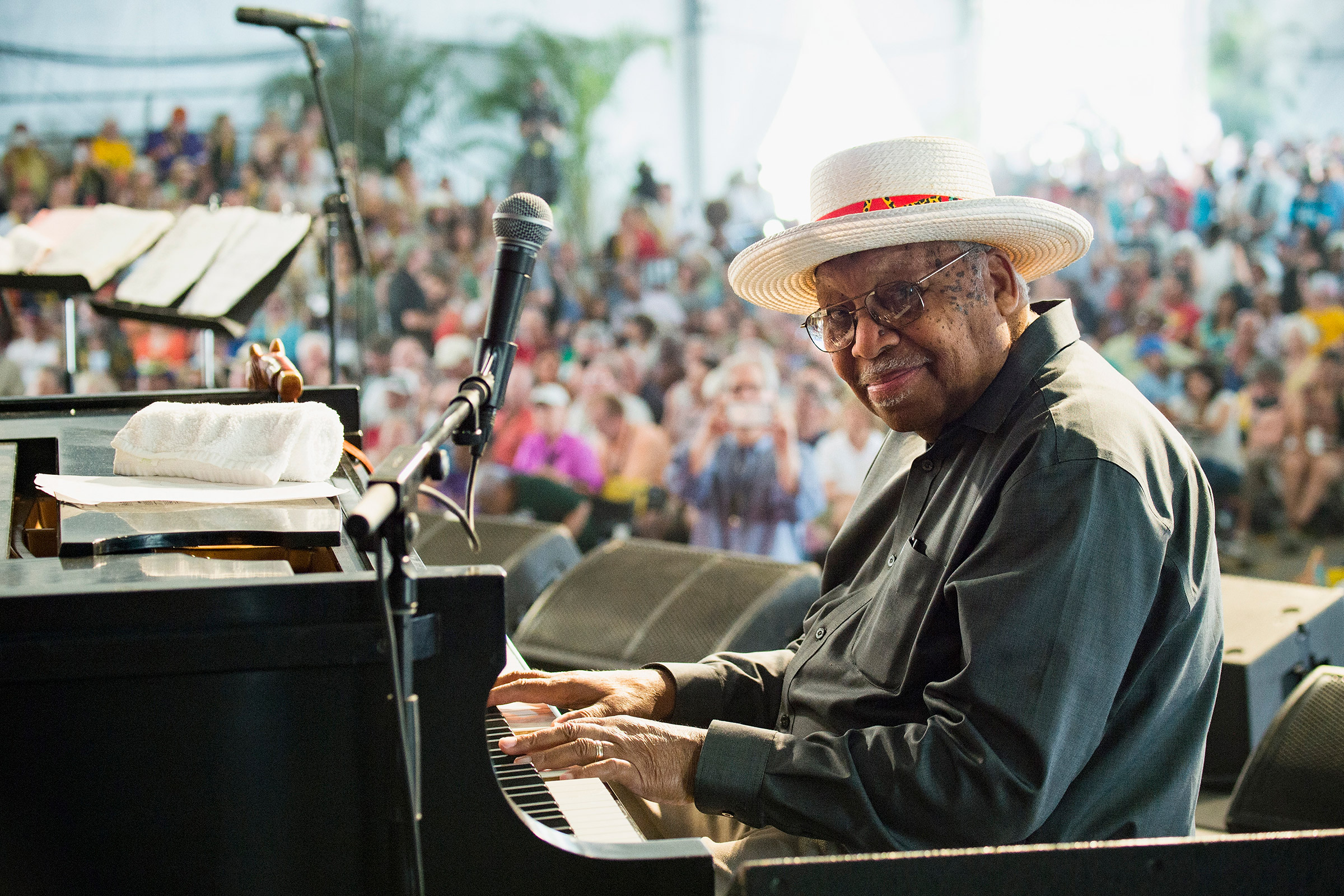
One night during my freshman year in high school, I called Ellis. The famed pianist, who died April 1 at 85 due to COVID-19, was my teacher—so it was “Mr. Marsalis” then, and I was terrified. One didn’t call him at home. But I’d found a chord progression I thought had never been heard on earth, so I dialed. His deep “Hello” still echoes in my mind.
“Mr. Marsalis! Listen to what I discovered!”
I explained it thoroughly.
“That’s good,” he said. “Now I’m gonna go back to my dinner.”
Years later, I reminded him of the story. He laughed and admitted he’d known those chords too. I asked why he hadn’t just taught them to me. “Because,” he said, “you had to figure it out yourself.”
Mr. Marsalis gave me the gift of self-discovery, a gift he shared with many others too, as he spent his last years doing what he loved, working with underserved young musicians at the New Orleans music center that bears his name. I’m a better musician—and man—because of him. —Harry Connick Jr.
———-
Connick is a Grammy and Emmy award-winning actor and singer.
Terrence McNally
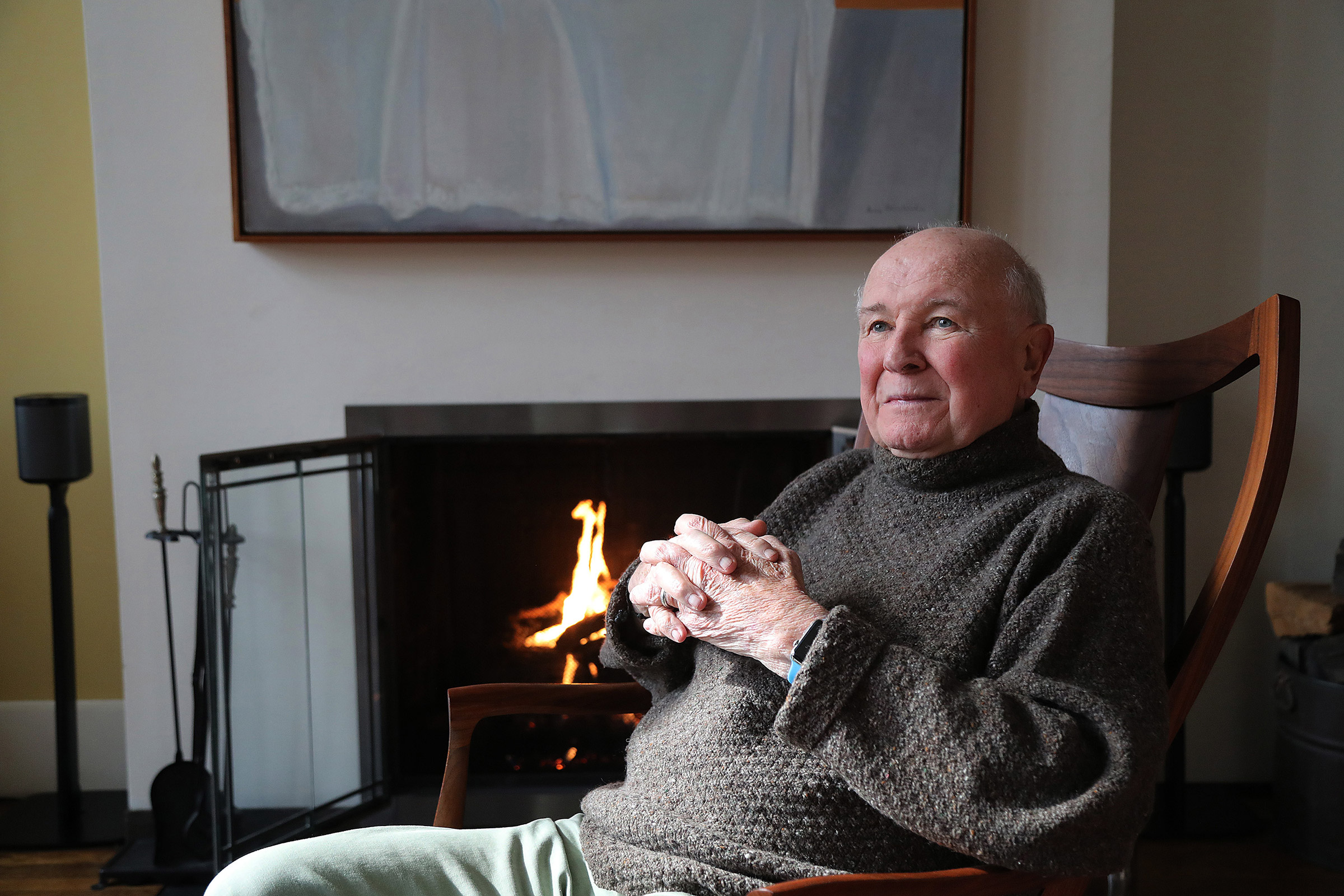
After writing and delivering so many heartfelt tributes over the years to my dear friend, the great playwright Terrence McNally, I have felt at a crippling loss for words when it comes to his recent passing due to the coronavirus.
I have just felt gutted and heartbroken. Fortunately for all of us, he was never at a loss and always knew what to say and how to say it. That was his genius.
It’s not easy to have a biting wit while wearing your heart on your sleeve, but it was a magic trick he perfected like no one else. And somehow, in spite of all of the difficulties and stresses of being in the theater, he maintained a childlike innocence and excitement about it all.
There are countless stories, just like mine, of young artists he has supported and mentored and given their first chance. He was a huge hero to the LGBTQ community, a groundbreaker and openly gay activist and writer way before it became fashionable, while he was also able to consistently reinvent himself in the theater, prolifically playing with new forms and telling us challenging stories of people trying to connect, to matter, in love and art.
It has been very gratifying to see the enormous outpouring of love and respect for Terrence and his incredible body of work over the last week. He would be very pleased and touched. As Maria Callas says at the end of Master Class, “The older I get, the less I know, but I’m certain that what we do matters. If I didn’t believe that…”
Believe me, Terrence mattered. A lot. —Nathan Lane
———-
Lane is an Emmy- and Tony-winning actor.
Patricia and Leslie McWaters
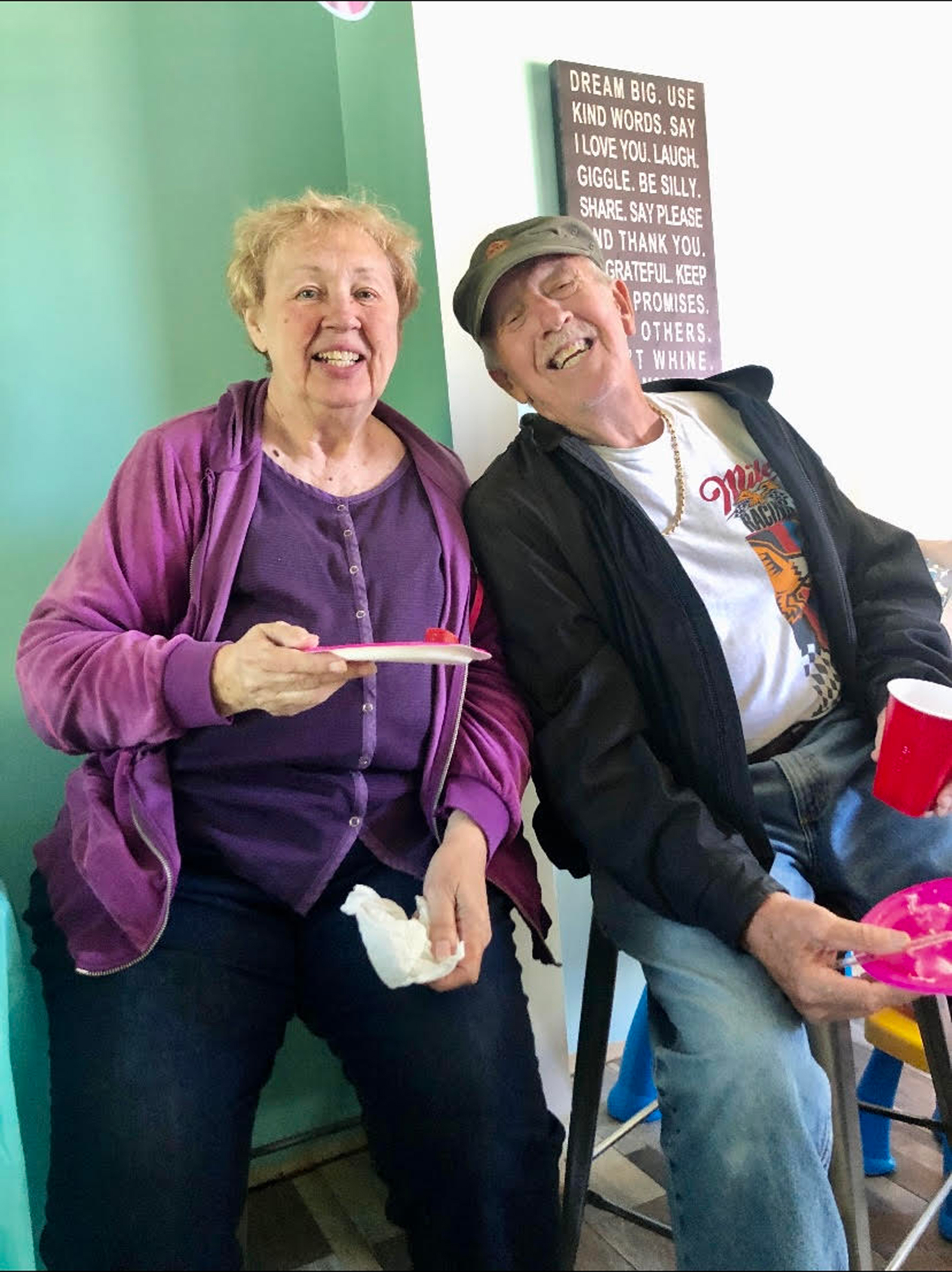
Though Leslie and Patricia McWaters had starkly different personalities, they did almost everything together during their nearly 50 years together as a couple. They loved music, going on drives, gatherings with friends and family—and dancing. They even left this world together at precisely the same minute. They both died of COVID-19 at 4:23 p.m. on Nov. 24 at a hospital in Jackson, Mich. just a few rooms away from each other. Patricia was 78 and Leslie was 75.
“They were so worthy of knowing,” says their younger daughter, Joanna Sisk, who adds that Patricia died first and Leslie shortly followed. “He wouldn’t let her be alone for a second. He waited for her to go first and followed her.”
The couple met one day in 1971 while out dancing at Julie’s Bar, a favorite hangout of theirs in Jackson that has since closed down, and married two years later. Patricia had a 35-year career as a registered nurse. She was a punctual leader who called the shots, Sisk says. Leslie, who went by “LD,” was much more laid-back. A veteran of the U.S. Navy Reserves who later worked as a truck driver, he was famous for his one-liners. He also had a passion for classic cars and bodybuilding. Together they leave behind two daughters, three grandchildren and six great-grandchildren.
Sisk says her parents had always taken the COVID-19 pandemic seriously, but told her before their deaths that they made a bad judgement call when they decided to eat at a nearby restaurant. “They just didn’t feel that they were being as careful as they should have been,” Sisk says. “That’s why they’re sure that that’s where they picked it up.”
Sisk was able to see her parents in person in the days before they died because she previously contracted COVID-19 and tested positive for antibodies, but says Patricia had already fallen into an unresponsive state by that point. Sisk was only able to talk to LD before he died. “He said, I don’t think people understand just how terrible this really is.”
The day before LD died, Sisk says they talked about his classic 1959 Corvette that he had gifted to her 15 years ago knowing she’d never sell it. “That car and me, we were his baby girls,” Sisk says with a laugh. “I said, as soon as he got out of there, on a nice winter day we’d pull it out and we’d go for a drive, but I would drive this time.’ He giggled at me and said that would be nice.”—Jasmine Aguilera
Maria Mercader
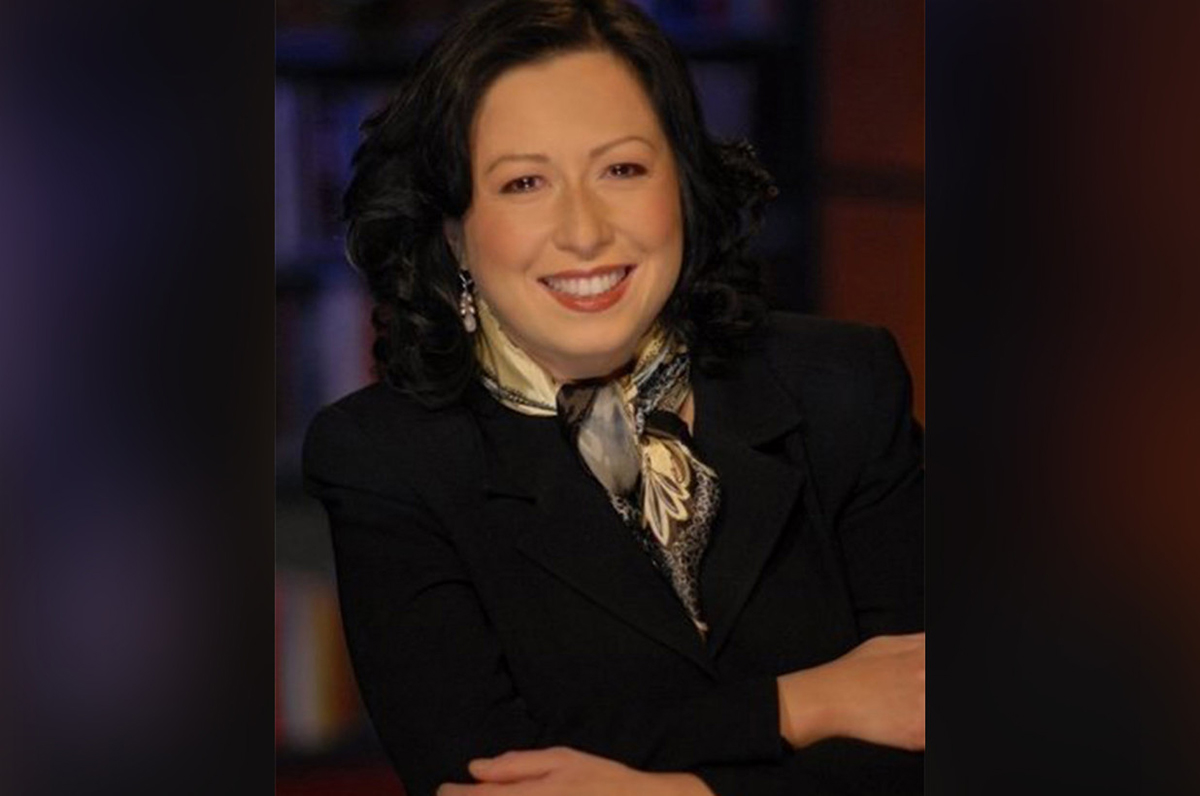
“To be interesting, you must be interested.” That was the quote Maria Mercader chose to post in her Twitter biography, one that speaks to her lifelong dedication to journalism, an industry for the curious and empathetic.
Mercader, a native of New York City, started her career as a page at CBS News in 1987 and went on to work as a producer and talent executive at the company. She died March 29 at age 54 after contracting the coronavirus, CBS said. The company noted that Mercader had battled cancer and related illnesses for 20 years and “was an inspiration each time she returned to work after a setback threatened to end her life.” She was a proud survivor.
Colleagues remembered Mercader as warm, loyal and conscientious, as well as a woman of “indomitable spirit.” Longtime news anchor Dan Rather called her a “paragon of grit and grace” and described her legacy as widespread education: because of her efforts to report the news for nearly three decades, Americans learned about the world.
Mercader covered breaking news events that defined whole decades, including the death of Princess Diana and the 9/11 terrorist attacks. She won a business and financial reporting Emmy in 2004 for producing a story about computer spam; it was one of two nominations she earned that year. Later in her career, she worked on diversity-focused efforts for the company.
“We would joke that I’d survived one type of cancer and she’d survived all the others. And now we’ve lost her to this hideous virus,” CBS News National Correspondent Manuel Bojorquez tweeted on March 29. He offered condolences to her family and said the beloved colleague was “as inspiring and lovely as any human being could be.” —Katy Steinmetz
W. Chris Mertz
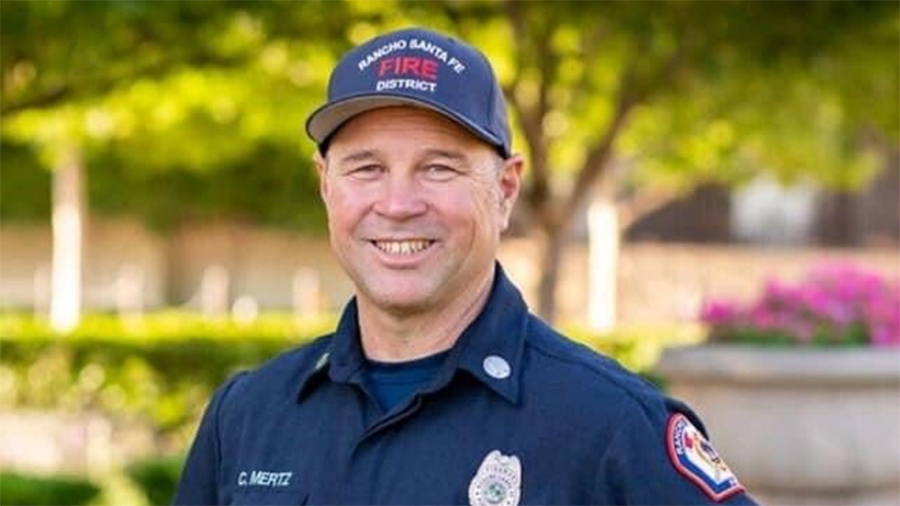
Fire crews near Rancho Santa Fe, Calif., solemnly saluted as they lined overpasses on the I-215 freeway on Jan. 24, 2021. Community members stood beside them, waving American flags as they witnessed the funeral procession of Capt. W. Chris Mertz, a highly respected 30-year veteran of the Rancho Santa Fe Fire Protection District. Mertz died from complications related to COVID-19 on Jan. 20, 2021. He was 54.
His was a life of public service. Before Rancho Santa Fe, Mertz worked for the Federal Fire Department in San Diego, the United States Forest Service, and belonged to a forest fire fighting crew known as the Laguna Hot Shots, “an elite hand crew based out of the Descanso Ranger District,” according to a statement from the Rancho Santa Fe Fire Protection District. Mertz was also an original member of the San Diego Urban Search and Rescue Task Force 8, a disaster response team, and remained active in the group until his death. He helped respond to both the World Trade Center attacks in 2001 and Hurricane Katrina in 2005.
“Chris and his family are the epitome of the American ideal—people who love their country and committed their lives to serving their fellow citizens,” the Rancho Santa Fe Fire statement continued. Mertz is survived by his two daughters, both of whom serve in the U.S. Air Force, his son, who serves as a Cal-FIRE San Diego firefighter, his wife, Canli, and his parents.
Mertz’s death was classified as in the line of duty, and flags in the California state Capitol were flown at half mast on Jan. 26 in his honor.
“Jennifer and I were deeply saddened to learn of the death of Fire Captain Mertz,” California Gov. Gavin Newsom said in a Jan. 26 statement. “Fire Captain Mertz devoted his life to protecting his fellow Californians and his tremendous bravery, dedication and sacrifice will not be forgotten.” —Madeleine Carlisle
Brian Miller
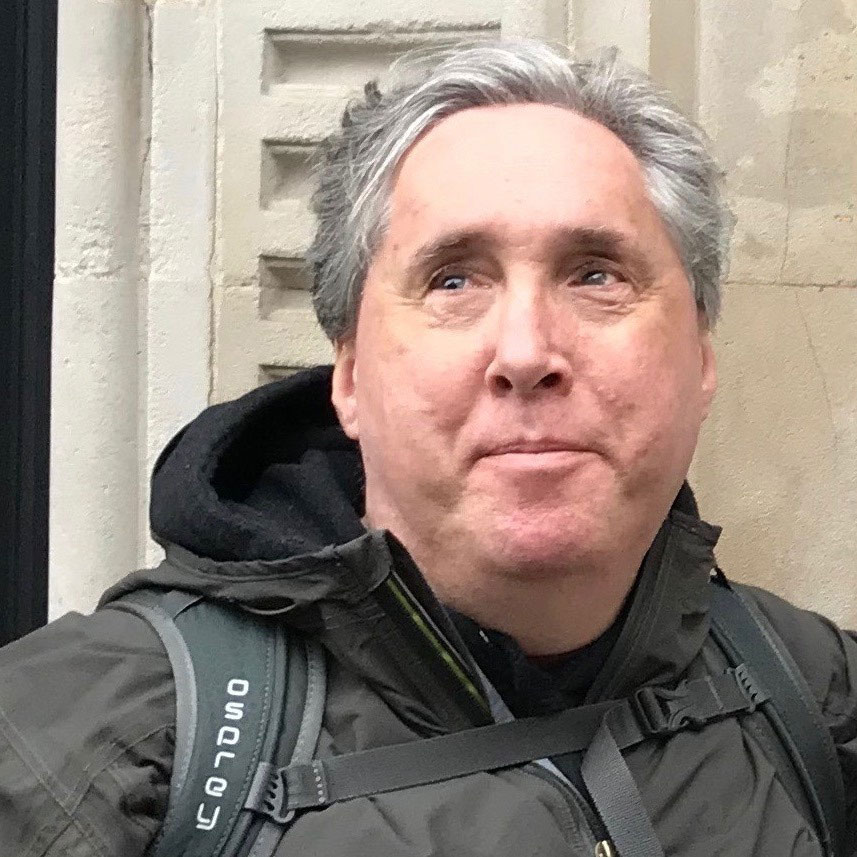
“The basic truth is that the blind are citizens,” reads an epigraph at the beginning of Brian Miller’s 2013 dissertation, “that they are not wards, that they are capable of speaking for themselves.”
Miller—who was among America’s first visually impaired students to be educated in mainstream schools alongside sighted peers—was a testament to that truth. He not only found his voice but helped others find theirs, fighting for the materials he needed to get his own education and going on to advocate for students with disabilities all his life.
“For a long time it was a world of scarcity,” Miller said when accepting a Learning Ally National Achievement Award in 2015. “Lack of books, lack of proper instruction, and lack of understanding as to what blind children need to succeed.”
Miller died due to complications of the coronavirus on April 13. He was 52.
Born in Michigan and raised in California, Miller eventually moved to Alexandria, Va., which he jokingly referred to as the “fun side of the Potomac.” He worked in Washington, D.C. at the U.S. Department of Education’s Rehabilitation Services Administration, overseeing programs designed to help individuals with disabilities live independent, productive lives.
Miller loved learning. He had several degrees, including a doctorate in history from the University of Iowa. He also spoke several languages and had traveled to more than 65 countries on six continents. In an interview with NPR, his mother, Jane McGinnis, said that at the time of his death her son already had trips scheduled to Mongolia and Ukraine.
A steady stream of friends wrote tributes to Miller on social media, recalling not just his brilliance but his big heart, his adventurous spirit, his good advice, his ability to make others laugh even in the hardest times. “He saw and did more than most of us so-called ‘sighted’ people will ever do,” one friend wrote on Facebook. Another noted, “There’s no one that’s ever going to be like Brian Miller.” —Katy Steinmetz
Captain Tom Moore
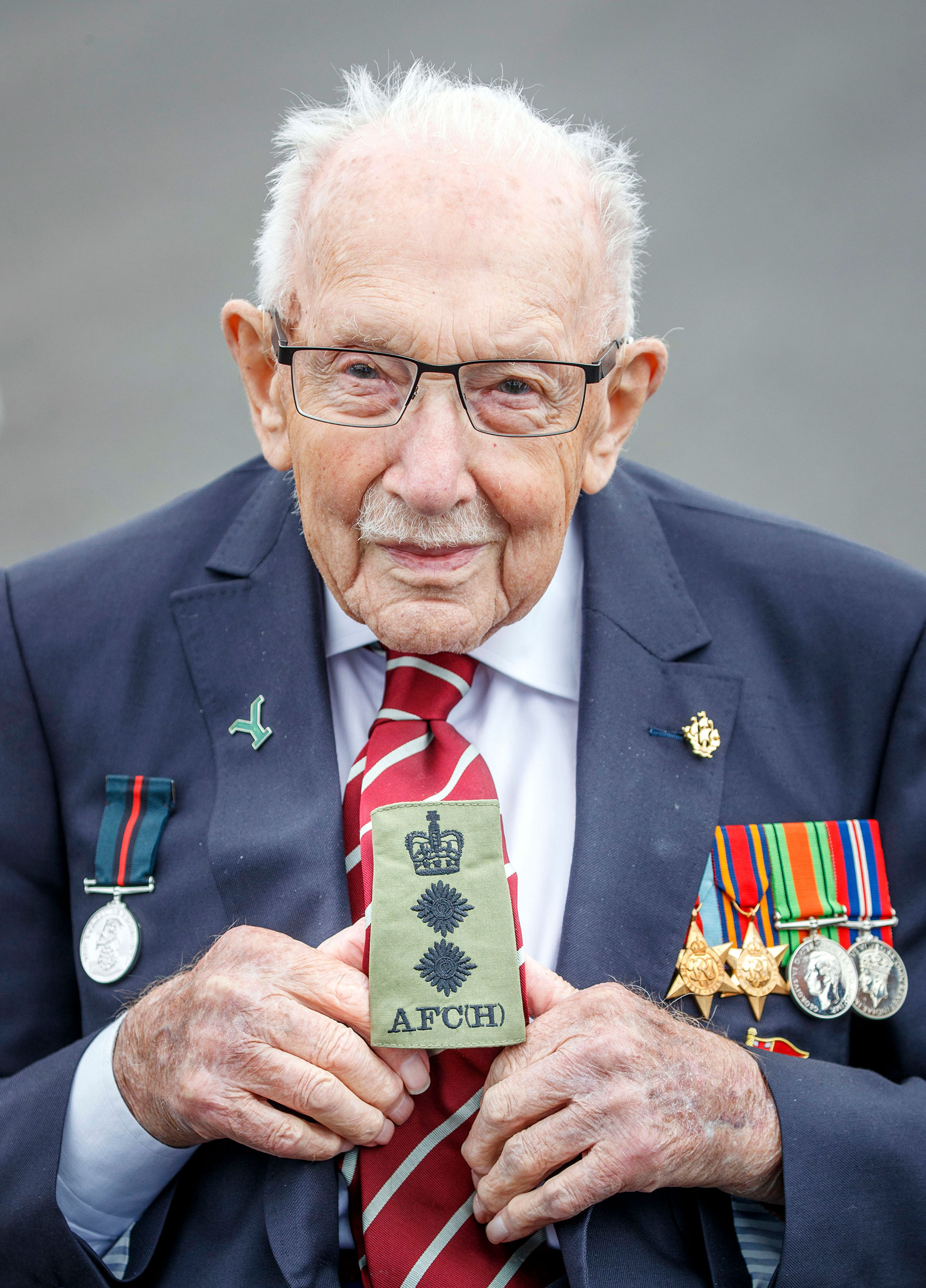
In April 2020, Captain Tom Moore committed to walking 100 laps of his garden before his 100th birthday to raise money for charities supporting the National Health Service (NHS). His endeavor quickly made him a national sensation, and raised a total of £32.9 million ($45 million) in the early days of the COVID-19 pandemic.
Ten months later, the World War II veteran died on Feb. 2 after contracting the virus. Although the U.K. has been vaccinating people in Moore’s age group for several weeks, he reportedly had not received one because he had been suffering from pneumonia.
“The last year of our father’s life was nothing short of remarkable,” Moore’s family said in a statement confirming his death. “He was rejuvenated and experienced things he’d only ever dreamed of. Whilst he’d been in so many hearts for just a short time, he was an incredible father and grandfather, and he will stay alive in our hearts forever.”
Moore was embraced by the U.K. government as a national hero for his fundraising efforts, and received a knighthood from Queen Elizabeth II last July, less than three months after turning 100 on April 30.
“Captain Sir Tom Moore was a hero in the truest sense of the word,” Prime Minister Boris Johnson said in a statement after Moore’s death. “It is quite astonishing that at the age of 100 he raised more than £32 million for the NHS, and so gave countless others their own chance to thank the extraordinary men and women who have protected us through this pandemic. He became not just a national inspiration but a beacon of hope for the world.” —Billy Perrigo
Tricia Moten
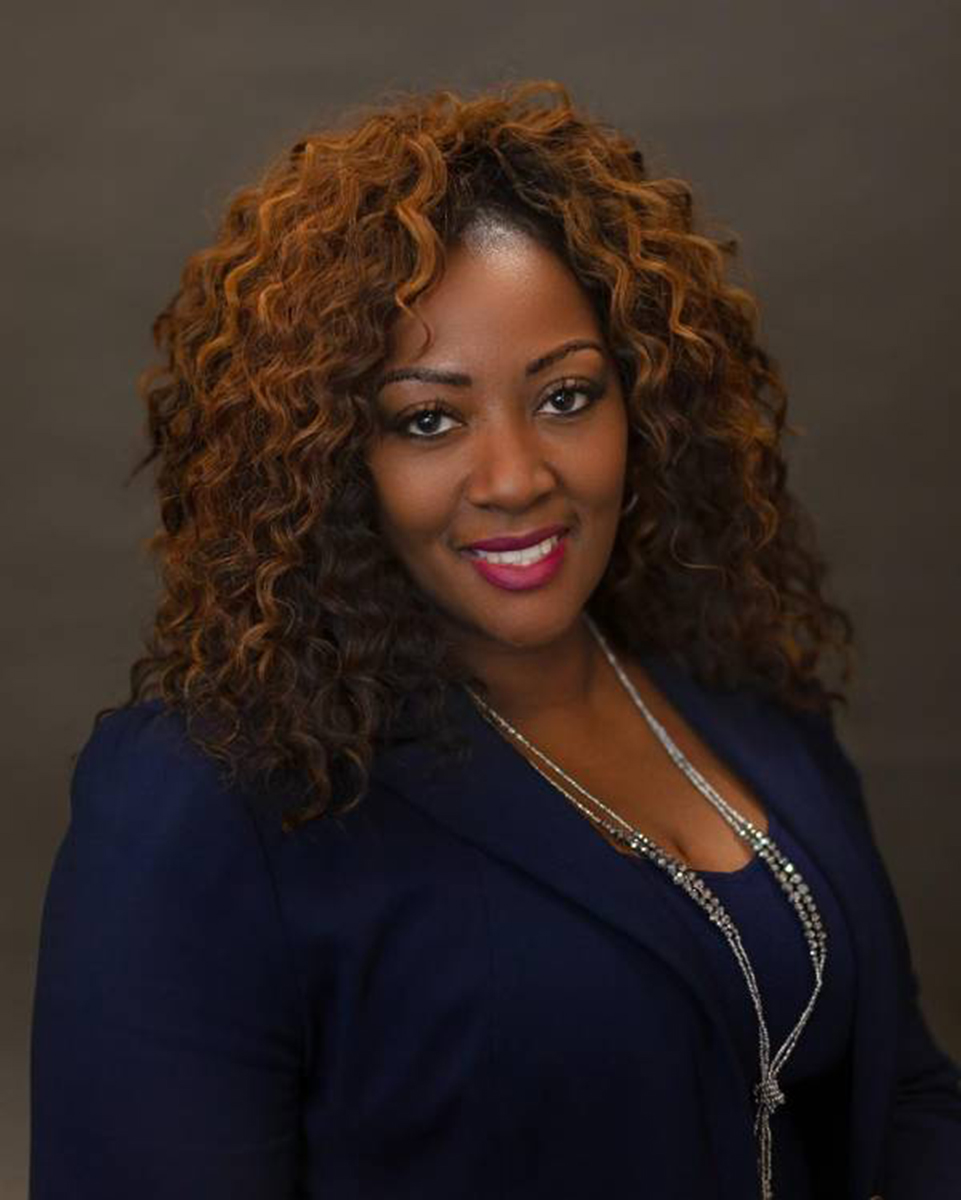
As chief nursing officer for First Surgical Hospital in Bellaire, Texas, Tricia Moten devoted her career to helping others. And beyond her job, she dedicated her life to her family, her faith and her community.
“She was just an amazing person, inside and out,” her husband, Derrick Moten, told Click2Houston.
Moten’s family told the news station that she contracted the coronavirus in December and was later admitted to the hospital. She died on Feb. 5 following a six-week battle with COVID-19. She was 49.
“It’s been really hard without my mother,” son TJ Lynch, a high school senior, also told Click2Houston. “She was my everything—my rock, my soul.”
According to a profile on the First Surgical website, Moten was a nurse for 15 years and served in a leadership capacity for 12 years. Social media posts from those who knew her noted that she was on the “front lines” during the pandemic and “gave to the very end to her patients and staff in the Houston area.”
The Royal Priesthood Dance Academy in Houston paid tribute to Moten in a Facebook post after her death, noting that “she truly loved ministering in dance before the Lord and worshiping God was her passion!” The group also wrote that “she inspired many.”
A GoFundMe has been set up to help her family in the wake of her death. And Moten’s daughter, a high school volleyball player, said she and her brother are trying to stay focused and move forward despite their grief. “[We’re] not letting this stop us because I knew she wouldn’t want us to.” —Kathy Ehrich Dowd
Michael Neazer
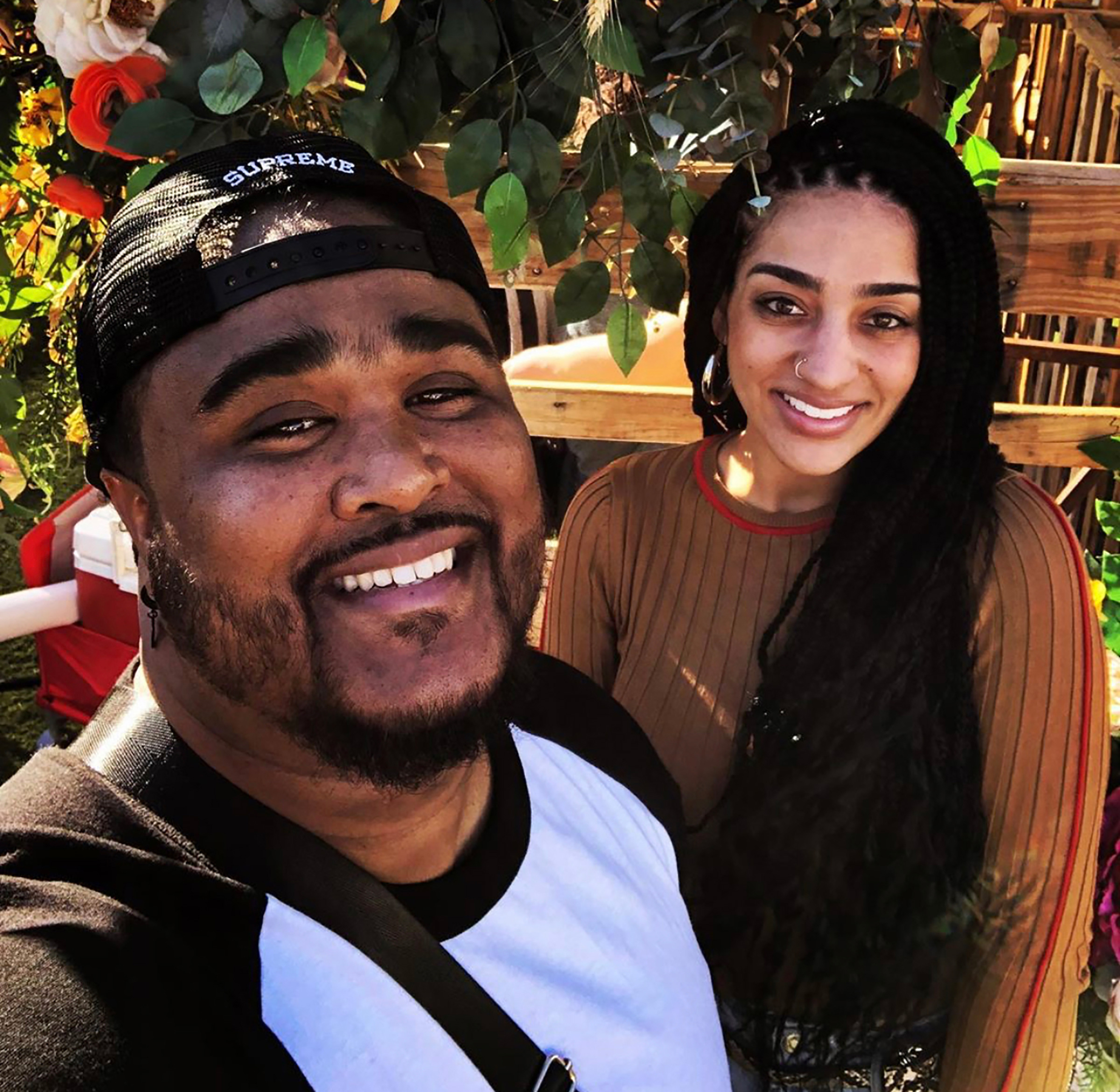
For the last five years, Michael and Christiana Neazer have been actively trying to conceive. The Rialto, Calif. couple first met at his mom’s hair salon when they were kids, and they got to know each other on a deeper level in their twenties while attending the same church. Together, they long dreamed about starting a family.
In early July, Christiana discovered she was finally expecting. One week later, on July 15, Michael passed away at age 32 due to COVID-19 after spending three weeks in the hospital.
“If anyone knew Michael, you would know he wanted nothing more than to be a father,” wrote Tiana Paopao, a family friend, on a GoFundMe page to help Christiana with expenses for the baby, Michael’s funeral, and nursing school.
Christiana, who also tested positive for the virus but recovered, describes Michael as a selfless provider and protector, who made her feel special in every way and like she didn’t have to worry about anything.
Now, the mom-to-be is focused on making sure the baby knows just how loving he was. “His legacy will be this baby,” says Christiana. “I will make sure this baby knows that his or her daddy was a man of integrity and knew how to love.” —Anna Purna Kambhampaty
Keiko Neutz

“Through many dangers, toils and snares / We have already come / T’was grace that brought us safe thus far / And grace will lead us home.”
“Amazing Grace” was a favorite song of Keiko Neutz. And, thanks to one of her 28 grandchildren, those lyrics are some of the final sounds the Kentucky matriarch heard before succumbing to complications of the coronavirus on March 30. She was 87.
After the mother of eight was hospitalized in Louisville, Ky., 29-year-old Lacy Taylor set up a laptop with an app that allowed family members to “drop in” to see her and speak with her and sing to her, a workaround that was necessary given that Neutz was in isolation. Family members were, at least virtually, present to the last.
Born and raised in Japan, the young woman once known as Keiko Shoka met an American soldier named Carl Neutz while working as a stenographer at a U.S. Army base, according to the Louisville Courier-Journal. The two married and moved to America. Through difficult times, including prejudice that Japanese-Americans encountered in the wake of World War II and the eventual death of her husband, Neutz turned to religion. In various interviews, her family members have recalled her fortitude and faith, as well as her “spitfire” personality that was belied by her dainty stature.
After her death, Taylor and other family members began an effort to repurpose old devices that can connect other families who have been separated by the coronavirus and the protocols it demands. In honor of the matriarch’s beloved hymn, they named it the Keiko Neutz Amazing Grace Foundation. The website is adorned with a passage from Romans 12:21: “Be not overcome of evil, but overcome evil with good.” —Katy Steinmetz
Lonnie Norman
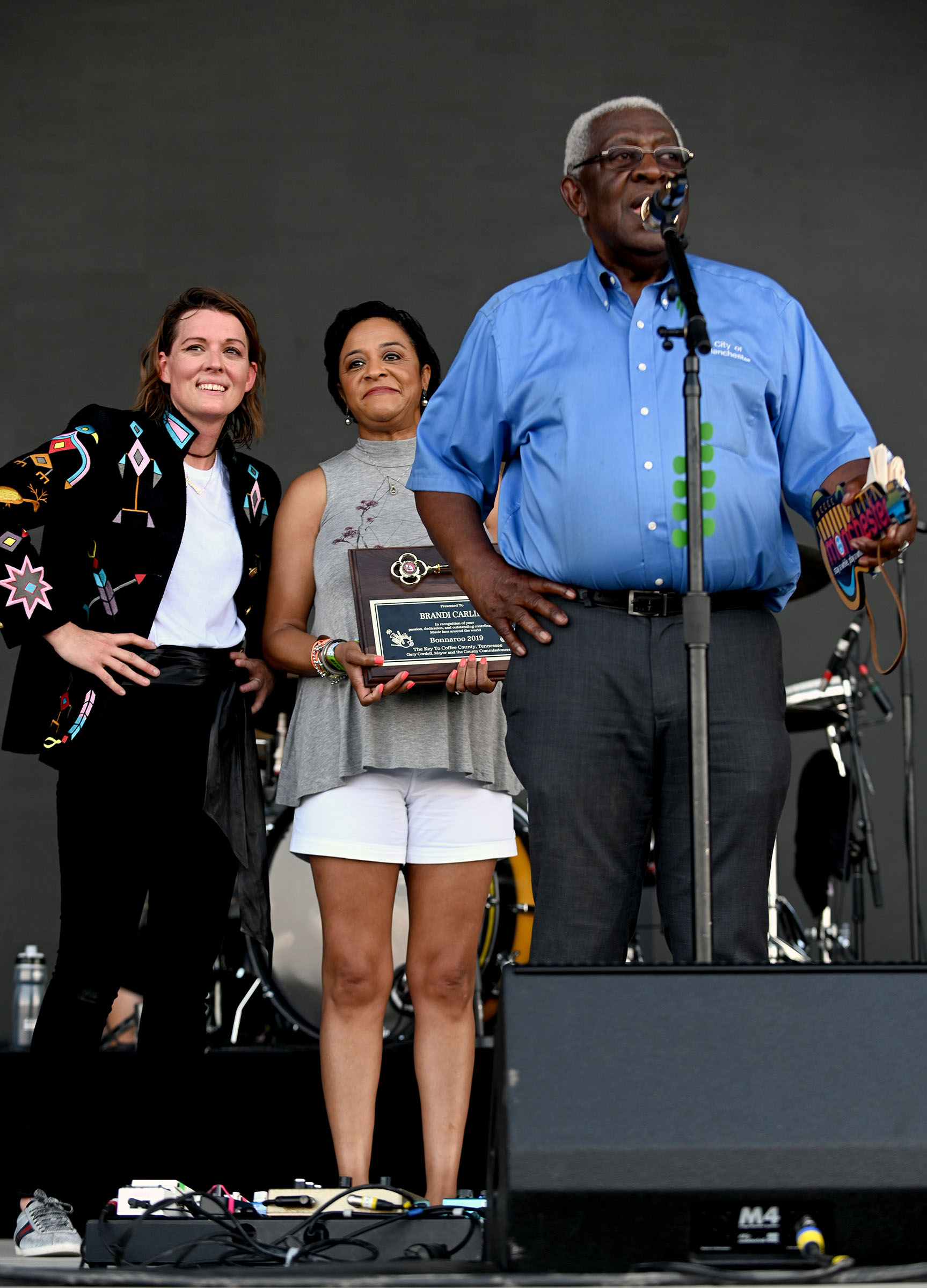
“It is said that when your work speaks for itself—let it.”
The family of Manchester, Tenn. Mayor Lonnie Norman shared that message while announcing the death of their beloved patriarch on Oct. 12 of COVID-19, and also noted that his “eight decades on this planet were filled with work that testifies to both his accomplishments and his values.”
Norman’s hometown has hosted the annual Bonnaroo Music & Arts Festival since 2002, although it was postponed this year due to the pandemic. The festival praised its “incredible” mayor after news of his hospitalization, and later expressed its condolences at the loss of a “dedicated community leader.”
Norman became Manchester’s first Black mayor in 1991, after entering public life in 1984, and then returned to the office in 2012. His family noted that he never lost a political race, and he was “immensely grateful” that his community returned him to the mayor’s office four times. He also spent 40 years with Arnold Engineering Development Complex, retiring as a technical supervisor. But his family said his “greatest accomplishments” were as a father of four and a grandfather of two.
“Lonnie was a statesman and a diplomat, but above all else, he was kind, honest, and thoughtful,” the City of Manchester Board of Mayor and Alderman said in a statement about his passing. “In a world that seems so easily divided, Mayor Norman brought us together. Mayor Norman understood the importance of compromise and honest debate. He guided our community with a strong and steady yet gentle hand with empathy and compassion.” —Kathy Ehrich Dowd
Nur Omar Mohamed

When Minnesota Rep. Ilhan Omar shared the news that her father, Nur Omar Mohamed, died of complications of the coronavirus on June 15, the congresswoman included a passage from the Qur-an in her statement, “Inna lillahi wa inna ilayhi raji’cuun,” which translates to “Surely we belong to God and to Him shall we return.”
“It is with tremendous sadness and pain that I share that my father, Nur Omar Mohamed, passed away today due to complications from COVID-19,” Omar also said. “No words can describe what he meant to me and all who knew him.”
Omar was just two years old when her mother died, making her father a widower when he fled Somalia with an 8-year-old Omar upon the outbreak of civil war, per The New York Times.
The family moved to a refugee camp near Mombasa, Kenya, where they lived for four years. In the camp, Omar’s father and grandfather would discuss their dream of one day moving to the U.S. “The America that my dad and grandfather were excited about was an America that had prosperity for all, an America that had a fair and just system,” the congresswoman told TIME in 2019.
They were eventually granted asylum in the U.S. in 1995, resettling first to Virginia and then to Minnesota, which has a large Somali population. Her father, who had been a teacher in Somalia, began driving taxis and later worked at a post office, the Times reported.
But upon arriving in America, Omar found the promise of equality largely rang hollow. Her classmates taunted her for being different, and she was surprised to find her skin tone and religion made her a minority. One day, her father sat her down and told her, “Listen, these people who are doing all of these things to you, they’re not doing something to you because they dislike you … they are doing something to you because they feel threatened in some way by your existence,” Omar told the Times in 2018.
Years later, she paid homage to her father before her 2019 swearing-in ceremony. “23 years ago, from a refugee camp in Kenya, my father and I arrived at an airport in Washington DC.” she tweeted. “Today, we return to that same airport on the eve of my swearing in as the first Somali-American in Congress. #Hope” —Madeleine Carlisle
Pamela Orlando
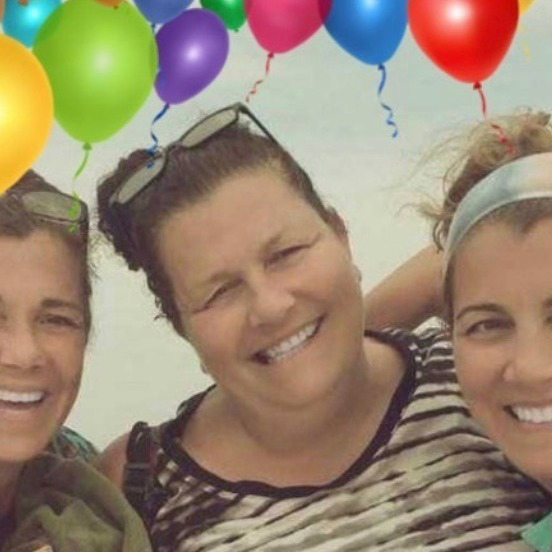
“Character is how you treat those who can do nothing for you.” So reads an adage that Pamela Orlando posted on Facebook in 2015. By that test, she had it in abundance: The 56-year-old worked as a nurse, taking care of those in need for three decades.
During the pandemic, Orlando continued to do her longtime job as an emergency room nurse at The Valley Hospital in New Jersey. “This is a woman who had everything to lose and she still went out there on the front line, saving lives,” her son Reid Orlando told CBS This Morning. In late March, she contracted the coronavirus and soon became a patient in her own place of work, where she documented her decline in short videos, as she struggled to break a fever and, eventually, struggled to breathe.
On April 16, Orlando died due to complications of the coronavirus. In interviews, those who knew her have recalled big, inclusive Sunday dinners Orlando cooked for friends and family every week. They have also described her as a joyful woman who consistently overcame adversity, including breast cancer and domestic violence, according to NorthJersey.com.
As a single mother living in New City, N.Y., Orlando worked three jobs—teaching and training in medical fields as well as nursing—to provide for her two sons, 23-year-old Reid and 16-year-old Ryan.
In 2016, Orlando posted another quote on her Facebook page. “When I look back on my life, I see pain, mistakes and heartache,” it reads. “When I look in the mirror, I see strength, learned lessons and pride in myself.” —Katy Steinmetz
Marie Pino
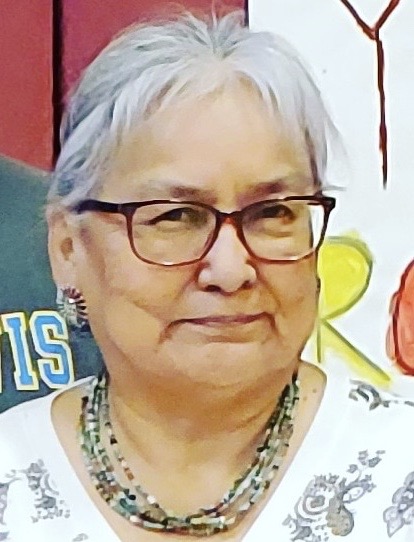
Marie Pino, a beloved educator who taught on the Alamo Navajo reservation in New Mexico for decades, died from complications related to COVID-19 on May 13 at the age of 67, according to her family. Her death exemplifies the devastating impact coronavirus has had in the Navajo Nation: Her son Marcus Pino died from the virus only weeks earlier at age 42. Just a few weeks later, on May 31, her husband, Ira Pino Sr., also died of complications from the virus, her family confirmed. He was 65.
Marie Pino was originally born in Sheep Springs, N.M., but lived most of her life in Alamo. She taught at the rural Alamo Navajo Community School for over 40 years, where her son Marcus also coached high school basketball.
“My mom was loving life,” her daughter Natalie Pino told the Albuquerque Journal. “She raised us all to have a sense of humor. That’s what I will miss the most, her sense of humor … She always knew what to say. When something happened, she would say, ‘I told you so.’” Natalie later told the outlet she believes her father partially died of a broken heart, and could not bear to be apart from his wife of four decades.
Pino taught in both English and the Navajo language, Diné Bizaad, firmly believing that Native American children should have the chance to learn in their own communities rather than attend boarding school designed for assimilation, which she attended as a child, Natalie told The New York Times.
The coronavirus pandemic has hit close-knit Navajo communities particularly hard. In mid-May, the Navajo Nation — which includes parts of Arizona, New Mexico and Utah — passed New York for the highest per-capita infection rate in the U.S., according to multiple outlets.
In addition to Natalie, Marie is survived by her father, Lewis Smith, and her children Anderson Pino, Ira Pino Jr., Cheryl Ganadonegro and Ivonne Boggs. The family has set up a GoFundMe to help cover funeral expenses and accrued medical bills. —Madeleine Carlisle
John Prine
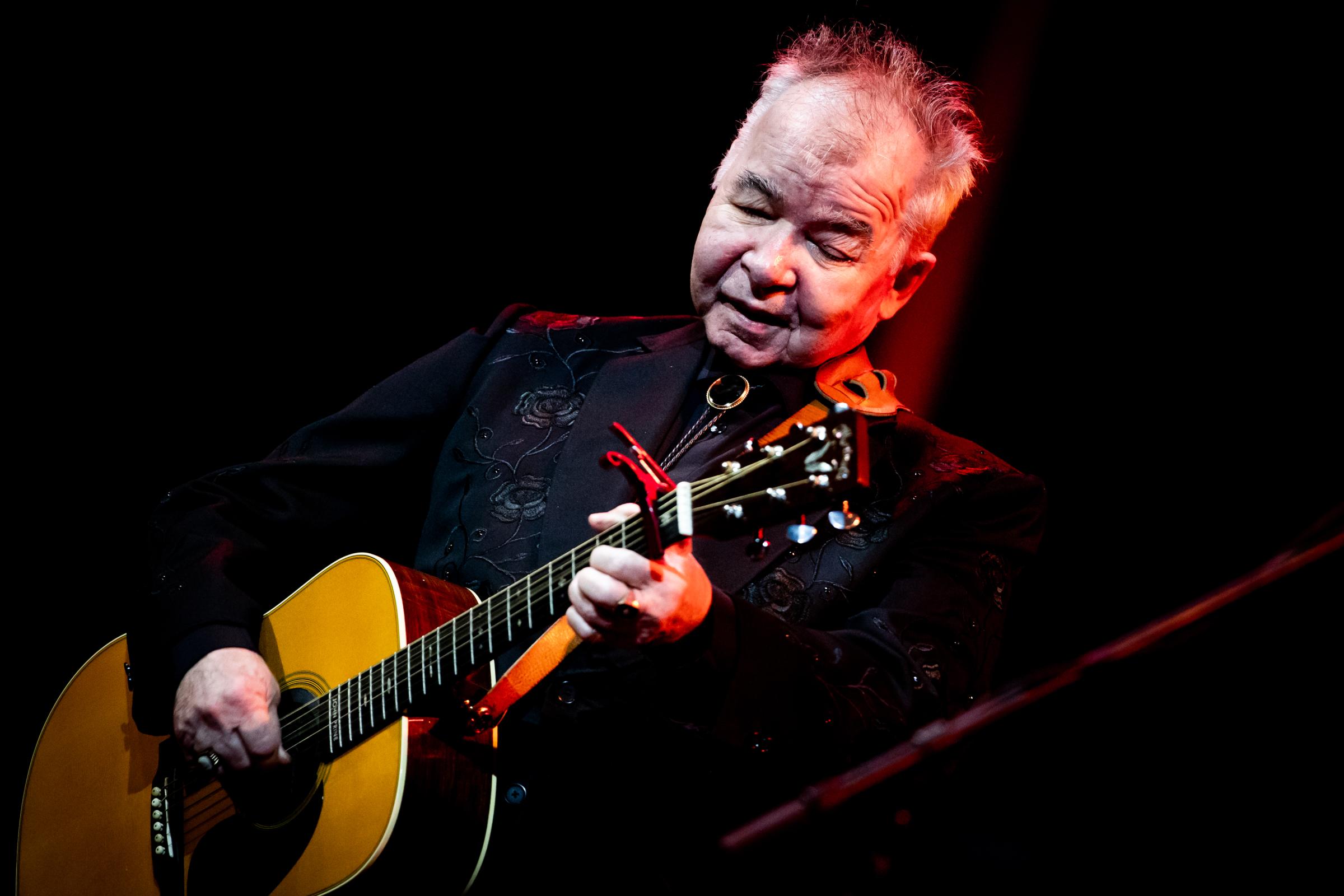
John Prine, the resilient singer-songwriter who imbued his tales of American working-class life with both bleak despondence and uproarious wit, died on April 7 from complications of the coronavirus. He was 73.
Over half a century, Prine churned out heartfelt and unforgettable songs like “Angel From Montgomery,” “Sweet Revenge” and “In Spite of Ourselves,” gaining the respect of Bob Dylan, Johnny Cash, Bruce Springsteen, Bette Midler and many other music legends. After starting his own label in the 1980s, he became a symbol of fierce independence for younger musicians who longed to forge their own way, whether in between genres or outside the major label system.
Prine began playing open mic sessions at Chicago bars, where word-of-mouth buzz about his wrenching lyricism quickly spread. One night in 1970, the movie critic Roger Ebert walked into the Fifth Peg where Prine, still a mailman, was playing a set that included soon-to-be-classics like “Angel from Montgomery” and “Sam Stone.” Impressed, Ebert penned Prine’s first-ever review, writing, “You wonder how anyone could have so much empathy and still be looking forward to his 24th birthday.”
In later years, Prine endured two bouts with cancer that forced him to re-learn how to sing and deepened his idiosyncratic voice. But he pressed on, achieving his highest-selling album in 2018 and criss-crossing the country to perform and impart wisdom onto younger musicians.
He was an inductee of the Songwriters Hall of Fame and was named as a 2020 Grammy Lifetime Achievement Award recipient. In 2015, Kacey Musgraves wrote a song saluting him and his iconoclastic spirit: ”I ain’t good at being careful / I just say what’s on my mind / Like my idea of heaven / Is to burn one with John Prine.” —Andrew R. Chow
Gita Ramjee

When Gita Ramjee embarked on a small research project to evaluate vaginal microbicides as a prevention tool for HIV among sex workers in Durban, South Africa in 1996, she did not know that more than two decades of her life would be spent committed to ending HIV.
Ramjee, who died on March 31 from Covid-19 related complications at age 63, was a leading South African HIV scientist. Originally born in Uganda, Ramjee escaped from the Idi Amin regime to India and the United Kingdom, before settling in South Africa in 1981 where she raised her two sons alongside her husband. Ramjee was the chief scientific officer at the Aurum Institute, a leading HIV and tuberculosis health care organization. She was also an honorary professor at the London School of Hygiene and Tropical Medicine, the University of Washington, and the University of Cape Town.
Two years ago, Ramjee was named an Outstanding Female Scientist by the European Development Clinical Trials Partnerships. In reflecting on the award, Ramjee told the HIV Vaccine Trials Network that “what makes it more rewarding is that I now stand among the female giants.”
Ramjee fell ill with the coronavirus after returning to South Africa from the U.K., where she had been presenting in London.
“The passing of Prof. Ramjee comes as a huge blow to the entirety of the healthcare sector and the global fight against HIV/AIDS,” South Africa’s Deputy President David Mabuza said in a statement. “In her, we have indeed lost a champion in the fight against the HIV epidemic, ironically at the hands of this global pandemic.” —Melissa Godin
Dez-Ann Romain
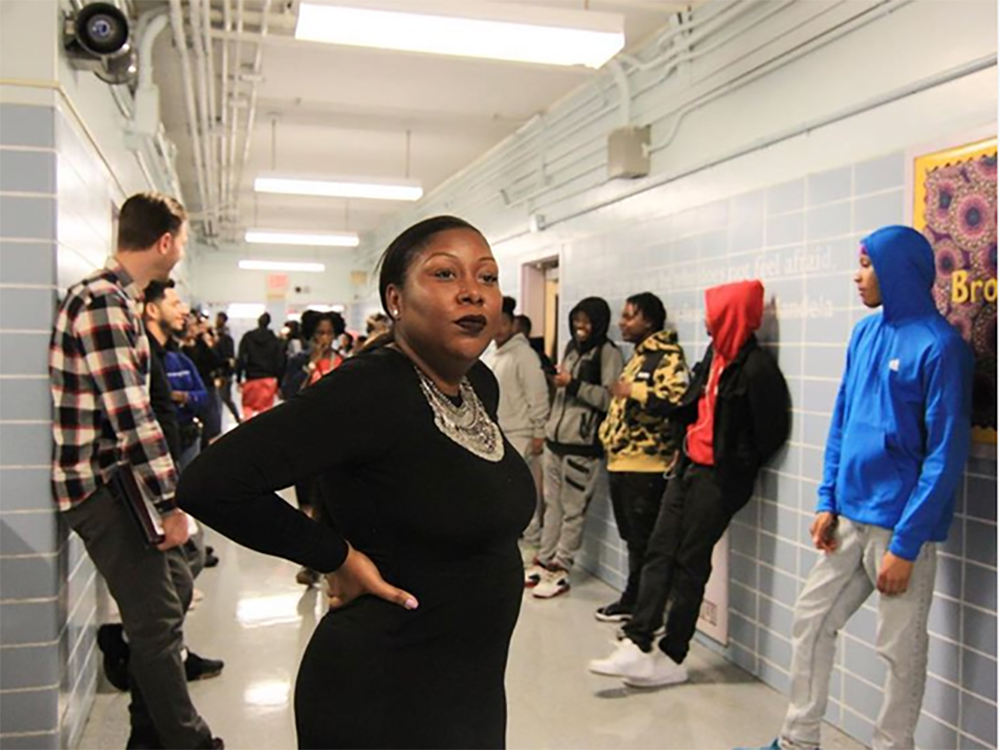
When you graduated from Dez-Ann Romain’s class she didn’t leave your life, she became your friend.
“She supported us through all our future endeavors, personal or professional,” former student Curtis Turney-Rentas, 27, tells TIME. “She taught us how to become men and women … how to be leaders in our own light.”
Romain died last month from complications related to coronavirus. She was just 36, and worked as principal of the Brooklyn Democracy Academy in Brownsville, Brooklyn, a transfer high school that aims to help students who struggled in traditional high school settings graduate and move on to postsecondary education or employment.
She was the first New York City public school staff member confirmed to have died from COVID-19.
Romain was born in Trinidad and Tobago and immigrated to the U.S. at a young age. During an online vigil, Romain’s friends recalled how she often spoke about her early struggles as an immigrant, knowing her personal story encouraged the many immigrant students in her community.
Janice Lawrence-Clarke, a former substitute teacher at Brooklyn Democracy Academy, also recalls how Romain would play music in the hallways every Friday when school let out, including traditional Trinidadian soca music.
“She had a huge heart. She loved her kids, she loved to teach,” Tia Brunner, 30, another of Romain’s former students — and now a teaching assistant herself — tells TIME. “She made us feel like family. I felt like one of her sisters … She was amazing and beautiful, inside and out.”
“Her work was dedicated to uplifting students,” Brooklyn Borough President Eric Adams said in a statement provided to TIME. “Too many in our society have written off the young scholars under her stewardship, but where others saw problems she saw promise and potential … The loss of Principal Romain is particularly painful for the Brooklyn Democracy Academy family, our larger public school community, and a borough grateful for her service.”
Romain is survived by her sister Delicia, who noted during the vigil that Romain’s loved ones were “celebrating rather than mourning the exuberance and personality that was Dez-Ann Romain.” —Madeleine Carlisle
Mary Roman
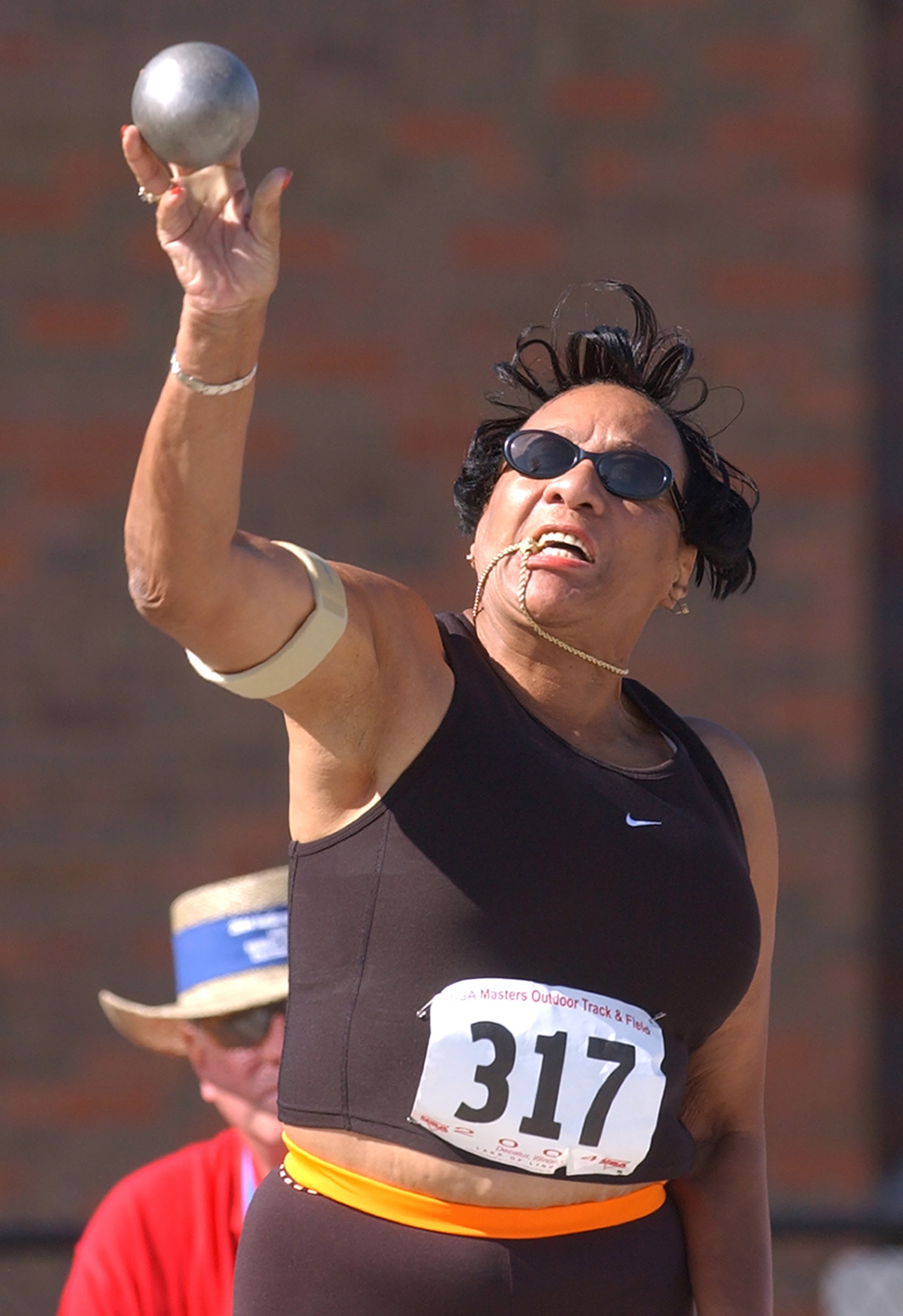
If athletes are supposed to peak in their 20s, Mary Roman didn’t get the memo.
Over the last two decades of her 84-year life, Roman was breaking records left and right at the National Senior Games (also known as the Senior Olympics), racking up over 300 medals in events including shot put and hammer throw. She was still honing her shot put technique weeks before she died on March 23 from complications of COVID-19.
“She was getting ready to go to a track meet, but said she wasn’t feeling well. She said it was just a little flu,” her son Craig Roman told TIME. “I told her, ‘OK mom, sit this one out, get rested, and come back in the springtime.”
Sports were always a major part of Roman’s life, even if she waited until her seventh decade to become a world-beater. Born in Massachusetts in 1935, Roman contracted polio as a child and took up horseback riding to strengthen her legs. In high school, she played basketball and field hockey.
If she harbored any athletic ambitions early in life, she put them aside to pursue both a career—she ascended from a bank teller to a bank executive—and a flourishing family, which would include five sons. Her children quickly proved themselves to be extremely athletic as well, and their exploits filled up much of her time: “She was constantly taking us to track events, football games, baseball games, you name it,” Michael Roman, another son, said.
Mary’s husband Granville swam in the Senior Olympics. After he died in 1999, Mary entered herself into the competitions and proved a formidable opponent. She once ranked first in the nation in both the superweight and ultraweight shot put and second in the throws pentathlon. At various times, she held the American record in the shot put in the women’s 65-69, 70-74 and 75-79 age groups.
Roman served as the Norwalk, Conn., city clerk for many years. She held prominent positions in several community organizations, including the Rotary Club (where she served as president), the YMCA and the Norwalk Senior Center. With her gregarious personality, she was an outsize figure in civic life.
“Mary was very active in our city—everybody knew and loved her,” Harry Rilling, the mayor of Norwalk, told TIME. “She lived the life she wanted to live, and lived it to the fullest.”
Roman’s commitment to her sport gave her a renewed burst of energy and sense of purpose. “She was always working out and looking forward to her next competition,” Craig said. “Whenever she won, she would text or call me, to say, ‘I just broke another record” like it was nothing. She was always excited—like a little kid.” —Andrew R. Chow
Sergio Rossi
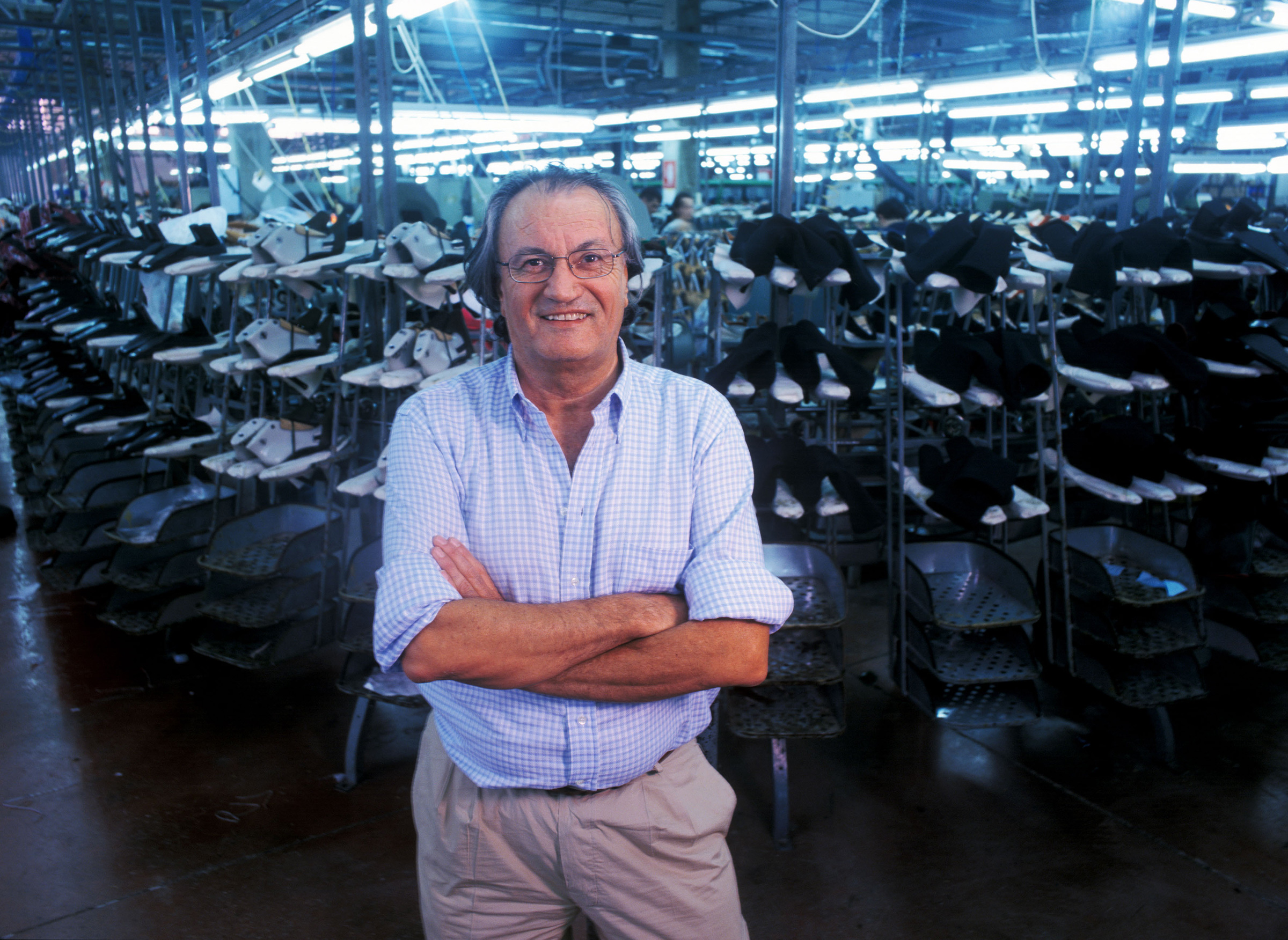
When shoe designer Sergio Rossi died from complications of the coronavirus on April 2 at age 84, in Cesena, Italy, he left behind a large family and legacy that could not just be measured in feet.
Rossi was famous for his bold, sophisticated and shapely women’s shoes, and alongside Salvatore Ferragamo, Bruno Magli and Elsa Schiaparelli, was considered one of the leading lights of the Italian footwear industry.
The son of a shoemaker, Rossi got his start by making fashionable sandals to wear on the Riviera beaches and selling them in boutiques in Bologna and Rimini in the early 60s. After starting his own shoe label, he built on the success of his signature Opanca sandal, proving himself adept at everything from high heel pumps to thigh high boots.
In the ‘70s and ‘80s, at the height of his influence, he was collaborating on the runway with such designers as Gianni Versace, Azzedine Alaia and Dolce & Gabbana.
In 1999, Rossi sold his business to the French fashion behemoth Kering, which sold it on to an Italian investment firm in 2015, long after Rossi had fashioned his last last.
“There are those who have had the good fortune to transform their art into a work and those who have the extraordinary talent of transforming their work into a work of art. Sergio Rossi was this man,” his family said in a statement in WWD. “The family offers, with love, their last goodbye. With the unquenchable fire of your passion, you taught us that there are no limits for those who love what they do.” —Belinda Luscombe
John “Rucks” Russell

Even in the sharp-elbowed world of television news, John “Rucks” Russell remained an island of calm and gentleness. A longtime reporter for KHOU-11 in Houston, he died on May 12, 2021 of complications related to COVID-19. He had been caring for his twin brother, Edgar, who became sick and died in April after contracting the virus, his wife told the news station. They were 55.
“He came off soft spoken and caring, and it wasn’t an act,” KHOU-11 news anchor Ron Trevino said in an email to staff. “He carried himself and his struggles in quiet dignity.”
Russell, who had previously battled cancer, worked for KHOU-11 from 2006 to 2017, eventually leaving to work for Rep. Sheila Lee Jackson. He later served as a communications specialist for the Health and Human Services Office of Minority Health in Washington, D.C.
Numerous colleagues and friends paid tribute to Russell on social media following his death, with many remarking on his genuine warmth and caring.
“This hurts my heart,” Malini Basu, a former Texas colleague, wrote on Twitter. “Rucks was the kindest man you would ever meet. We always talked about our adventures, & how to further ourselves.”
Doug Miller, another former colleague, also shined a light on Russell’s character in a Facebook tribute: “If you never had the privilege of meeting him, here’s the kind of man he was: His real name was John Russell, but he decided to adopt his mother’s maiden name as his air name. So every time his mother saw that handsome guy on television, she heard her son honoring her by saying her name. He was a man of rectitude, a model of decency and a true gentleman. He has left this world much too soon.” —Kathy Ehrich Dowd
Sundee Rutter
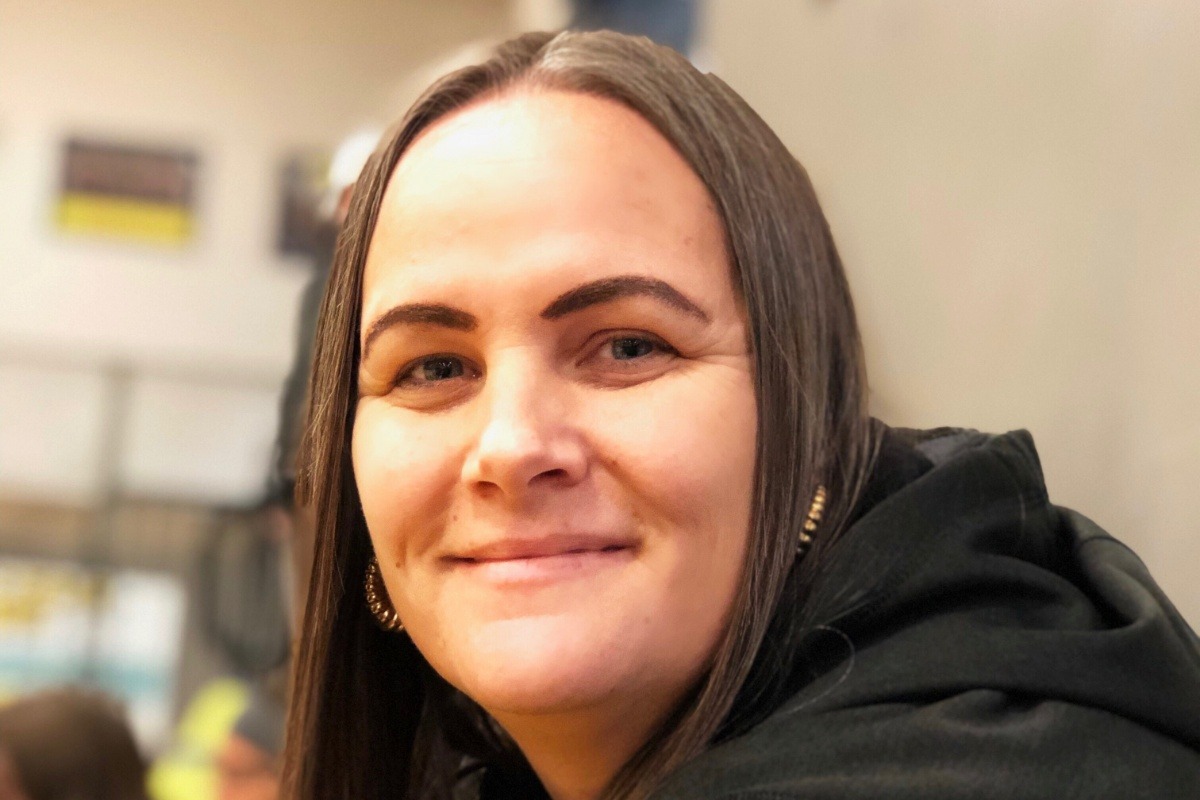
Sundee Rutter, a Washington state single mother of six and breast cancer survivor, died from complications related to coronavirus on March 16.
With the hospital keeping COVID-19 patients in isolation, Rutter’s children shared their “final goodbyes” with her from outside her room — over a walkie-talkie nurses had put by her bedside, her son Elijah, 20, told CNN. “I was able to tell her I loved her,” he said, “[and that] everything’s going to be all right with the kids.”
Rutter, 42, had reportedly entered remission in January after a long fight with stage 4 breast cancer, which had weakened her immune system. “We were just reaching the light at the end of the tunnel,” her daughter Alexis Rutter, 21, told People. “She finished chemotherapy, went through a double mastectomy and had finished radiation and things were just starting to seem like they were taking a turn for the better.”
“Sundee lived for her six kids,” Rutter’s friend Carrie Frederickson told TIME. “She was close with each and every one of them. Each one of her children are of outstanding character, which is clear evidence of her selfless job as an outstanding mother.”
Her children — who range in ages from 13 to 24 — now face a future without either of their parents; their father died in 2012 from cardiac arrest, according to reports. A GoFundMe created on March 17 to help support the family has raised over $500,000 as of April 9.
“For those of you who know or have ever crossed paths with our mother, Sundee, it was likely made clear to you immediately how genuine, selfless, courageous, hard-working, and caring this woman is,” a message attributed to Rutter’s daughter Alexis on the GoFundMe page reads. “She is always the first to lend a helping hand to those in need and has consistently remained positive and resilient through the many curve balls life has thrown her way.” —Madeleine Carlisle
Sally Rowley
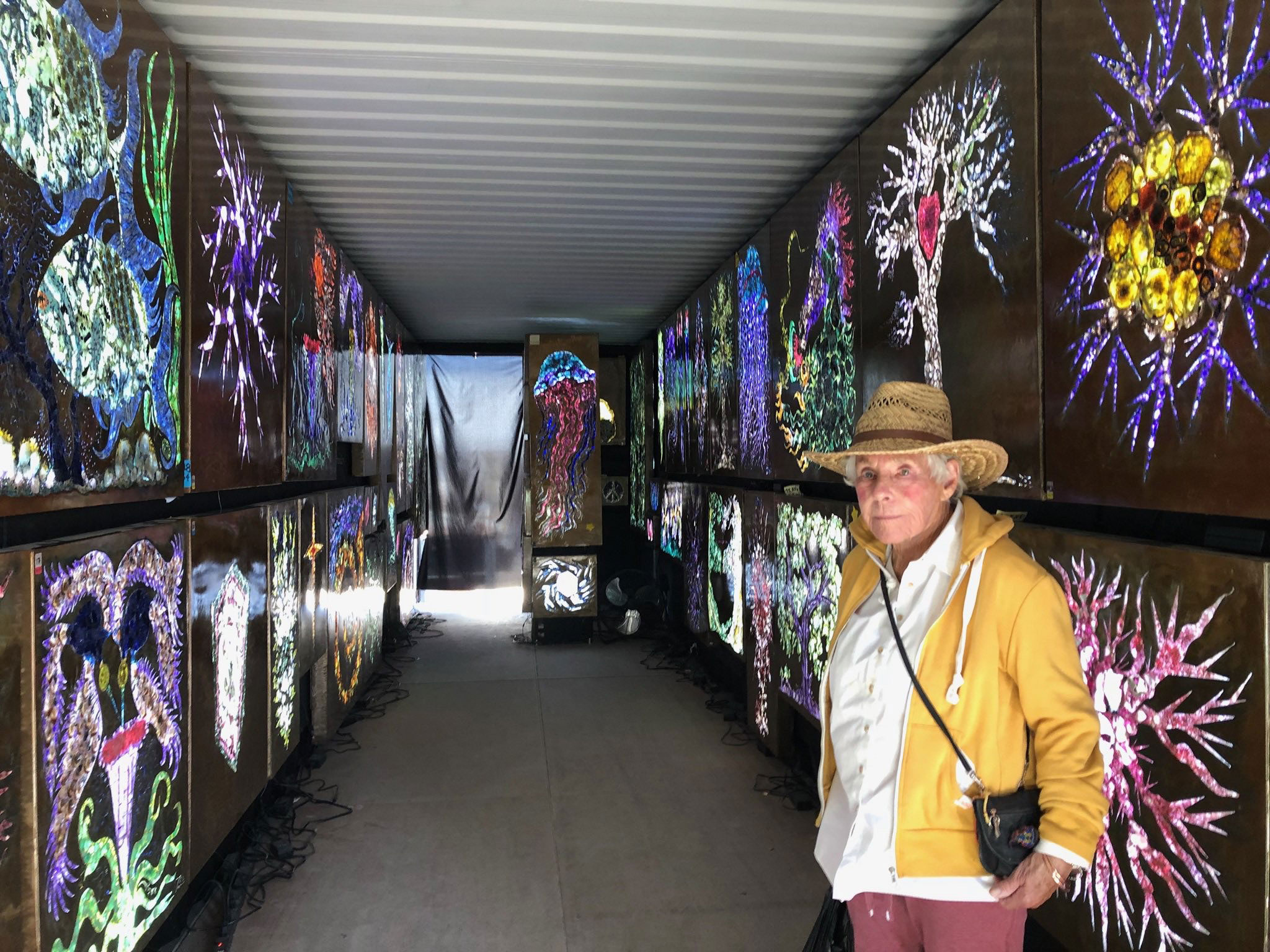
“Everything we did together was a lesson about life,” says Anika Pasilis of her indomitable grandmother Sally Rowley, who died of COVID-19 on May 14 at the age of 88. “She always made sure I questioned the main narratives about life and that I knew I could achieve anything.”
It was a lesson Rowley modeled throughout her life. Rowley forged her own path in everything—as a Freedom Rider, jewelry maker, small plane pilot and more. Even her birth name, Sara, was ultimately rejected and replaced instead with Sally, a better fit for her free-spirited and bold nature.
In 1961, she was arrested in Jackson, Mississippi after she participated in the Freedom Rides, a series of bus trips in the South made in protest of segregated bus terminals. “She never backed down or conceded to anyone, and always stood up for her beliefs—even when she was beaten and thrown in jail for fighting for civil rights,” says Pasilis, a University of Arizona journalism student.
Rowley later met her life partner, Felix Pasilis, at an art opening in New York. They never officially married, but enjoyed a creative life together as they lived in several different places, including Mexico and Hawaii. While living in California, Rowley also sold her crafted jewelry in the streets of San Francisco. In the end, Rowley said her final goodbyes to her family through a window in her nursing room.
“She lived a life to be emulated, and I will never forget her or the ways in which her soul will flower and manifest in me,” says Pasilis. “I want her to be remembered for the fiery soul she was.” —Anna Purna Kambhampaty
Dr. Alfa Sa’adu
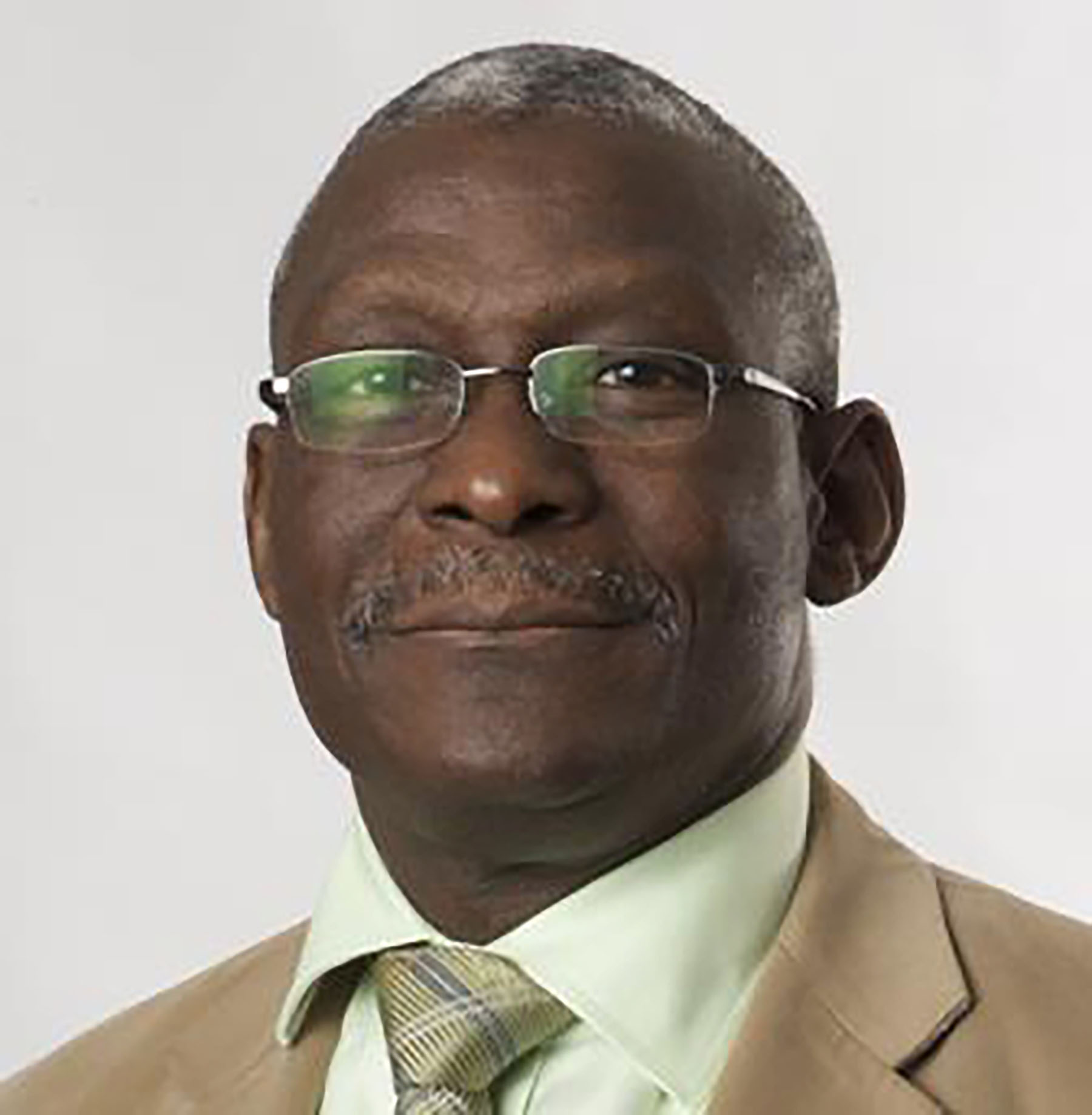
Even in the autumn of his life, Dr. Alfa Sa’adu could not keep himself away from the profession that was also his passion.
And when he retired in 2017, after 40 years of service, Sa’adu kept volunteering one day a week at a hospital near his home in London. “He just could not fully retire,” his son, Dani, told the BBC. “He just loved medicine so much.”
In March, as Britain began to shut down in response to the novel coronavirus that was already ravaging other parts of the world, Sa’adu kept volunteering at Queen Victoria Memorial Hospital part-time, doing crucial work behind the front lines to prepare Britain’s healthcare system for the inevitable surge.
He did not know he would be part of it. Even so, when he first came down with symptoms, his impulse was to prioritize public health over his own and he resisted his family’s urging to go to the hospital as a patient. “[He] did not want to take up a hospital bed,” Dani said, “because others would need it.” By the time he finally relented, it was too late. He died on Mar. 31 at age 68, becoming one of several British medical professionals who died of COVID-19.
Born in Nigeria, Dr. Sa’adu moved to the U.K. to complete his medical training and would spend the rest of his life committed to Britain’s National Health Service, the taxpayer-funded healthcare system that provides every Briton with free-at-point-of-use treatment. He eventually became one of the most senior ethnic minority medical professionals in the country, serving as the Associate Medical Director at a large hospital in east London just before his retirement.
But he also kept ties with his birth country. He served as chairman of Kwasang U.K., an association representing the diaspora community from the state of Kwara in Nigeria, and he was reportedly regarded as a community leader in Pategi, the town where he grew up. He leaves behind a wife, two sons, and grandchildren.
His legacy, fittingly, was one of public health, and his family hopes the circumstances of his death will help educate others. “People really need to take this seriously,” Dani told Sky News. “This is not a joke.” —Billy Perrigo
Vira Sathidar
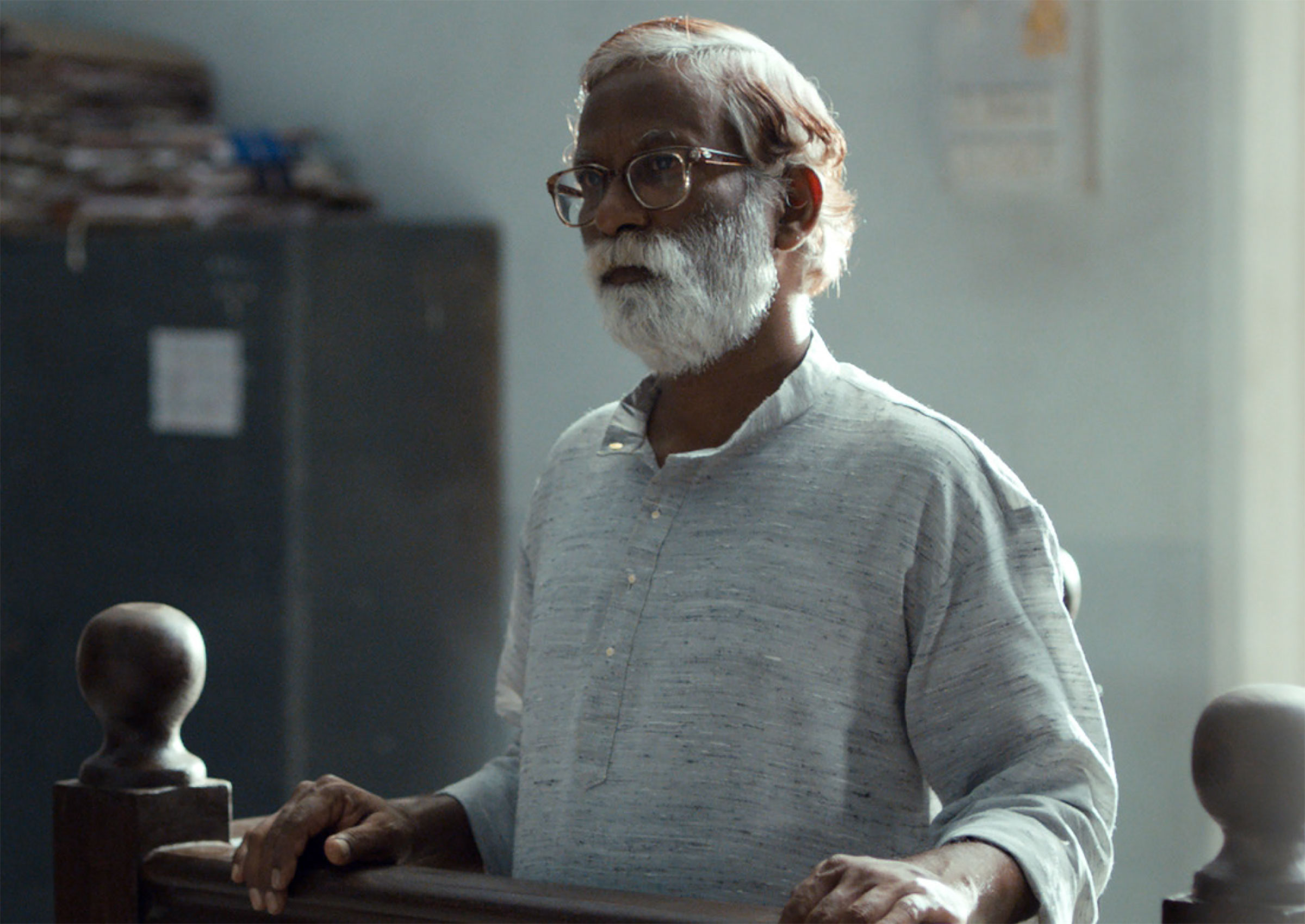
Vira Sathidar passionately believed in the power of art to spur social change. The actor and activist starred in the movie Court, which the Film Federation of India selected as the country’s official entry in the 2016 Oscars. He was a Dalit—a member of the country’s most oppressed community, relegated to the bottom of India’s rigid caste hierarchy—and spent much of his life fighting for a more equitable future for his people. Sathidar died on April 13, 2021, of complications related to the coronavirus, according to multiple outlets. He was 62.
“I would often call him a ‘mast maula’ (free-spirited being),” Court director Chaitanya Tamhane told Firstpost, an Indian news website. “For all the books that he had written and read, for all his refined ideology, Vira was a very simple, warm and generous man.”
Sathidar and his family supported B.R. Ambedkar, a fellow Dalit and leader in the Indian independence movement, who reportedly inspired Sathidar’s lifelong fight for social justice.
He got his first taste of activism as a union organizer at a local mill, which employed him after he dropped out of high school. A self-taught intellectual, Sathidar later found work as a writer and editor, and performed street plays to raise awareness for various social causes. Sathidar’s commitment to standing up for the marginalized often drew the ire of the authorities: He said his house was raided and he was jailed “many times.”
It was that conviction that shined through for Tamhane, who initially struggled to cast the lead role in Court, which tells the story of a Dalit protest singer who gets ensnared in India’s often-corrupt legal system.“
He was the face of the film,” Tamhane said of his performance. “There was so much truth in his screen presence and his entire being because he genuinely belonged to that world. He worked relentlessly towards the cause and was at the forefront of the anti-caste movement.” —Kathy Ehrich Dowd
Adam Schlesinger
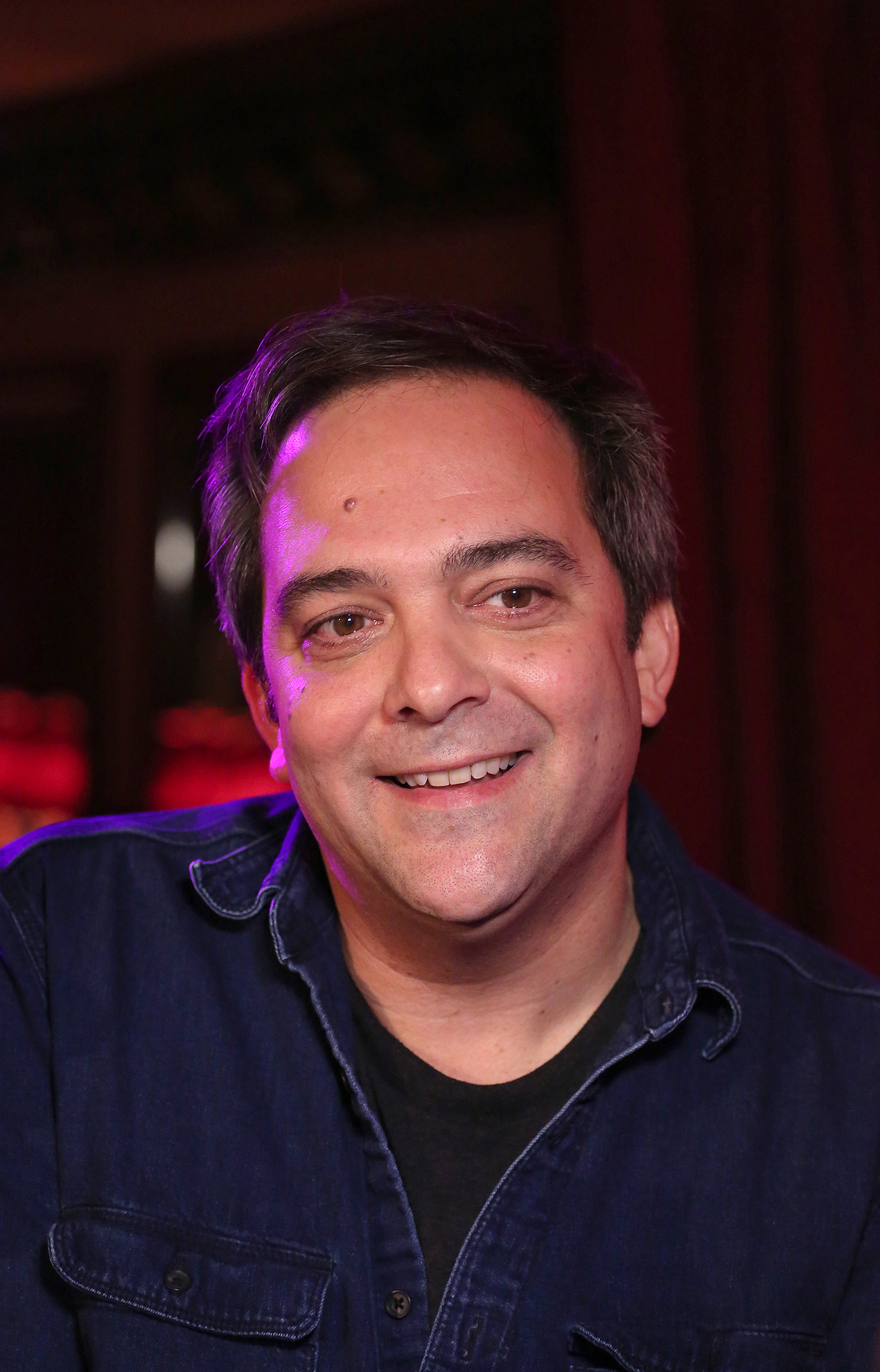
Some pop songs, even great ones, feel built from components: The right chord progression, a clever lyric that appeared in a burst of inspiration. But the songs written or co-written by Adam Schlesinger—for movies like That Thing You Do! and Music and Lyrics, for TV’s Crazy Ex-Girlfriend, for the bands he was part of, including Fountains of Wayne and Ivy—always felt as if they’d been grown, not built, from the inside out. They changed shape as you listened to them, like flowers turning to the light; they could fill you with joy, but they often held within their petals just a hint of melancholy, that last-day-of-summer feeling that reminds you how precious it all is. Schlesinger, who died on April 1 at age 52, made his name in the age of the CD, but his songs resonate with the spirit of transistor radio, capturing the anticipation of waiting to hear a song you love, rather than choosing it from a Spotify playlist.
Fountains of Wayne, the band Schlesinger formed with his frequent collaborator Chris Collingwood in 1995, did score a modest radio hit with the 2003 “Stacy’s Mom,” an ode to the charisma of older women. But the band’s work overall is a treasure trove of songs that are both clever and heartfelt, often ringing with internal rhymes but never at the expense of pure emotion. Schlesinger wrote songs filled with tenderness and question marks, from the power-pop moxie of “Red Dragon Tattoo,” the anxious hamster-wheeling of a man who’s just about to prove his love by getting major ink, to intimate observations of everyday life like “Sick Day,” a ballad about young women making the trek into Manhattan from Jersey or the outer boroughs, moving fast through their lives even as they still feel they’re waiting for them to begin. (It includes the line “Lead us not into Penn Station,” a miniature miracle of songcraft.)
Schlesinger knew the power of a great pop song, and he poured all of that knowledge, all of that cotton-candy feeling, into the fake hit he wrote for a fake band, the title track to Tom Hanks’s 1996 That Thing You Do! In the movie, the song becomes a major hit for a bunch of kids who just happen to have formed a band. (They’re called The Wonders; the “One-Hit” is implied.) In the movie, “That Thing You Do” pours out of radios everywhere, and when people hear it, they stop short, they start dancing, they pick up on the lyrics and start singing along. “That Thing You Do” is inherently an inside joke, the super-catchy hit every songwriter wishes he could write. Yet it isn’t parody; it’s pure love, as if every Beatles or Kinks or Bacharach-David song Schlesinger ever heard had been filtered through his ears, through his brain, and then handed to us on a gleaming, spinning 45. That was Schlesinger’s genius: he held pop-music history for safekeeping by reweaving its threads into new and splendid and lasting pleasures. It’s got a backbeat, you can’t lose it. —Stephanie Zacharek
Alison Schwartz

To know Alison Schwartz was to be a better person. A more creative thinker. A kinder friend. From the day she walked into the PEOPLE offices as a talented, eager intern in 2009 she inspired the staff with her incredible ideas (her 2014 piece on the Sexiest Manatees Alive, to complement our Sexiest Man Alive coverage, will forever be a favorite). The way she approached stories changed so much about how many of us write and edit; I don’t think anyone had ever imagined some of the ideas she pitched, and I don’t know if anyone will ever again. It’s not surprising how quickly she rose through the ranks at PEOPLE, most recently to Director of Digital Platforms, overseeing Snapchat Discover content for the brand.
But outside of work, she was the truest of friends. The first to arrive and last to leave at your after-work birthday drinks. The most excited about your big life news or mundane life updates. Since her passing, stories have emerged of her dropping surprise gifts on coworkers’ desks, sending hot soup deliveries to friends fighting colds, giving a former roommate who is a nurse a gift card to thank her for her work on the front lines of the COVID-19 pandemic, which in turn was used to purchase much-needed PPE. She was eternally generous and selfless, always asking how she could help you, never how you could help her. Those she met weren’t just acquaintances; they instantly became close friends.
Sadly Alison — never one to lose a fight, her family would say — lost her three-week battle with COVID-19 on April 28, 2020, just three weeks shy of her 30th birthday. She is survived by her parents, Richard and Robin Schwartz, her brother, Dr. Adam Schwartz, her PEOPLE family and her scores of friends, and lives on through the memories of those who loved her. —Kate Hogan
———-
Hogan is the Features Director at PEOPLE.
Luis Sepúlveda

Chilean author Luis Sepúlveda survived imprisonment by his country’s dictatorship, armed revolutions, and sea voyages with Greenpeace to protect the environment. But after contracting COVID-19 following his attendance at a literary festival in Portugal, Sepulveda died on April 16 in Spain. He was 70.
A far-left militant, Sepúlveda once served as a bodyguard to Chile’s socialist president Salvador Allende, who died by suicide during a military coup in 1973 and was replaced by the far-right dictatorship of Augusto Pinochet. The regime imprisoned Sepúlveda for almost three years. After Amnesty International helped commute his sentence to exile in 1977, he traveled around Latin America, working with theater troupes, fighting alongside the leftist Sandinista movement to overthrow Nicaragua’s dictatorship, and spending a year living with the Shuar indigenous community in the Ecuadorian Amazon.
The latter experience informed his 1989 novel, The Old Man Who Read Love Stories. Sepúlveda’s story of colonizers encroaching on the rainforest and its people became a bestseller across Europe in the 1990s, and was translated into more than 30 languages. The author’s concern for the environment continued into activism with Greenpeace in defense of marine life, and more works that urged humans to rethink their relationship with nature.
Sepúlveda settled in Spain in 1996 with his wife, Carmen Yáñez, also a writer and left-wing activist. He spent his final decades writing articles, novels and children’s books. Although he never moved back to Chile, he did not forget his militant roots. “I was always a writer, but when it was necessary to pick up a weapon, I picked one up,” he told Spanish newspaper La Vanguardia in 2017. “I’m very much at peace with my past. I risked everything for what I considered the most beautiful thing: my ideals” –Ciara Nugent
Leslie Shaw

Leslie Shaw’s husband said his late wife’s love was incredibly pure, and he aims to pass down that example to their three young daughters he must now raise alone following her death of COVID-19.
“She loved me for me,” Nicholas Shaw told KCAL/KCBS. “It didn’t matter if I was broke or rich or bald or nothing.”
Leslie Shaw was pregnant with the California couple’s third child when she contracted the coronavirus and was hospitalized in December, according to the outlet. She gave birth to the infant while in a medically induced coma, and never had a chance to hold or lay eyes on the little girl. Shaw reportedly died less than two weeks later, on New Year’s Eve. She was 27.
“She was a great friend, daughter, sister, wife and a very great mother,” wrote Ashley Dalene McKeehan in a GoFundMe she set up for the family. “Leslie really loved her babies!!”
McKeehan wrote that Shaw achieved her long-held dream of opening a dance studio, and the Instagram page for Shaw’s studio shows that she pivoted to online classes once the pandemic took hold.
Meanwhile, Nicholas Shaw said that moving forward he plans to shower his three daughters with the same unconditional affection and support he showed his wife.
“My girls can do whatever they want,” Nicholas Shaw told KCAL. “I’m not going to tell them no because I couldn’t tell my wife no. She did anything she wanted. I hope they learn that from her, and I hope I can teach that to them.” —Kathy Ehrich Dowd
Ken Shimura
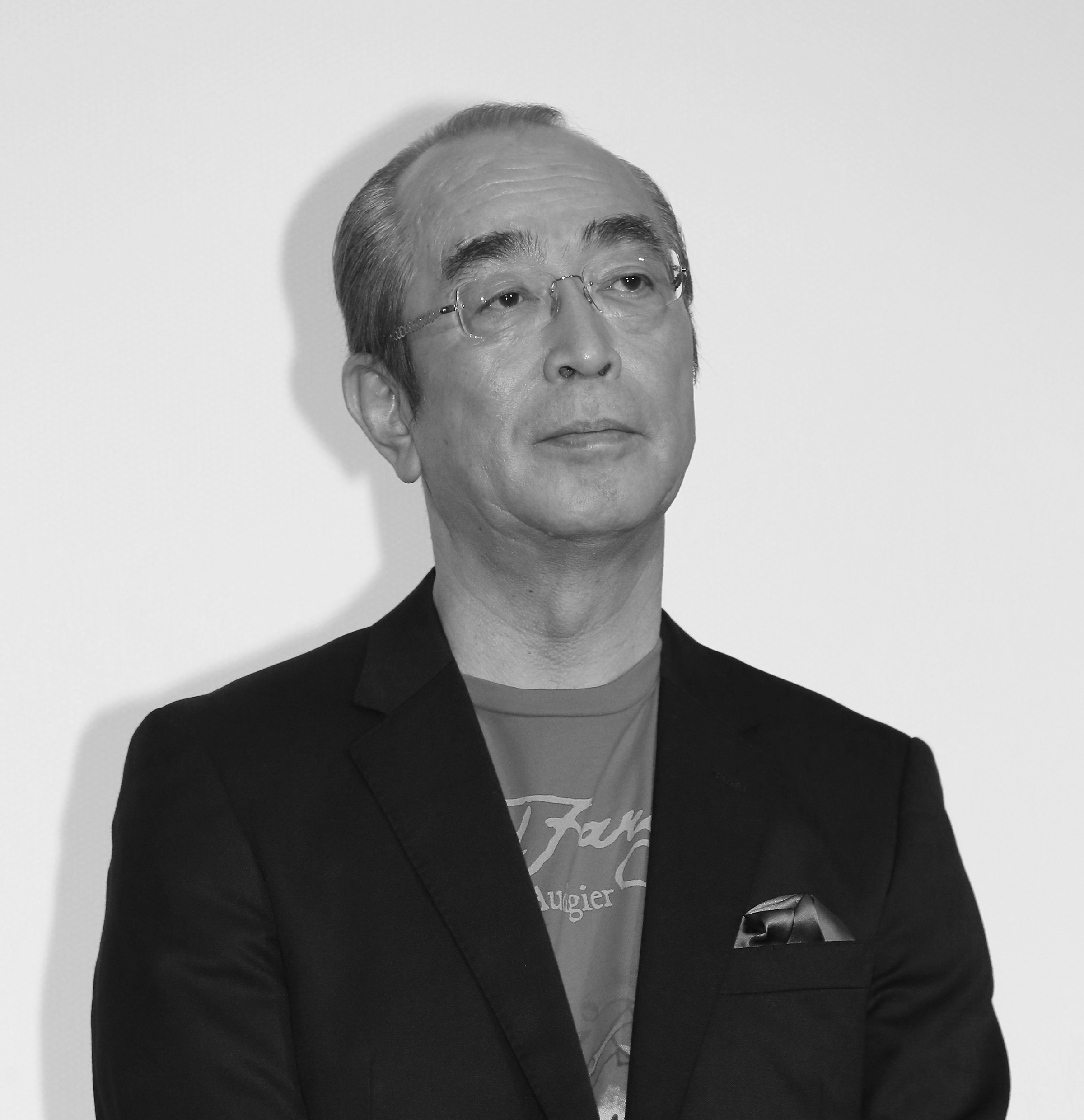
You didn’t have to speak Japanese to understand Ken Shimura’s humor. The comedian was a master of physical gags, pratfalls and exaggerated facial expressions; his sketches found success with audiences across the world on YouTube.
But Shimura, who died at 70 on March 29 from complications of the coronavirus, especially struck a chord in Japan, where he was a joyful presence on television for decades. After coming to prominence in the early 1970s as a member of the comedic rock band The Drifters, Shimura headlined his own sketch-based series in the decades to come. This year, he had been chosen to carry the Olympic torch in July to represent his hometown of Higashimurayama, a Tokyo suburb. Not long before it was announced that the Olympics would be postponed, Shimura was taken to a Tokyo hospital and diagnosed with pneumonia. He was one of Japan’s first well-known figures to die from the virus.
“Pretty much everyone under the age of 50 [in Japan] grew up with Ken Shimura,” Aaron Gerow, a professor of East Asian cinema and media at Yale University, tells TIME. “He was a dominant figure on television.”
Born Yasunori Shimura in 1950, Shimura idolized Jerry Lewis and became a household name in the ‘70s and ‘80s, when The Drifters’ comedy television show It’s 8 O’Clock, Gather Everyone! became a major success. Over the next few decades he would perfect many slapstick routines, playing silly samurais, clumsy assassins, lecherous security guards, strange uncles and more. His variety show Kato-Chan Ken-Chan Gokigen TV was a direct precursor to America’s Funniest Home Videos, and he also led a comedy theater, Shimurakon (Shimura Spirit), beginning in 2006.
While Shimura mostly shed his risque brand of humor in his later years, he remained popular through his wildly popular animal-centric show, Shimura Zoo. On the show, he interacted with various animals and formed a particularly close relationship with one chimpanzee: “Pretty much everyone in the country knew Ken and his chimpanzee Pankun,” Peter Payne, the founder of the anime retailer J-List, wrote in a message.
The comedian Ike Nwala says that Shimura loomed large when Nwala moved from the U.S. to Japan in 2007 to start a career there. “He is definitely one of the pioneers of Japanese comedy,” Nwala says. “He used so many unique funny styles of makeup in his comedy acts, it makes it quite difficult for our generation of comedians to come up with something fresh and original, because people would always refer to the skits Mr. Shimura did back then.”
For many in Japan, Shimura’s comedy was a simple fact of life. “I watched his program on TV when I was a child,” the soccer star Keisuke Honda wrote on Twitter. The rugby player Timothy Lafaele wrote, “He brought so much laughter and happiness to the people of Japan and he will be deeply missed.” —Andrew R. Chow
Bernice Silver
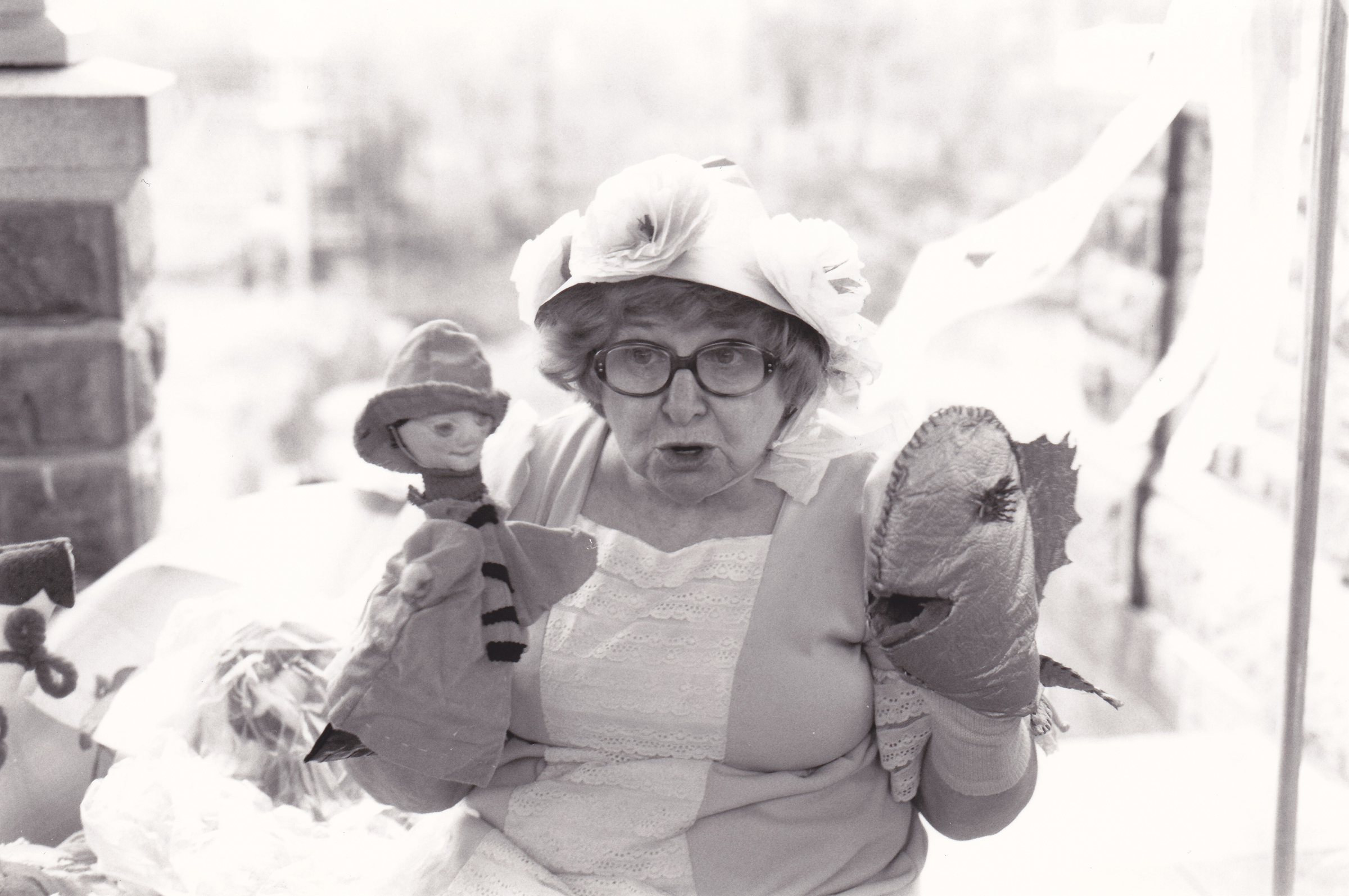
Bernice Silver, an activist, environmentalist and skilled puppeteer, was a master at entertaining her audiences—while also cleverly educating them. She had a special knack for kids, who were attracted to her “unknown mojo.”
“All her performances were about social issues in one way or another,” says Dean Freedman, her nephew. ”She sang songs about clean water, fracking, and everything else under the sun.”
Silver died of acute respiratory failure on April 18 after testing positive for COVID-19. She was 106.
The New York native, who counted Pete Seeger among her many friends, was also known as “the Queen of Potpourri” (a “potpourri” is a type of slam-puppetry performance that’s known for being fast-paced and energetic). She also gave political street theater and song performances on street corners and at workers’ strikes.
“She was a people person. She believed in ‘for the people, by the people,’” says Mavis Humes Baird, a friend of Silver’s who would host the puppeteer’s birthday parties. Throughout her life, Silver also worked in ice cream and radio factories, at her father’s candy store, and as a nursery school teacher.
Silver’s legacy lives on through the love held by her friends and fans, who say she will be remembered for her never-ending optimism. “To meet Bernice was to hit it off with her, so from then on I had the joy of Bernice in my life,” says Karen Clark, a member of The Bernice Silver Appreciation Society and friend of the puppeteer. “She was the most incontrovertible optimist I’ve ever met; she brought joy in her hands like a gift wherever she went.” —Anna Purna Kambhampaty
Michael Sorkin
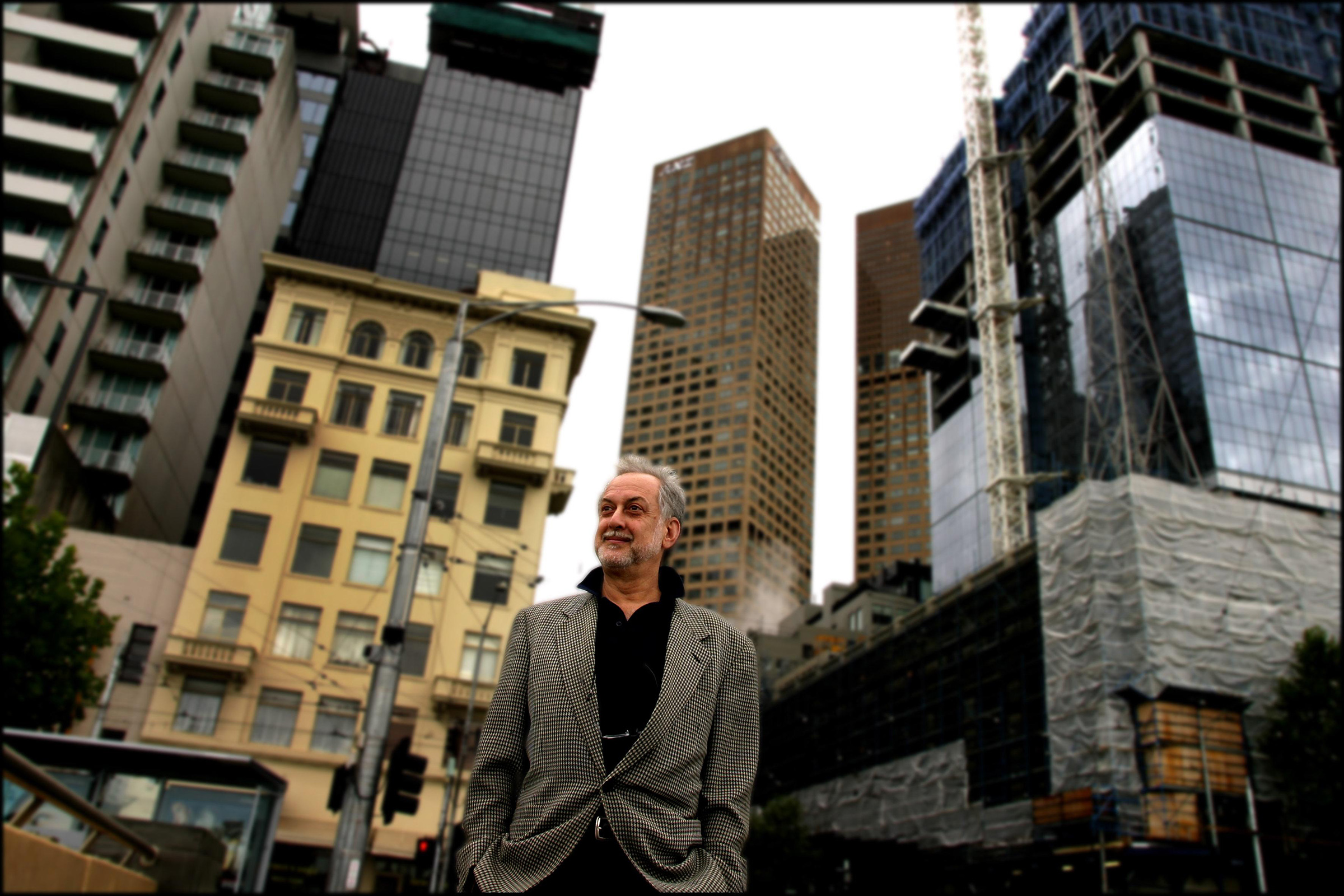
A teacher to all, Michael Sorkin, who died at age 71 from complications of the coronavirus on March 26, had a unique ability to disseminate critical knowledge not so much as fact-finding but as coming into an inheritance.
Michael was many things—architect, critic, urbanist, educator, polemicist—but above all he was a humanist. Relying on his architectural lexicon to guide his positions, Michael passionately advocated for collective responsibility in architecture—not from a populist standpoint but from a fantastic tradition of intellectualism.
Within architecture, we tend to attribute authorship to the individual, but what Michael pushed for was an understanding that we blossom from a pre-existing body of knowledge that guides practical application. He didn’t suffer fools, but he was incredibly generous in imparting wisdom to those seeking it.
In material form, we are left with his contributions to the field— his architecture, urban plans, essays, and filmed lectures. However, his legacy transcends just his body of work; he will forever be the champion of the city and the public realm. And, it is a tragedy that we lost him at this particular moment, as his words and positions have never been more prescient. —David Adjaye
———-
Adjaye is a renowned architect and a 2017 TIME 100 honoree.
Ann Sullivan
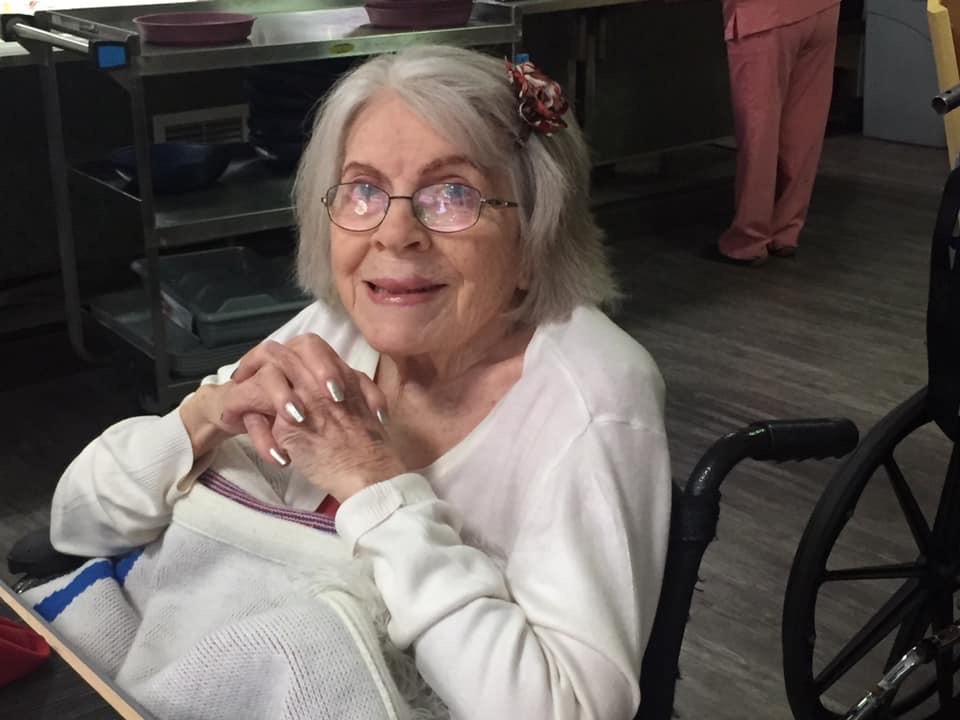
While animation style in Disney movies changed drastically between 1953’s Peter Pan and 2002’s Lilo & Stitch, the two movies share at least one thing in common: illustration by Ann Sullivan. The artist worked on more than a dozen classic films for Disney over the years, including The Little Mermaid and The Lion King.
On April 13, she died from complications from the coronavirus at the Motion Picture and Television Fund (MPTF) retirement home in Woodland Hills, Calif. She had turned 91 three days earlier.
“All she ever wanted to do was work at the Walt Disney Studios, and she did,” MPTF president and CEO Bob Beitcher wrote in a statement. “She was a remarkably gifted and resilient woman.”
In March, the MPTF facility experienced a COVID-10 outbreak, and Sullivan was one of six people at the home to die from the virus as of May 7: others included character actor Allen Garfield and Oscar-nominated cinematographer Allen Daviau.
Born Sara Ann McNeese in Fargo, North Dakota, Sullivan grew up in a devout Catholic family. Interested in art at a young age—she learned to sew her own clothing with unique patterns—Sullivan first landed a job at Disney in their paint lab in the early ‘50s, contributing to Peter Pan.
However, she left the company to raise a family of four children with her husband, Kevin Sullivan. “She would load me and my sister into a wheelbarrow with all of our toys and snacks, and wheel us down the street to the beach,” Sullivan’s daughter Shannon Jay tells TIME. During this time, Jay says Sullivan was “always doodling, drawing, sketching.”
In the ‘70s, Ann and Kevin divorced, and she went back to work as an artist, first getting a job at Filmation Hanna Barbera. In the late ‘80s, she achieved her goal of returning to Disney just as it was hitting an animation renaissance.
Sullivan was a versatile artist who excelled in many mediums; she particularly loved painting landscapes of the California coast. When Disney made the switch to digital-based animation, she welcomed the shift, working diligently at her computer setup at the Disney studios in Burbank. “She was a perfectionist,” Jay says. “She loved working on facial expressions and eyes. I think she really found great joy in helping bring those characters to life.” —Andrew R. Chow
Diana Tennant

“Hunger Won’t Win Here.” Those are the words posted above the front doors at Fulfill, a food bank in New Jersey where Diana Tennant worked for a dozen years, helping to sustain hundreds of thousands of people in coastal counties just south of New York City.
Tennant, a 51-year-old mother of three and grandmother who lived in Bradley Beach, died due to complications of the coronavirus on April 6. The following day, New Jersey Gov. Phil Murphy spoke about her during a public briefing, as he remembered the unfathomable number of “blessed souls we have lost.”
Murphy recalled Tennant’s work feeding “countless families” and her leadership in local Latino organizations and festivals. “She is remembered by her friends as someone who always had time to lend a hand,” Murphy said. “Diana was only 51 years old and had so much more to give.”
Tennant was “a champion for the hungry, a dedicated colleague, and a dear friend,” Kim Guadagno, the CEO and President of Fulfill, said in a statement. She had been many things to the organization: donor, volunteer, employee. Guadagno, a former lieutenant governor of New Jersey, emphasized that workers like Tennant have continued to brave the front lines along with other essential workers, “making sure people who need food and services receive help.”
On social media and in interviews, colleagues recalled Tennant’s kindness and support of civil rights. “I could write a book on all her accomplishments and achievements,” Frank Argote-Freyre of the Latino Coalition of New Jersey wrote in a post. “We are heart-broken,” he went on, “but we will cherish our memories.” –Katy Steinmetz
Mark Anthony Urquiza

Kristin Urquiza fondly recalls how her father, Mark Anthony Urquiza, would organize groups of loved ones to celebrate his birthday with karaoke. His go-to song was “A Hard Day’s Night” by The Beatles.
“The man could not carry a tune,” Kristin, Mark’s only child, says with a laugh. “But he had so much gumption and gusto that it didn’t stop him…people would turn out to not only celebrate him, but to cheer him on. That’s who my dad was, a community builder.”
Urquiza was a first-generation Mexican American who lived in Arizona his entire life, both in Phoenix and the small community of Tolleson. He was good at maintaining friendships, even with people he met in elementary school, and was also known for being adventurous, fun-loving, and passionate about sports, music and politics. He died on June 30 of COVID-19 at age 65—one of many Arizonans who lost their lives as cases surged in the state after reopening.
Her father’s death angered Kristin so much that she decided to call out those she feels are accountable. “His death is due to the carelessness of the politicians who continue to jeopardize the health of brown bodies through a clear lack of leadership,” Kristin wrote in an obituary for her father that was published in The Arizona Republic and quickly went viral. She has also since launched Marked By Covid, a collection of stories by those who have lost loved ones to the virus.
Despite the large community of friends he had built up over the course of his life, Urquiza was alone in the ICU as he battled the coronavirus. His isolation prompted Kristin to reach out to his family and friends to share messages of encouragement and support, which she remotely read out to him, with musical interludes in between. She played him the Mexican and Spanish songs he loved, The Doobie Brothers, Bruce Springsteen, and of course, “A Hard Day’s Night.” —Jasmine Aguilera
Jorge and Carlos Vallejo
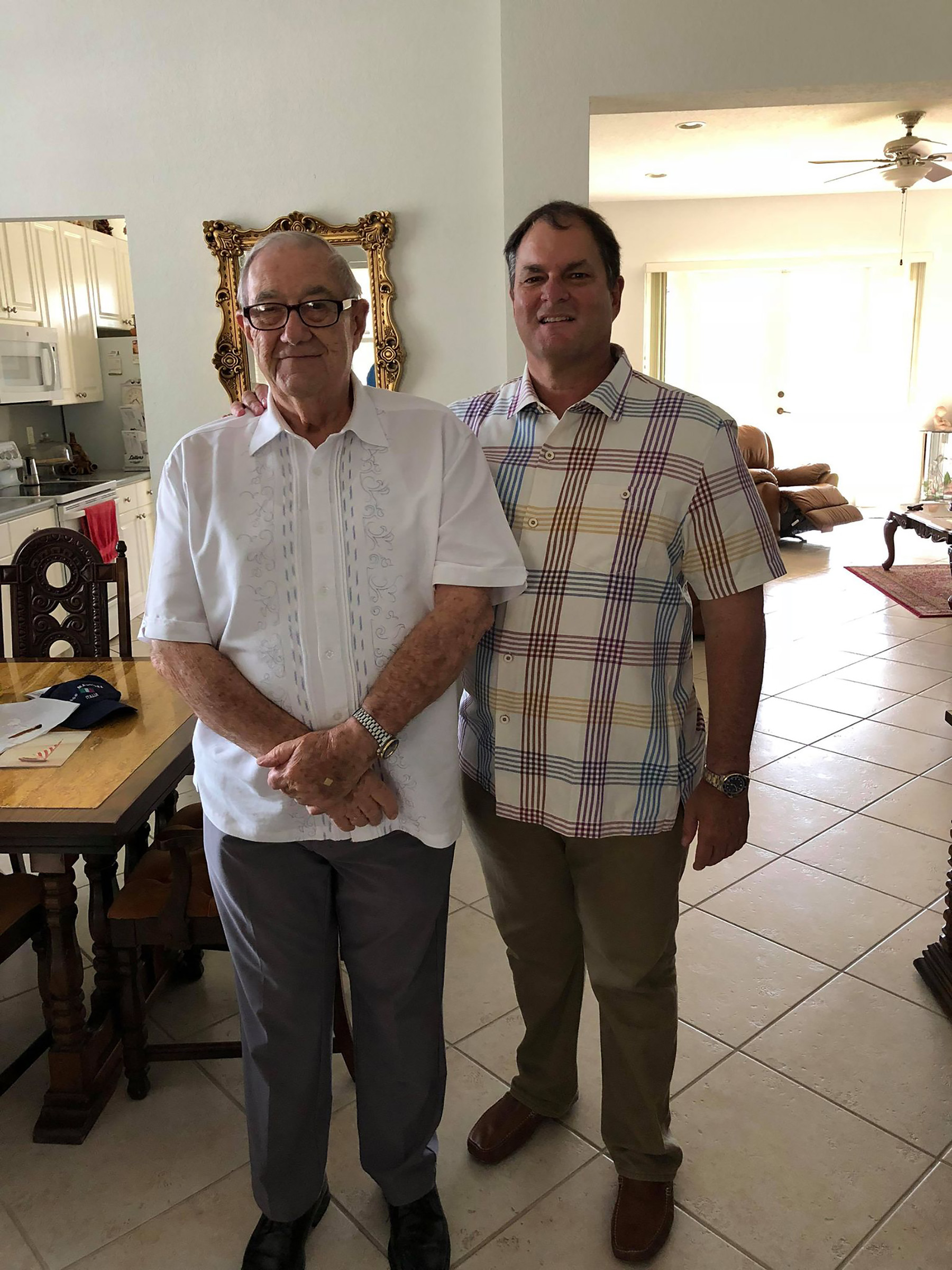
Charlie Vallejo grew up watching his heroes at work—and he’s making it his mission to honor them after their deaths.
His father, Carlos Vallejo, and his paternal grandfather, Jorge Vallejo, were well-respected doctors who took pride in serving their southern Florida communities. But in a tragic turn, both Carlos and Jorge died after contracting COVID-19; Jorge died on June 27, shortly after celebrating his 89th birthday, while Carlos died on Aug. 1 at age 57.
Jorge was born in Guantanamo, Cuba, to Spanish immigrants, and followed in his own father’s footsteps by becoming a doctor. Jorge struggled under Fidel Castro’s rule, and in 1965 he fled with his family to the Florida Keys, settling in Hialeah, outside of Miami. He went on to become an accredited OB/GYN in the U.S. and delivered hundreds of babies during his 45-year practice.
Carlos, who was born in Cuba and came to the U.S. at age 2, grew up to become a doctor of internal medicine. He was a fan of the Miami Dolphins and loved traveling the world with his family.
Charlie believes his father contracted the virus while caring for COVID-19 patients. “He never hesitated to treat them. He did all he could to comfort them and be with them…he paid the ultimate price for what he did.”
The Vallejo family is already honoring the legacy left behind by Jorge and Carlos: Charlie is in his third year of medical school, and his younger brother has started his first year. They will be the fourth generation of physicians in the family.
“I grew up looking at the type of man my grandfather was, and the way people just honored and respected my dad,” Charlie says. “They’re my two role models. Everything I did I modeled after them.” —Jasmine Aguilera
Li Wenliang
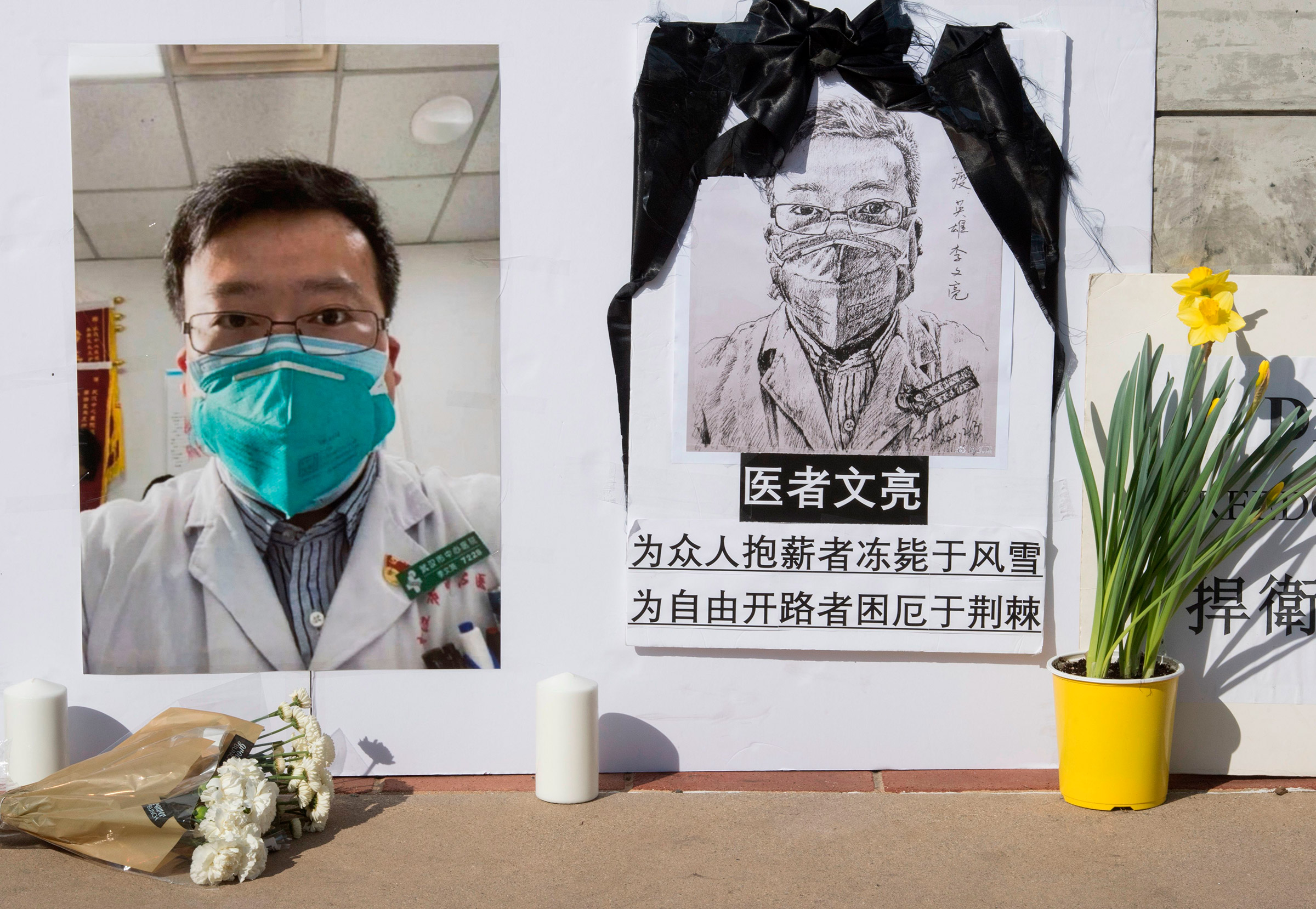
At the end of December, several weeks into a mysterious disease outbreak that was only starting to gain attention, an ophthalmologist in China’s central city of Wuhan sounded a stark warning.
“A new coronavirus infection has been confirmed and its type is being identified. Inform all family and relatives to be on guard,” Li Wenliang typed into a chat group with his former medical school classmates on Dec. 30, according to Caixin, a Beijing-based media group. Soon, Li’s message would resonate much farther. As the spiraling crisis emerged, he came to be known as the whistleblower of a virus that ultimately took his life.
Not everyone appreciated Li’s bombshell warnings. After he shared information about the strange infections he was seeing, he was questioned and reprimanded by local police for “making untrue comments” and “severely disturbing social order.” His messages about a SARS-like infection conveyed an urgency that undercut the official efforts to downplay the epidemic and its risk to the public. At the time, Wuhan’s health bureau said there was no evidence of spread between humans.
And yet Li was not dissuaded. He shared his ordeal online and carried out interviews with journalists through text message, conveying a picture of incompetence and mishandling of the virus at the crucial, initial stage of the outbreak. His insistence on speaking out defied a political system that does not tolerate dissent.
Before the coronavirus outbreak, Li was relatively unknown even within his hospital, according to local media reports. Wu Yan, another doctor from the same department, said he hadn’t heard of Li before news broke about authorities censoring discussion of the virus. Following Li’s death, he has been heralded as a hero across China, and police in Wuhan have apologized to his family.
“All I know is that he spoke the truth,” Wu said, “and said things many people wouldn’t dare to.” —Hillary Leung
Wiwit Widarto
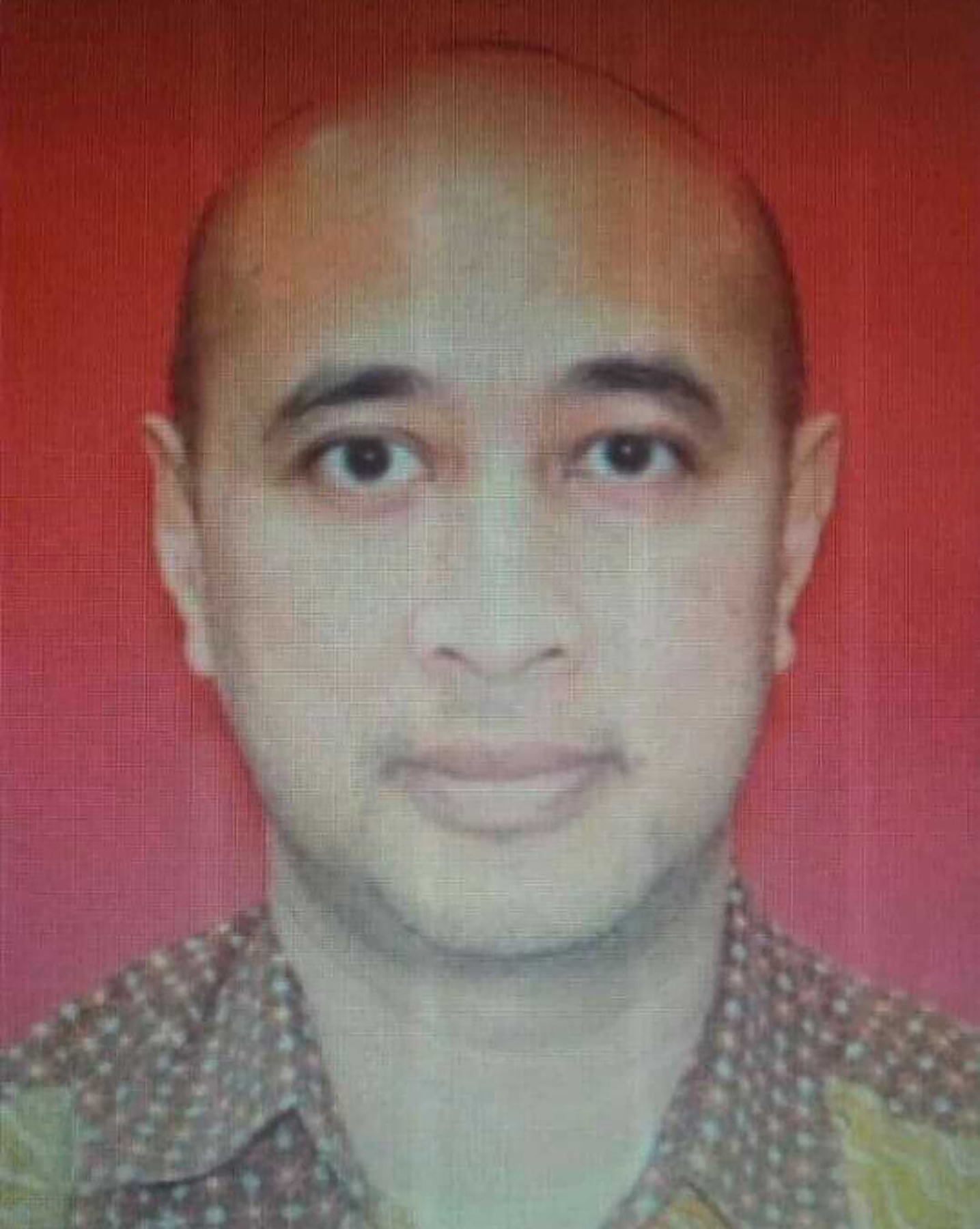
Wiwit Widarto, a crew member on the coronavirus-stricken cruise ship MS Zaandam, reportedly died from complications of the virus on April 8. He was 50.
In a statement to TIME, the Zaandam’s operator, Holland America Line, confirmed that a crew member had passed away and said the cruise line was “working to assist the family.” “Our thoughts and prayers are with them at this difficult time,” the statement continued.
A former colleague of Widarto (whose name TIME is withholding to protect their employment) says Widarto is survived by a wife and two sons. When asked to describe Widarto, they put it simply: “A good human.”
Widarto, an Indonesian national, had tested positive for the virus and was hospitalized when the ship docked in Florida on April 2 after spending weeks at sea negotiating a place to dock, the Associated Press reported. After an outbreak of coronavirus spread onboard the Zaandam — which was originally scheduled to sail from Argentina to Florida — multiple South American countries rejected the ship’s request to dock. By April 2, 107 guests and 143 crew members had reported “flu-like symptoms” and nine passengers aboard tested positive for COVID-19. Four elderly passengers died aboard the ship, three of whom had reportedly tested positive for COVID-19.
A second former colleague of Widarto’s, who worked with him on board the Zaandam, described him as a “very good and quiet guy” in a message to TIME. She said Widarto worked as a laundry coordinator and housekeeping supervisor.
“He was so kind,” Denny Setyawan, another former colleague from another ship, wrote in a Facebook comment. “Our favorite supervisor.” —Madeleine Carlisle
Willie Wilkerson Jr.
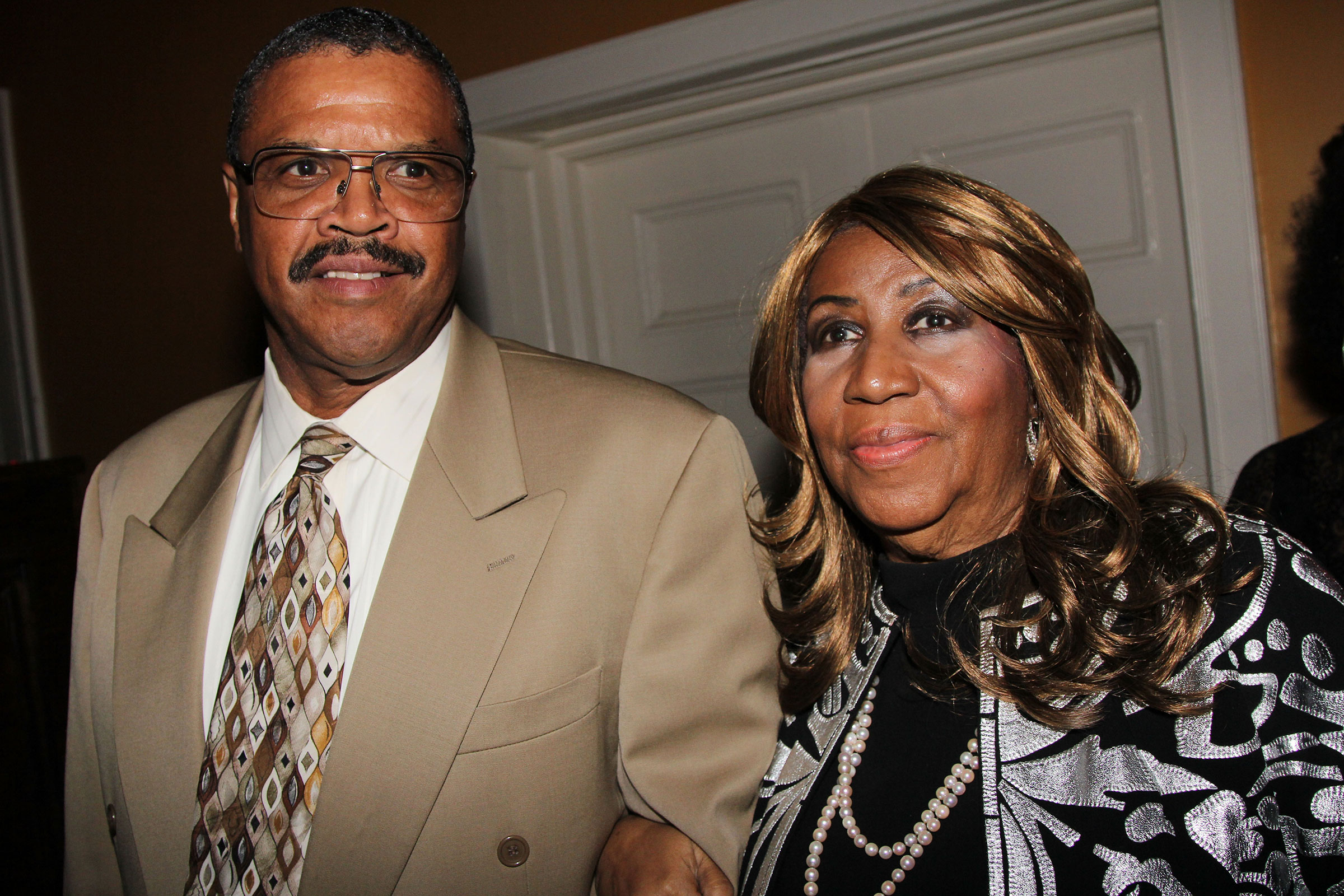
When Willie Wilkerson met Aretha Franklin around 1985 in Detroit, he couldn’t have swept her off her feet if he had wanted to—at least not physically: His leg was in a cast from an injury he sustained while in the line of duty as a firefighter.
But Franklin was nevertheless smitten with Wilkerson, and the pair embarked on an enduring romance and friendship that would last until her death in 2018. On April 8, Wilkerson died at the age of 72 from complications of the coronavirus after more than a week in the hospital.
“I receive a lot of male attention, but Will is more special than all the rest,” Franklin said in 2012.
Wilkerson was born in 1947 and grew up on the East Side of Detroit. “He always had a job: He worked at the candy store and the barbershop, and he was a paperboy,” Sandra Evangelista, his daughter, told TIME. He served in the Vietnam War; upon his return he became a fire engine operator in Detroit while also running a cab company.
Reginald Amos, a retired deputy fire chief, told the Detroit News that Wilkerson was “one of the best, if not the best, we had on the department at that time.”
“He served the citizens of the city of Detroit admirably, and he never turned his back on the city or its citizens,” Amos said.
The circumstances of Wilkerson and Franklin’s fateful meeting on the Detroit waterfront are somewhat contested. At the time, Franklin had been married and divorced twice; Wilkerson had three daughters from a previous relationship. Jet Magazine, in 1987, framed the encounter as Wilkerson asking Franklin for her autograph. Wilkerson later said it was the opposite: “He told me that she came up to him and wanted to sign his cast,” Evangelista said. “He had no idea who she was until after she had signed it.”
Regardless of who approached whom, the pair bonded quickly. Wilkerson made a cameo in Franklin’s 1986 video “Jimmy Lee.” Franklin, in the same Jet article, said of their relationship that “it makes you feel wonderful, like a year younger.”
In 1994, Wilkerson said in a Vanity Fair article that he and Franklin had been briefly engaged. They didn’t marry, though he became her road manager and handled security for her tours. In 2012, they became engaged and unengaged again, but remained close.
“We’re very compatible, and he supports me and I support him a lot, and he has given me specialized attention that I don’t think I’ve received from anyone else,” Franklin said that year.
Wilkerson had retired from his firefighter post in 1995; in the last decades of his life, he traveled the world with Franklin, meeting Barack Obama at his inauguration in 2008 and playing plenty of golf. And, perhaps unsurprisingly given his profession, his role as a father sometimes manifested in heroic ways.
“My father literally saved my life twice by getting to my house faster than the ambulance and getting me to the hospital,” Tequila Wilkerson, his daughter, told TIME. “He was my best friend, and the best father a girl could ever ask for.” —Andrew R. Chow
Mary J. Wilson
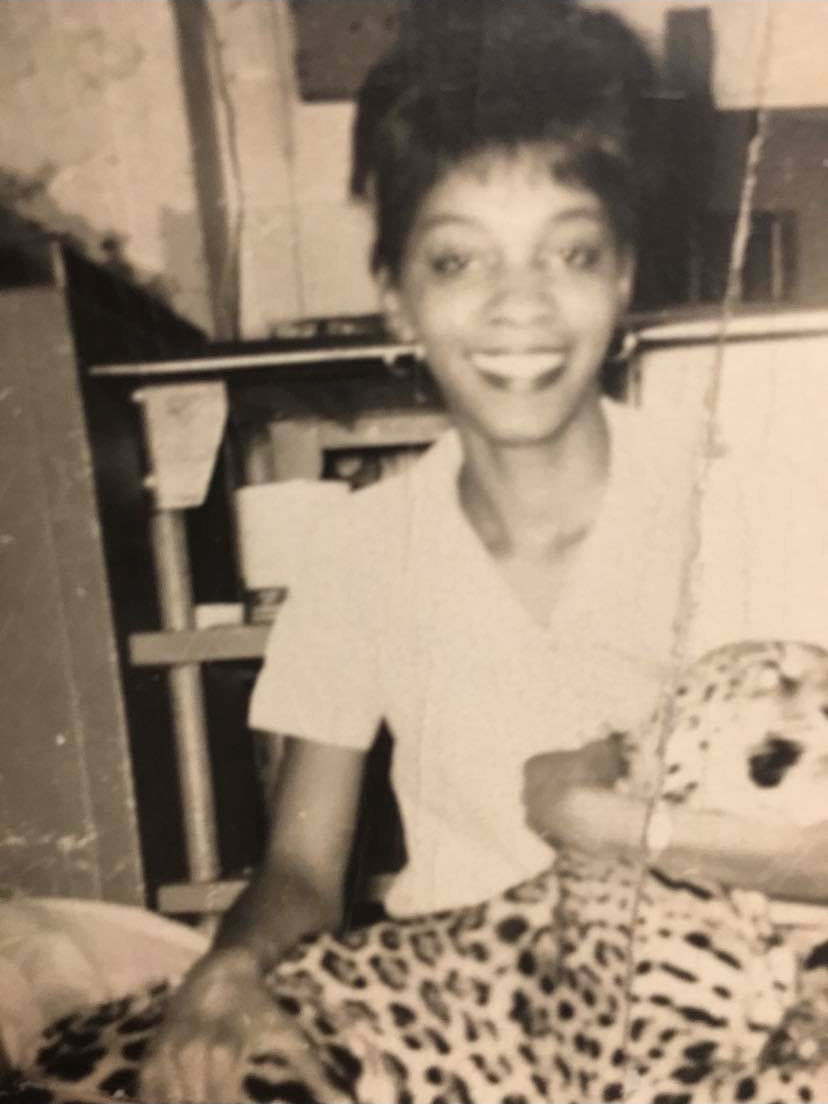
When a cage door for Junior, a “hulking” Kodiak bear, was accidentally left open one day at the Baltimore Zoo in the mid-’90s and exposed him to a forbidden area, Mary J. Wilson, the zoo’s first Black senior zookeeper, knew just the solution. Without hesitation, Wilson walked into the front of the habitat and calmly called out for him while holding some apples, a favorite treat. It wasn’t long before Junior obediently returned.
“You couldn’t be around her for even just a couple of minutes and not notice that the lady was just trying to be compassionate, but confident,” says Mike McClure, who worked under Wilson for many years. “I think that also influenced how she interacted with the animals.”
After more than two weeks in the hospital, Wilson died on May 21 due to complications of the coronavirus. She was 83.
Wilson began her zoo career at age 23. Arthur Watson, who led the zoo during Wilson’s hire, once told the Baltimore Sun Wilson’s only qualifications were a “willingness to work hard and a love of animals. In these days of specialized training, she probably wouldn’t get past the front door.” Wilson would eventually become no stranger to breaking barriers: Undeterred by her lack of formal training, she excelled at working with big mammals.
“She just always had a nice calm about her,” says McClure. “It was really nice as somebody coming up in the field to be able to have that support.”
Wilson retired from the zoo in the late ‘90s, but would often still attend meet-ups they hosted. Yet Sharron Wilson Jackson, Wilson’s daughter, told the Sun that as the years passed her mother “started showing that she had Alzheimer’s disease, but was still physically good and very strong.” McClure says Wilson still went for miles-long walks around her neighborhood almost until the end.
Those close to Wilson noted that her legacy is her ability to respect all creatures as they are.
“They weren’t dumb animals there for her entertainment,” McClure says. “Mary really treated them like equals.” —Nadia Suleman
Marny Xiong

Those who knew Marny Xiong remember her as a loving sister, a community leader and a champion for public education. “She was beautiful,” her family said in a statement. “She was a book of generosity and fire.”
Xiong, chairwoman of the St. Paul Board of Education in Minnesota, died on June 7, a month after she was hospitalized for the coronavirus. She was 31.
The daughter of Hmong refugees from Laos, Xiong attended St. Paul Public Schools as a child before studying political science at the University of Minnesota Duluth. She worked as an organizer for TakeAction Minnesota and for the Service Employees International Union. She was elected to the school board in 2017.
“Marny embodied our city’s spirit, gave her heart to our students, and worked tirelessly to uplift the voices of the unheard,” said St. Paul Mayor Melvin Carter.
Xiong was one of eight siblings, and Amee Xiong tells TIME her sister was also a generous aunt to her three young children, remembering their birthdays and often taking them to the children’s museum or park. She came over one day to teach them how to recycle and compost, making a poster that still hangs on Amee’s wall.
Amee says her sister was planning to attend law school and continue running for political office. She had hoped to buy a “dream house,” where her parents could live with her as they aged.
“She was always advocating for racial equity. That was a top priority for her,” says Amee, “because she’s also a woman of color, who grew up poor, lived in public housing.”
During one of her last school board meetings in April, Xiong introduced a resolution condemning anti-Asian racism fueled by the pandemic and called attention to the long history of racism and xenophobia in the U.S. “We do this because if we don’t, it contradicts everything we expect of our students and each other about love, kindness, respect, solidarity and empowerment,” she said in the meeting.
Xiong and her father were both hospitalized for the coronavirus on May 7. He has since recovered, but when they both fell ill, Xiong offered to take him to the hospital, so he wouldn’t be scared or alone.
“Even during that moment where she was sick herself, she was still thinking about our father,” Amee says. “She always put other people before herself.” —Katie Reilly
Courtney Yarbough
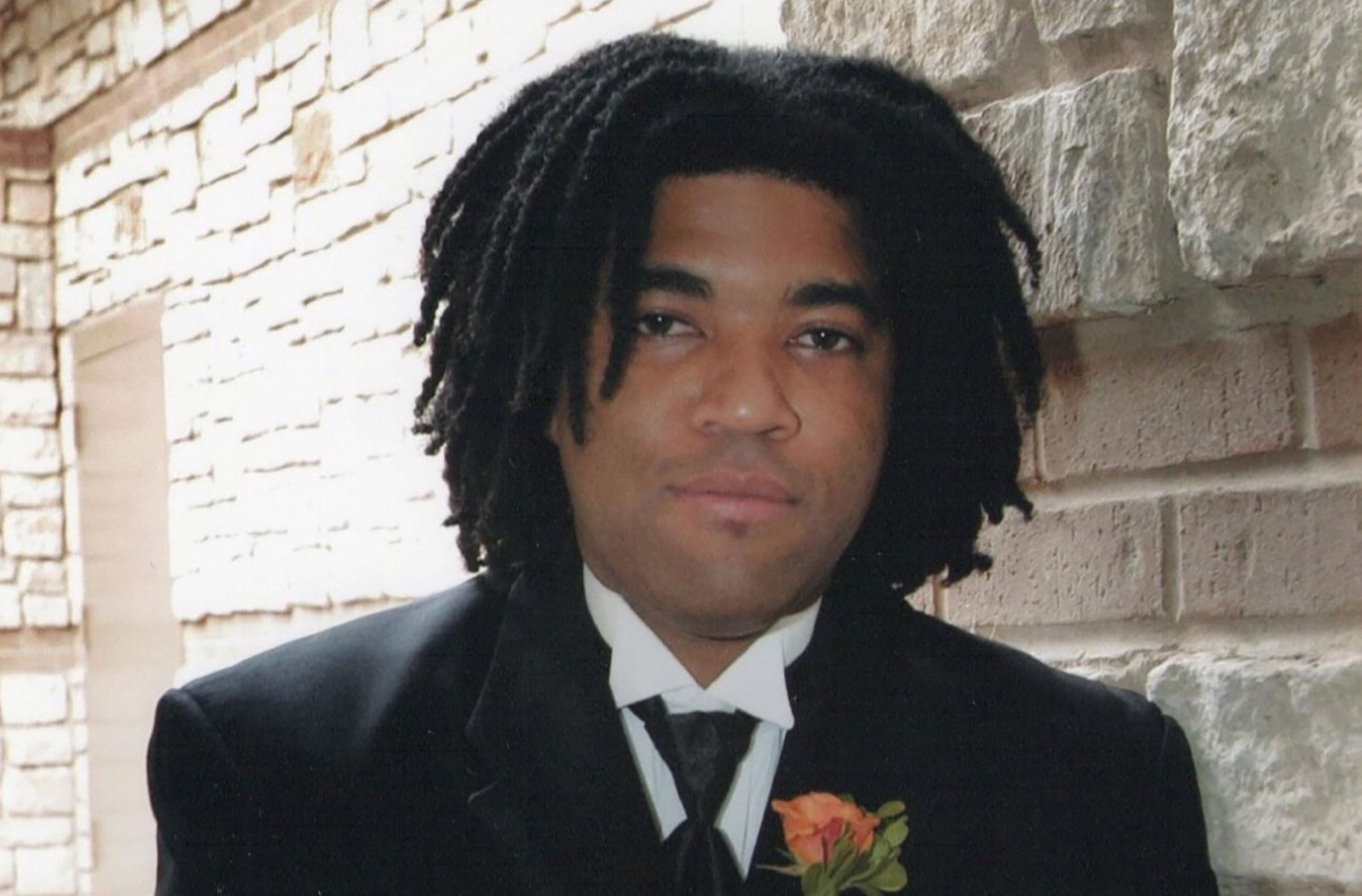
Courtney Yarbough not only was a father to his own four children, but also served as a mentor to many children in his role as a special education teacher at Leadership Prep School in Frisco, Texas. Now, those who love him are mourning his loss after he died on Feb. 20 after contracting COVID-19. He was 45.
“Courtney was known for his supportive, loving, and easy going temperament. He had a gift for meeting people where they were, with no judgement,” according to an obituary published by a local funeral home.
His wife, Kim, told the local NBC affiliate that Courtney died about two weeks after developing COVID-19 symptoms. She called the experience of watching him breathe through a ventilator “life-changing.” She also noted that “the pain was indescribable for me and our four kids” upon returning home following his death.
An avid sports fan, one of Yarbough’s favorite activities was gathering his children, who range in age from 15 to three, around the television during football games to “rally around whatever team they were rooting for that week, never missing an opportunity to watch the Cowboys hopefully lose,” according to his obituary. He also loved to barbecue for friends and family.
At work, Yarbough dedicated himself to helping vulnerable students who needed a boost, and was known as a “gentle giant.”
“His students looked up to him not only as an educator, but as a father figure,” according to a GoFundMe set up for the family. “He was a son, brother [and] friend to so many.” —Kathy Ehrich Dowd
Correction, July 10
The original version of this story misstated the type of legislators who helped Nelson Henry Jr. earn an honorable discharge from the Army. They were U.S. senators from Pennsylvania, not Pennsylvania state senators. The story also misstated details of Henry’s military service. He was in the U.S. Army Specialized Training Program, not the Army Special Forces.
Correction, July 15
The original version of this story misstated where Theodore Gaffney was born. He was born in Washington, D.C, not South Carolina.
More Must-Reads from TIME
- Why Biden Dropped Out
- Ukraine’s Plan to Survive Trump
- The Rise of a New Kind of Parenting Guru
- The Chaos and Commotion of the RNC in Photos
- Why We All Have a Stake in Twisters’ Success
- 8 Eating Habits That Actually Improve Your Sleep
- Welcome to the Noah Lyles Olympics
- Get Our Paris Olympics Newsletter in Your Inbox
Contact us at letters@time.com
